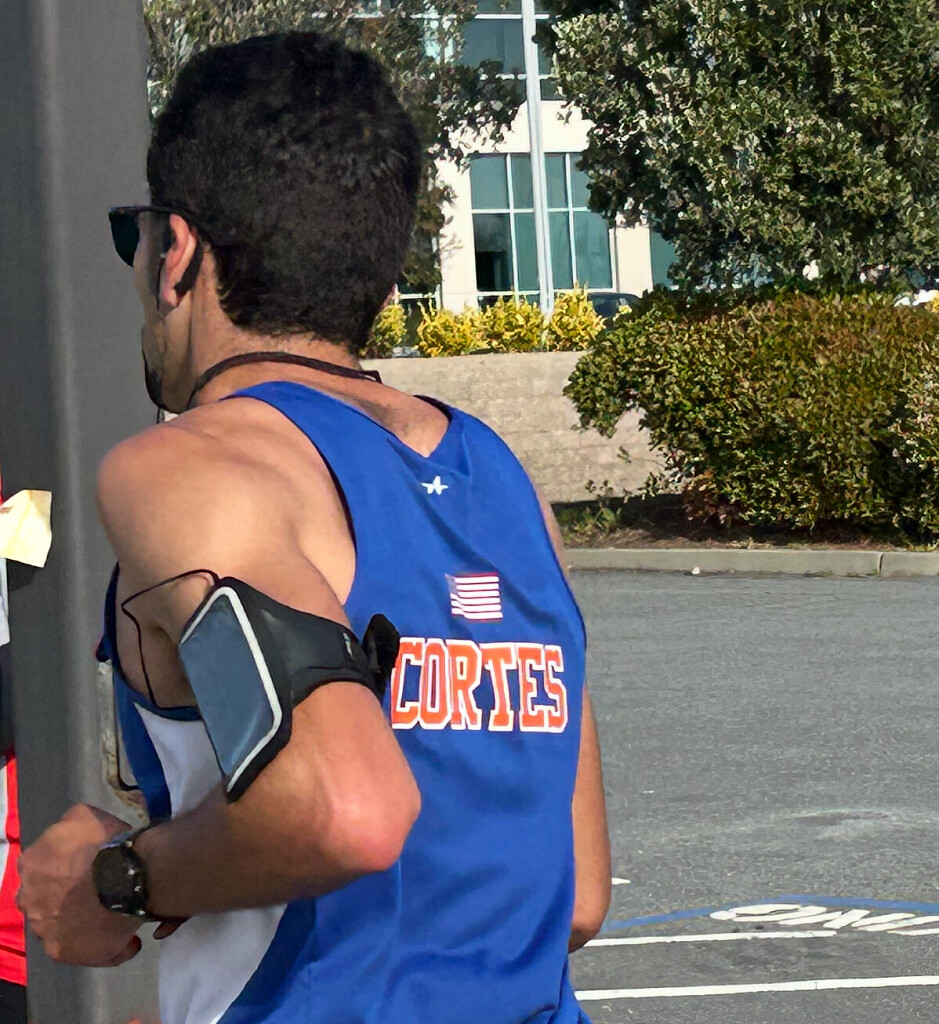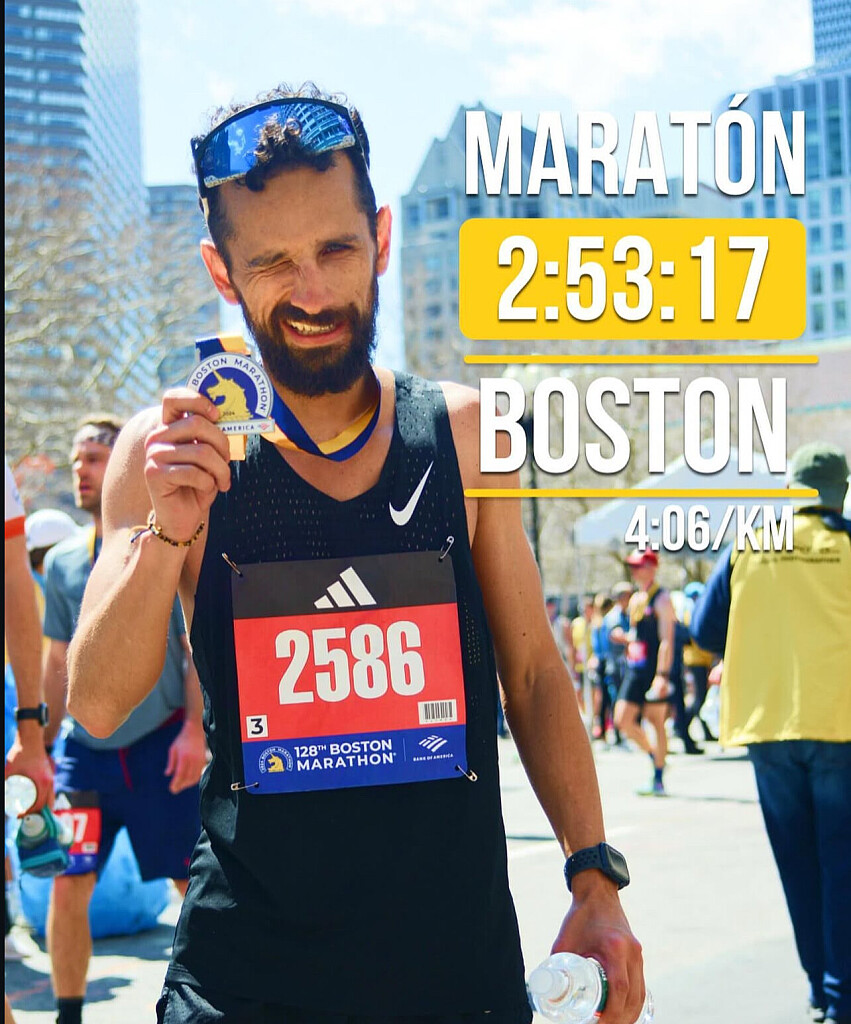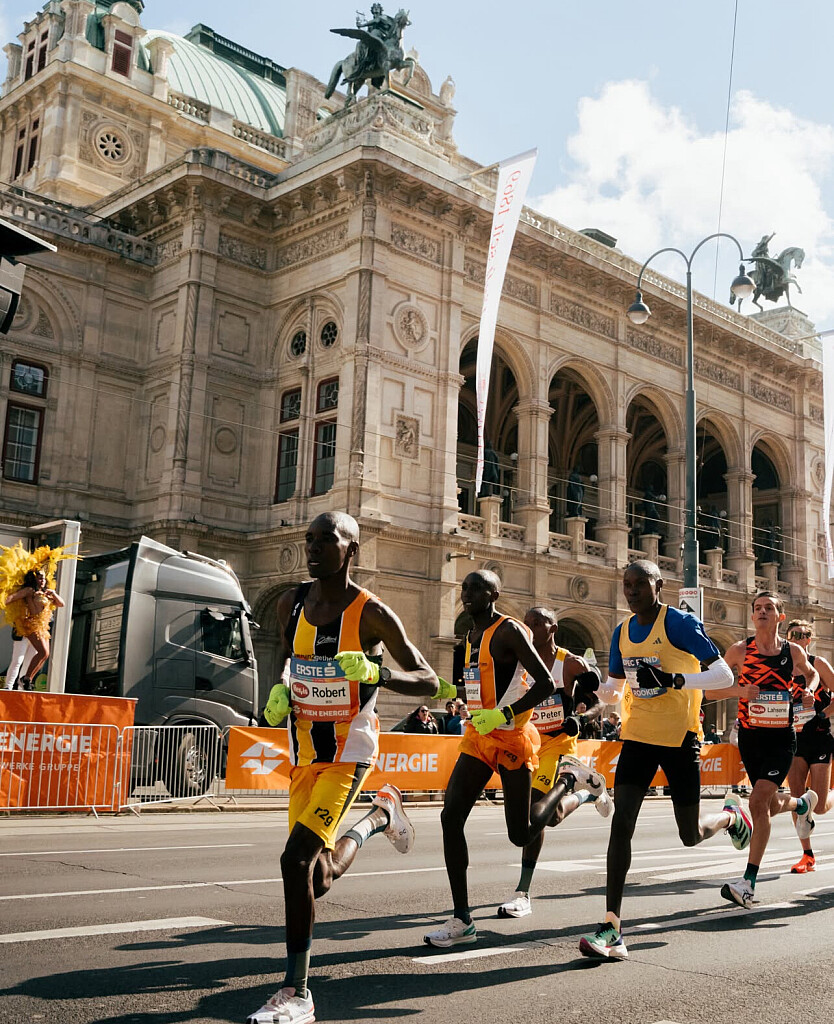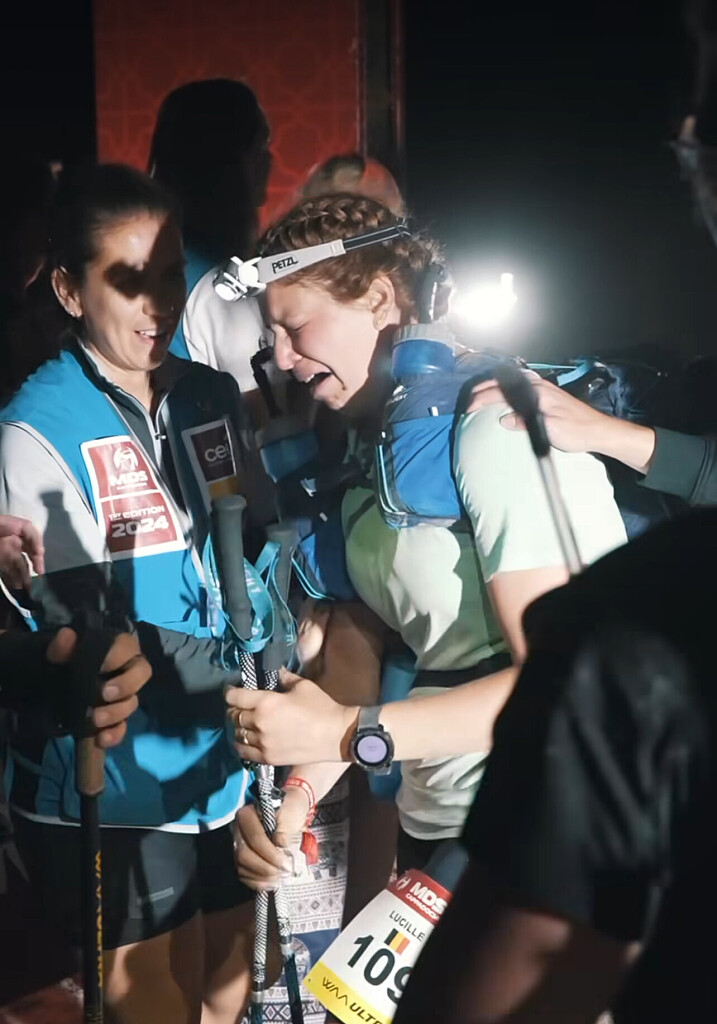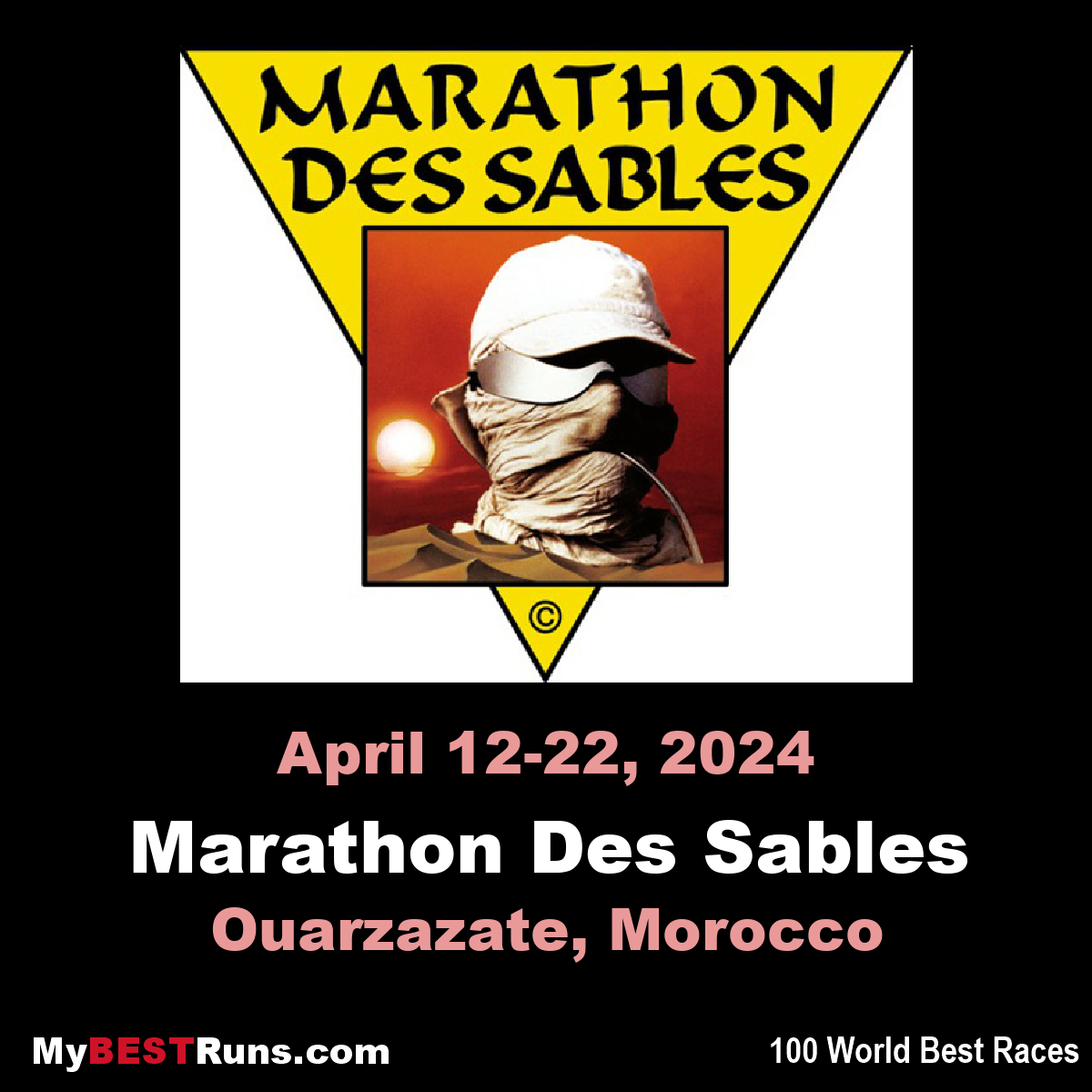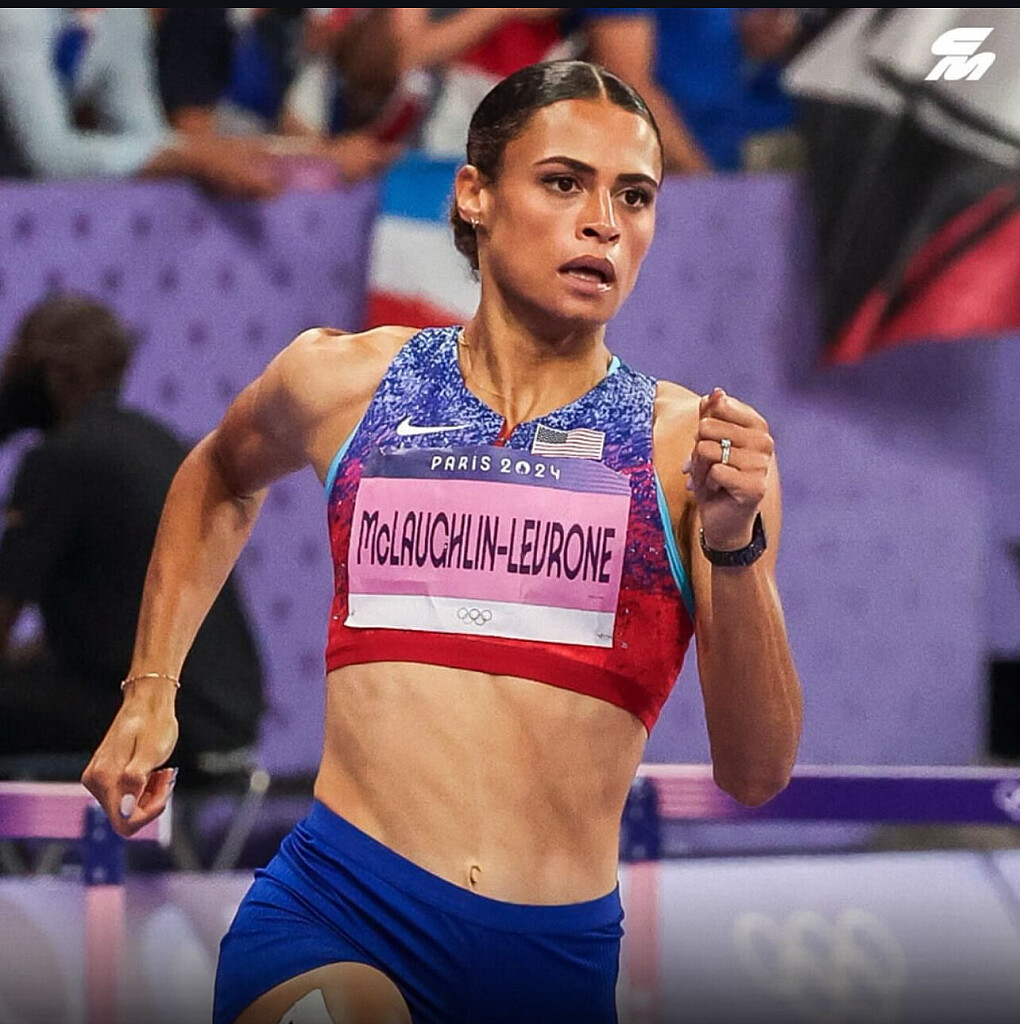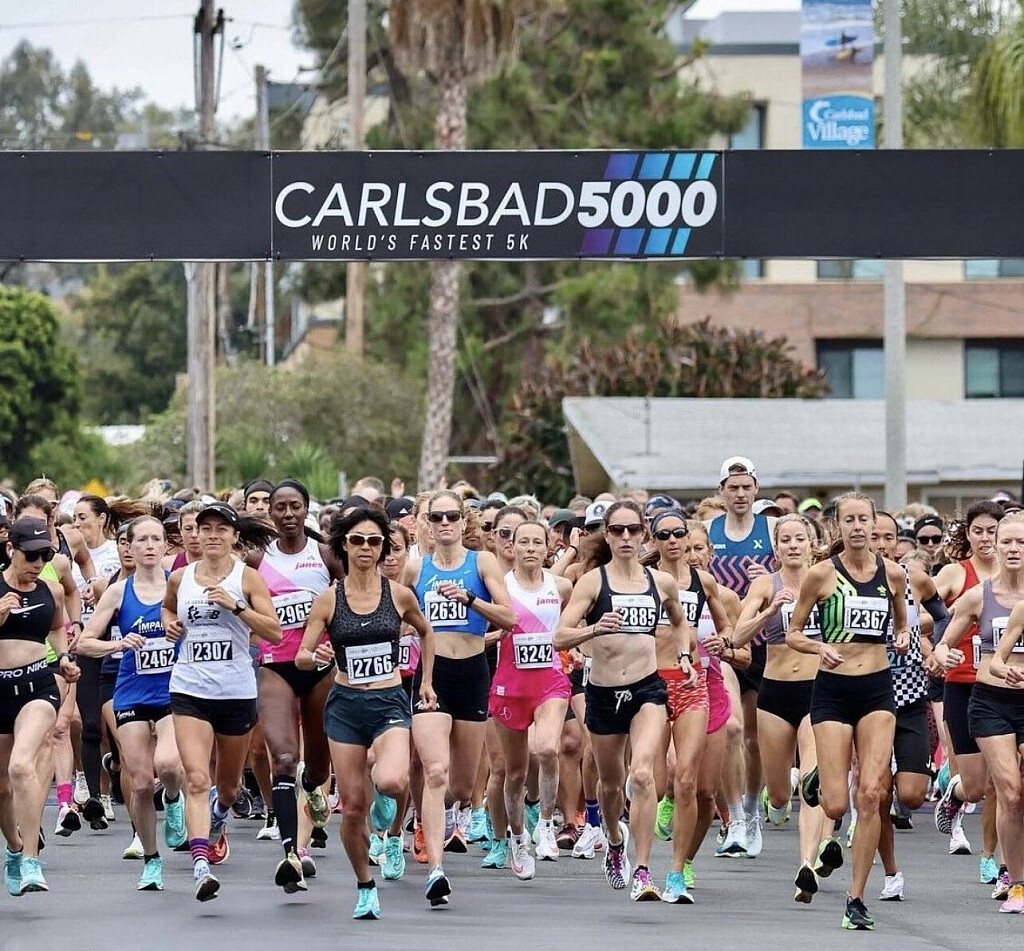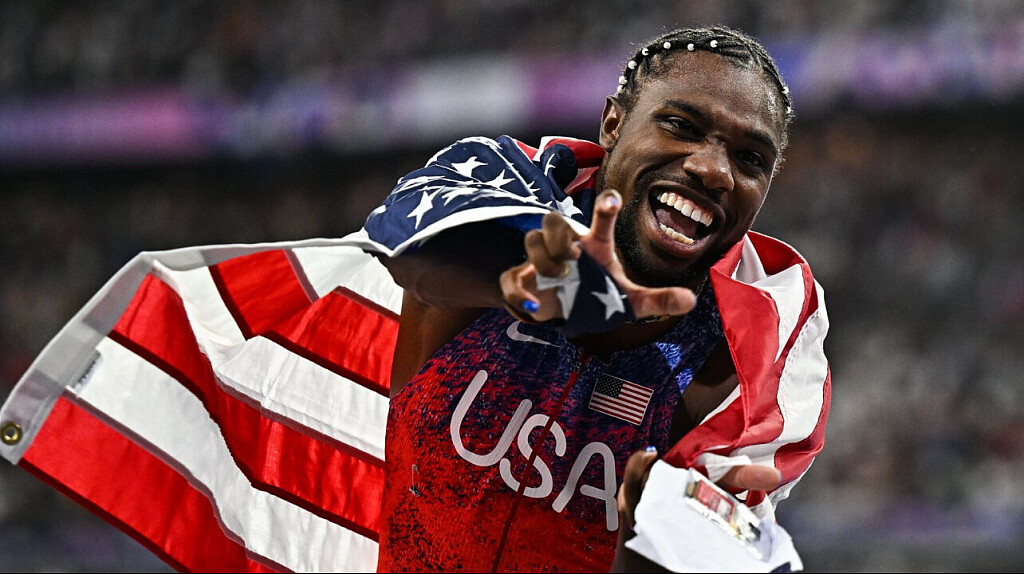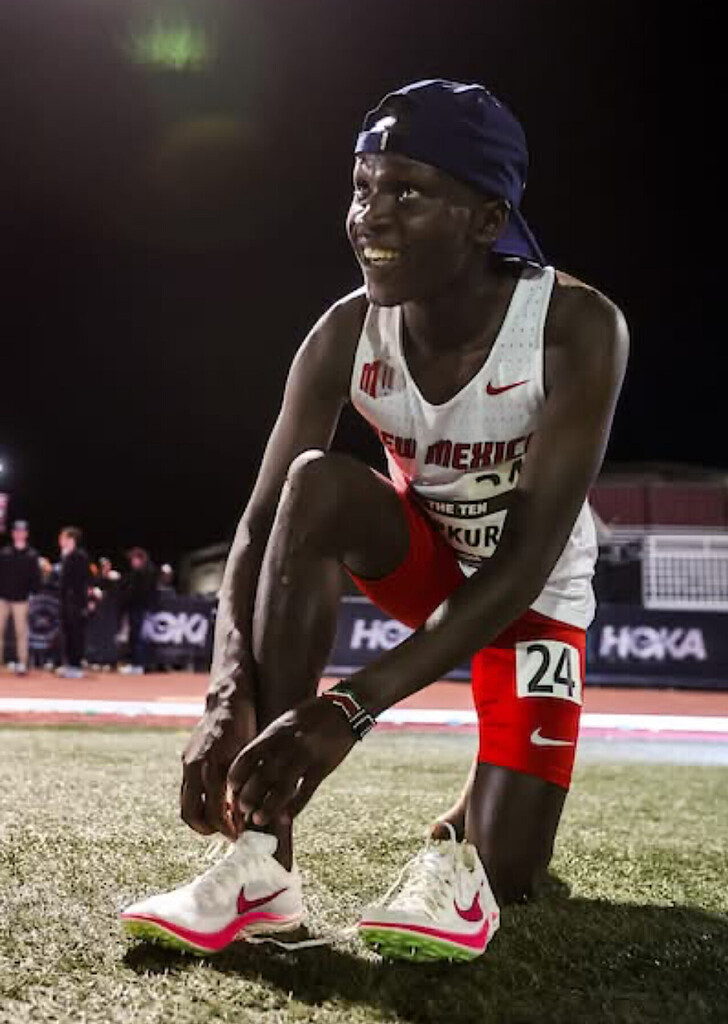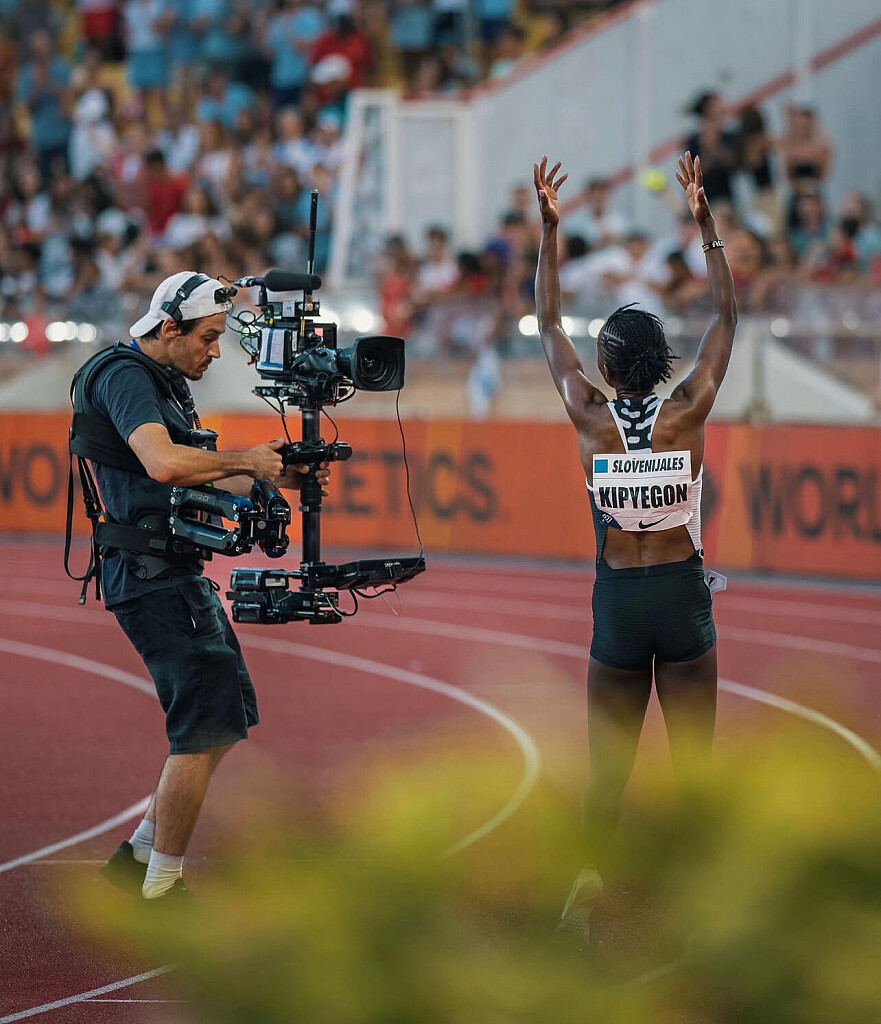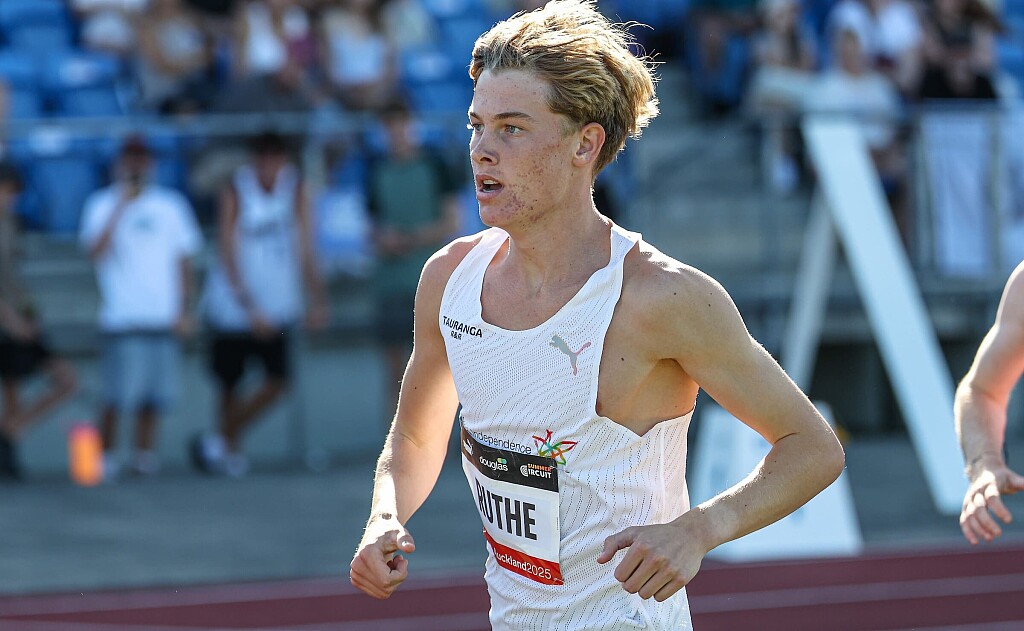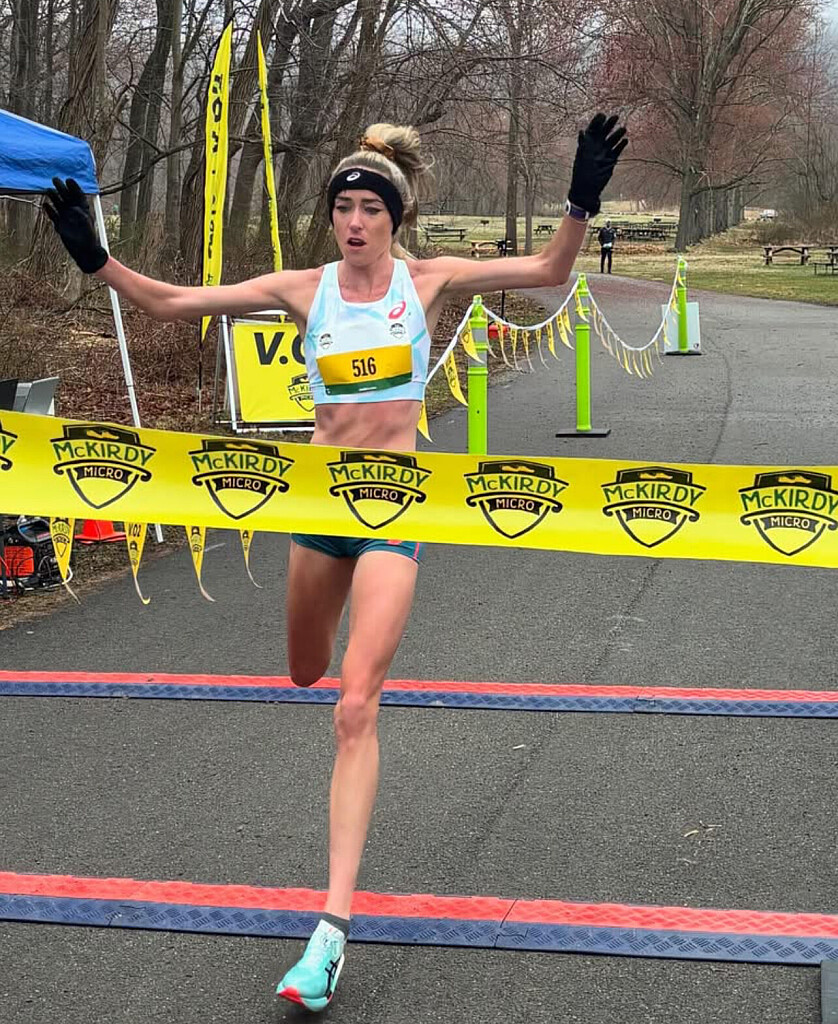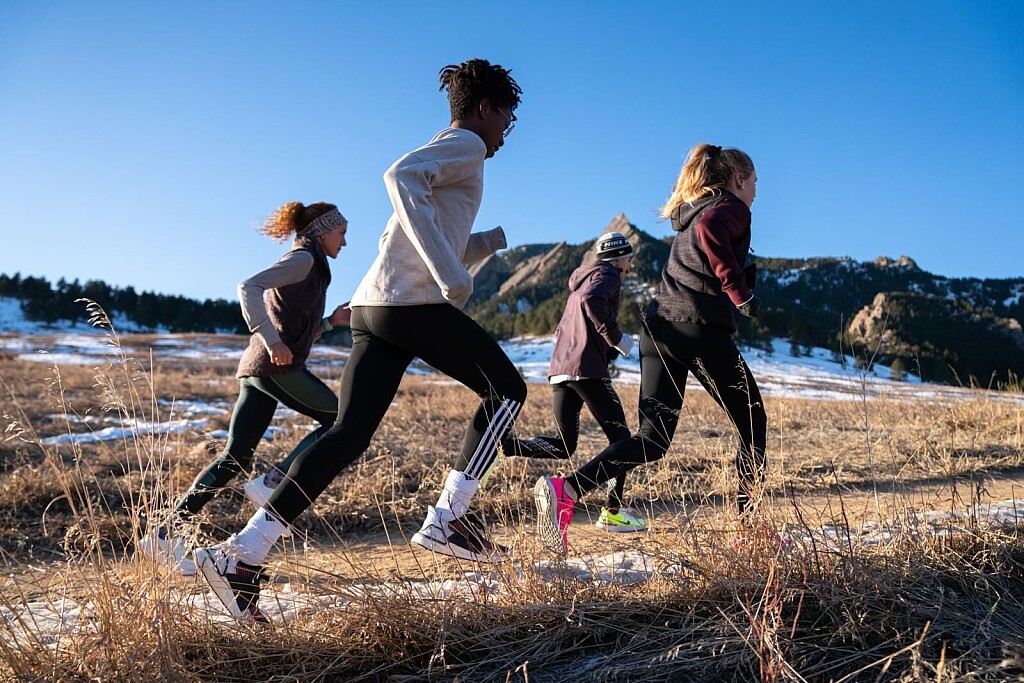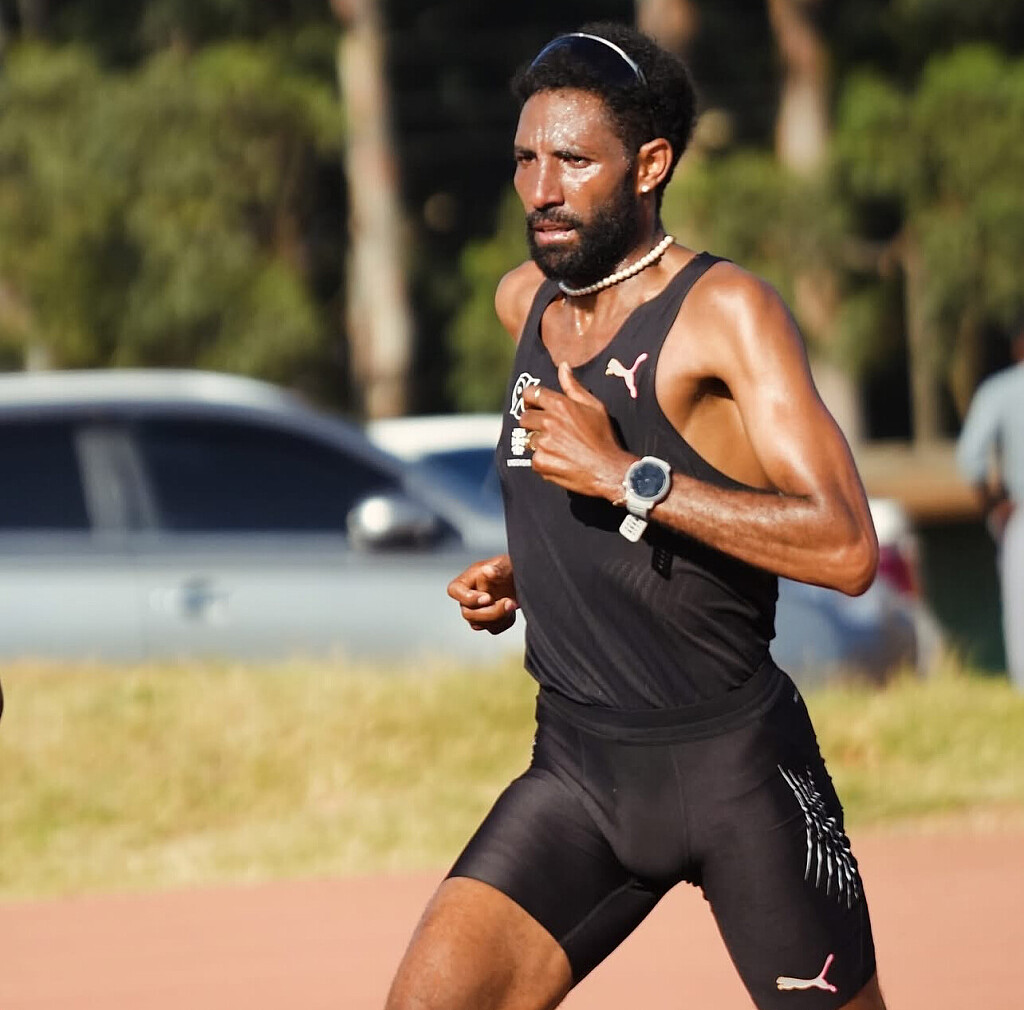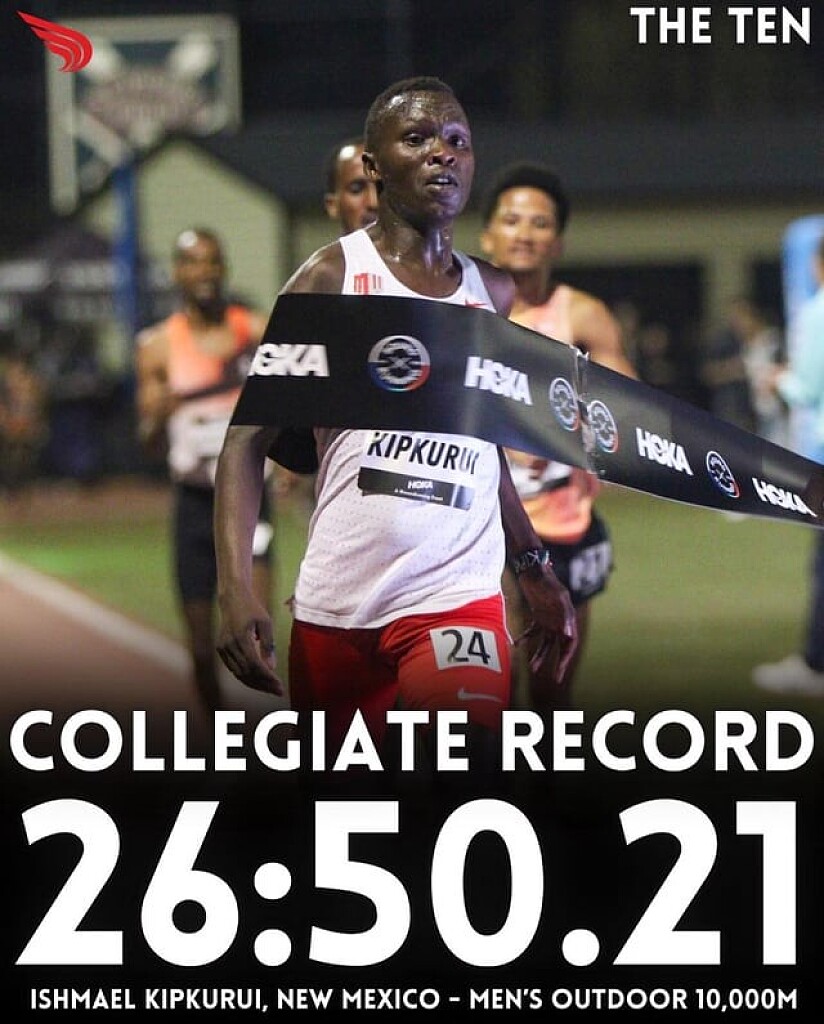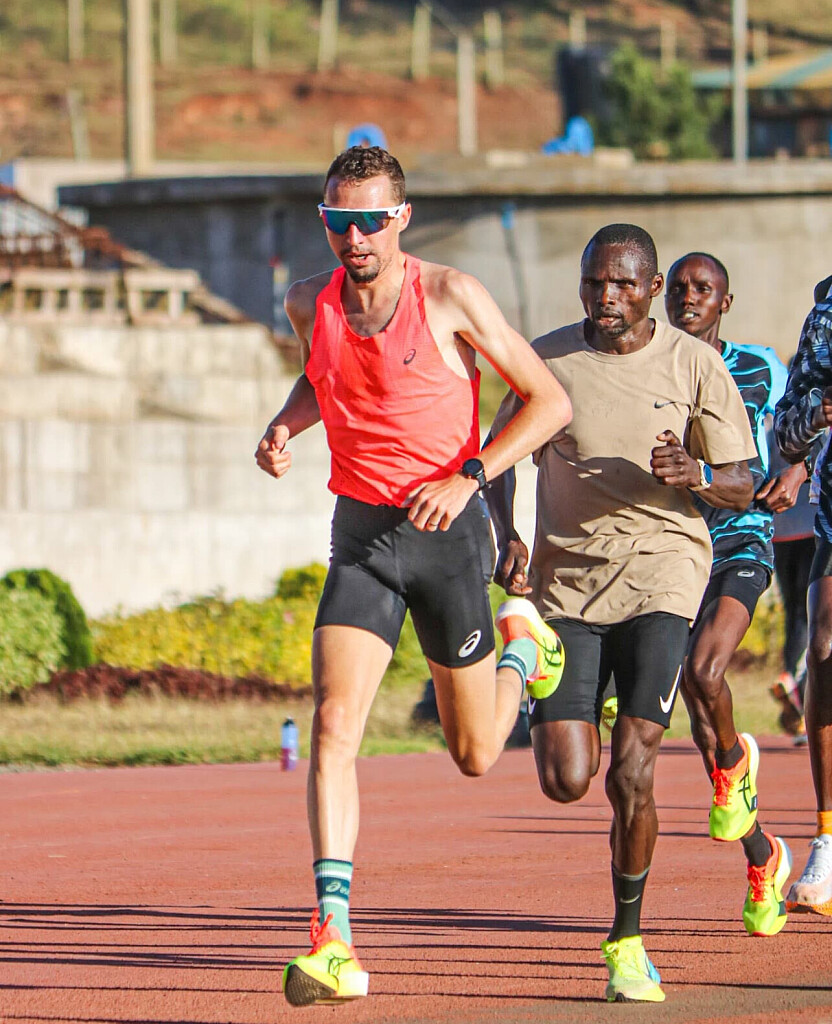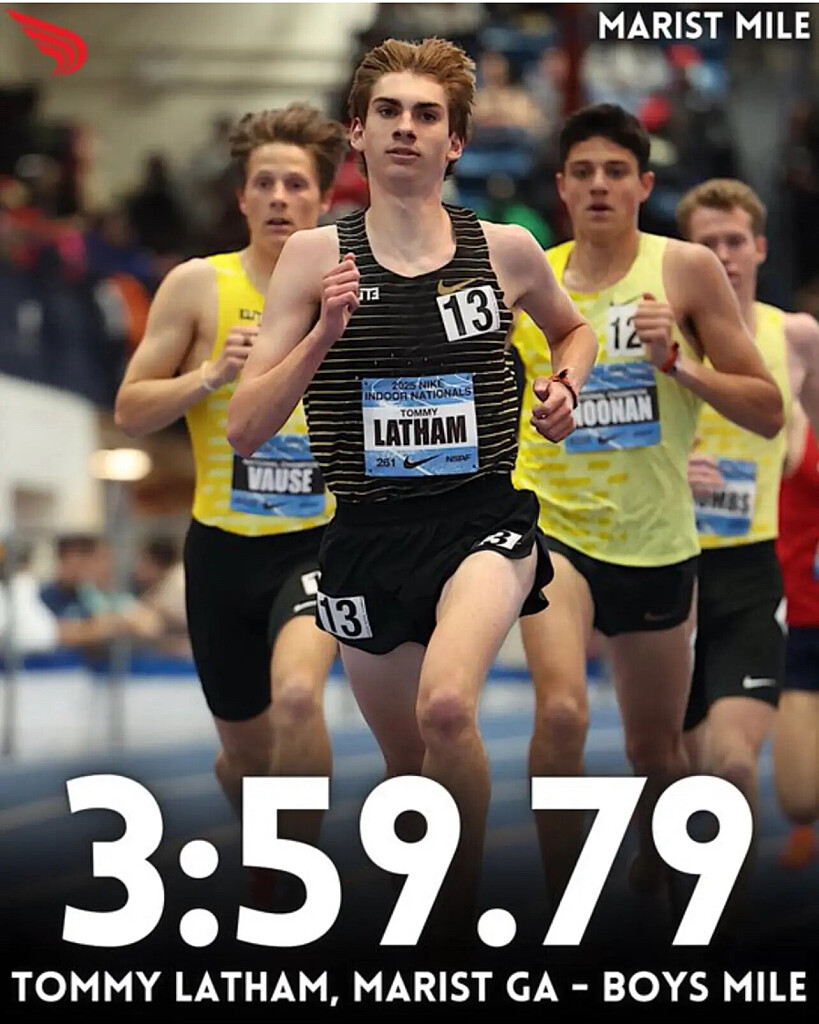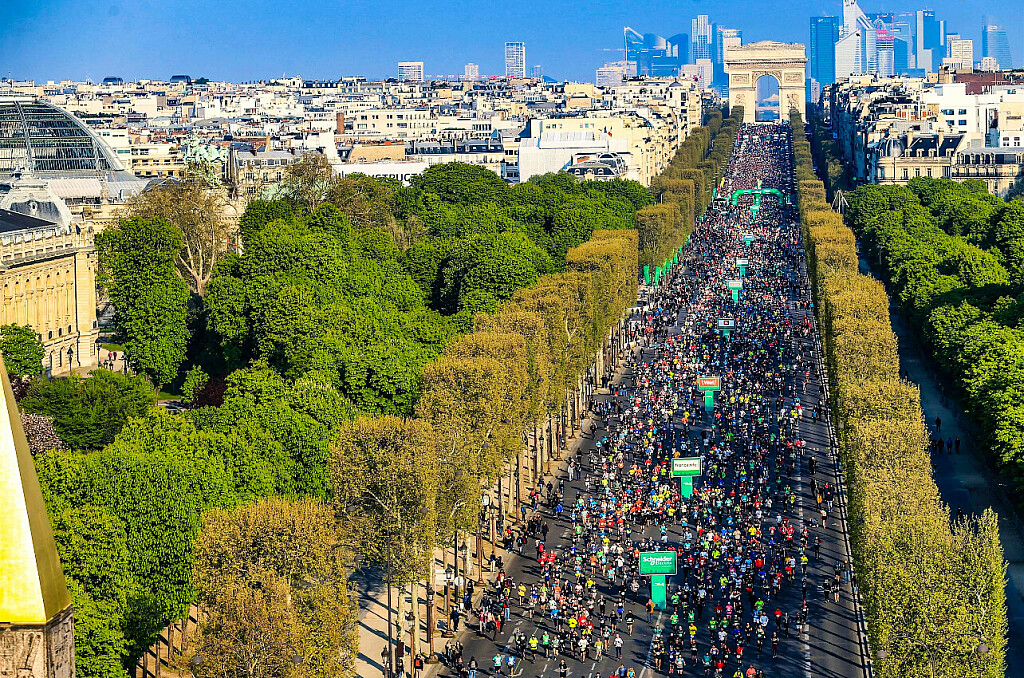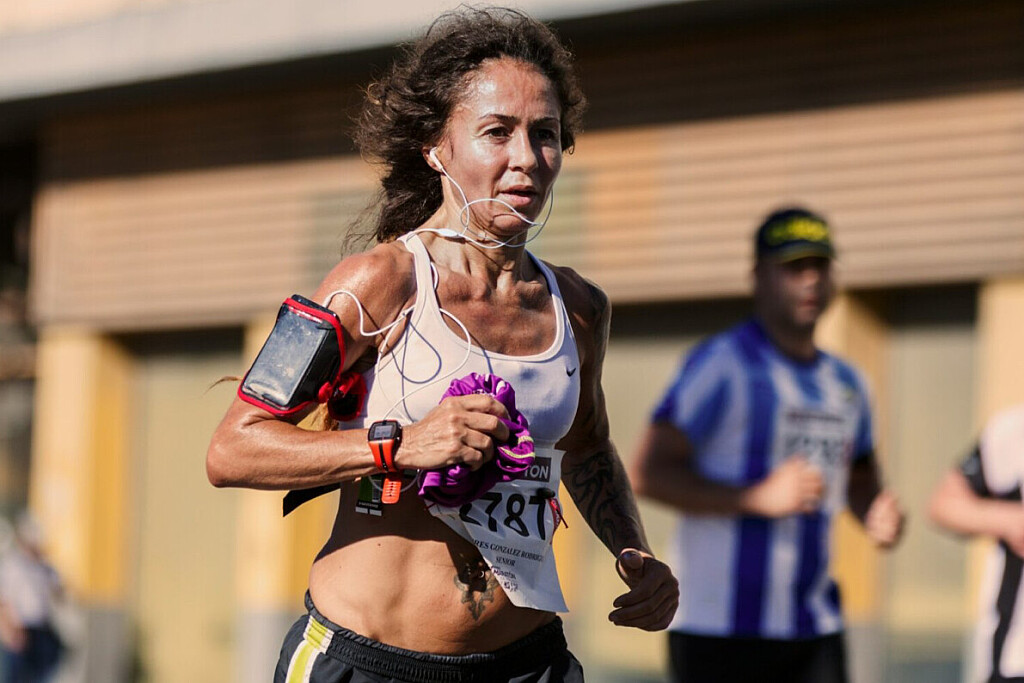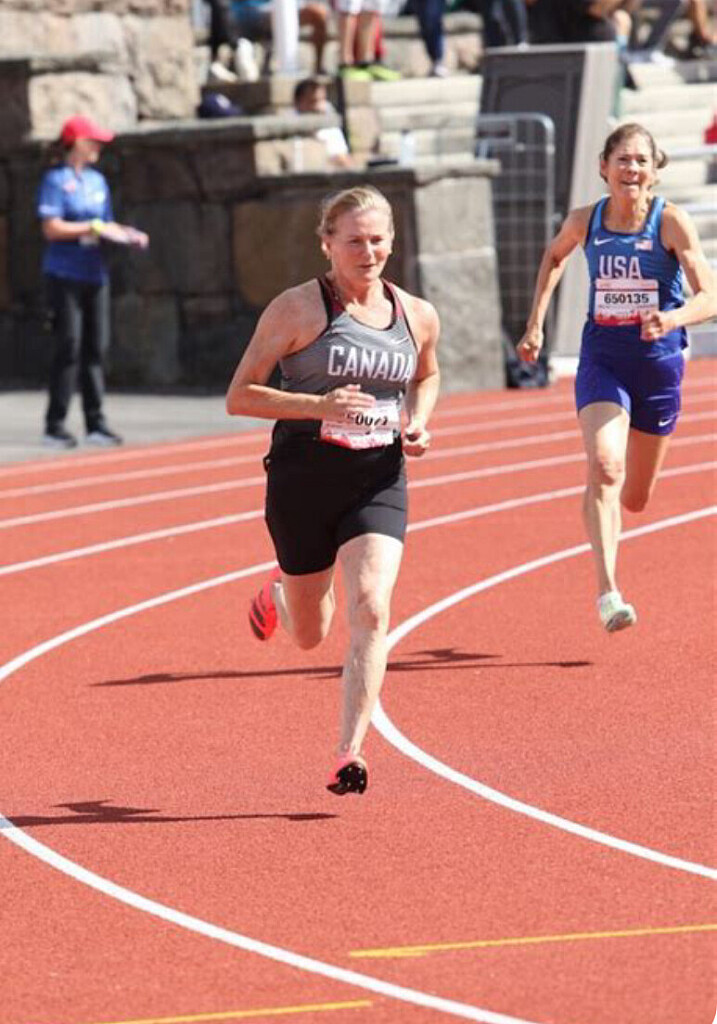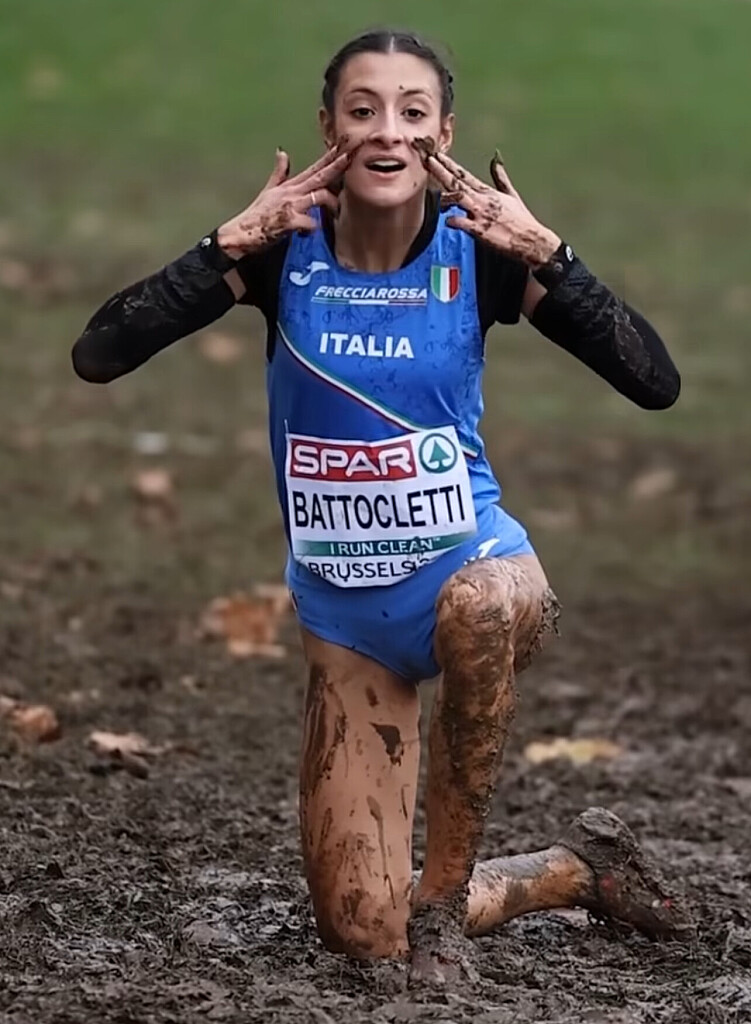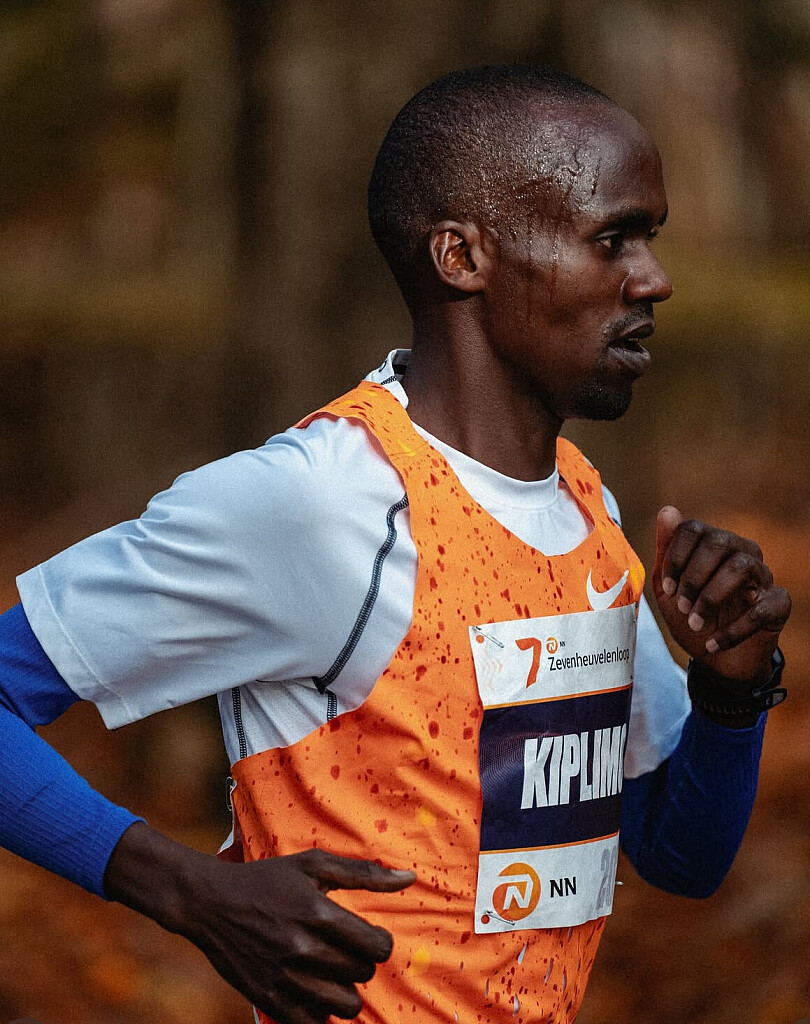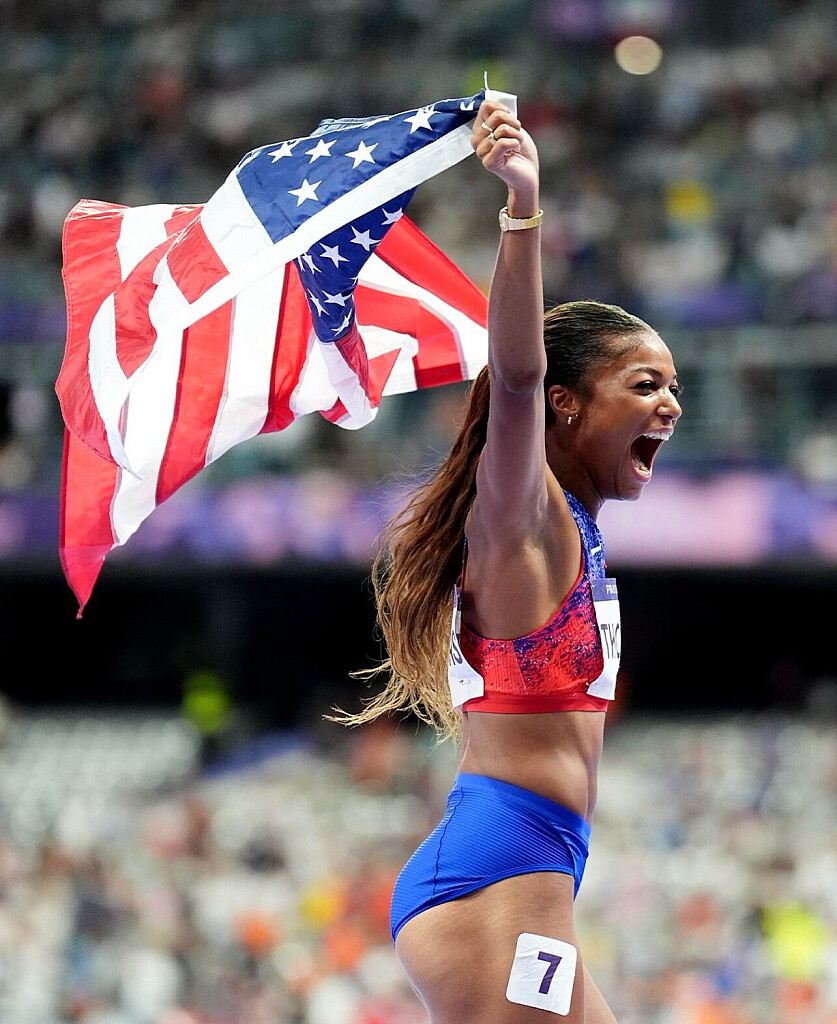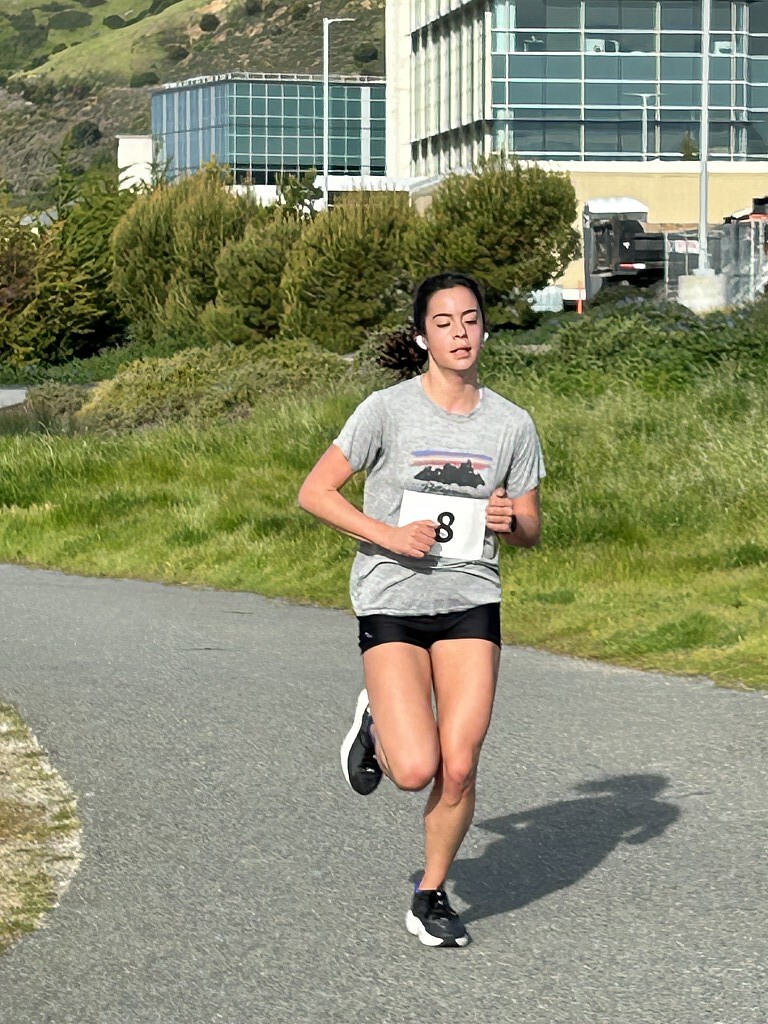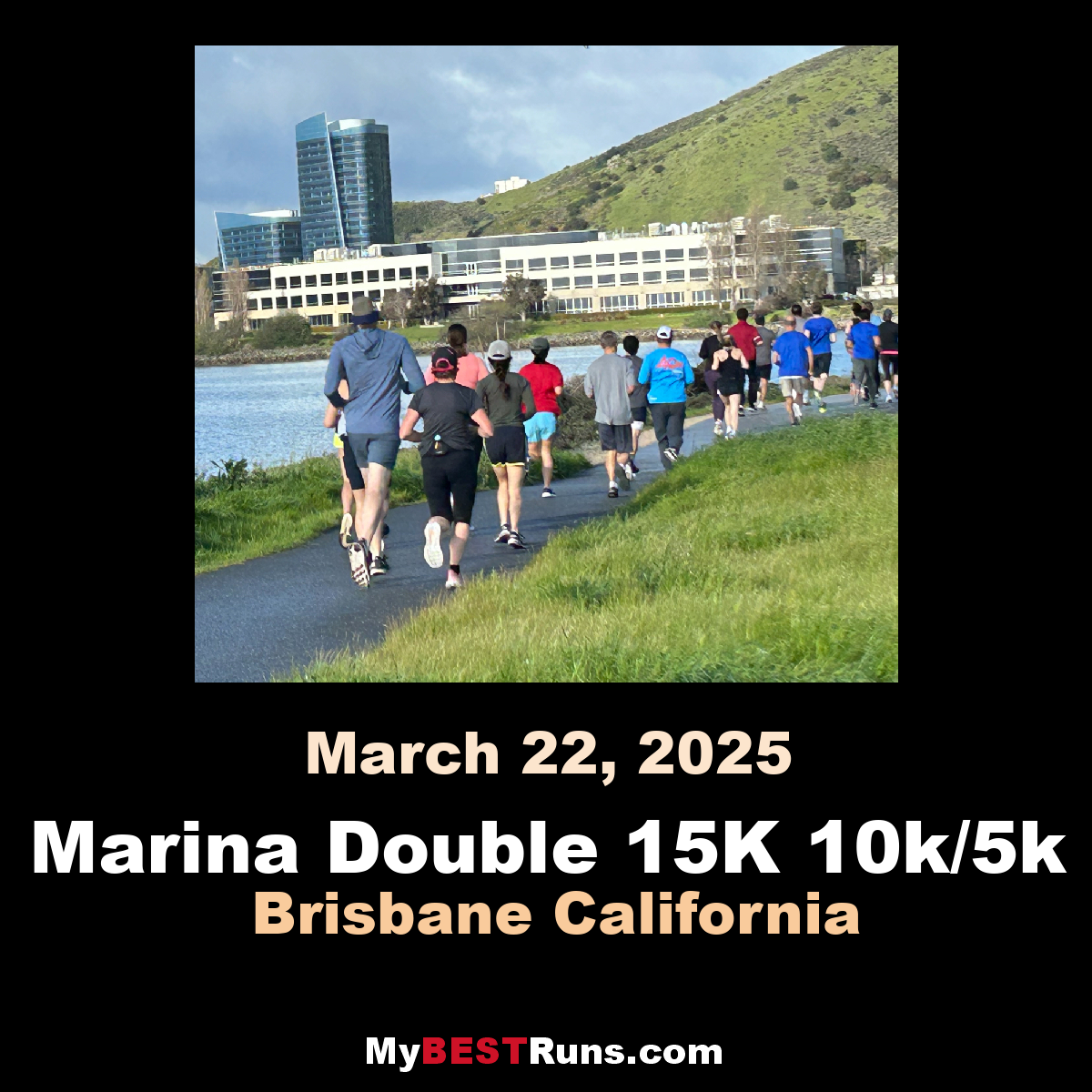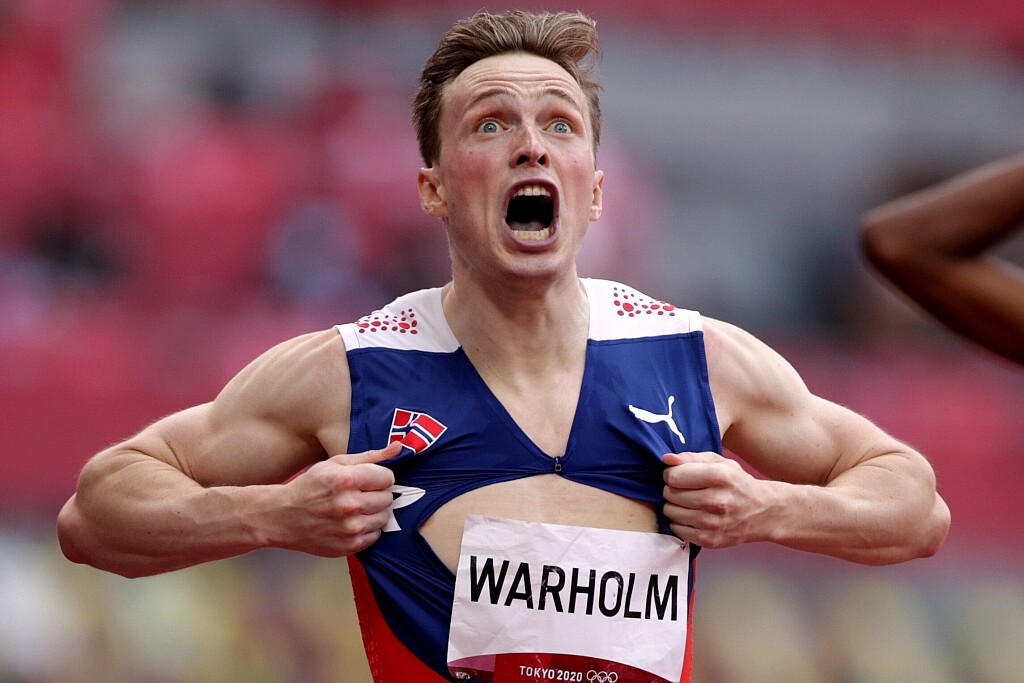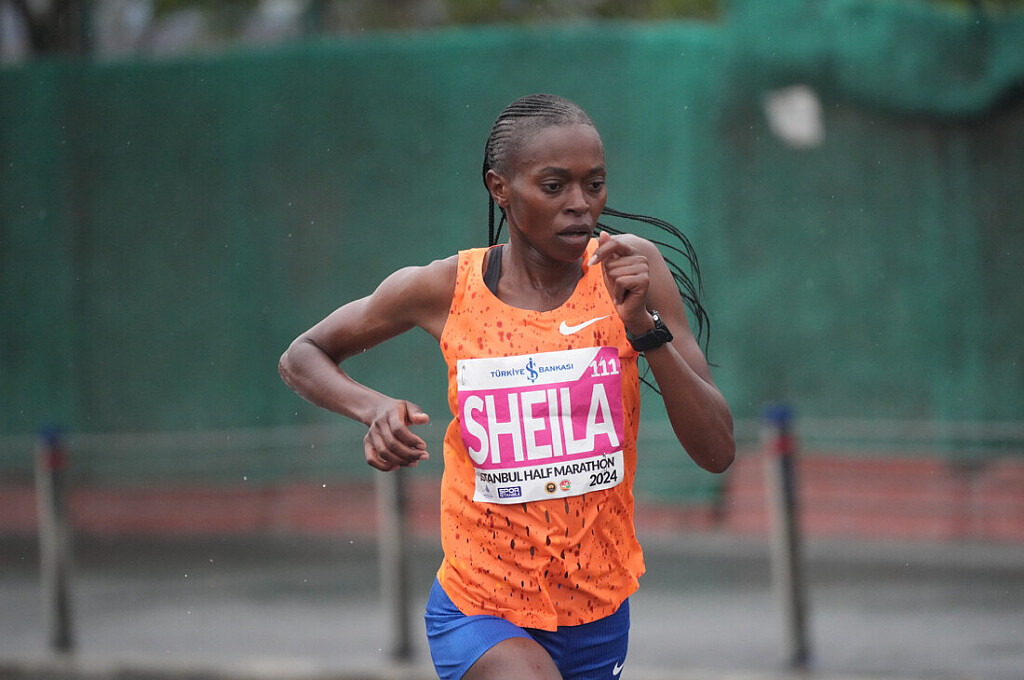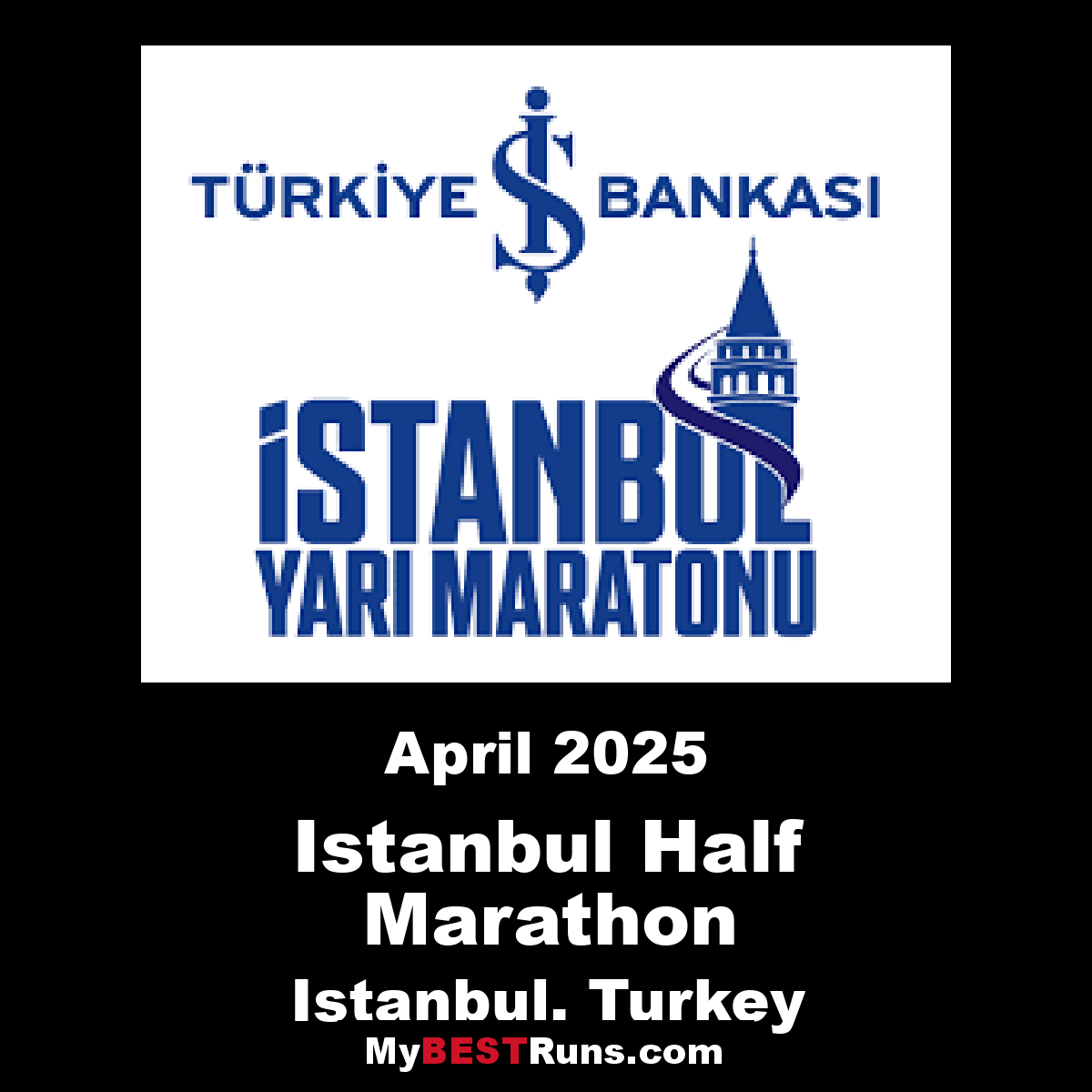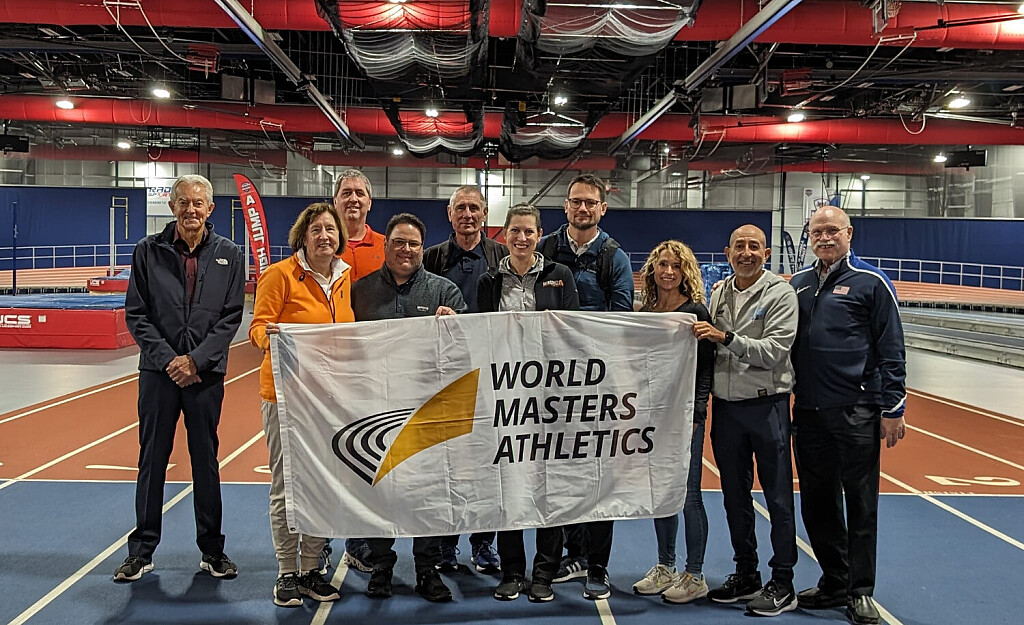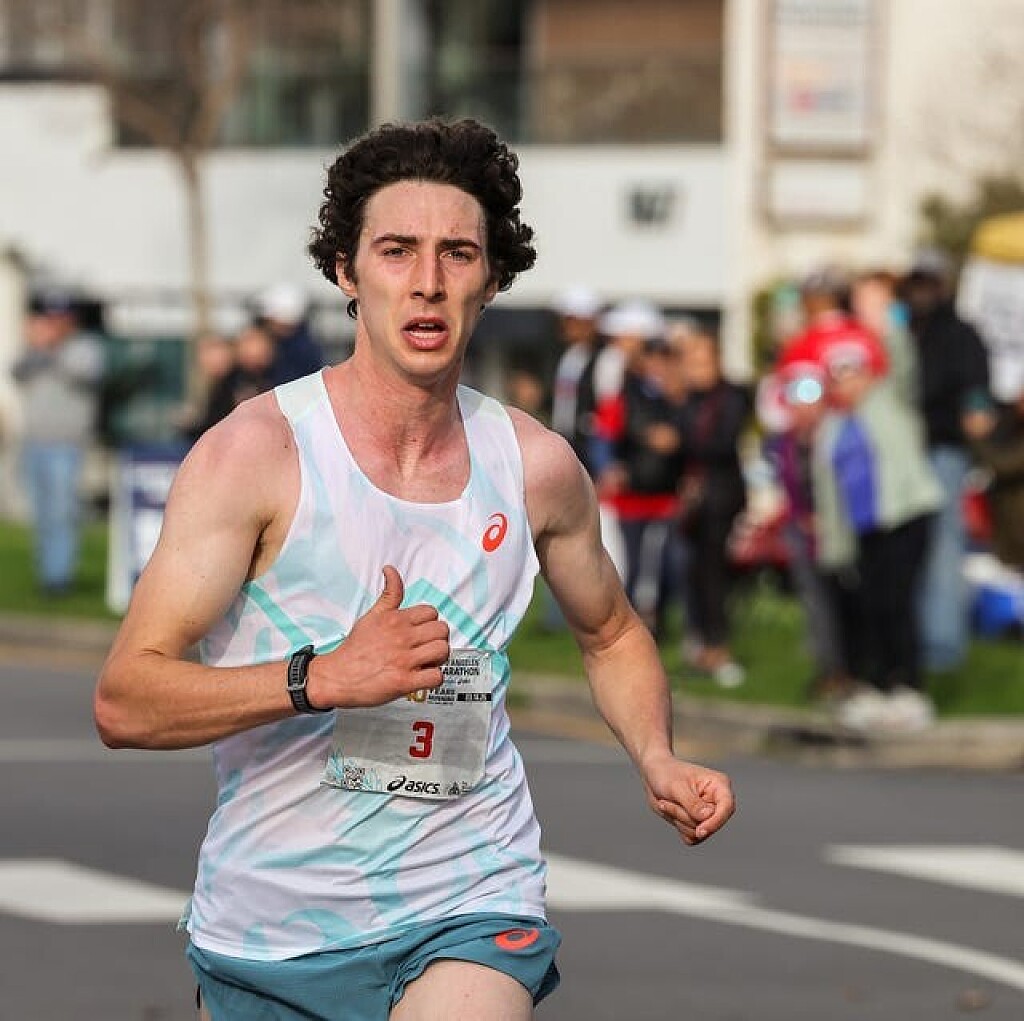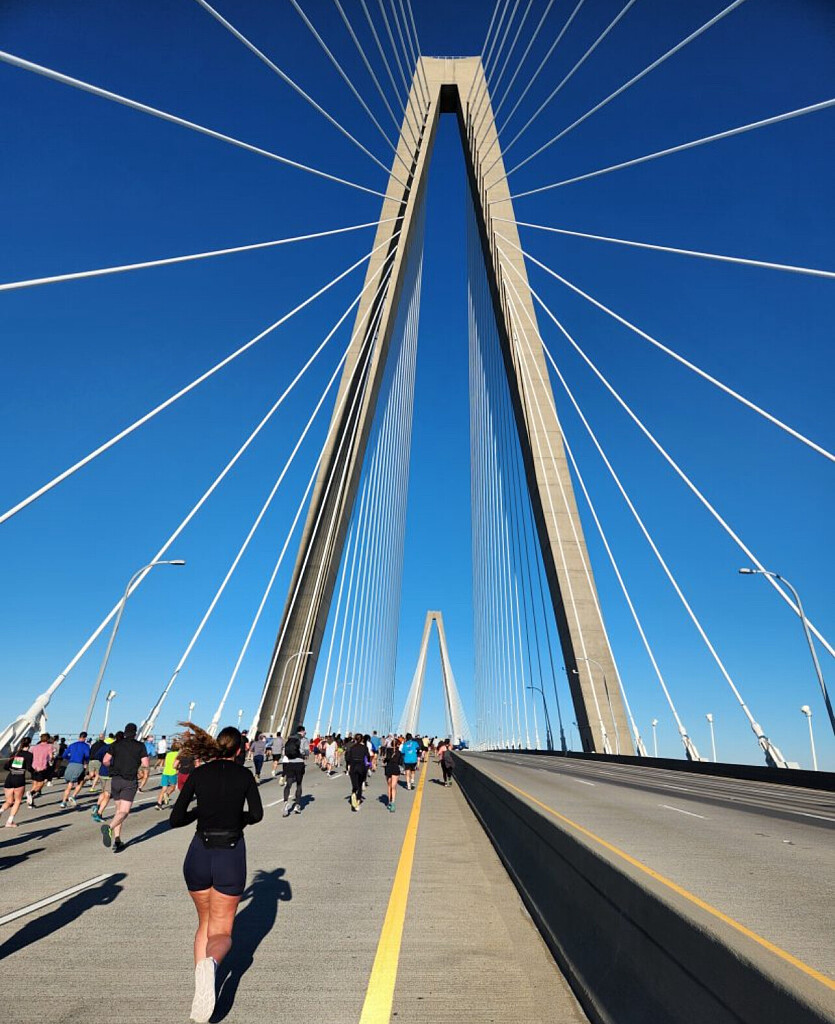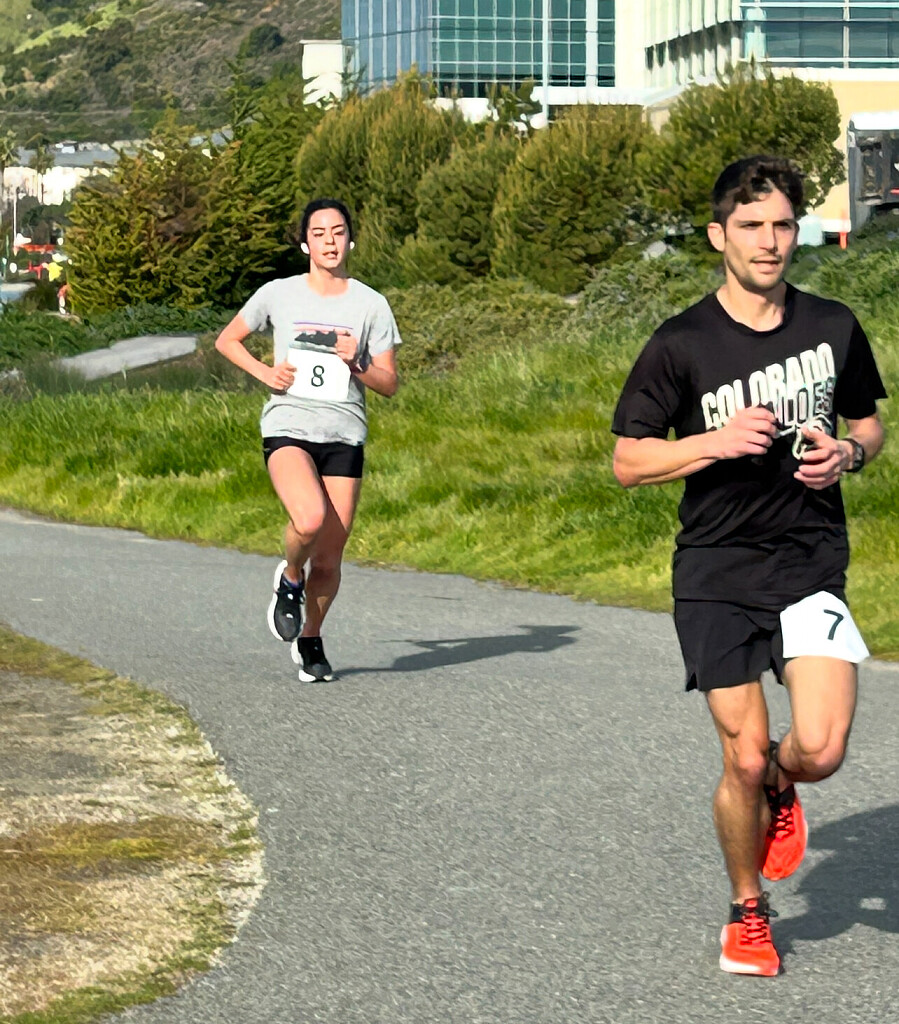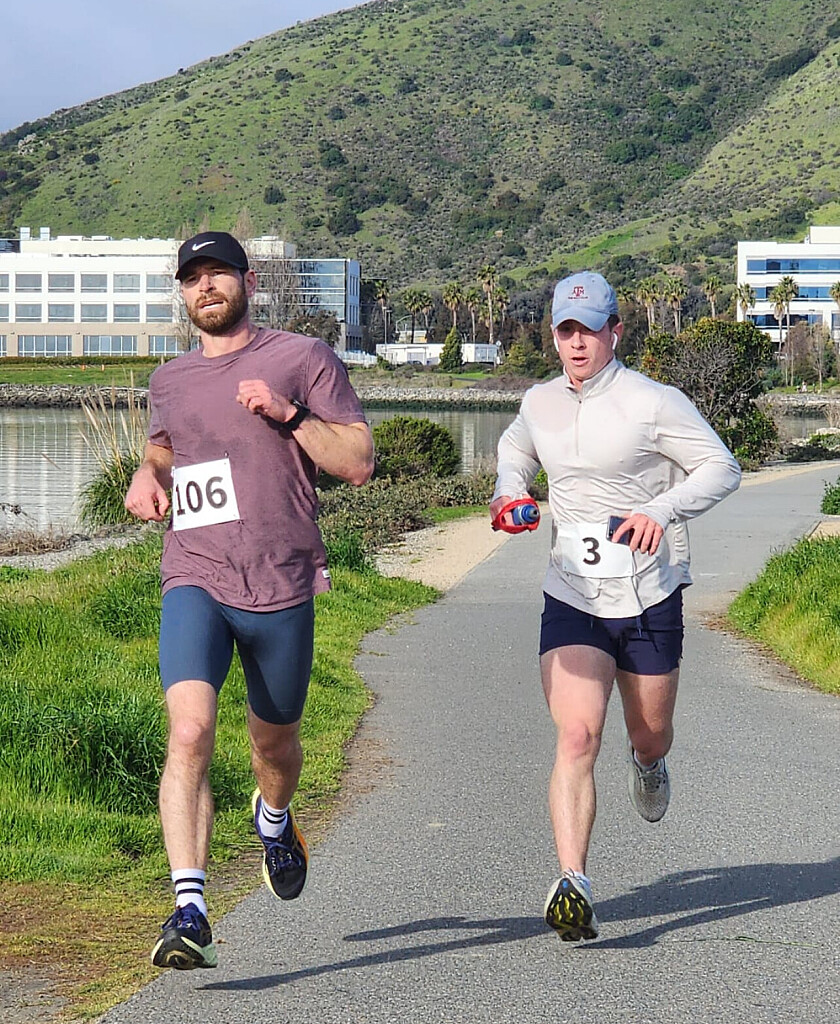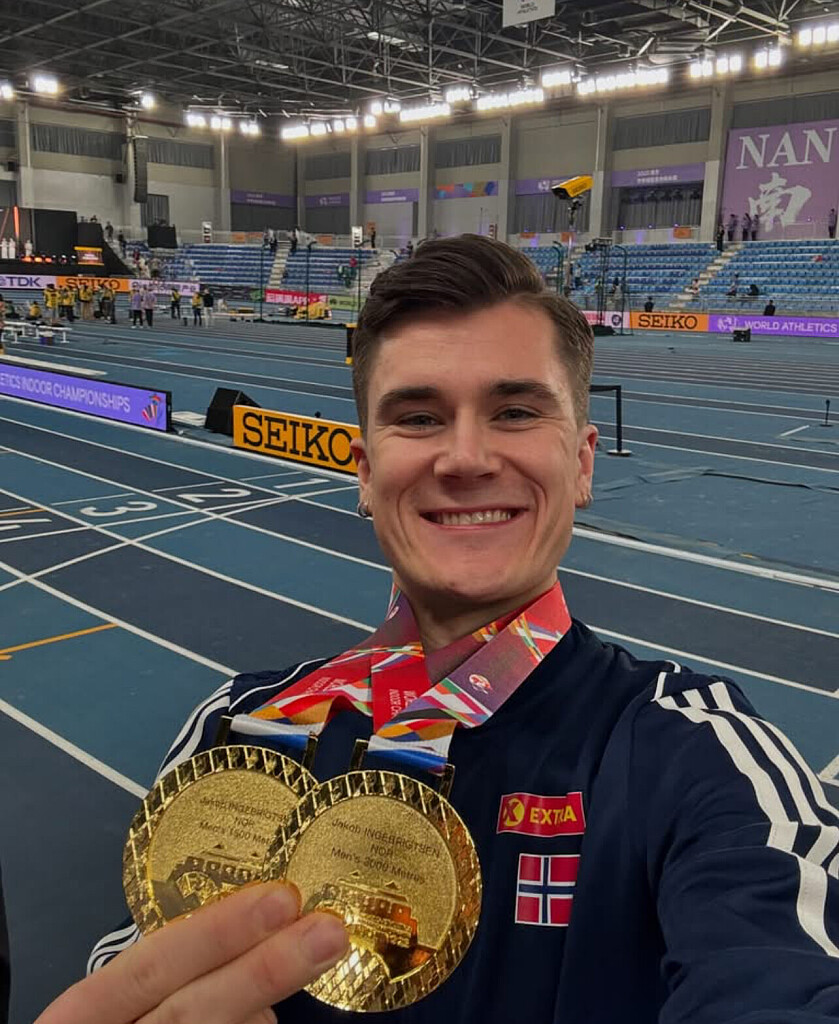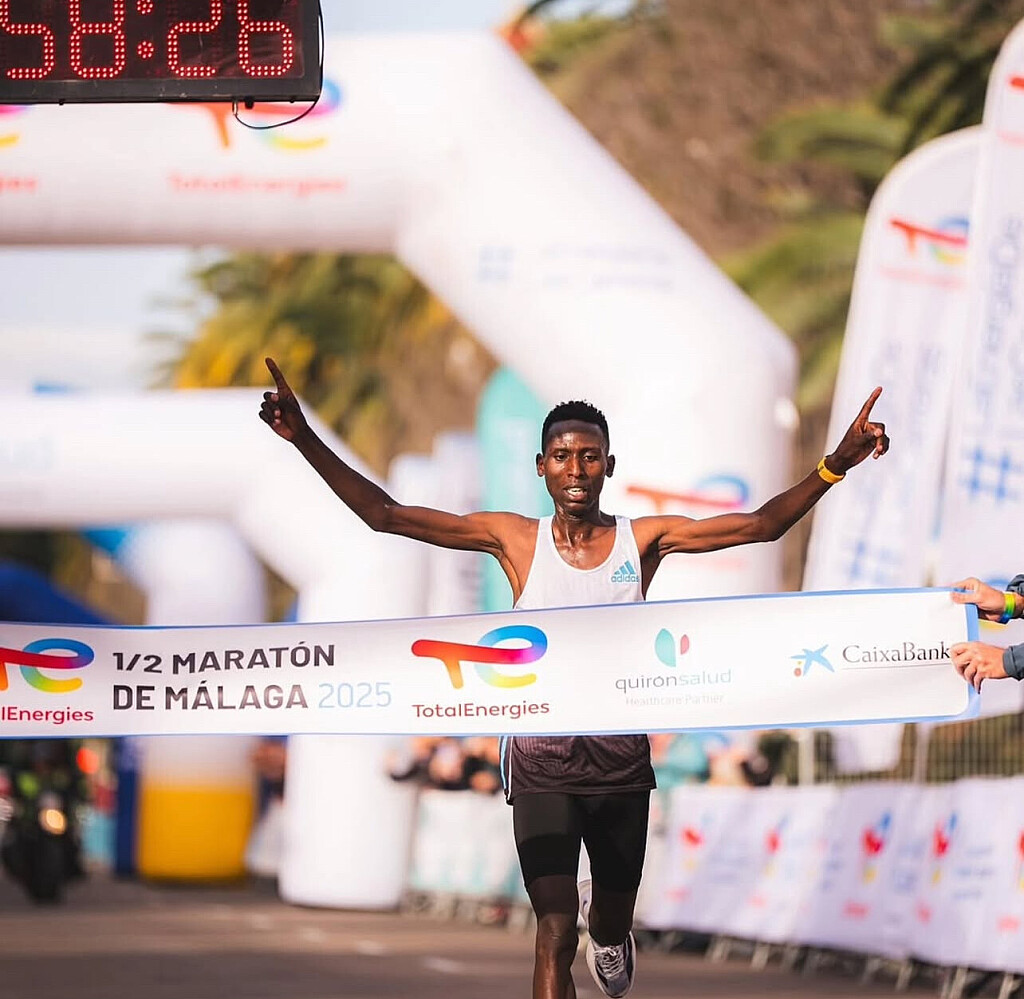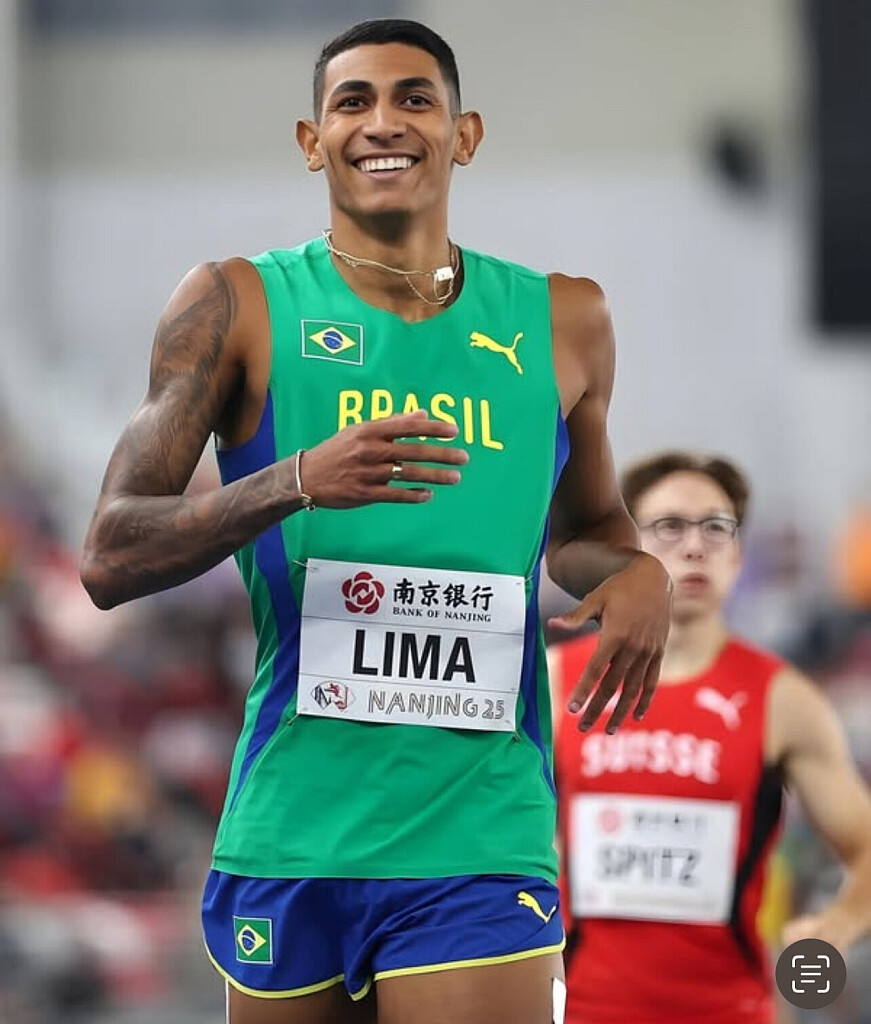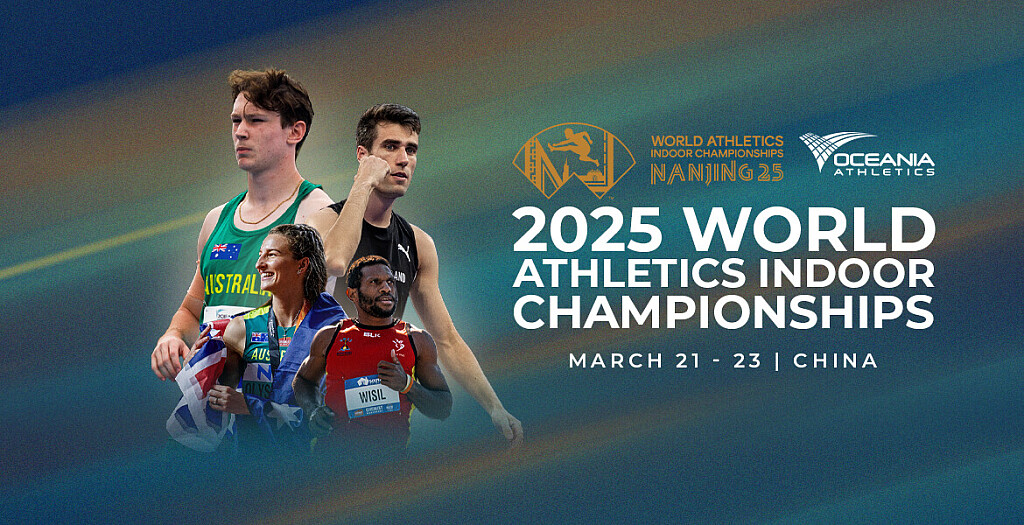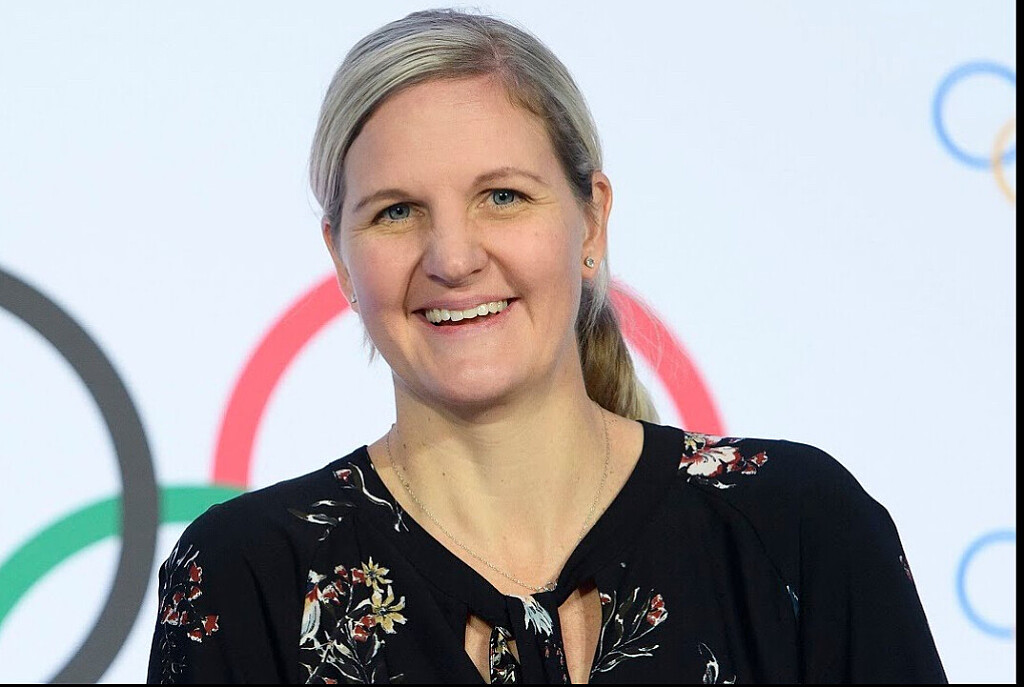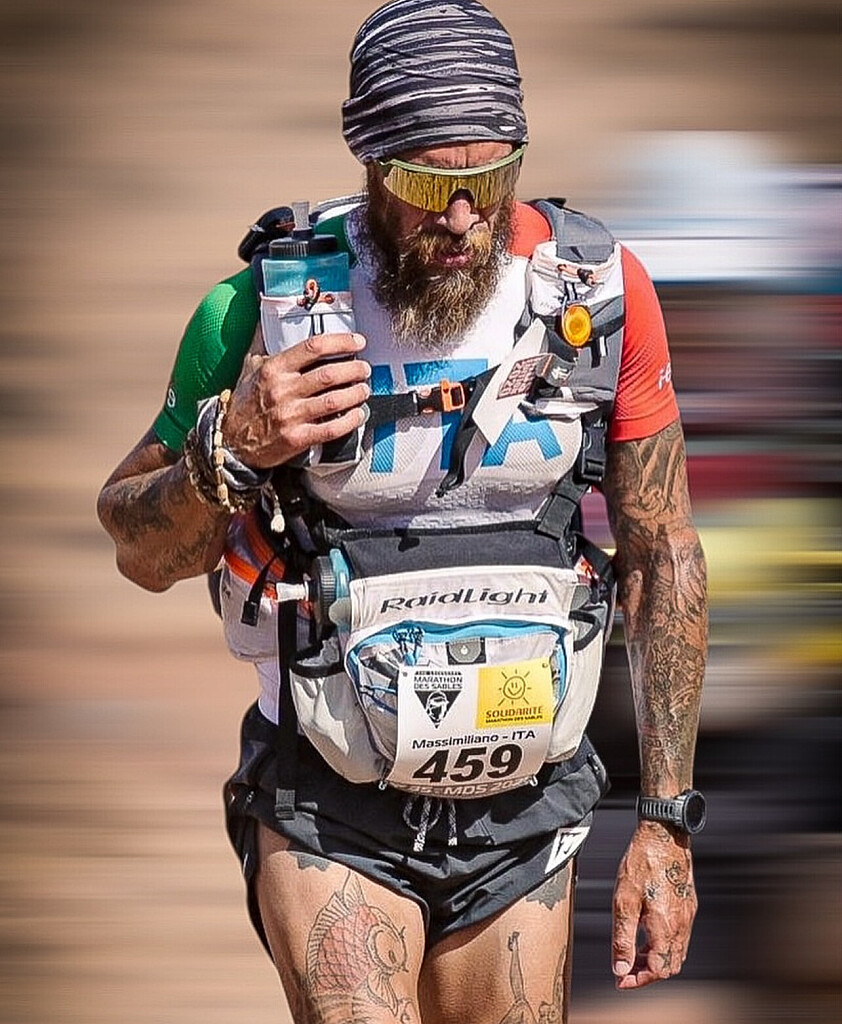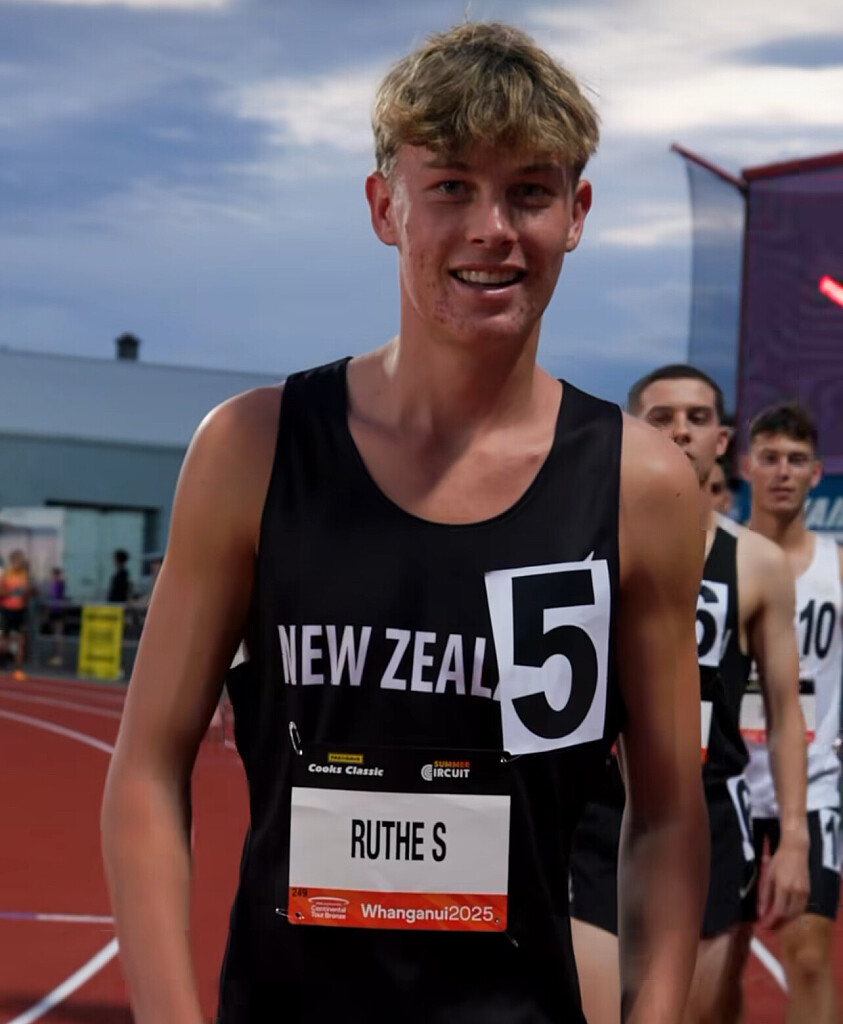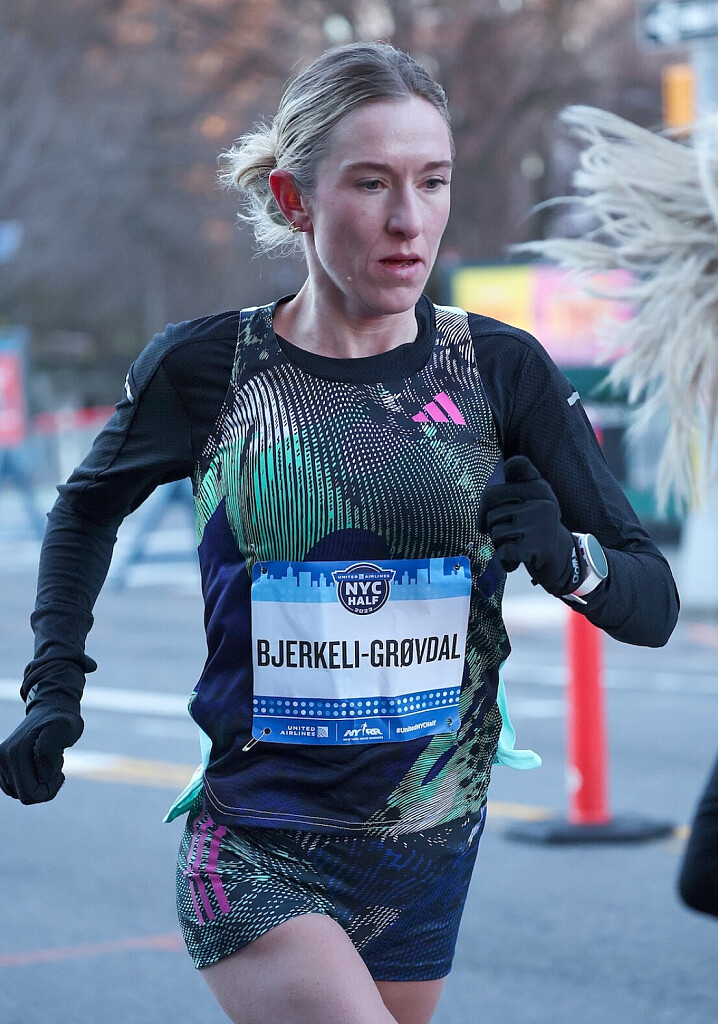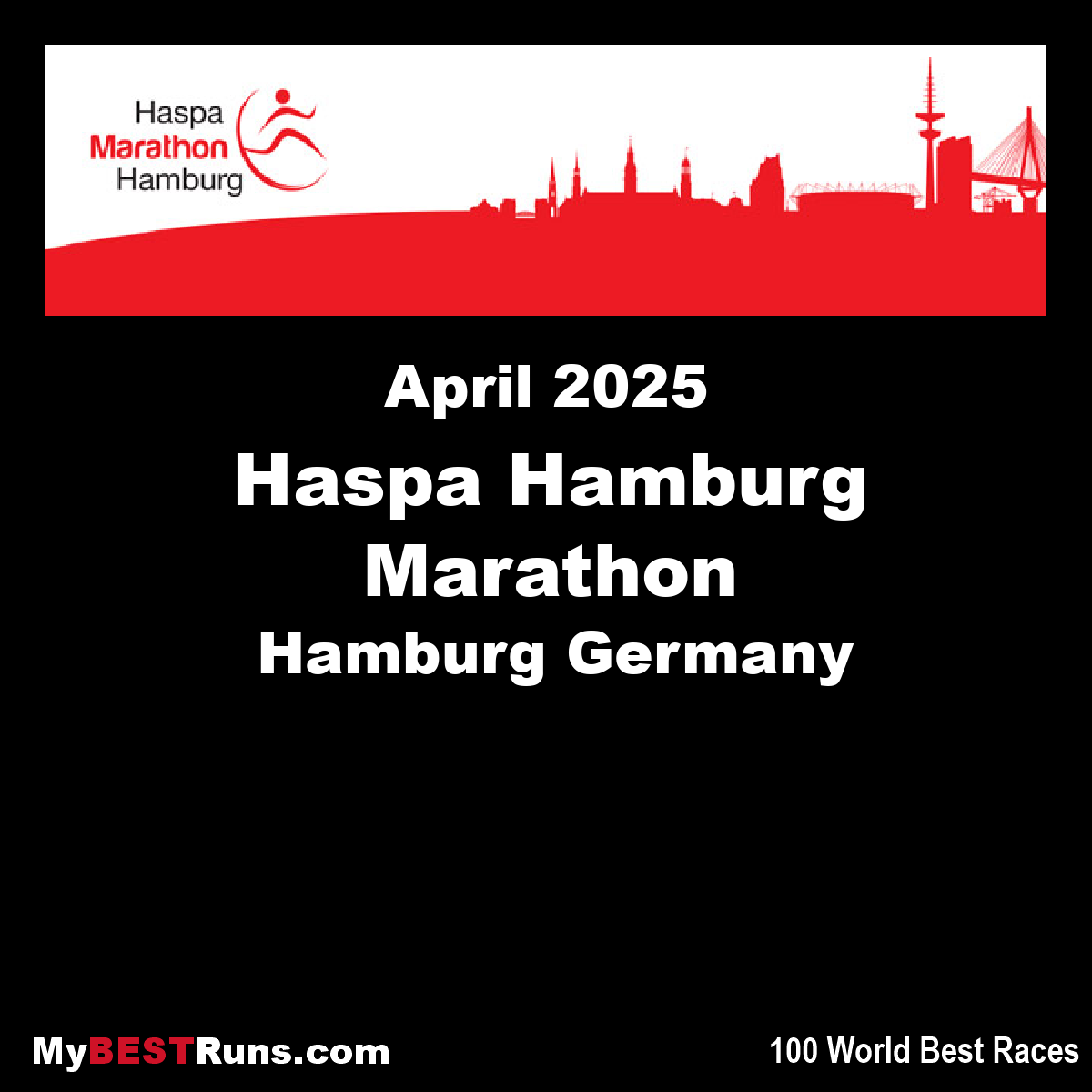Running News Daily
Running News Daily is edited by Bob Anderson. Send your news items to bob@mybestruns.com Advertising opportunities available. Train the Kenyan Way at KATA Kenya and Portugal owned and operated by Bob Anderson. Be sure to catch our movie A Long Run the movie KATA Running Camps and KATA Potato Farms - 31 now open in Kenya! https://kata.ke/
Index to Daily Posts · Sign Up For Updates · Run The World Feed
Beyond Heart Rate – Advanced Wearable Tech Analytics for Runners
For decades, runners have relied on heart rate monitors to guide training and gauge effort. Today, however, wearable technology delivers a wealth of data that can elevate your training to the next level. From stride dynamics and running power to detailed recovery insights, advanced wearables are revolutionizing how serious runners understand and improve performance.
The Evolution of Wearable Technology in Running
Early devices focused primarily on pace and heart rate. Now, innovations in sensor technology and data analytics allow for the tracking of:
• Heart Rate Variability (HRV): A measure of recovery and adaptability.

• Running Power: Quantifies the mechanical energy output independent of pace.
• Stride Dynamics: Details cadence, ground contact time, and vertical oscillation to assess efficiency.
• Additional Metrics: Such as skin temperature, sweat rate, and VO₂ max estimates.
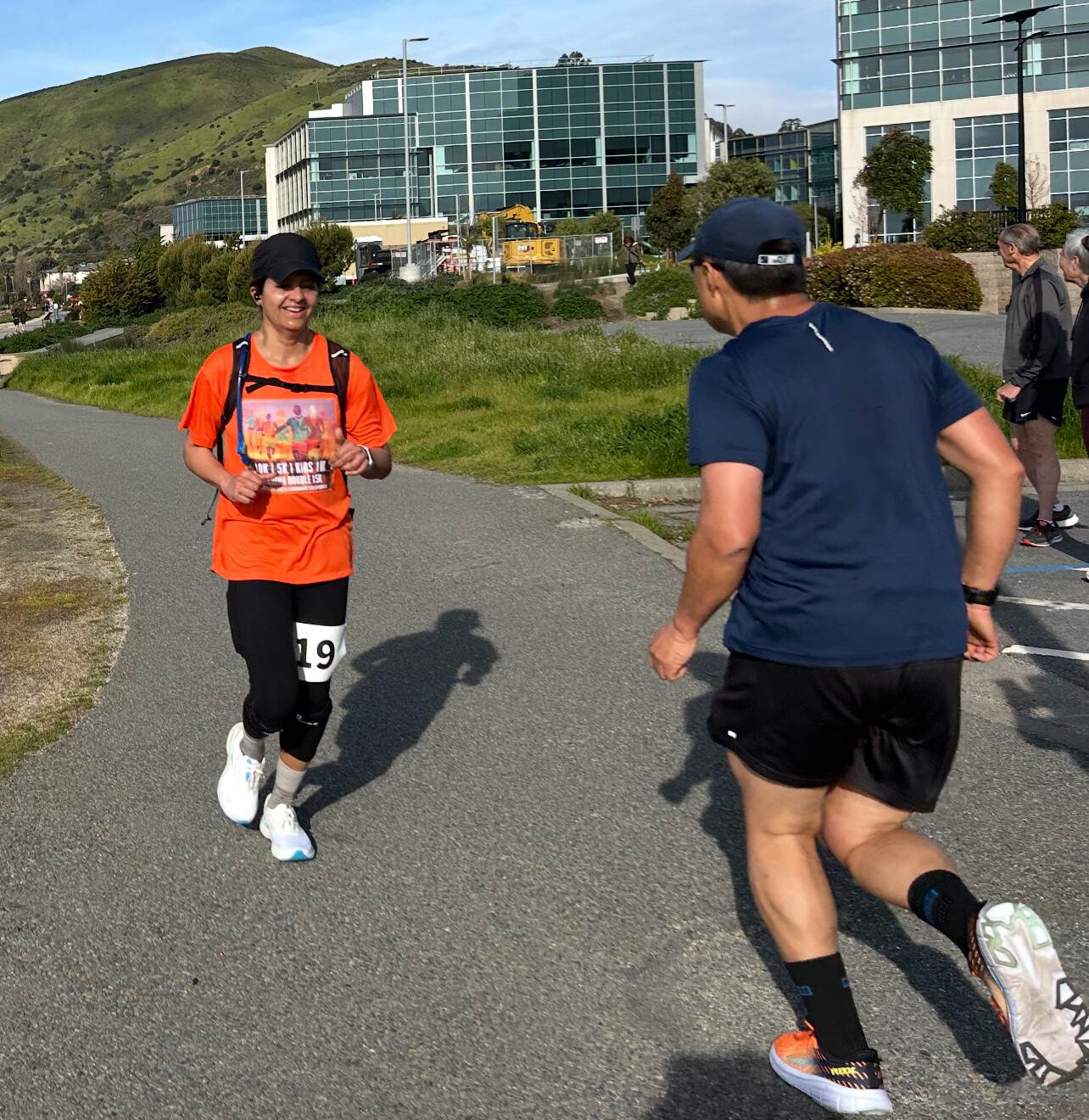
This evolution means that runners are no longer limited to a single metric. Instead, integrating multiple data points creates a holistic picture of training, performance, and recovery.
Delving Into Advanced Metrics
Heart Rate Variability (HRV):
While heart rate tells you how fast your heart beats, HRV measures the variation between beats. Higher HRV typically indicates a well-recovered, resilient cardiovascular system. Tracking HRV over time provides insight into recovery status and helps tailor training to avoid overtraining.
Running Power:

A relatively new metric, running power measures the force you exert during your run. Its benefits include:
• Pacing Precision: Targeting a specific power output can lead to more consistent training sessions.
• Objective Performance Analysis: It helps assess the impact of fatigue, terrain, and form changes.
• Optimized Workouts: Training at designated power zones improves endurance, speed, and recovery.
Stride Dynamics and Running Form:
Advanced sensors in smart insoles or attached devices capture detailed gait information, including:
• Cadence: Steps per minute, an indicator of efficiency.
• Ground Contact Time: Shorter contact time generally reflects a more efficient stride.
• Vertical Oscillation: Less “bounce” means more energy is directed toward forward motion.
• Asymmetry Analysis: Identifying imbalances to reduce injury risk.
Integrating Data for Optimal Performance
The true strength of advanced wearables is their ability to integrate multiple metrics into actionable insights. Companion apps now not only record data but also provide personalized training recommendations based on your trends. For example:
• Training Recommendations: Apps suggest rest or targeted workouts based on HRV, pace, and power output.
• Performance Trends: Detailed analytics track improvements over time and pinpoint areas for optimization.
• Injury Prevention: Monitoring changes in stride dynamics and recovery can help detect early signs of fatigue or injury.
The Future of Running Analytics
As technology advances, wearables are becoming even more sophisticated. Integration with artificial intelligence and machine learning promises predictive insights, such as forecasting performance improvements or injury risks based on historical patterns. Increased data sharing within the running community may also lead to breakthroughs in personalized coaching and training strategies.
Some final thoughts
For serious runners looking to move beyond traditional metrics, advanced wearable tech analytics offer a new frontier of insights. By embracing a multi-dimensional approach to data, you can fine-tune training, optimize recovery, and ultimately run smarter. Whether you’re chasing a new personal best or simply striving for greater efficiency, the future of running lies in the data—and it’s an exciting time to be part of this revolution.
Stay tuned to My Best Runs for more in-depth analysis, gear reviews, and expert advice to help you harness technology and take your running to new heights.
(04/05/2025) ⚡AMPby Boris Baron
Boston Marathon Eliminates Qualifying Times for 2027-2028
If you’ve ever dreamed of running the Boston Marathon but felt shut out by strict qualifying standards, there’s exciting news on the horizon. In a sweeping and historic change, the Boston Athletic Association (B.A.A.) announced Tuesday morning that qualifying times will be eliminated for the 2027 and 2028 races—ushering in a new era of inclusivity for one of the world’s most iconic marathons.
For decades, qualifying times have been the cornerstone of the Boston Marathon. Introduced in 1970 to manage growing participation and maintain a high level of competition, these benchmarks have pushed runners to achieve excellence. Yet while they have inspired elite performances, they have also left countless passionate runners on the outside looking in.
The decision to remove qualifying times comes on the heels of a record-breaking applicant pool for the 2025 race. In a candid statement, B.A.A. officials explained that the change is driven not only by a commitment to making the event accessible to a broader audience but also by the undeniable demand from the running community. By opening the race to a wider field, the organization aims to celebrate the diverse spirit of marathon running and redefine what it means to be part of this legendary event.

Under the current system, prospective runners must meet stringent time standards based on their age group. For instance, the current qualifying benchmarks for the upcoming race season are as follows:
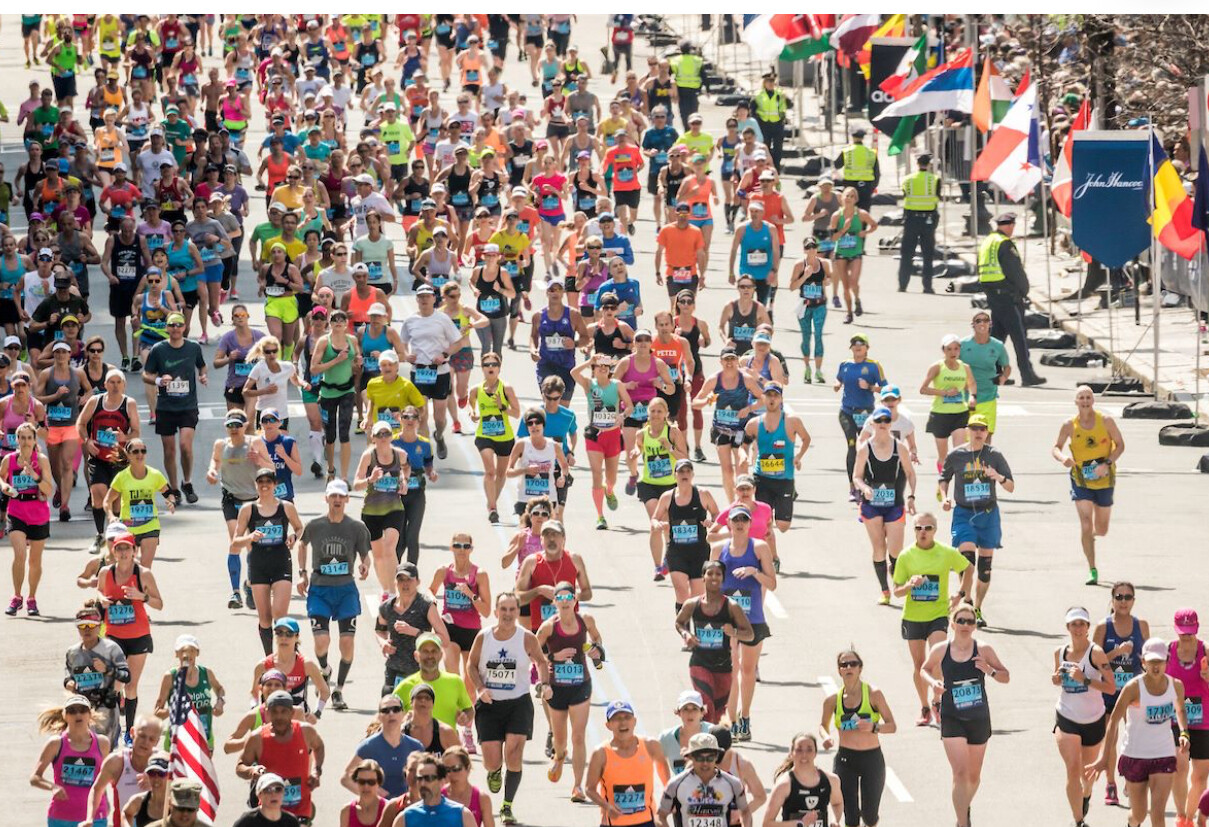
Men
• Ages 18–34: 2 hours 55 minutes
• Ages 35–39: 3 hours 00 minutes
• Ages 40–44: 3 hours 05 minutes
• Ages 45–49: 3 hours 15 minutes
• Ages 50–54: 3 hours 20 minutes
• Ages 55–59: 3 hours 35 minutes
• Ages 60–64: 3 hours 50 minutes
• Ages 65–69: 4 hours 05 minutes
• Ages 70–74: 4 hours 20 minutes
• Ages 75–79: 4 hours 35 minutes
• Ages 80 and over: 4 hours 50 minutes
Women
• Ages 18–34: 3 hours 25 minutes
• Ages 35–39: 3 hours 30 minutes
• Ages 40–44: 3 hours 35 minutes
• Ages 45–49: 3 hours 45 minutes
• Ages 50–54: 3 hours 50 minutes
• Ages 55–59: 4 hours 05 minutes
• Ages 60–64: 4 hours 20 minutes
• Ages 65–69: 4 hours 35 minutes
• Ages 70–74: 4 hours 50 minutes
• Ages 75–79: 5 hours 05 minutes
• Ages 80 and over: 5 hours 20 minutes

For many runners, these time cutoffs have represented nearly insurmountable hurdles, forcing them to either settle for smaller local races or abandon the dream entirely. With the new open-entry format, the Boston Marathon will no longer serve as an exclusive club for the fastest runners; instead, it will become a celebration of perseverance, community, and the sheer joy of running.
Critics have argued that removing qualifying times might dilute the race’s competitive legacy, while supporters contend that it will invigorate the event by welcoming a richer diversity of participants. The B.A.A. remains confident that this transformative change will not only boost participation but also cement the Boston Marathon’s status as a truly inclusive sporting event.
For runners who have long trained in vain to meet the rigid standards, this decision is a game changer—a symbolic moment that recognizes passion and perseverance over arbitrary numbers. As the running community braces for the upcoming races under this new model, one thing is clear: the Boston Marathon is set to redefine itself, embracing the idea that the spirit of competition can coexist with a commitment to accessibility.
Stay tuned to My Best Runs for further updates and in-depth coverage as we track the unfolding impact of this bold new chapter in marathon history.
(04/04/2025) ⚡AMPby Boris Baron
Boston Marathon
Among the nation’s oldest athletic clubs, the B.A.A. was established in 1887, and, in 1896, more than half of the U.S. Olympic Team at the first modern games was composed of B.A.A. club members. The Olympic Games provided the inspiration for the first Boston Marathon, which culminated the B.A.A. Games on April 19, 1897. John J. McDermott emerged from a...
more...Grand Slam Track League Aims to Revolutionize Track and Field
In an ambitious move to elevate professional track and field, sprinting legend Michael Johnson has launched the Grand Slam Track league. This innovative series promises athletes regular, high-stakes competitions against top-tier rivals, coupled with unprecedented financial incentives.
Unprecedented Financial Incentives
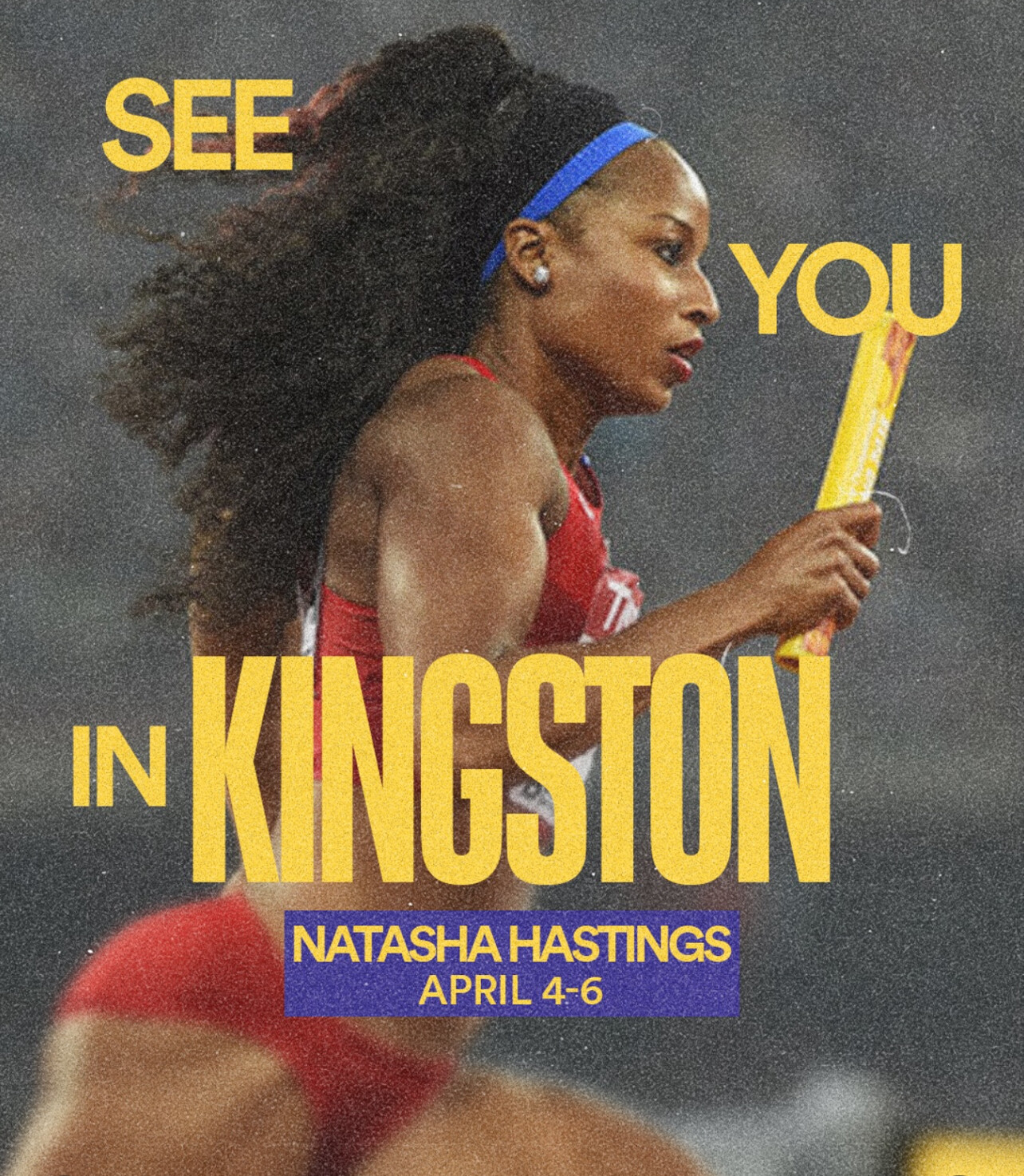
Grand Slam Track offers a substantial $12.6 million in prize money for its inaugural season. Athletes will compete in four major meets, with prize distributions as follows:

• 1st Place: $100,000
• 2nd Place: $50,000
• 3rd Place: $30,000
• 4th Place: $25,000
• 5th Place: $20,000
• 6th Place: $15,000
• 7th Place: $12,500
• 8th Place: $10,000
In contrast, the established Diamond League offers $10,000 for event winners and $1,000 for eighth place, highlighting Grand Slam Track’s commitment to elevating athlete compensation.
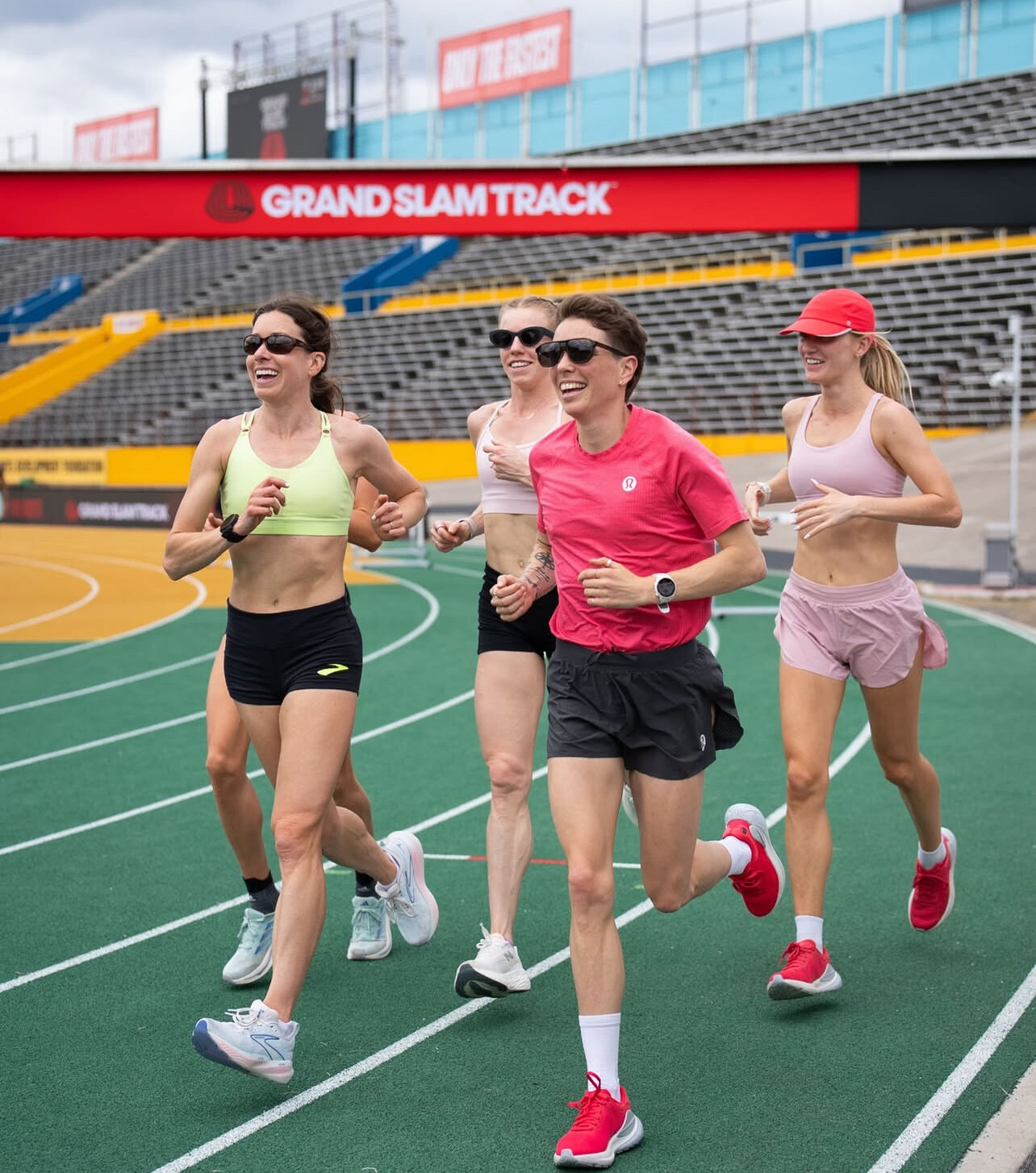
Season Schedule and Venues
The 2025 season features four high-profile meets:
1. Kingston, Jamaica – Independence Park: April 4–6
2. Miami, USA – Ansin Sports Complex: May 2–4
3. Philadelphia, USA – Franklin Field: May 30–June 1
4. Los Angeles, USA – Drake Stadium: June 27–29

These venues have been strategically selected to maximize global engagement and showcase the sport’s premier talents.
Elite Athlete Participation
The league has successfully attracted 48 elite athletes, known as “Grand Slam Racers,” who are contracted to compete in all four events. Notable participants include:
• Sydney McLaughlin-Levrone: Double Olympic champion in the 400m hurdles.
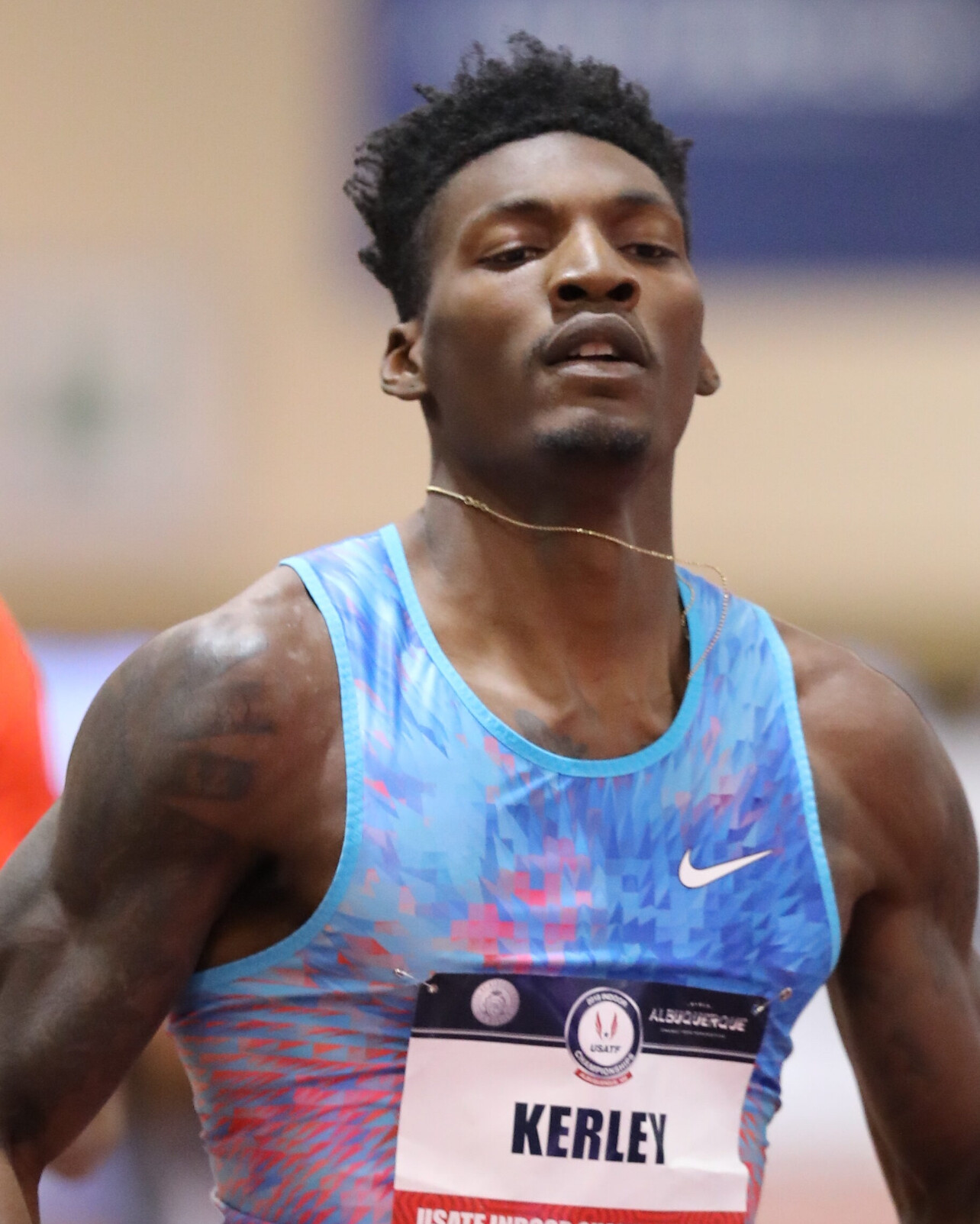
• Josh Kerr: 2023 world champion and 2024 Olympic silver medalist in the 1500m.
• Fred Kerley: World-renowned sprinter and Olympic medalist.
• Emmanuel Wanyonyi: Prominent middle-distance runner.
These athletes are poised to deliver thrilling head-to-head competitions, enhancing the sport’s appeal.
Visionary Leadership and Funding
Michael Johnson, a four-time Olympic gold medalist, spearheads the Grand Slam Track league. His vision is to create a platform that offers consistent, high-quality competitions and substantial financial rewards, addressing long-standing challenges in track and field.
The league has secured over $30 million in funding from private investments and strategic partnerships, including media rights deals with The CW Network and NBC Sports, ensuring extensive coverage and robust financial backing.
Broadcasting and Global Reach
Grand Slam Track has established broadcasting agreements with The CW Network and Peacock in the United States. Every event of each three-day meet will stream live on Peacock, with exclusive coverage of each Friday’s races, while The CW will air weekend coverage. NBC, whose parent company owns Peacock, will also air highlight specials.
The global broadcast team will be led by Steve Cram, Carrie Tollefson, and Anson Henry, with reporting from Radzi Chinyanganya and Taliyah Brooks. These collaborations aim to bring track and field to a broader audience, revitalizing interest in the sport.
With its innovative approach, substantial financial incentives, and commitment to showcasing elite talent, Grand Slam Track is set to redefine the landscape of professional track and field.
(04/04/2025) ⚡AMPby Boris Baron
Kenyan Elites Eye Fast Times at Sunday’s Vienna City Marathon
The 42nd edition of the Vienna City Marathon, Austria’s premier road racing event and a World Athletics Elite Label race, is set to unfold this Sunday with over 45,000 participants—including a record 13,000 marathoners. A strong Kenyan contingent is expected to set a blistering pace as they aim for personal bests on the historic streets of Vienna.
Kenya’s Justus Kangogo (PB 2:05:57), Asbel Rutto (2:06:24), and Stanley Kurgat (2:07:05)headline a deep elite field. All three confirmed at Friday’s press conference that they’re not just here to win—they’re here to run fast.

“We have an interesting elite field that should provide a thrilling race,” said Johannes Langner, elite coordinator. “Our target for the lead group is a half marathon split between 62:30 and 62:45, with a second group about a minute behind.”
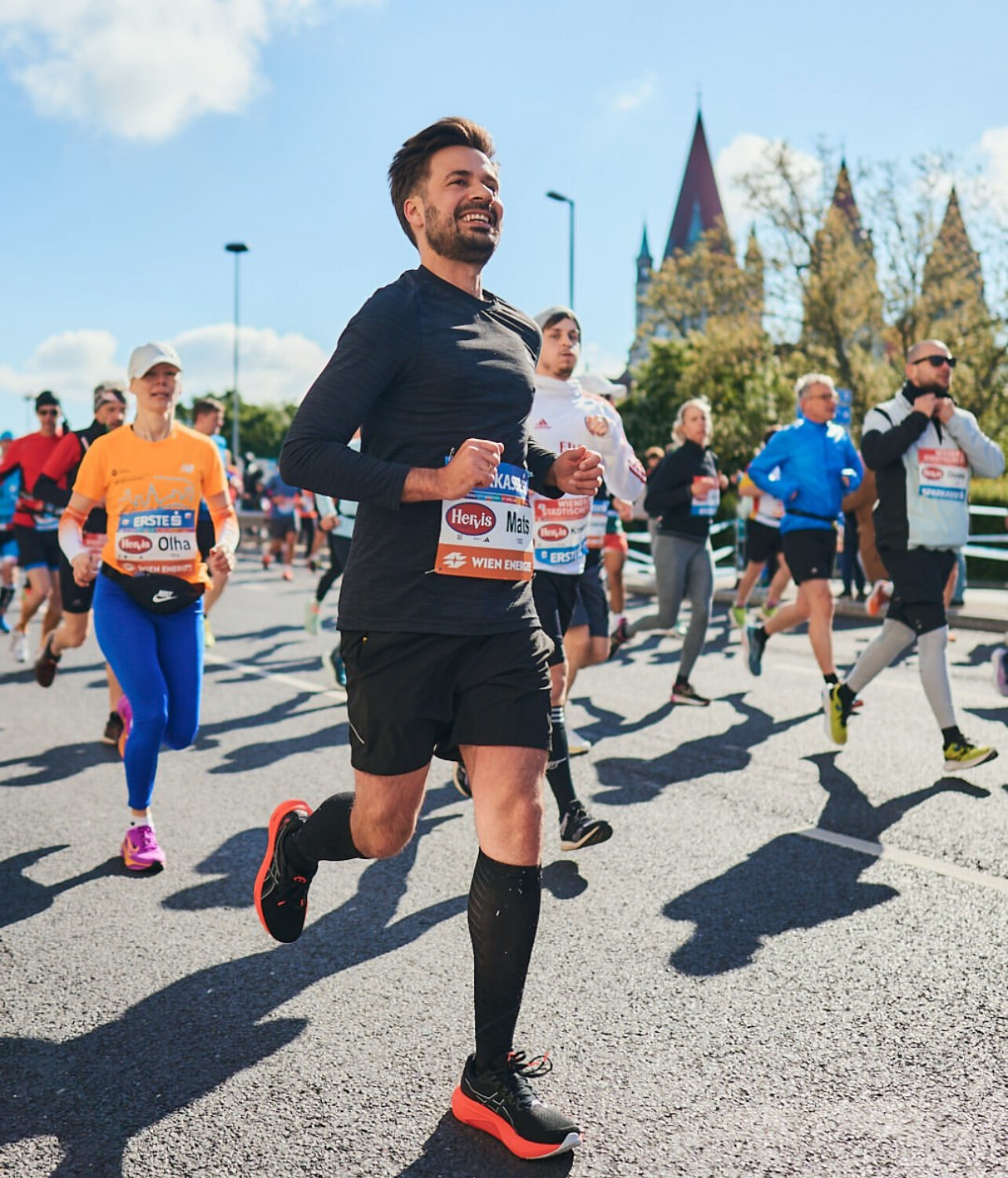
Though the forecast calls for dry but cold weather, with temperatures just above freezing at the 9 a.m. start, the elite field still has its sights set on the 2:05:08 course record.
Kangogo, who ran his PB in Berlin, said he’s eager to team up with Rutto: “I am a frontrunner as well, so we will work together. And once we finish, we will celebrate.”
Rutto made headlines with his course record victory in Rome last year, running solo to a 2:06:24 finish. “I am a frontrunner,” said the 23-year-old. “If you stay behind, you can’t win. On Sunday, I’m going for a personal best.”
Stanley Kurgat brings a strategic edge, having paced Vienna last year up to 32K. “Now I’ll go the full distance. I know this course, and even if it’s cold, it will still be a good race.”
Other strong contenders include Douglas Chebii (2:06:31), Charles Ndiema (2:08:12), and Benard Kimeli (2:08:34). Keep an eye on Bernard Muia, last year’s runner-up in Vienna, who comes in with a 2:09:17 PB from Munich. Meanwhile, Wisley Kibichii, a 59:57 half marathoner, will make his highly anticipated marathon debut.
Vienna City Marathon General Manager Dominik Konrad, son of longtime race director Wolfgang Konrad, emphasized the event’s growing impact: “We’re seeing another running boom. Entries came early and never stopped. This year’s marathon is not only a celebration of sport but also a huge boost to Vienna’s economy, with runners from 146 nations—a record.”
Top Men’s Elite Field – Personal Bests
• Justus Kangogo (KEN) – 2:05:57
• Asbel Rutto (KEN) – 2:06:24
• Douglas Chebii (KEN) – 2:06:31
• Stanley Kurgat (KEN) – 2:07:05
• Charles Ndiema (KEN) – 2:08:12
• Benard Kimeli (KEN) – 2:08:34
• Bernard Muia (KEN) – 2:09:17
• Mica Cheserek (KEN) – 2:09:26
• Kipsambu Kimakal (KEN) – 2:09:41
• Geoffrey Koech (KEN) – 2:10:12
• Haftamu Abadi (ETH) – 2:10:33
• Lemawork Ketema (AUT) – 2:10:44
• Gadisa Tajebe (ETH) – 2:11:02
• Edward Koonyo (KEN) – 2:11:24
• Evans Yego (KEN) – 2:12:56
• Henry Kichana (KEN) – 2:13:06
• Andreas Vojta (AUT) – 2:13:43
• Andrew Davies (GBR) – 2:14:23
• Daverso Ramos (PER) – 2:14:25
• Wisley Kibichii (KEN) – Debut
• Mogos Tuemay (ETH) – Debut
(04/04/2025) ⚡AMPby Race News Service
Vienna City Marathon
More than 41,000 runners from over 110 nations take part in the Vienna City Marathon, cheered on by hundreds of thousands of spectators. From the start at UN City to the magnificent finish on the Heldenplatz, the excitement will never miss a beat. In recent years the Vienna City Marathon has succeeded in creating a unique position as a marathon...
more...Surviving the Sahara – Inside the Marathon des Sables, the World’s Toughest Footrace
Dubbed the toughest footrace on Earth, the Marathon des Sables (MdS) is a grueling multi-day ultramarathon that challenges participants to traverse approximately 250 kilometers across the unforgiving terrain of the Moroccan Sahara Desert. This annual event tests the limits of human endurance, self-sufficiency, and resilience.
A Brief History of a Brutal Race

The Marathon des Sables was conceived by Frenchman Patrick Bauer, who in 1984 embarked on a solo trek of 350 kilometers across the Sahara Desert. Inspired to share this transformative experience, Bauer organized the inaugural race in 1986 with just 23 participants. Since then, the MdS has grown exponentially, attracting over a thousand competitors annually from around the globe.
The Race Format – Six Days of Pain and Perseverance
The MdS spans six stages over seven days, covering diverse and challenging terrains:
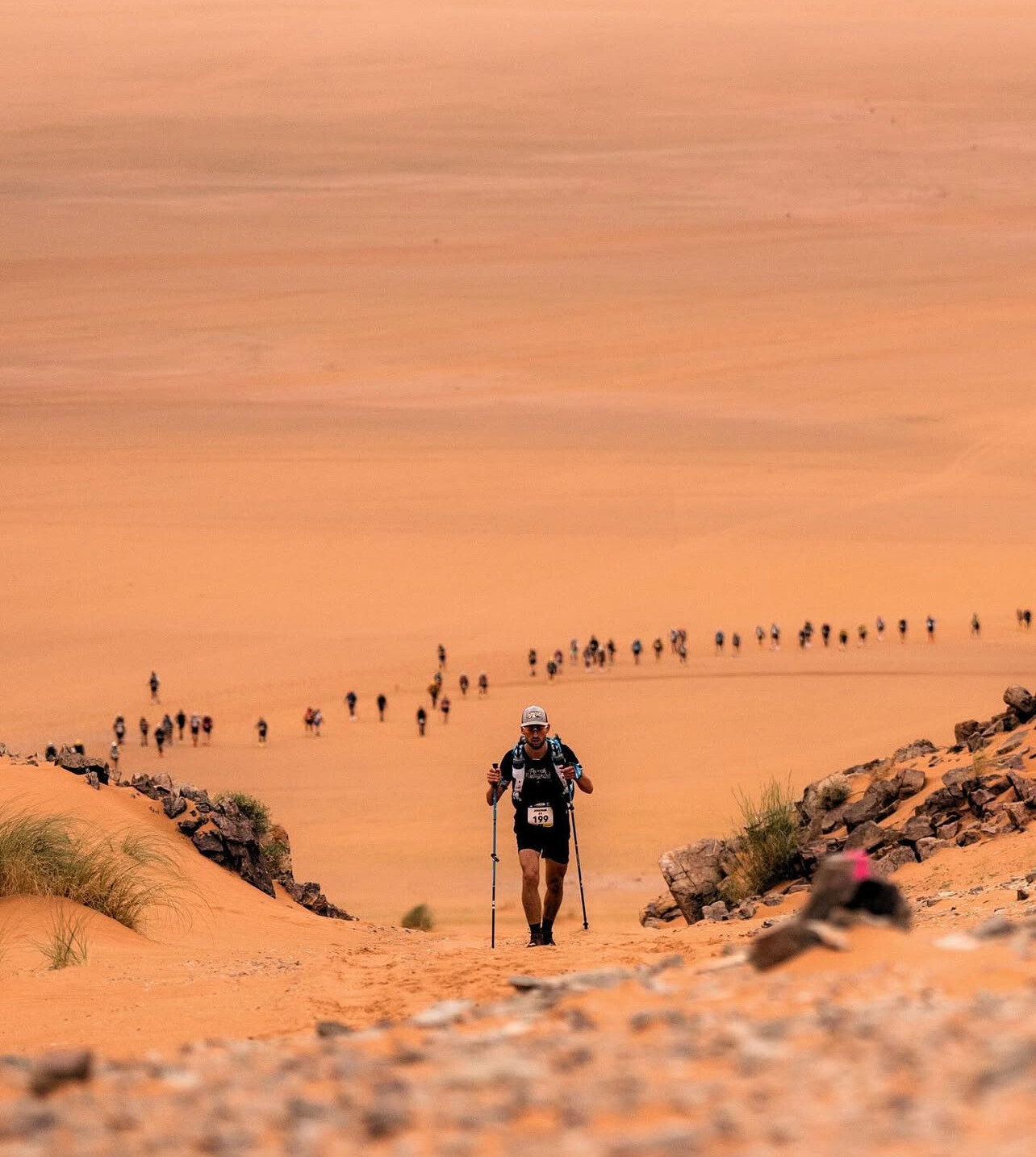
• Stages 1–3: Medium-distance runs of 30–40 km each.
• Stage 4 (The Long Day): An arduous 80+ km stretch, often extending into the night.
• Stage 5: A standard marathon distance of 42.2 km.
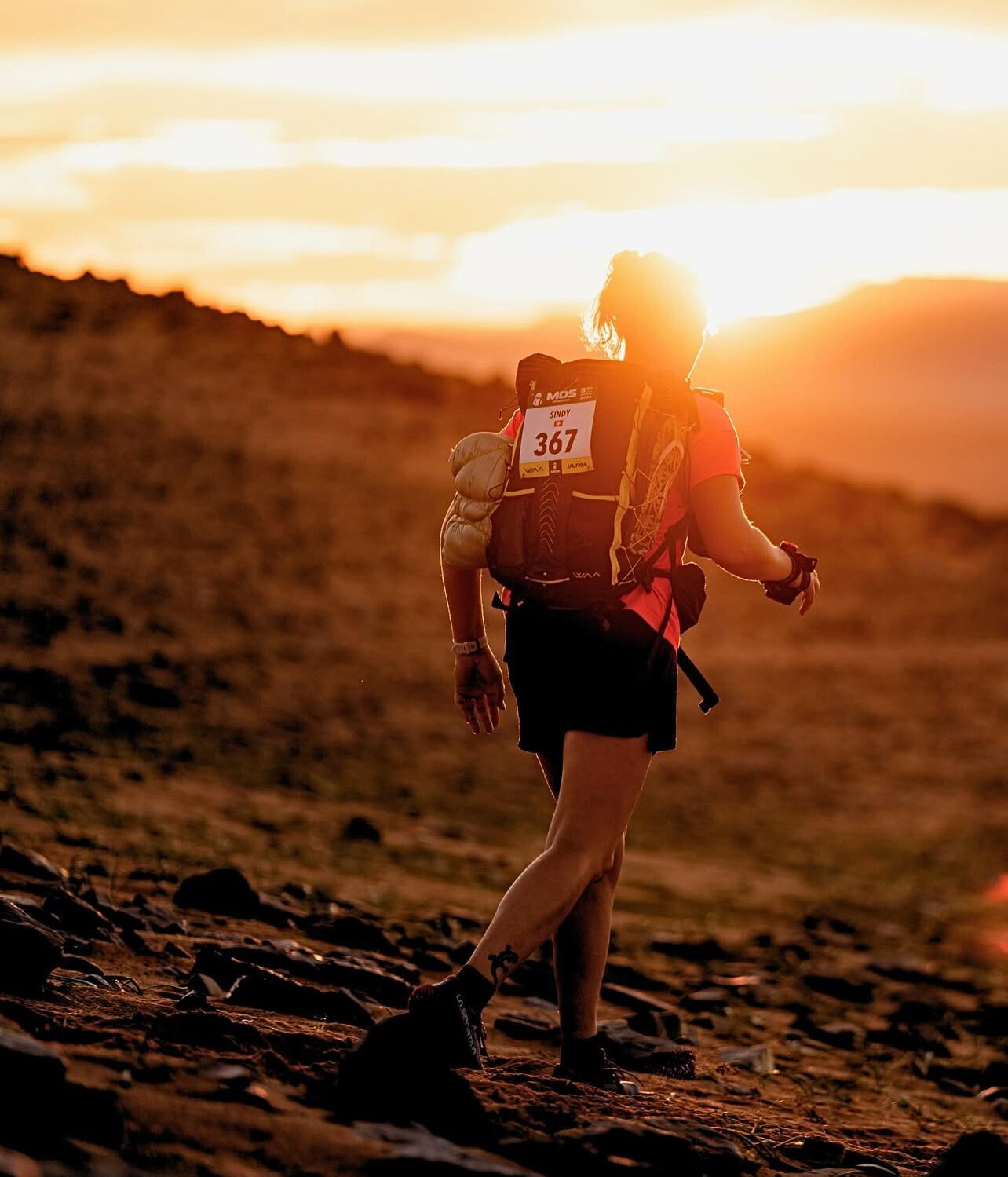
• Stage 6: A non-competitive charity stage, approximately 10 km, fostering camaraderie among participants.
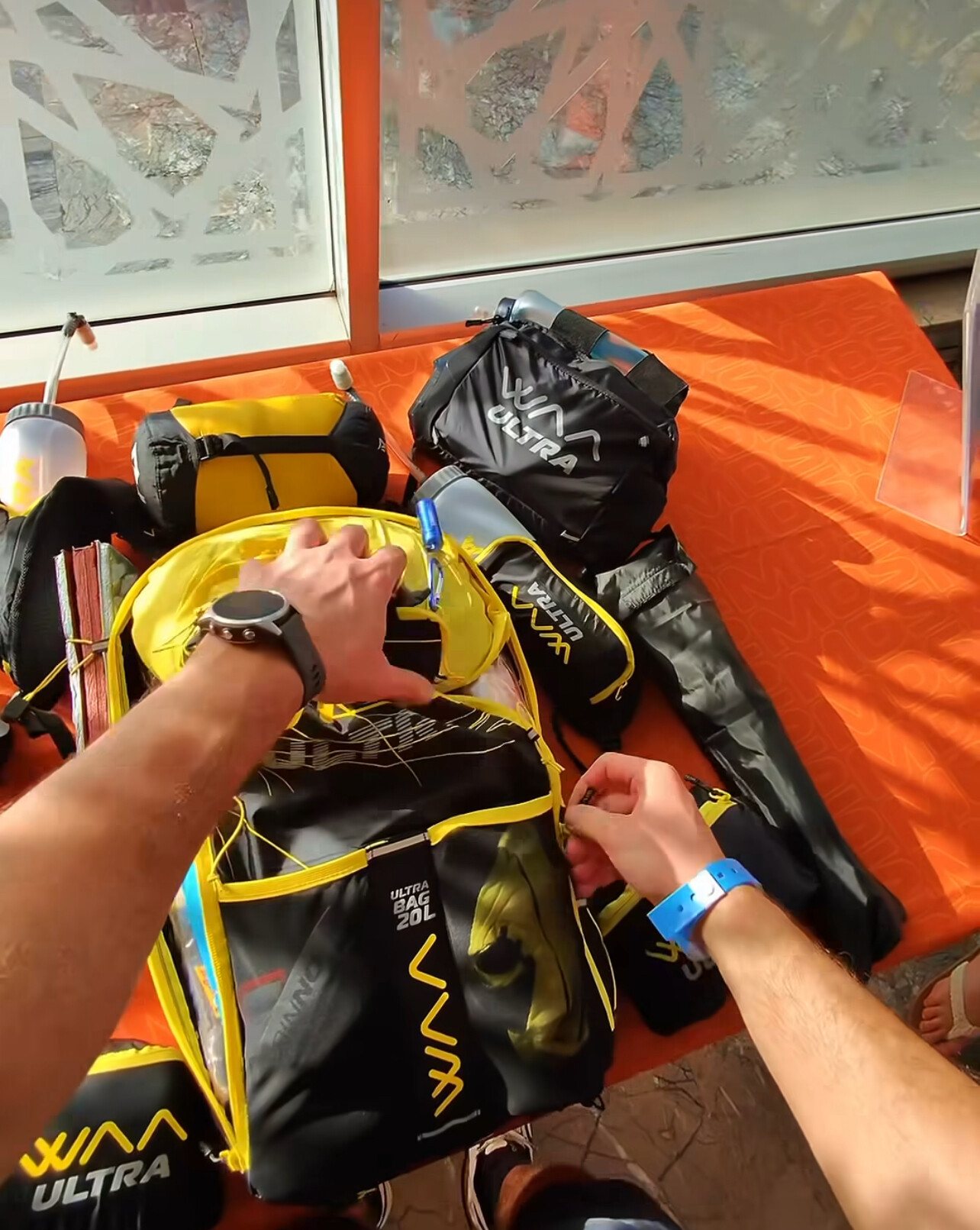
Competitors must be self-sufficient, carrying their own food, equipment, and personal belongings throughout the race. Water is rationed and provided at checkpoints, and communal Berber tents are set up at designated bivouac sites for overnight stays.
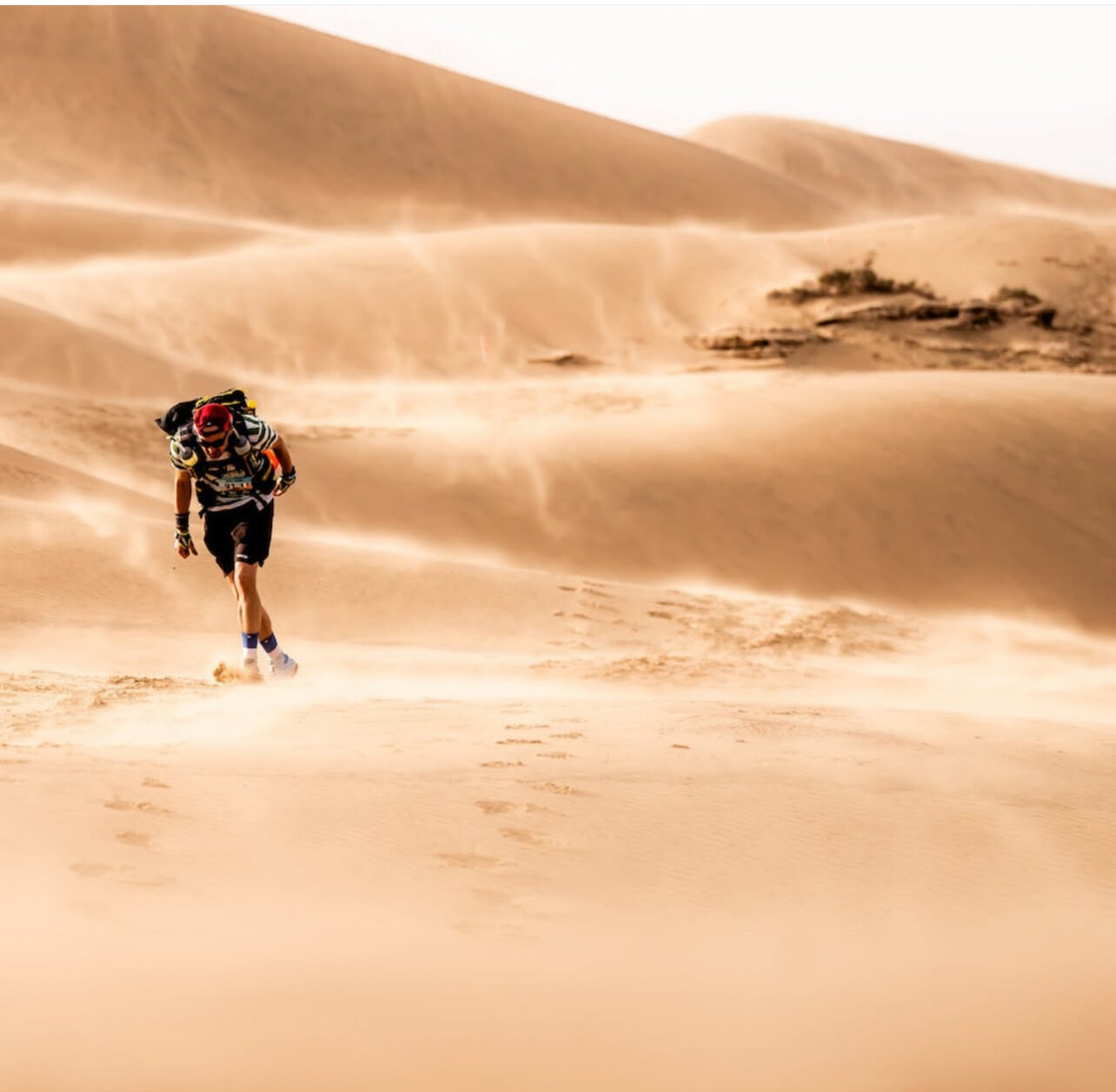
Training and Preparation – Building the Body and the Mind

Preparation for the MdS requires a comprehensive approach:
• Endurance Training: Incorporating high-mileage runs, often back-to-back, to simulate race conditions.
• Strength Conditioning: Focusing on core and lower-body strength to handle the added weight of the backpack.
• Heat Acclimatization: Training in heated environments or during peak temperatures to adapt to desert conditions.
• Mental Fortitude: Developing strategies to cope with isolation, fatigue, and the psychological demands of the race.
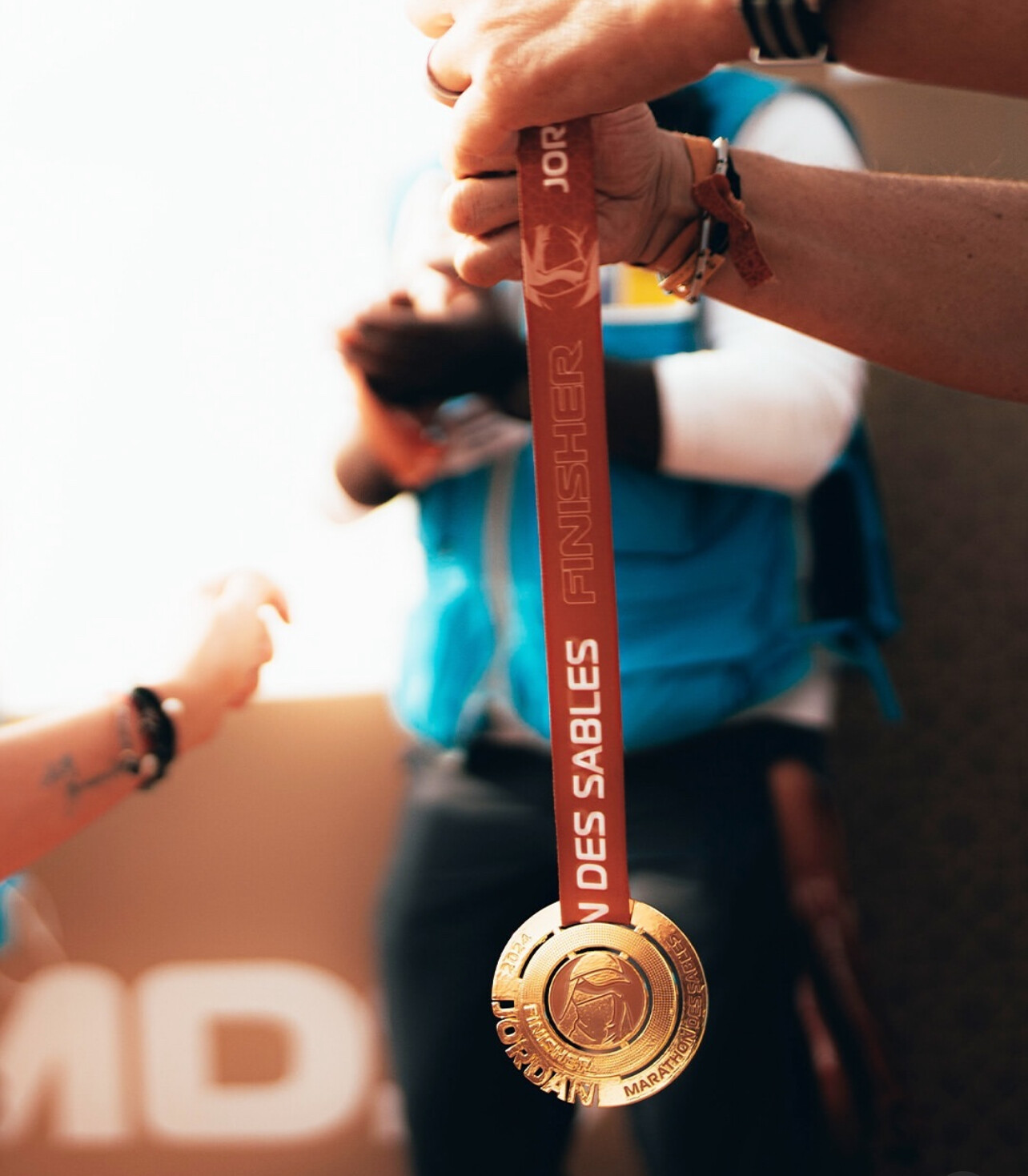
Many participants also engage in simulated self-sufficiency exercises, practicing with their race gear and nutrition plans to ensure efficiency and comfort during the event.
Gear and Packing Essentials – Living Out of a Backpack
Competitors are required to carry mandatory equipment, including:
• Sleeping bag
• Headlamp and spare batteries
• Compass and roadbook
• Emergency whistle and signaling mirror
• Minimum of 2,000 calories per day
• First-aid supplies, cooking equipment, and survival gear
Optional items often include gaiters to prevent sand ingress, specialized desert footwear, and comprehensive blister care kits. Balancing pack weight (typically between 6.5 to 15 kg) with essential supplies is crucial for performance and comfort.
The Daily Grind – Life in the Desert
Each day begins before dawn, with participants breaking camp and preparing for the day’s stage. The course presents a variety of challenges, from towering sand dunes to rocky jebels (mountains), under the relentless desert sun. Checkpoints provide rationed water and medical support, but the journey between them is a true test of endurance.
Evenings are spent at bivouac sites, where runners tend to injuries, share experiences, and rest under the starlit Sahara sky, fostering a unique sense of community and mutual support.
Famous Runners and Legendary Stories
The MdS has seen remarkable athletes:
• Rachid El Morabity: A Moroccan runner with multiple victories, renowned for his dominance in desert ultramarathons.
• Laurence Klein: A French athlete with several MdS wins, exemplifying endurance and resilience.
Inspirational tales abound, such as that of Mauro Prosperi, an Italian competitor who in 1994 survived nine days lost in the desert after a sandstorm veered him off course—drinking bat urine and eating lizards before eventually being rescued.
Why They Keep Coming Back
For many, one MdS is enough. For others, it becomes an annual pilgrimage. The appeal goes beyond running—it’s about testing your limits and discovering who you really are when stripped of all comfort.
The camaraderie, the solitude, the intensity, and the transformation draw people back. In a world filled with convenience, the MdS offers a rare crucible: a space where pain becomes purpose and exhaustion becomes transcendence.
(04/04/2025) ⚡AMPby Boris Baron
Marathon Des Sables
The Marathon des Sables is ranked by the Discovery Channel as the toughest footrace on earth. Seven days 250k Known simply as the MdS, the race is a gruelling multi-stage adventure through a formidable landscape in one of the world’s most inhospitable climates - the Sahara desert. The rules require you to be self-sufficient, to carry with you on your...
more...Sydney McLaughlin-Levrone’s Unmatched Dominance in the 400m Hurdles
Sydney McLaughlin-Levrone has firmly established herself as a formidable force in track and field, particularly in the 400-meter hurdles. Her performances have not only shattered records but have also set new benchmarks for the sport.
Record-Breaking Performances

At the 2024 Paris Olympics, McLaughlin-Levrone clinched gold in the 400m hurdles, setting a new world record with a time of 50.37 seconds. This remarkable feat surpassed her previous record of 50.65 seconds, set just months earlier at the U.S. Olympic Trials.
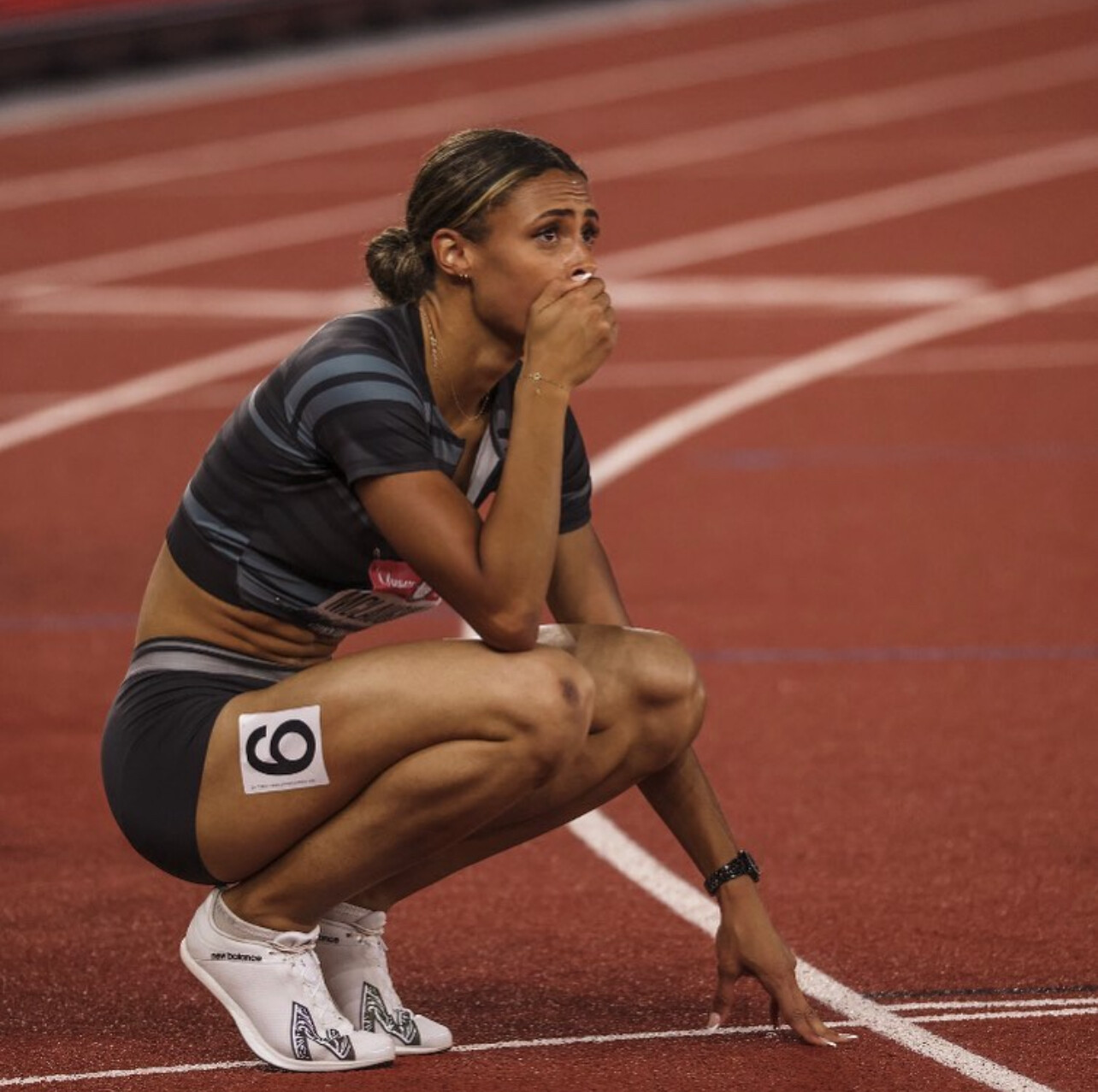
Unprecedented Winning Margins

McLaughlin-Levrone’s dominance is further highlighted by her significant winning margins. In the Paris final, she finished 1.5 seconds ahead of the silver medalist, Anna Cockrell, who clocked 51.87 seconds. This margin is unprecedented in the history of the event at the Olympic level.

Consistency at the Pinnacle
Demonstrating unparalleled consistency, McLaughlin-Levrone has set the world record in the 400m hurdles six times, more than any other athlete in the event’s history. Her ability to continually push the boundaries of performance underscores her exceptional talent and dedication.
Technical Mastery and Training Regimen
Her success can be attributed to a meticulous training regimen and technical proficiency. McLaughlin-Levrone maintains an aggressive pace from the starting block, clearing each of the ten 30-inch hurdles with precision. Her ability to sustain speed between hurdles and execute flawless technique has set her apart from her peers.
Inspiration and Legacy
Beyond her athletic achievements, McLaughlin-Levrone serves as an inspiration, emphasizing the importance of discipline and dedication. Her journey reflects a commitment to excellence and a relentless pursuit of greatness.
(04/03/2025) ⚡AMPby Boris Baron
Running Along the Seine River in Paris: My Second Favorite Place to Run
Some runs are so memorable that they stay with you long after you’ve finished them. For me, running along the Seine River in Paris is one of those special experiences. It’s my second favorite place to run, just behind Central Park in New York.
Starting at Notre-Dame: A Run Through the Heart of Paris

My favorite way to run along the Seine starts at Notre-Dame Cathedral on Île de la Cité. Being there when they reopened the cathedral after the devastating fire was a moment I’ll never forget. Seeing it restored and standing tall again makes this starting point even more special.
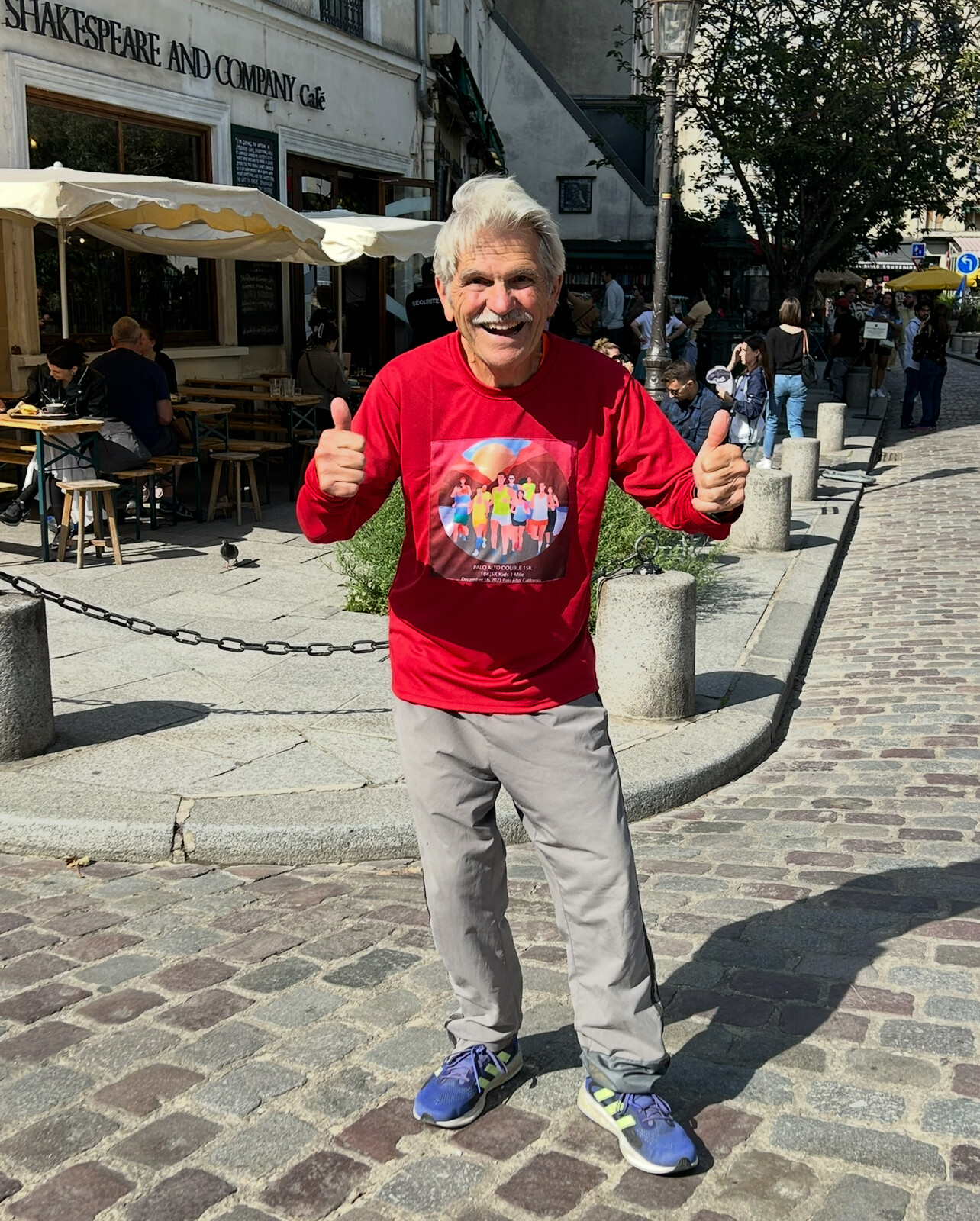
I prefer to run on the right side of the Seine (Rive Droite) first, heading west toward the Eiffel Tower. The early morning is the best time—Paris is still quiet, the air is crisp, and the river reflects the soft glow of the sunrise.
Running West Along the Right Bank (Rive Droite)
Starting at Notre-Dame, I follow the pedestrian paths along the Right Bank. This side of the Seine has a mix of cobblestone walkways and smooth running paths, with plenty of open space.

One of the first landmarks I pass is the Louvre, its grand architecture and glass pyramid still peaceful before the crowds arrive. Continuing west, I run through Port de l’Arsenal and past Pont Neuf, the oldest bridge in Paris, which has stood here since the early 1600s.
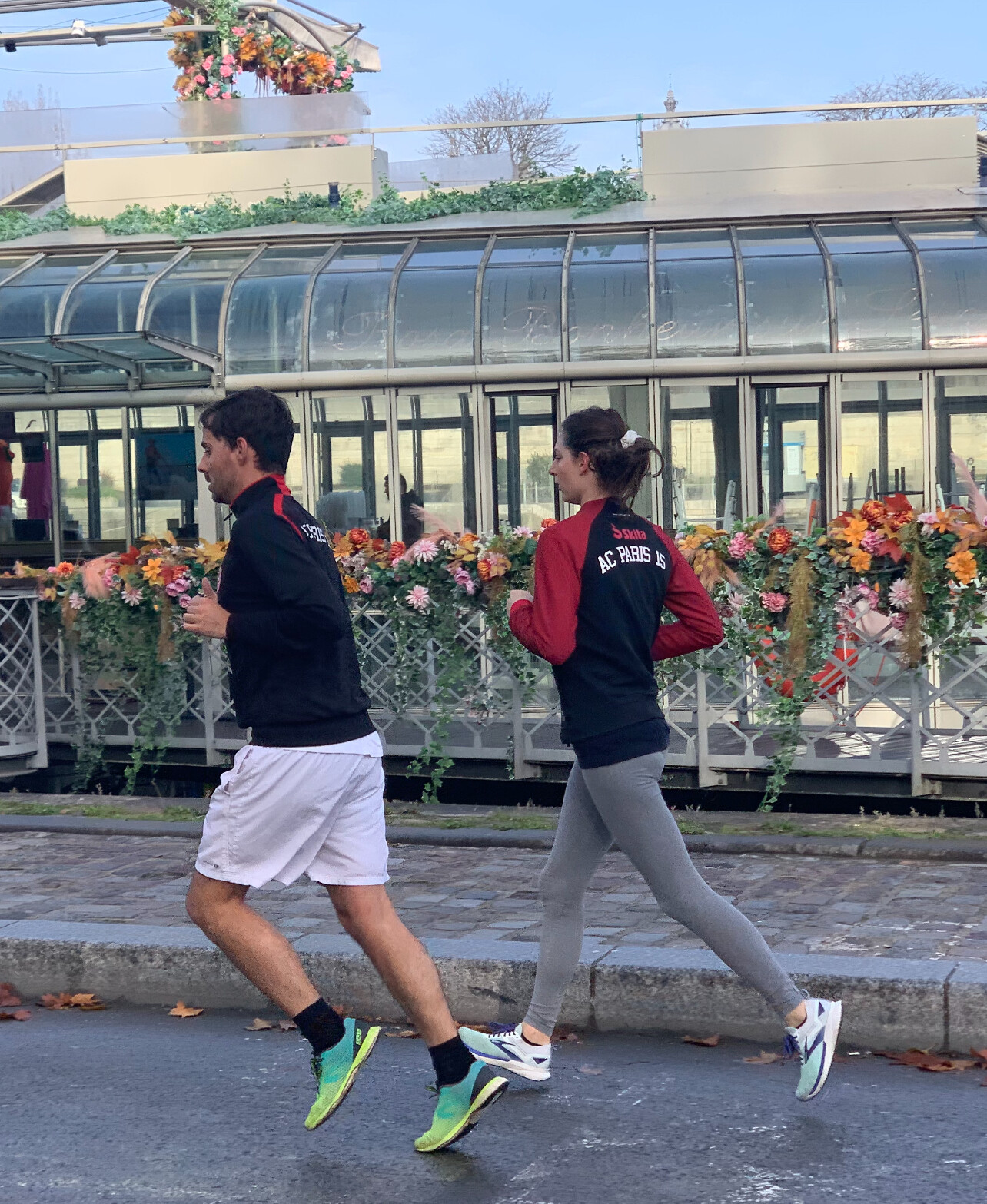
As I approach the Pont Alexandre III, I know I’m getting close to my turnaround point. This is one of the most beautiful bridges in the world, with its golden sculptures and ornate details. Beyond it, the Eiffel Tower rises in the distance, marking the midway point of my run.

Turning Around at the Eiffel Tower
Reaching the Eiffel Tower is always a highlight. No matter how many times I’ve run here, the sight of this iconic landmark never gets old. I take a moment to appreciate the view—sometimes stopping for a quick photo, sometimes just soaking it all in.
This is where I cross over to the Left Bank (Rive Gauche) to begin the second half of the run back toward Notre-Dame.

Returning Along the Left Bank (Rive Gauche)
The Left Bank has a different feel—more relaxed, with wider paths and fewer cobblestones. I pass by the Musée d’Orsay, the beautiful former train station turned art museum, and then continue past Port de Solférino, a scenic section of the river where the city’s energy starts to build.
Running past the Bouquinistes, the historic booksellers who line the riverbanks, is always a treat. Their green wooden stalls, filled with rare books and vintage prints, are a reminder that Paris is a city that treasures history and culture.
As I approach Île de la Cité, the home stretch of the run comes into view. Crossing back over the Seine near Pont Saint-Michel, I finish my run where I started—at Notre-Dame. By now, Paris is fully awake, and the city is alive with movement.
Why This Run is Special
This route is perfect for so many reasons. The mix of smooth paths, breathtaking landmarks, and the feeling of running through history makes every step enjoyable. Splitting the run between the Right Bank on the way out and the Left Bank on the way back also provides a unique perspective of Paris—like seeing the city in two different ways during the same run.
Why It’s My Second Favorite Run
Some runs stand out above all others:
1. Central Park, New York – The perfect balance of nature, varied terrain, and city energy.
2. The Seine River, Paris – A stunning out-and-back run along both banks of the Seine, with world-famous landmarks at every turn.
Final Thoughts

If you’re ever in Paris, I highly recommend running this route. Start at Notre-Dame, head west on the Right Bank, cross at the Eiffel Tower (I had to stop and take a photo of the Tower through the trees) and return along the Left Bank. It’s an unforgettable way to experience the city—and one of the best ways to truly feel the magic of Paris.
And as a special treat, I like to meet my wife Catherine at the little café across (Cafe Paris) from Notre-Dame for a coffee and maybe an avocado toast—and, of course, a nice conversation.
(04/02/2025) ⚡AMPby Bob Anderson
Carlsbad 5000: Striving to Reclaim Its World-Class Status Amidst Challenges
The Carlsbad 5000, once celebrated as the “World’s Fastest 5K,” has experienced significant transformations over the past two decades, leading to concerns about its diminished prominence on the global stage. The men’s course record of 12:59, set by Kenya’s Sammy Kipketer in 2000, stands as a testament to the event’s former prestige. However, subsequent changes in ownership and reductions in prize money have impacted the race’s ability to attract elite international talent.
Ownership Transitions and Their Impact

In June 2017, the Ironman Group, a subsidiary of China’s Wanda Sports Holdings, acquired the Carlsbad 5000. This transition led to shifts in race management and strategic direction, which some participants felt altered the event’s unique character. Concerns were raised about reduced prize money and a perceived decline in the overall participant experience. Recognizing these challenges, Groundwork Endurance, a San Diego-based company, acquired the Carlsbad 5000 in December 2018. The new ownership group includes U.S. Olympian Meb Keflezighi, who expressed enthusiasm for revitalizing the event and preserving its legacy. Keflezighi stated, “I am delighted to join the local ownership team in building upon the legacy of the Carlsbad 5000.”
Prize Money and Elite Participation
Historically, substantial prize purses attracted top-tier athletes to the Carlsbad 5000. For instance, in 2014, the event offered a guaranteed prize pool of $50,000, with $5,000 awarded to the overall champion. In contrast, the 2024 edition featured a total professional prize purse of $16,000, with $5,000 awarded to the first-place male and female finishers.
Additionally, amateur divisions offered a combined purse of $2,400, with $300 for first-place finishers in both the 40+ and 39-and-under categories. While these amounts demonstrate a commitment to rewarding athletic excellence, they may not be sufficient to attract the caliber of elite competitors necessary to restore the event’s world-class status.
Race Categories and Start Times
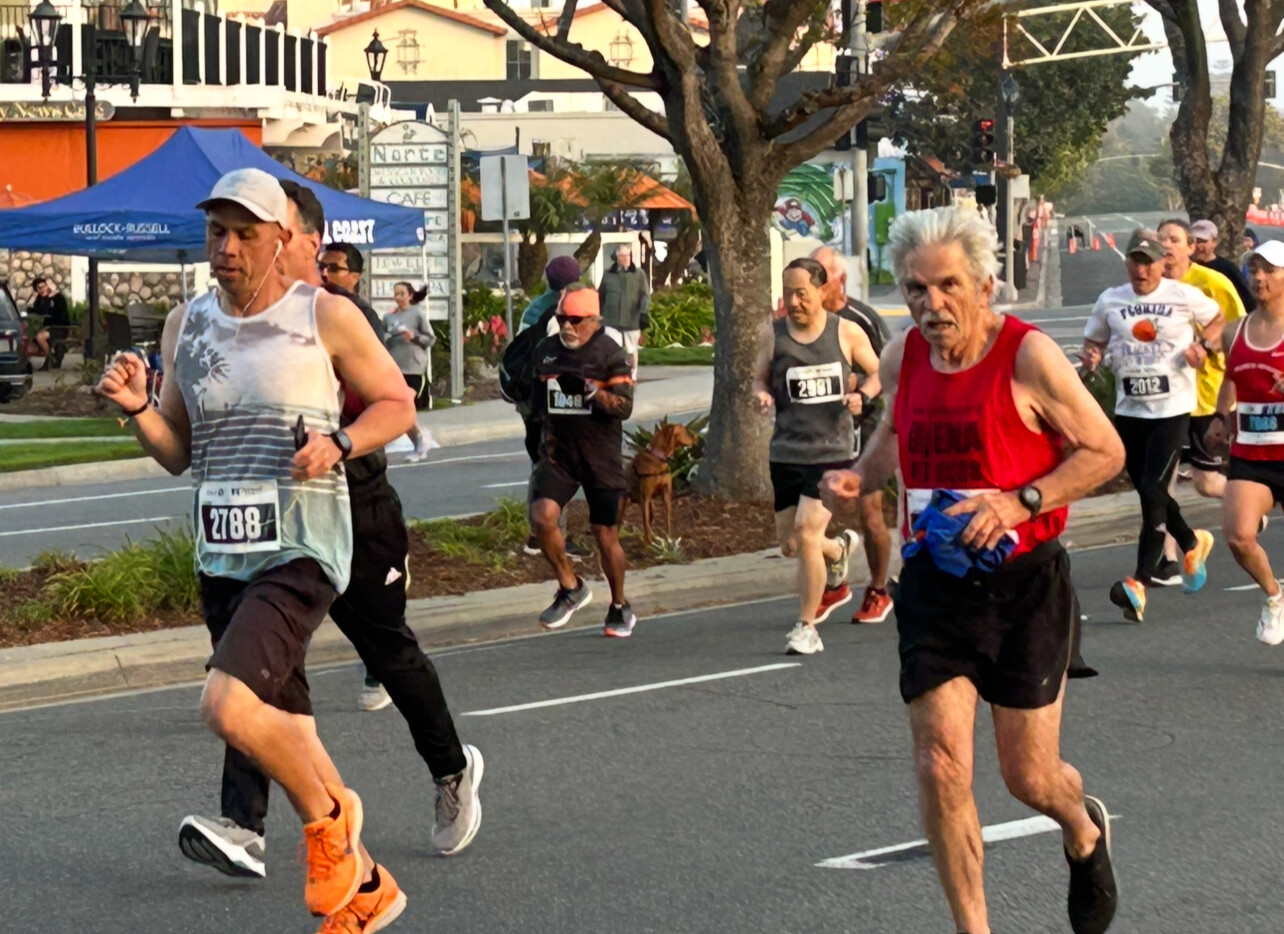
Traditionally, the Carlsbad 5000 features individual 5K races segmented by age and gender, each with its own start time. The categories include:
• Masters Men (Ages 40 & Above): This division caters to male runners aged 40 and over, providing a competitive environment among seasoned athletes.

• Masters Women (Ages 40 & Above): Female runners aged 40 and above compete in this category, fostering a supportive atmosphere for experienced female athletes.
• Open Men (Ages 39 & Under): Younger male participants, up to age 39, race in this division, promoting competition among emerging runners.
• Open Women (Ages 39 & Under): This category is designed for female runners aged 39 and under, encouraging participation among younger women.
• People’s Race (All Ages & Abilities): A non-competitive race open to all genders and ages, welcoming joggers, walkers, and those seeking a more relaxed race experience.
"I ran the the Carlsbad 5000 for 25 straight years," says MBR editor Bob Anderson, "mostly because it had a master only race. I clocked 17:09 there when I was 49. It was such an exciting event." (Photos three and four)
This segmentation allows runners to compete alongside peers in similar life stages, enhancing the race’s appeal to a broad demographic.
Path Forward
To reclaim its position as a premier international road race, the Carlsbad 5000 may need to consider increasing its prize offerings to attract elite talent. Balancing financial incentives with the event’s rich history and community engagement will be crucial in revitalizing the race and restoring its reputation as the “World’s Fastest 5K.”
(04/01/2025) ⚡AMPby Boris Baron with Bob Anderson
Carlsbad 5000
The Carlsbad 5000 features a fast and fun seaside course where 16 world records have been set. Both rookie runners and serious speedsters alike enjoy running or walking in Carlsbad. Weekend festivities kick off Saturday morning with the beloved Junior Carlsbad, a kids-only event in the heart of Carlsbad Village featuring fun runs, toddler trots, and diaper dashes! On Sunday,...
more...Noah Lyles’ Paris 100m Victory: Implications of New Timing Rules on Sprint Records
In the electrifying atmosphere of the 2024 Paris Olympics, American sprinter Noah Lyles clinched the gold medal in the men’s 100m final, clocking a personal best of 9.784 seconds. This razor-thin victory over Jamaica’s Kishane Thompson, decided by just five-thousandths of a second, marked one of the closest finishes in Olympic 100m history.
As the athletics world celebrates Lyles’ achievement, attention turns to forthcoming changes in timing regulations set by World Athletics. Starting in 2025, a significant amendment will alter how sprint times are recorded: the race clock will commence only when an athlete initiates movement, effectively eliminating the inclusion of reaction times in official results.

Under this new system, Lyles’ Paris performance would be recalculated to exclude his reaction time, potentially resulting in a faster recorded finish. This adjustment not only redefines personal bests but also brings Usain Bolt’s longstanding world record of 9.58 seconds into closer contention. The recalibration raises compelling questions about the comparability of sprint times across different eras and the evolving nature of athletic records.
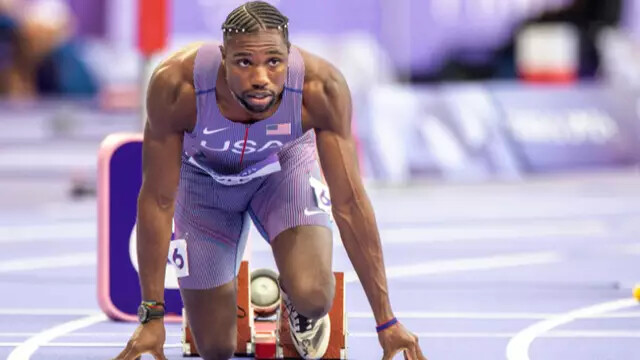
As athletes and enthusiasts alike anticipate the implementation of these changes, the track and field community stands on the cusp of a new chapter—one that may see historical records challenged and the very metrics of speed redefined.
(04/01/2025) ⚡AMPby Boris Baron
Ishmael Kipkurui: From Kenyan Highlands to NCAA Record-Breaker
Ishmael Rokitto Kipkurui, born on February 10, 2005, in Baringo County, Kenya, has rapidly ascended in the world of long-distance running, culminating in his recent NCAA 10,000-meter record-breaking performance.
Early Life and Passion for Running
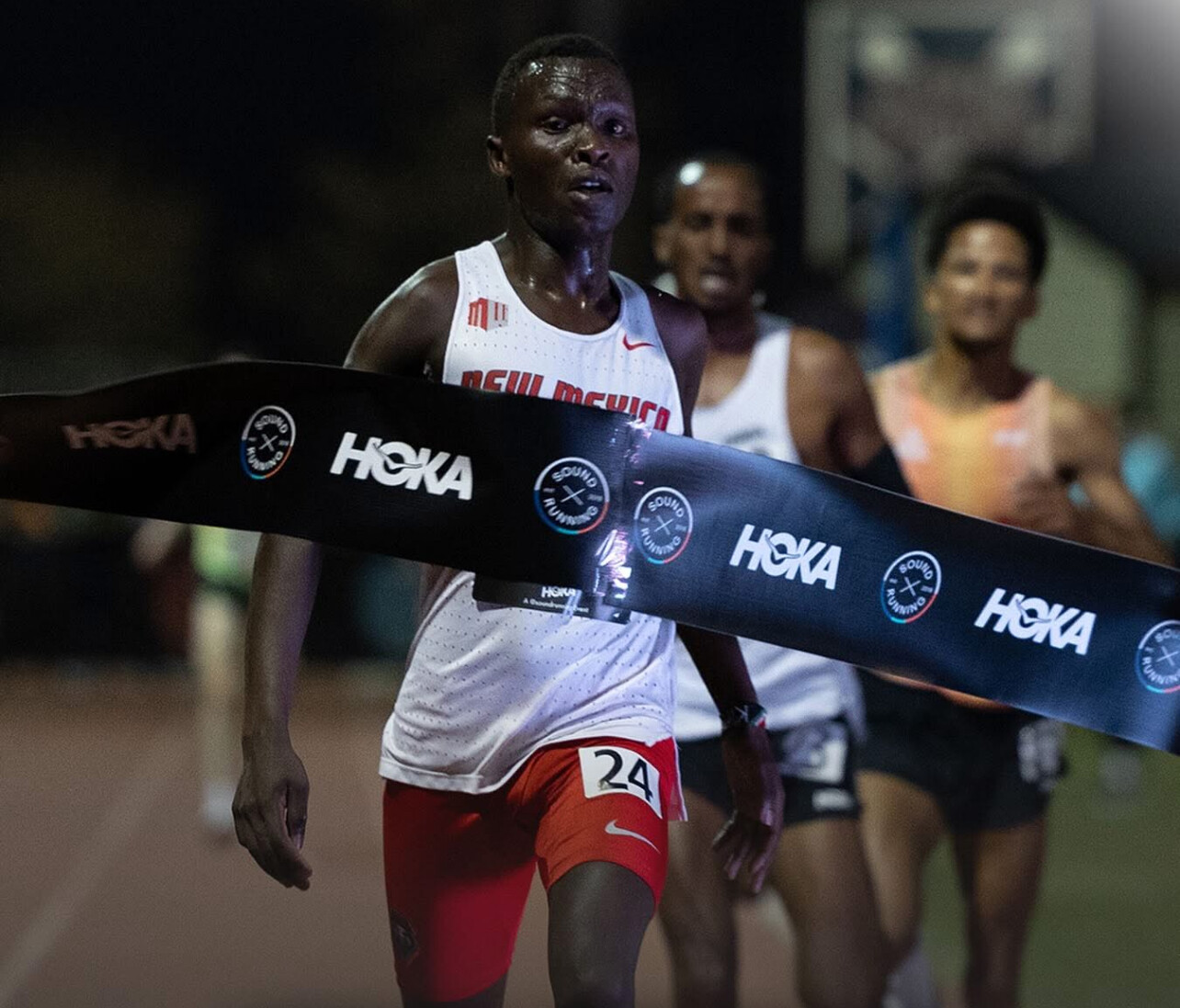
Growing up in Mochongoi near Marigat, Kipkurui was the third of five children. His passion for athletics was evident early on, often training at 4 a.m., illuminating his path with a torch before attending classes at Sinonin Secondary School by 6 a.m. This unwavering dedication allowed him to balance academic responsibilities with rigorous training sessions. Even during training camps, he carried school textbooks to ensure he remained on top of his studies.

Athletic Development and Training
Under the guidance of coaches Julius Kirwa and Barnaba Kitilit, Kipkurui’s talent flourished. His training regimen, characterized by early morning runs and consistent discipline, laid the foundation for his future successes. In 2023, he clinched the U20 title at the World Cross Country Championships in Bathurst, Australia, finishing the 8-kilometer race in 24:29.
Transition to the United States
Kipkurui’s exceptional performances caught the attention of international scouts, leading to his recruitment by the University of New Mexico (UNM). In December 2024, shortly after graduating from Sinonin Secondary School, he committed to joining the UNM Lobos track and field team. This decision was influenced by UNM’s strong track program and its history of nurturing international talent.
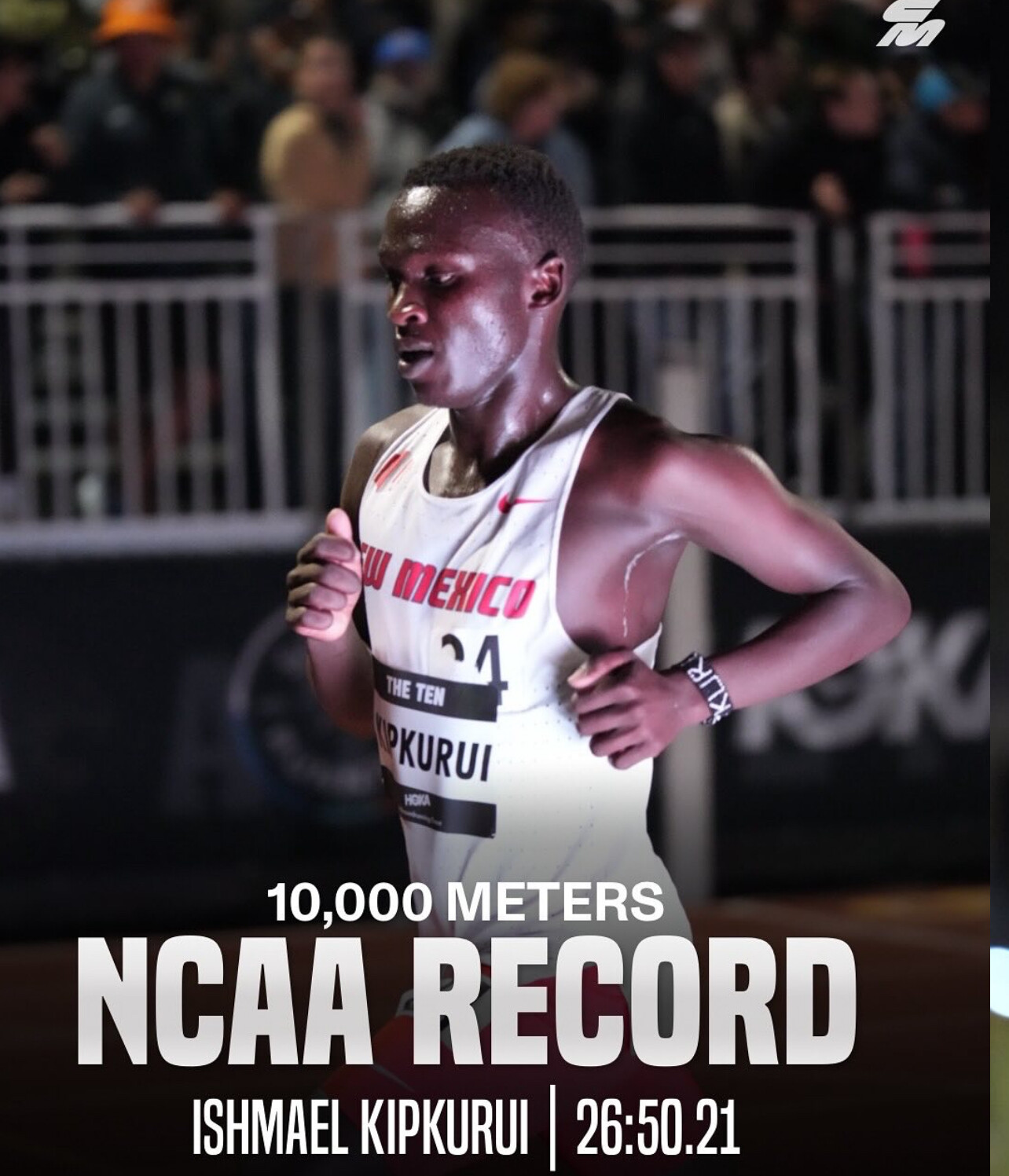
Collegiate Career and Record-Breaking Performance
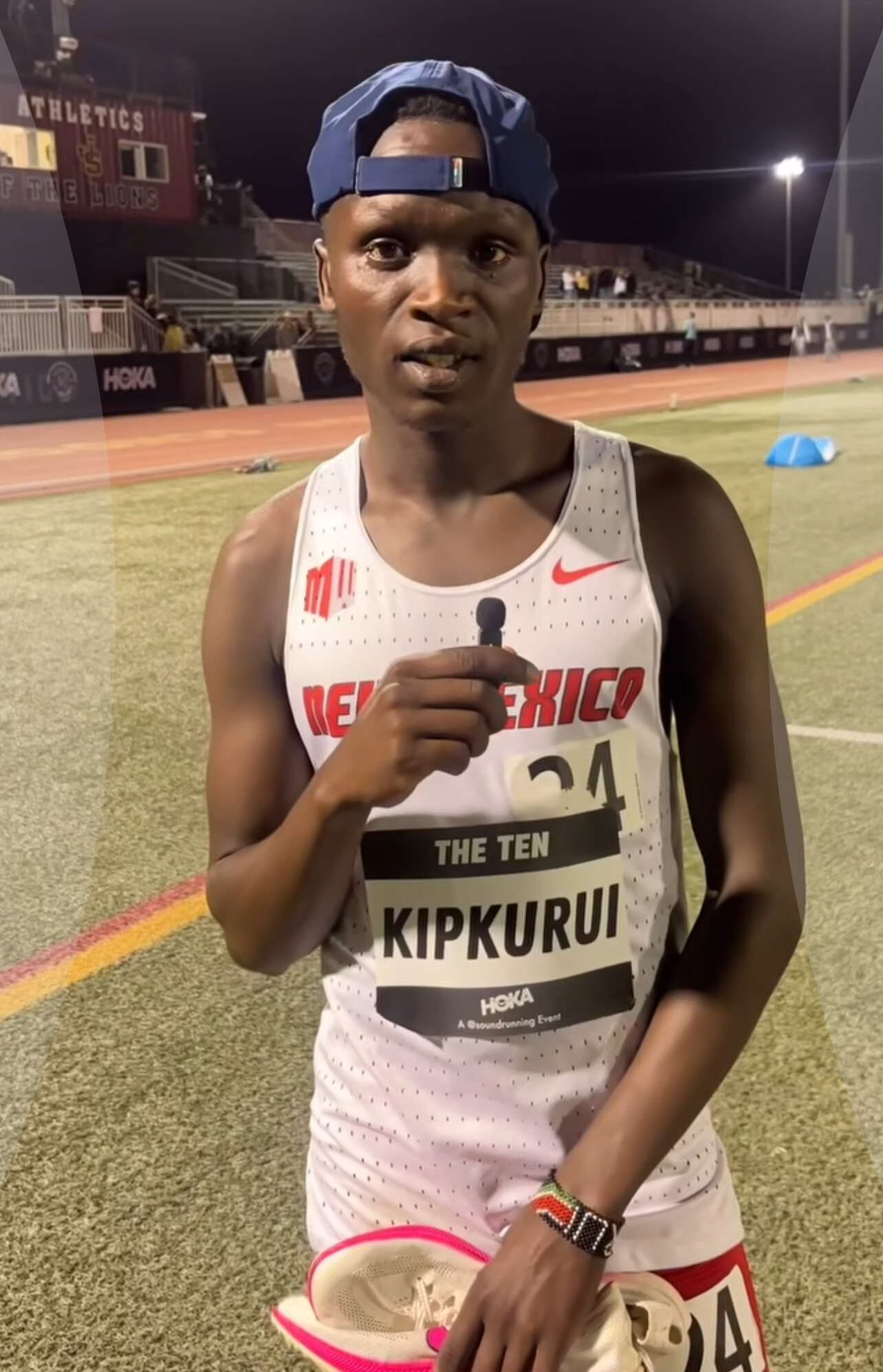
Since enrolling at UNM, Kipkurui has continued to excel. On March 29, 2025, at Sound Running’s The TEN in San Juan Capistrano, California, he set a new NCAA 10,000-meter record with a time of 26:50.21, surpassing the previous record of 26:52.72 set by Nico Young in 2024. His teammate, Habtom Samuel, finished closely behind with a time of 26:51.06.
Personal Bests and Achievements
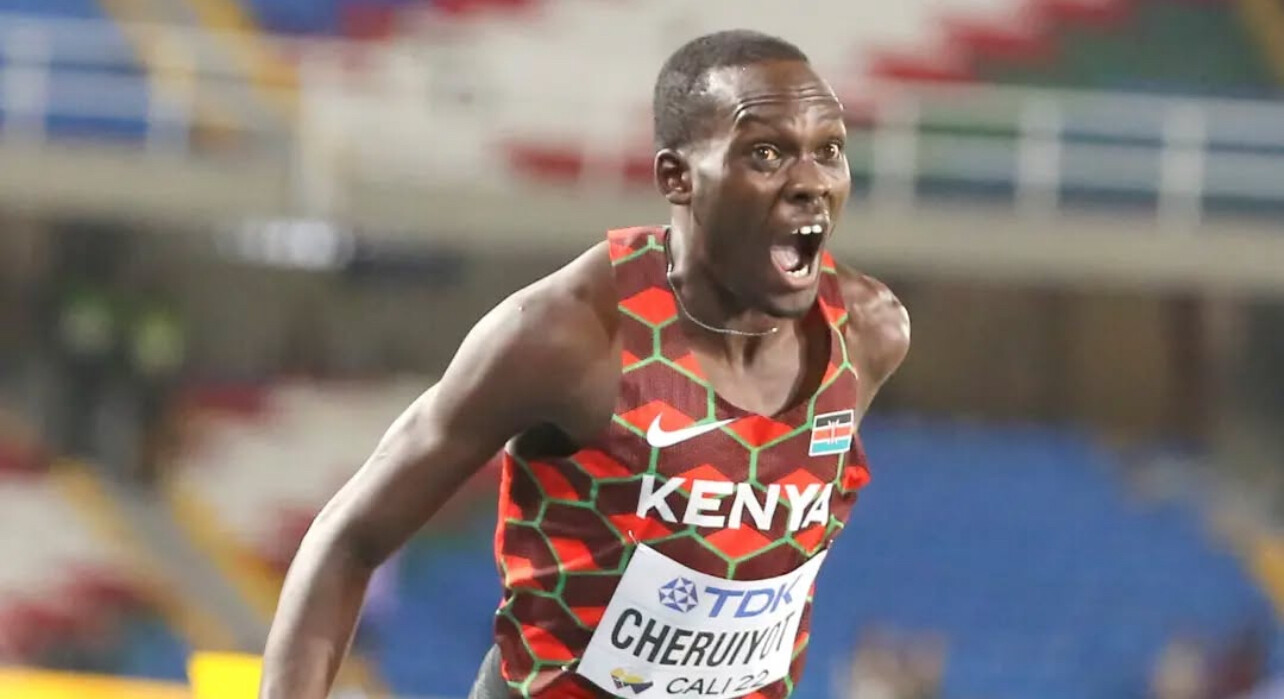
• 3000 meters: 7:38.06 (June 9, 2023, Paris)
• Two miles: 8:09.23 (June 9, 2023, Paris)
• 5000 meters: 13:05.47 (June 15, 2023, Oslo)
• 10,000 meters: 26:50.21 (March 29, 2025, San Juan Capistrano)
On June 9, 2023, at the Meeting de Paris held at Stade Charléty in Paris, France, Ishmael Kipkuruiset personal bests in both the 3000 meters (split) and the two-mile. He clocked 7:38.06 in the 3000 meters and 8:09.23 in the two-mile race. Notably, his two-mile time established a new Kenyan U20 record.
Kipkurui’s journey from the highlands of Kenya to breaking collegiate records in the U.S. exemplifies his dedication and potential in long-distance running. As he continues to develop, the athletics community eagerly anticipates his future accomplishments on the global stage.
(03/31/2025) ⚡AMPby Boris Baron
Can a Woman Legally Break the Four-Minute Mile?
The men’s four-minute mile barrier was once considered impossible—until Roger Bannister broke through on May 6, 1954, clocking 3:59.4. It marked a seismic shift in the world of athletics, changing not only what runners believed was possible, but what the sport expected from its best. Seven decades later, that milestone remains sacred in the women’s mile. The closest anyone has come is Faith Kipyegon of Kenya, who ran 4:07.64 at the Monaco Diamond League on July 21, 2023, smashing the previous world record.
But is a sub-four-minute mile for women still a distant dream—or are we on the cusp of another historic breakthrough?

“I remember when Roger Bannister broke four minutes for the mile,” says My Best Runs founder Bob Anderson. “It was such an exciting moment in history. I think it will be even more exciting when a woman joins the club.”
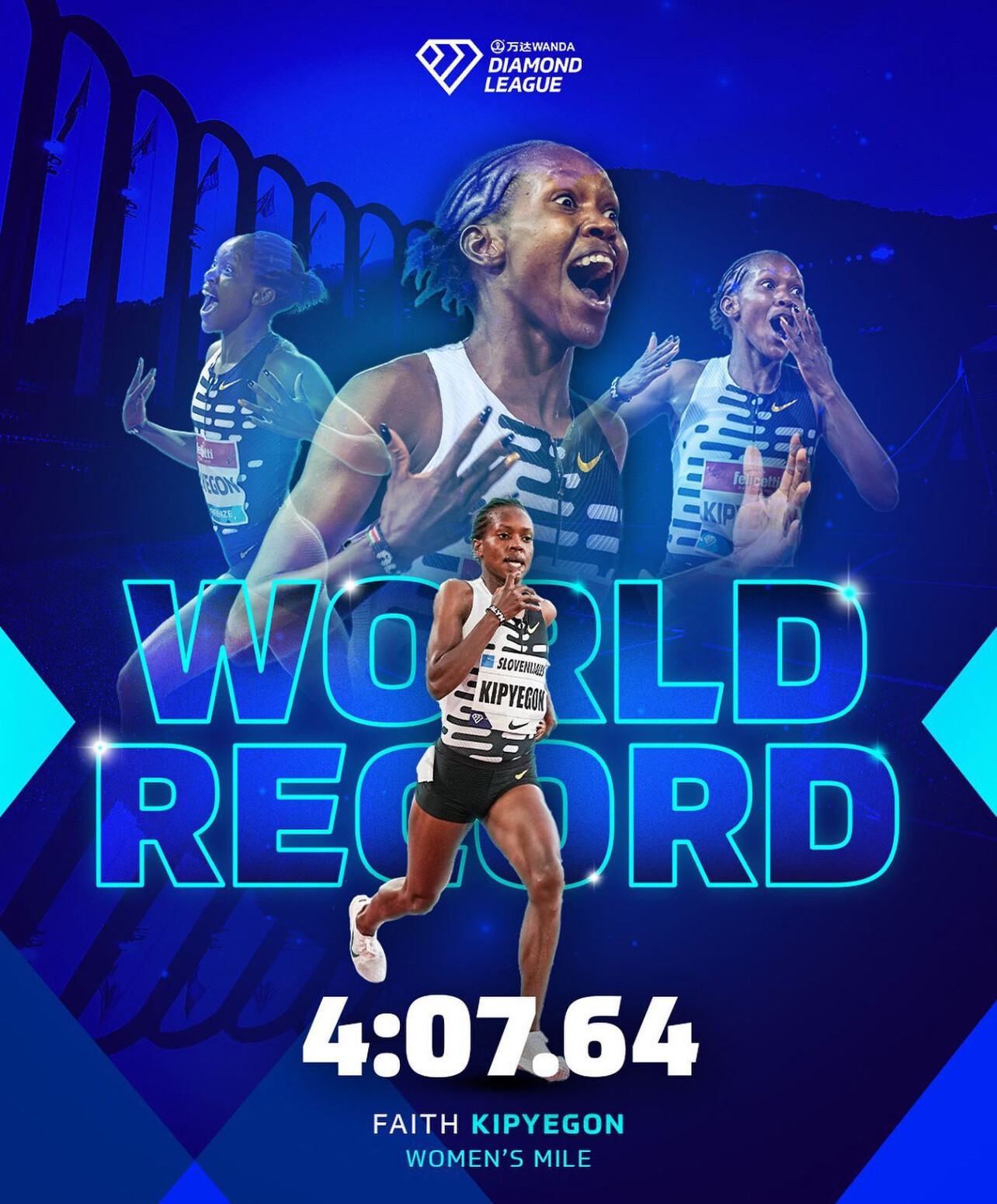
Faith Kipyegon: The Closest So Far
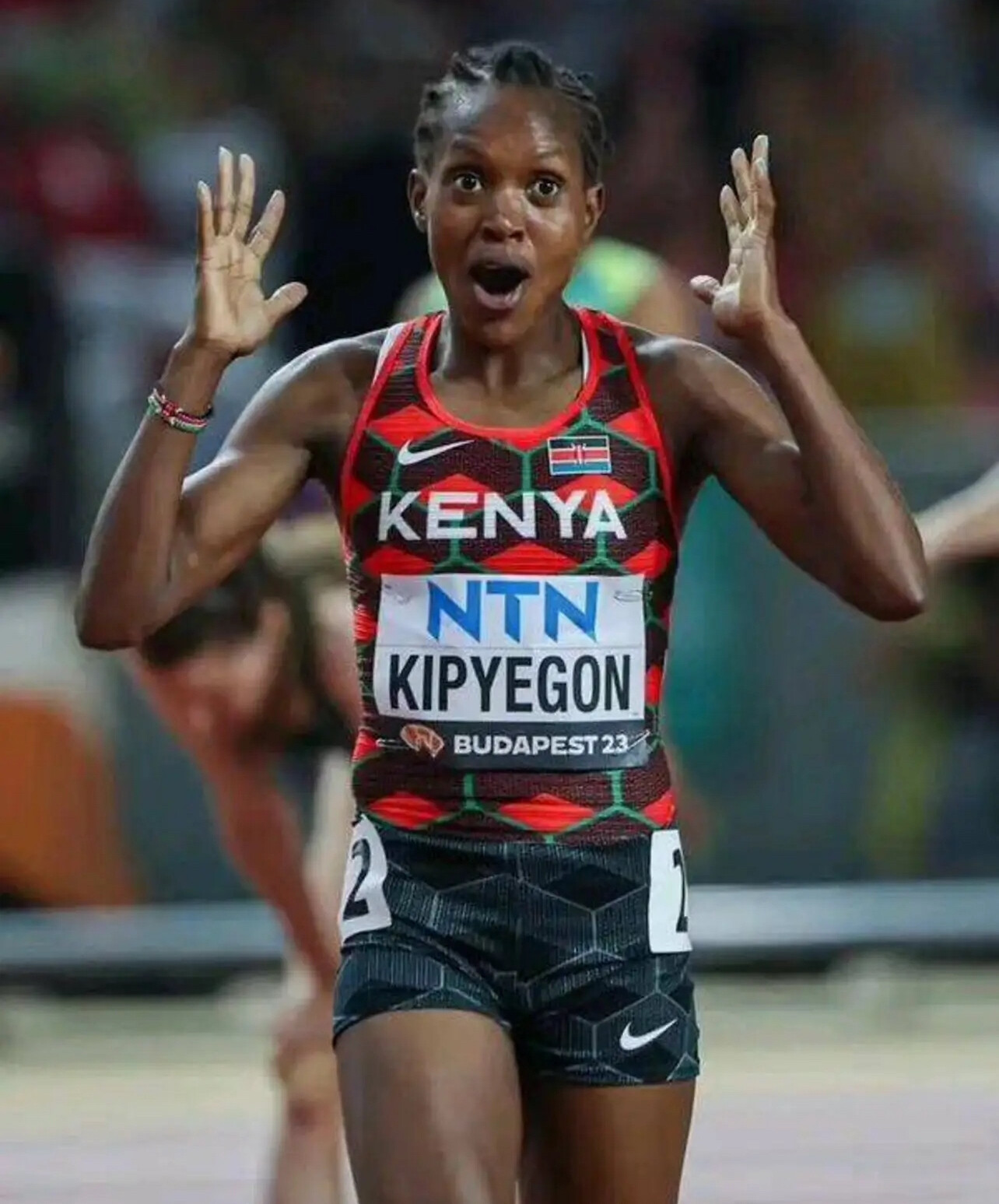
Faith Kipyegon has redefined what’s possible in women’s middle-distance running. Her 4:07.64 run in Monaco wasn’t just a world record—it was a display of precision pacing, power, and race execution. In that race, every single runner set a personal best, national record, or season best. But for Kipyegon to cut another 7+ seconds from that time—down to 3:59.9—would take another leap forward.

She’s already run a 3:49.11 in the 1500m, the fastest time in history. Converted directly, that performance suggests a mile potential close to 4:07–4:05, but a sub-4:00 mile would require averaging approximately 59.8 seconds per 400 meters—four consecutive laps at a pace that currently no woman in history has sustained.
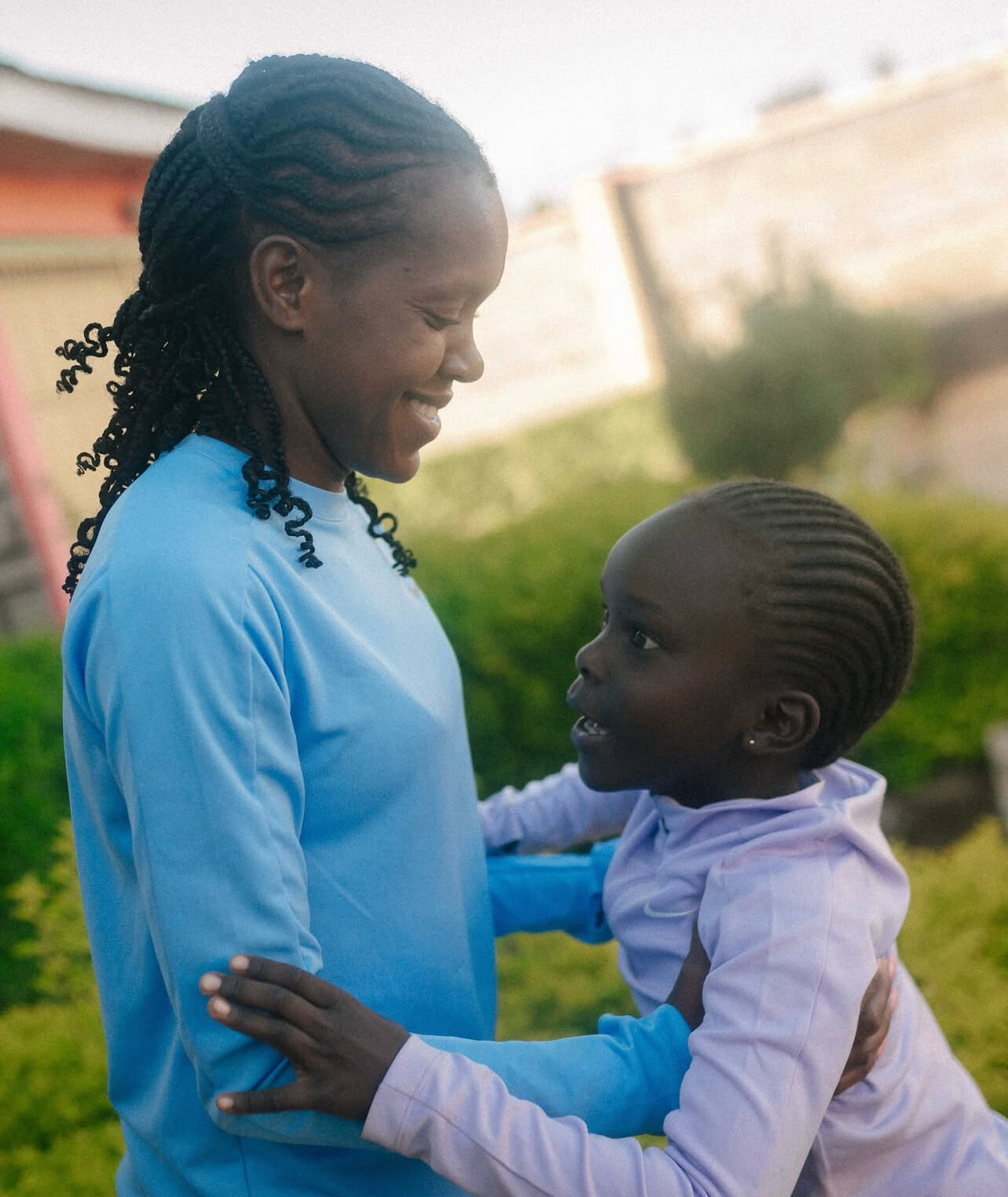
Legality Matters: What the Rules Allow

There has been plenty of discussion about whether women might break four minutes with the help of male pacemakers, similar to what’s been done in mixed road races. But here’s the reality: if a performance is going to count as a world record—or even be considered legitimate in top-level track competition—it must be done in a women-only race.
That means:
• Pacemakers must be female.
• They must be officially entered in the race.
• They must start with the field and not enter partway through.
These rules, established by World Athletics, ensure a level playing field and maintain the legitimacy of records. Male pacers are sometimes used in road races (like marathons and half marathons), particularly in mixed-gender fields, but their use invalidates a performance for women’s-only world record purposes.
So while some researchers have speculated that aerodynamic drafting with perfectly placed pacers could help a woman run 3:59, such scenarios often suggest using alternating pacers (ahead and behind) or male runners, neither of which is legal in women-only track events.
So How Could It Happen—Legally?
If it’s going to happen the right way, the most likely path forward includes:
• Female pacemakers: Even if a sub-four-mile requires a woman to finish the job solo, having another woman help with the first two or even two-and-a-half laps is still legal and useful. But that pacer would have to run the first 800–1000 meters at 4:00 mile pace—meaning 2:00–2:30 for 800–1000 meters. That’s a world-class performance on its own.
• Smart pacing and preparation: The sub-four will take near-perfect training, likely at altitude or with world-class facilities and recovery. It may require peaking for just one race with laser-focused timing.
• Technological and environmental optimization: Legal shoe tech, fast track surfaces, calm weather (for outdoor races), and ideal pacing rhythm will all play a role.
Who Might Do It?
Faith Kipyegon is the leading candidate today. She has shown the range, consistency, and drive needed to make history. But others may be in the wings—young talents with 1500m PRs in the low 3:50s and raw speed over 800 meters could have the perfect blend of endurance and turnover.
It’s also likely that, like Bannister’s 1954 run, the moment will come with the help of a team: pacemakers who understand their job, a well-timed race, and a field that pushes the pace without hesitation.
Final Thoughts
A sub-four-minute mile by a woman is not just a mathematical milestone—it’s a cultural one. It would mark the end of one of the last iconic gender-separated barriers in track and field. It would also be a celebration of decades of progress in training, physiology, opportunity, and competition.
The question is no longer “if,” but “when.”
And when it happens, it might just be one of the greatest moments in the sport’s history.
(03/31/2025) ⚡AMPby My Best Runs Editorial Team
Cameron Myers - Australia’s Middle-Distance Prodigy Breaking Records
Cameron Myers, an 18-year-old Australian middle-distance runner from Canberra, has rapidly ascended in the athletics world, setting multiple records and showcasing exceptional talent on the international stage.
Early Life and Training

Myers began his athletic journey at the age of 10 under the guidance of coach Lee Bobbin. By 14, he transitioned to training with renowned coach Dick Telford, integrating into a group that included Olympian Jye Edwards. This foundational period was crucial in developing the skills that would later define his career.
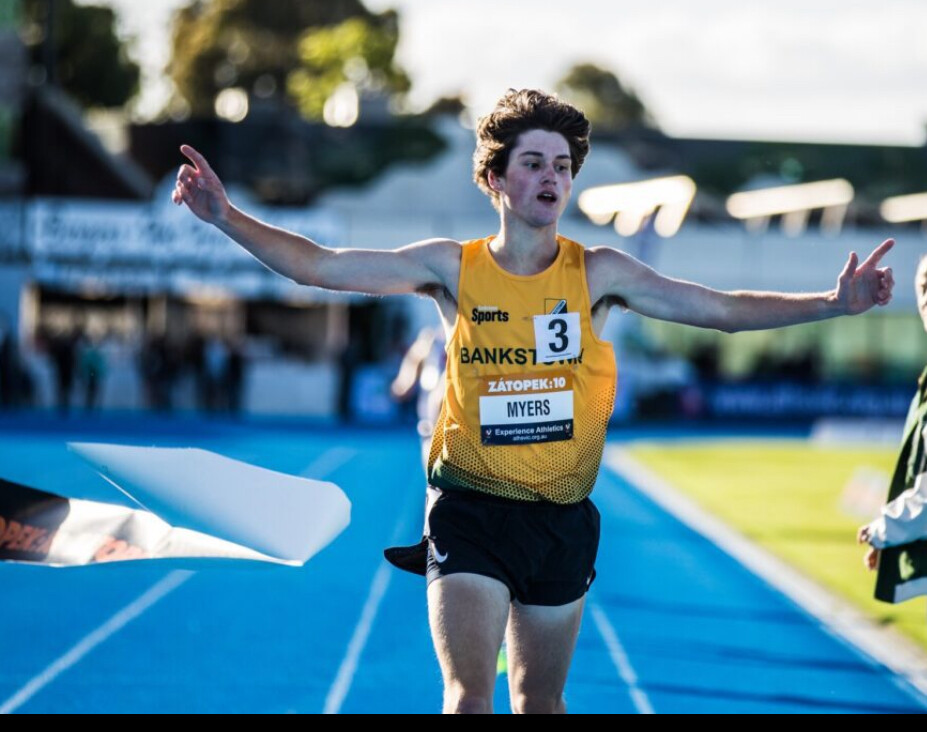
Record-Breaking Performances
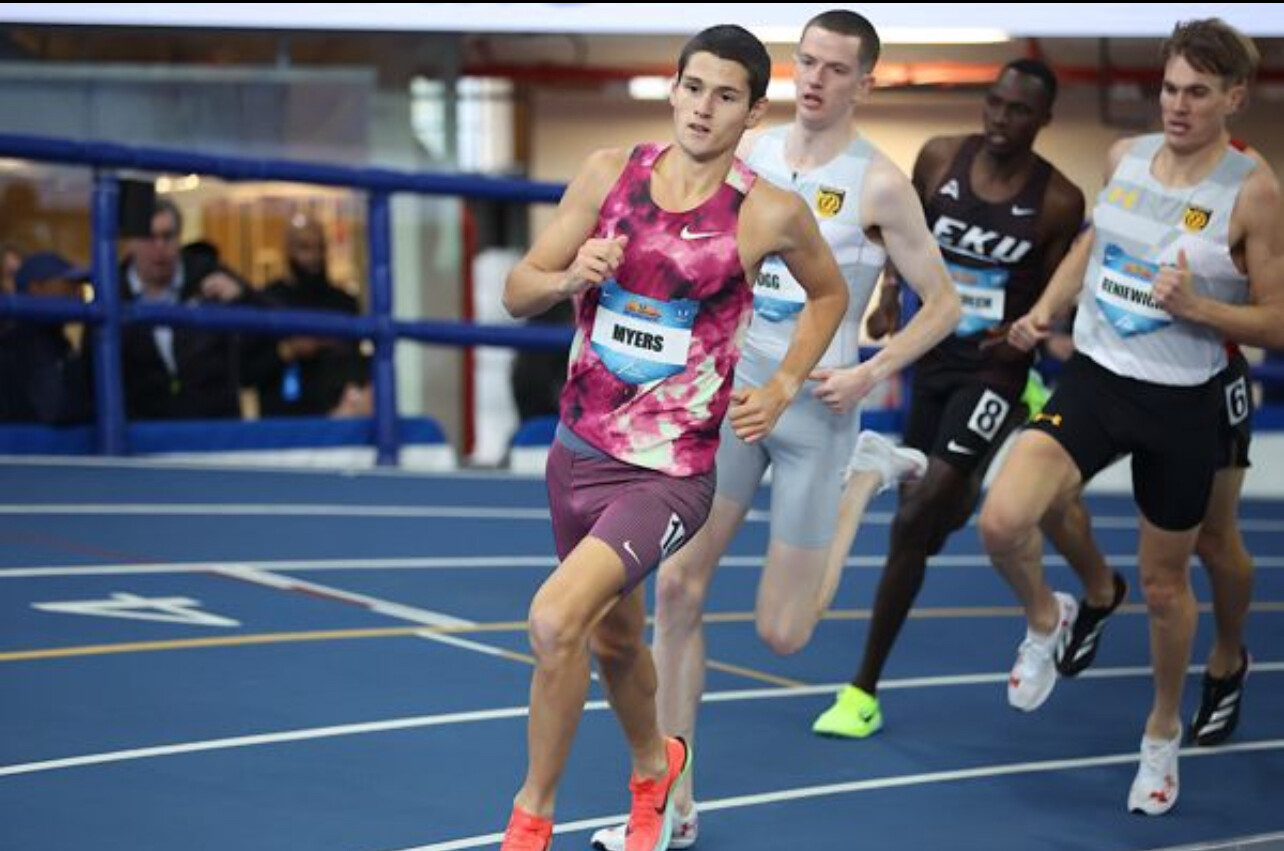
In February 2023, at just 16 years and 259 days old, Myers became the second-youngest person ever to run a sub-four-minute mile, clocking 3:55.44 at the Maurie Plant Meet in Melbourne. This performance surpassed Jakob Ingebrigtsen’s age-group record by over two seconds. Later that year, he set a world U18 best in the 1500m with a time of 3:33.26 at the Diamond League event in Chorzów, Poland.
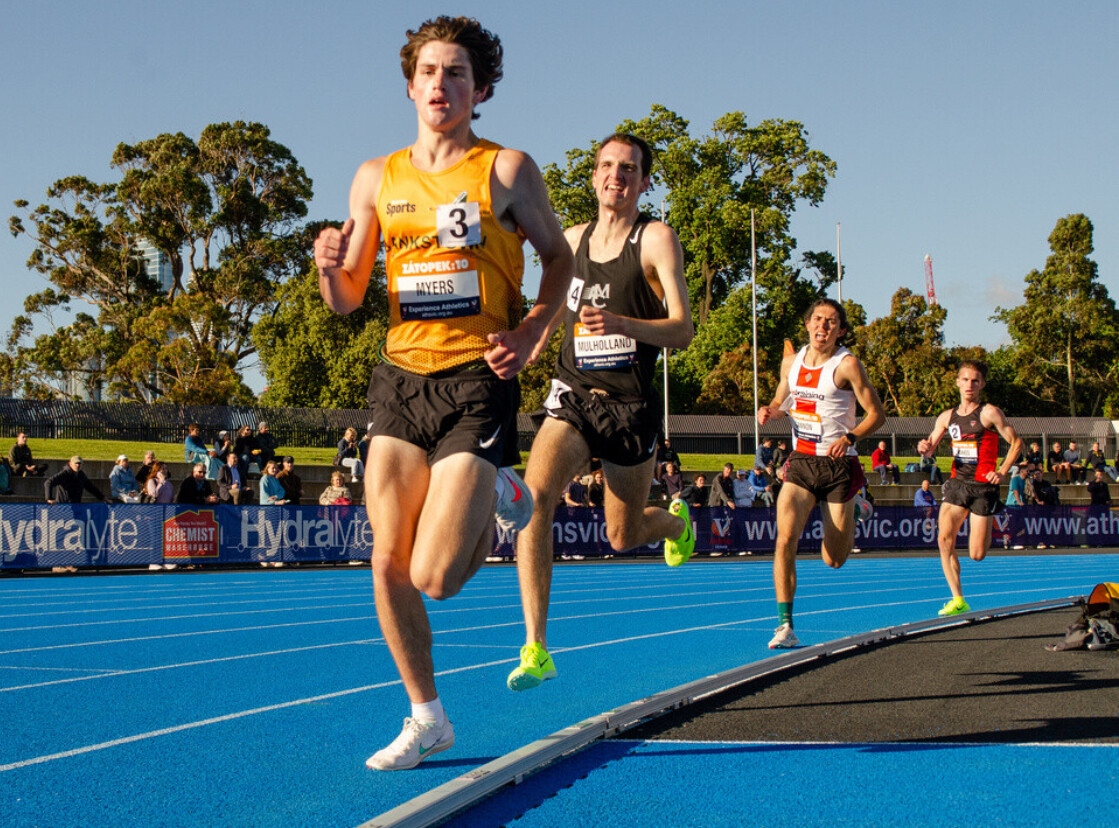
Continuing his upward trajectory, Myers began 2025 with a series of remarkable achievements. On January 25, he shattered the world U20 indoor mile record at the Dr. Sander Invitational in New York, posting a time of 3:53.12. This feat eclipsed the previous record held since 2009. A week later, at the New Balance Indoor Grand Prix in Boston, he set a national record in the 3000m, finishing in 7:33.12.

Recent Competitions
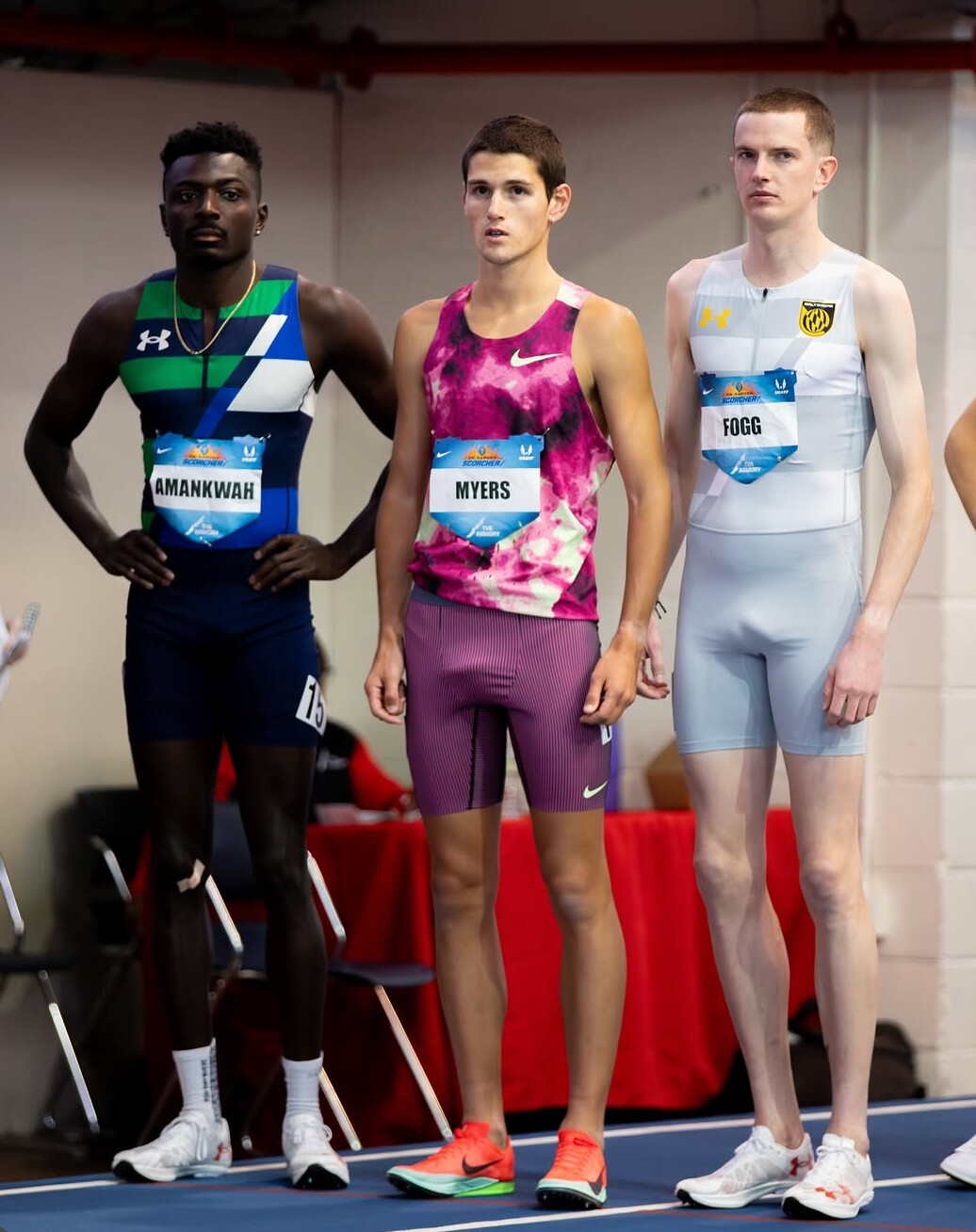
In February 2025, Myers competed in the prestigious Wanamaker Mile at the Millrose Games in New York. Facing a field that included Olympic medalists, he secured third place with a time of 3:47.48, breaking his own world U20 mile record and equaling the Australian national record set by Oliver Hoare in 2022. This performance also marked the first time an under-20 athlete ran the mile in under 3:48.
Most recently, on March 29, 2025, Myers led the 1500m from start to finish at the Maurie Plant Meet in Melbourne, winning with a time of 3:34.98. His commanding performance against a competitive field further solidified his status as a rising star in middle-distance running.
Training and Future Aspirations
Under Telford’s mentorship, Myers has intensified his training regimen, incorporating strength training, altitude sessions, and rigorous threshold workouts to address areas of improvement. Despite narrowly missing qualification for the Paris Olympics, these experiences have fueled his determination to excel in future competitions. With his current trajectory, Myers is poised to make significant contributions to Australian athletics on the global stage.
(03/31/2025) ⚡AMP
by Boris Baron
Sam Ruthe to Compete in 3200-Meter Race at Arcadia Invitational on His 16th Birthday
On April 12, 2025, the day he turns 16, New Zealand’s rising distance running star Sam Ruthe will compete in the 3200-meter race at the prestigious Arcadia Invitational in California. This event, renowned as the “Home of National Records,” is considered the most competitive high school track and field meet in the United States. It is held annually at Arcadia High School in Arcadia, California.
Sam’s participation follows a series of remarkable achievements. On March 19, at just 15, he became the youngest person ever to run a sub-four-minute mile, clocking 3:58.35 at Auckland’s Go Media Stadium. This feat surpassed the previous record held by Norway’s Jakob Ingebrigtsen, who ran a sub-four-minute mile at 16 years and 250 days. Continuing his impressive form, Sam set a new world age-15 best in the 1500 meters with a time of 3:40.12 at the Maurie Plant Meet in Melbourne on March 29.
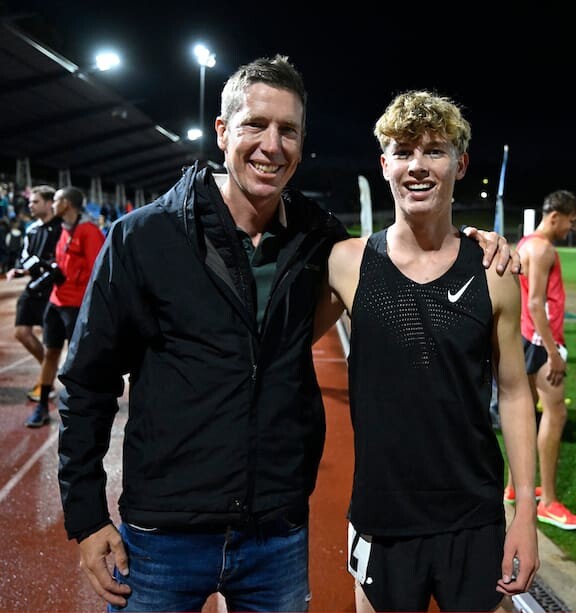
The Arcadia Invitational’s 3200-meter race has been a platform for outstanding performances. In April 2023, Simeon Birnbaum set a meet record with a time of 8:34.10. The following year, 37 boys achieved sub-9-minute times in the 3200 meters, highlighting the event’s competitive depth.
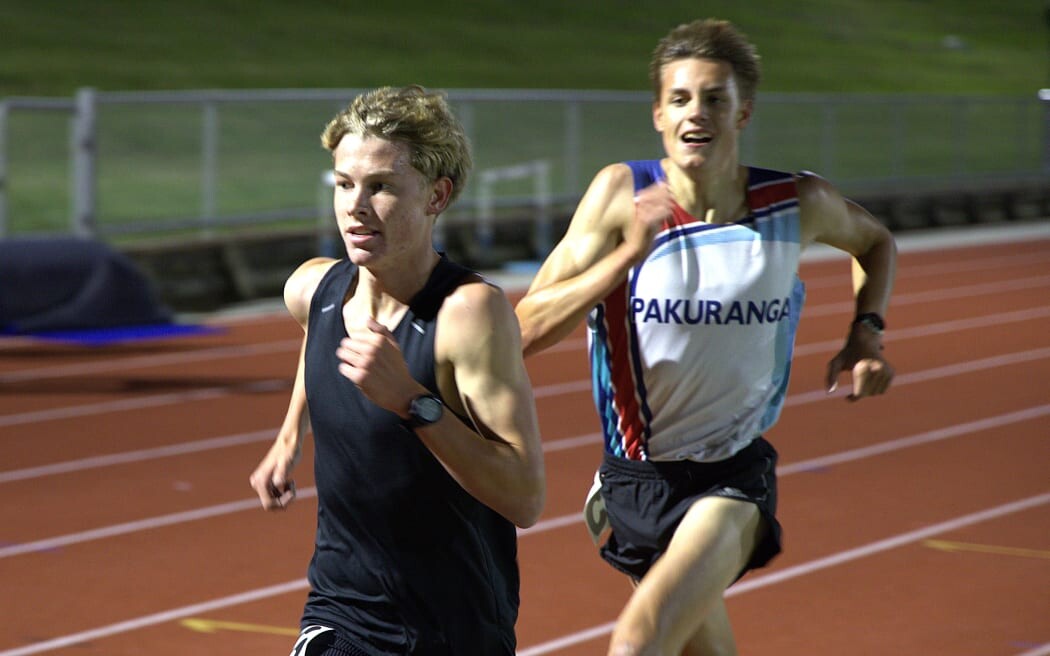
As Sam prepares to compete against top high school athletes in this challenging race, his recent accomplishments suggest he is poised to make a significant impact. Whether aiming for a personal best or seeking to challenge meet records, Sam’s 16th birthday race at Arcadia promises to be a memorable milestone in his burgeoning.
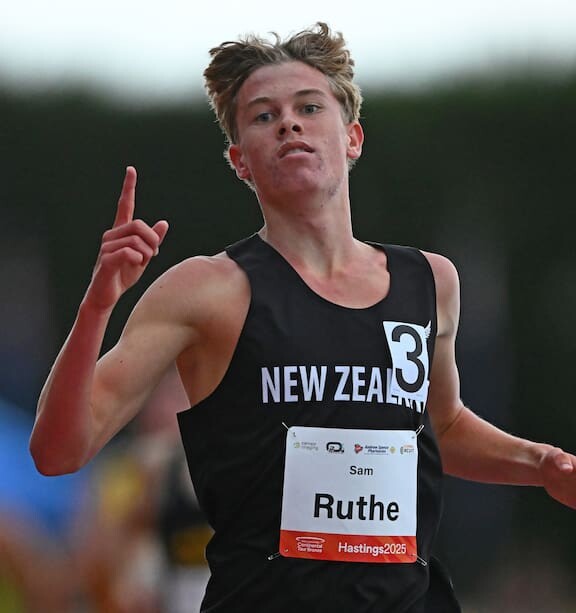
by Boris Baron
Eilish McColgan Dominates McKirdy Micro 10K with Solo Victory
On Sunday, March 30, 2025, Scottish distance runner Eilish McColgan delivered a commanding solo performance at the McKirdy Micro 10K in Valley Cottage, New York, crossing the finish line in an impressive 31 minutes and 3 seconds. This achievement underscores her exceptional endurance and readiness as she prepares for upcoming competitions.
McColgan shared her experience on social media, stating, “Good solo outing today in New York with a 31.03 win!”
The McKirdy Micro 10K, organized by McKirdy Trained, is renowned for its fast course and competitive field. McColgan’s participation and victory further elevate the event’s prestige.
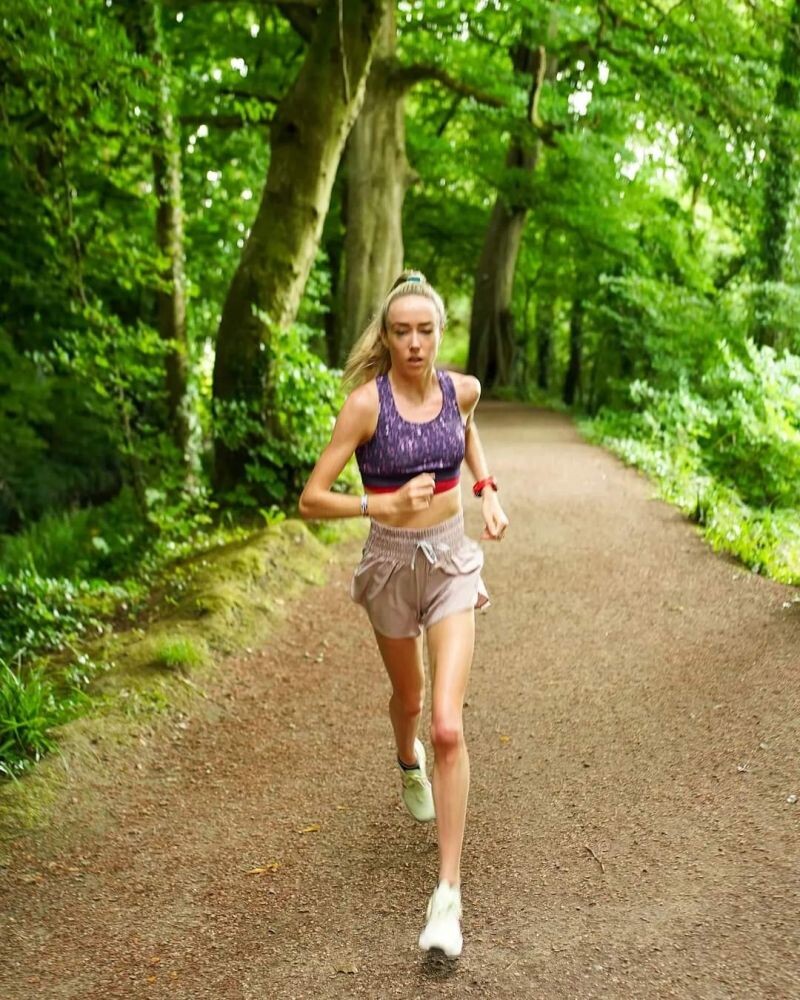
This performance adds to McColgan’s impressive track record. Earlier this year, she clocked a 31:14 over 10 km in Dubai, marking her fastest time at that distance in three years. As she continues her preparations for the London Marathon, McColgan is coming back strong from her setback with injuries.
In the McKirdy Micro 10K, Canadian runner Cleo Boyd secured second place with a time of 33:45.
What is her plan for the future
Eilish McColgan has described an attempt to lower Paula Ratcliffe’s British record on her London Marathon debut on April 27 as “unrealistic”.
She underwent knee surgery in late 2023, only to return for the Paris Olympics in August, but having broken Radcliffe’s 21-year-old British 10k record and improving upon her own British half-marathon record in Berlin, the Scot believes she could beat Ratcliffe’s mark over 26.2 miles at some point.
“Do I think I’m capable of getting down to those times in the future?” she said last month. “Absolutely. I wouldn’t be here if I didn’t think I was. But I’m playing more of a long game, and just taking things month by month and year by year rather than trying to rush things.”
(03/30/2025) ⚡AMPby Boris Baron
The Addictive Nature of Running: Balancing Passion and Well-being
Running is celebrated worldwide for its numerous physical and mental health benefits. However, for some individuals, the line between a healthy passion and an addictive behavior can blur, leading to potential adverse effects. Understanding the signs of running addiction and its implications is crucial for maintaining a balanced approach to this activity.
Understanding Running Addiction
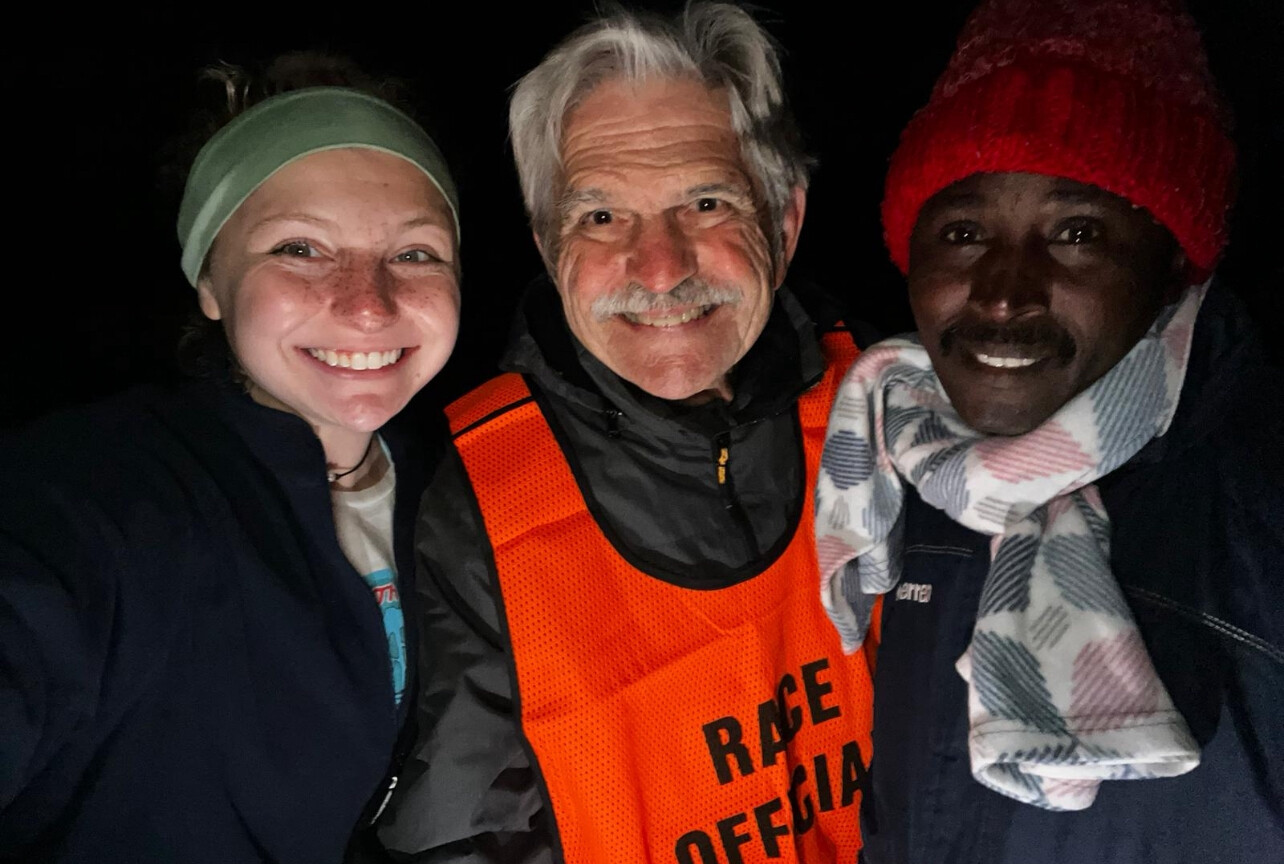
Running addiction, also known as exercise dependence or compulsive exercise, is characterized by an obsessive need to engage in running despite negative consequences. This behavioral addiction can interfere with daily responsibilities, social relationships, and overall health. Studies estimate that approximately 3% of regular gym-goers may exhibit signs of exercise addiction, though prevalence can vary based on the population and type of physical activity.
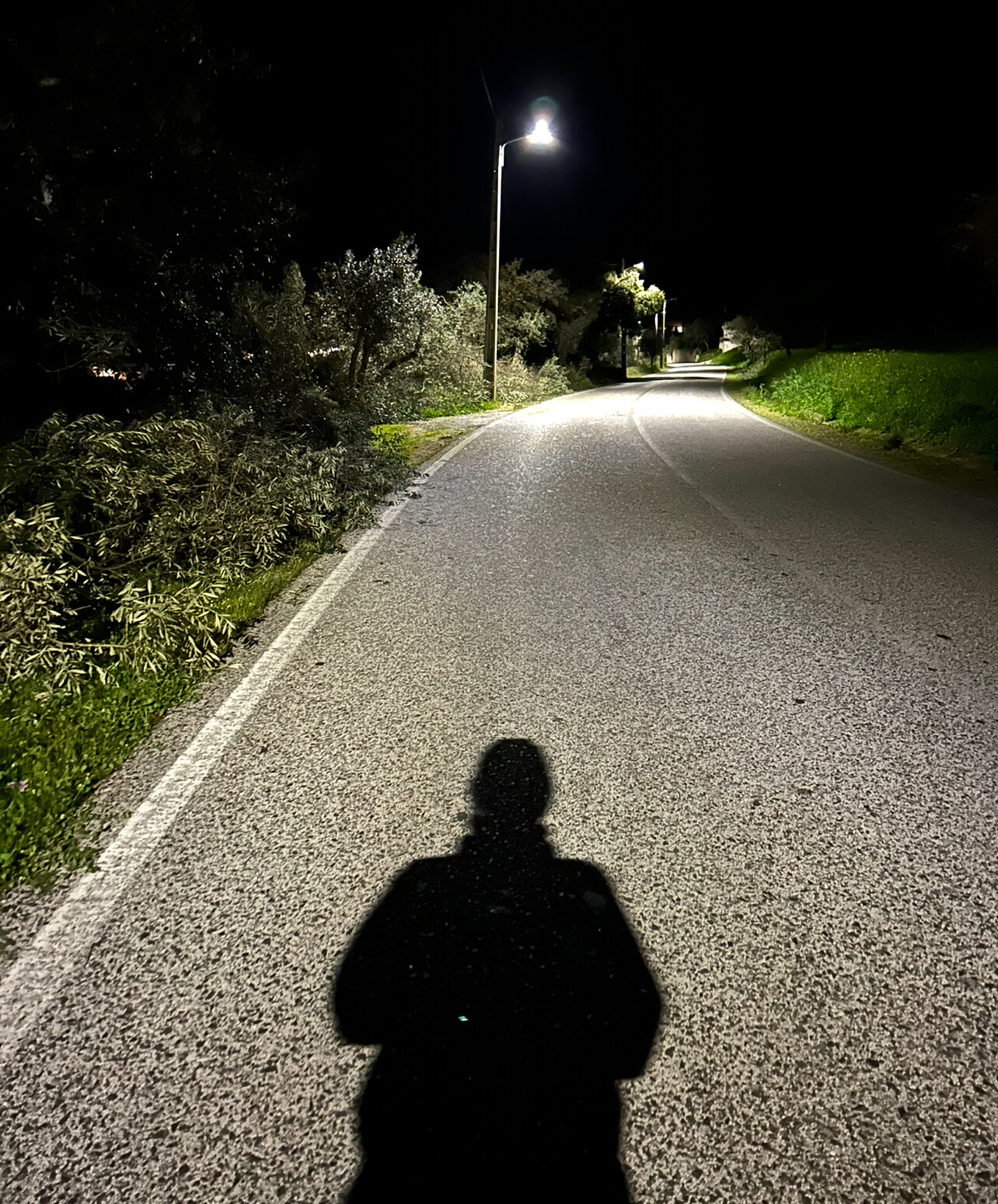
“I am addicted to running, and I am proud to tell the world,” says Bob Anderson. “For me, running is a positive addiction, and I plan to continue forever. I have added walking to the mix, but running is what I am truly addicted to and have been since my first run on February 19, 1962.”

Signs of Running Addiction
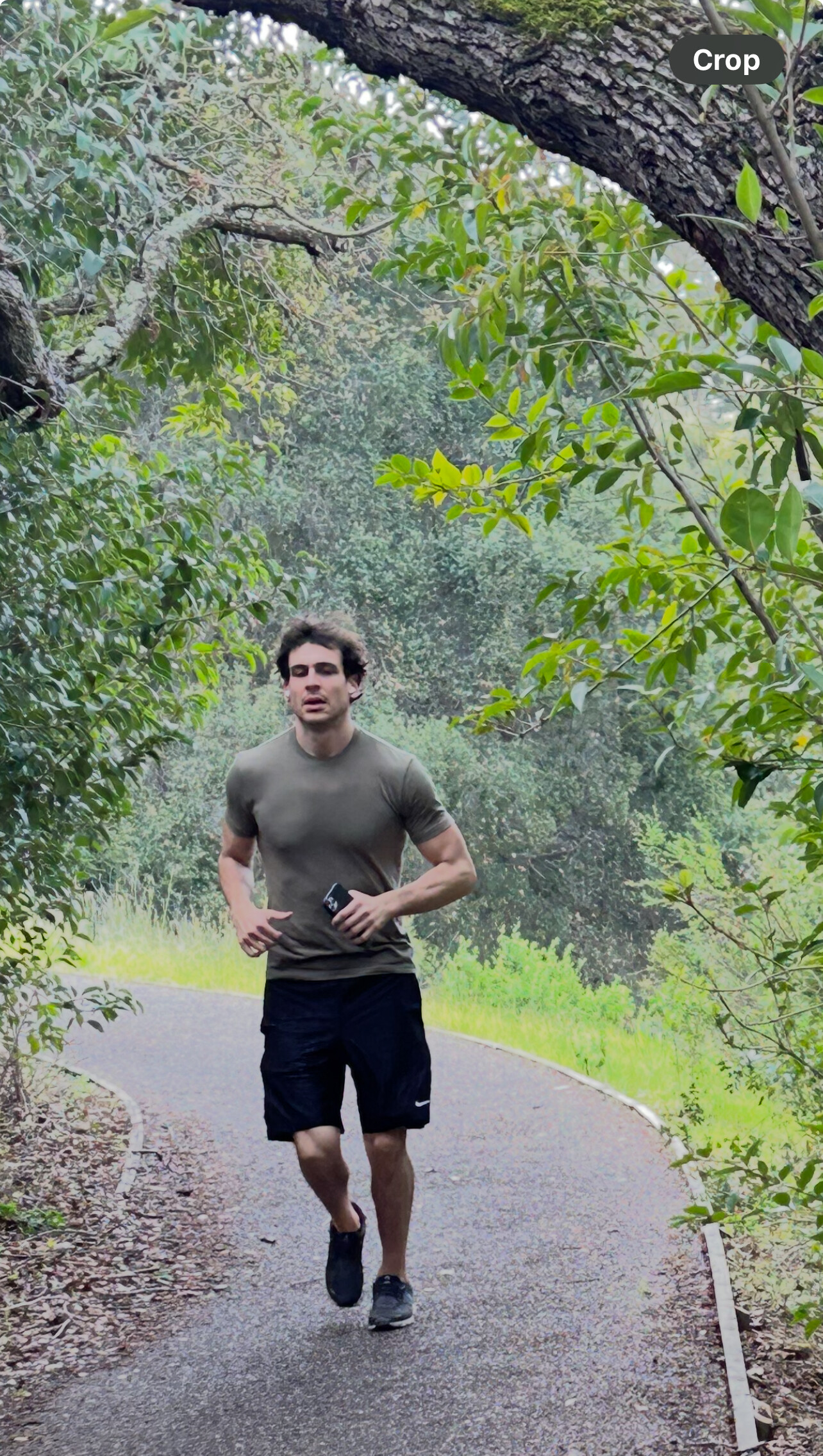
Recognizing the indicators of running addiction is essential for early intervention. Key signs include:
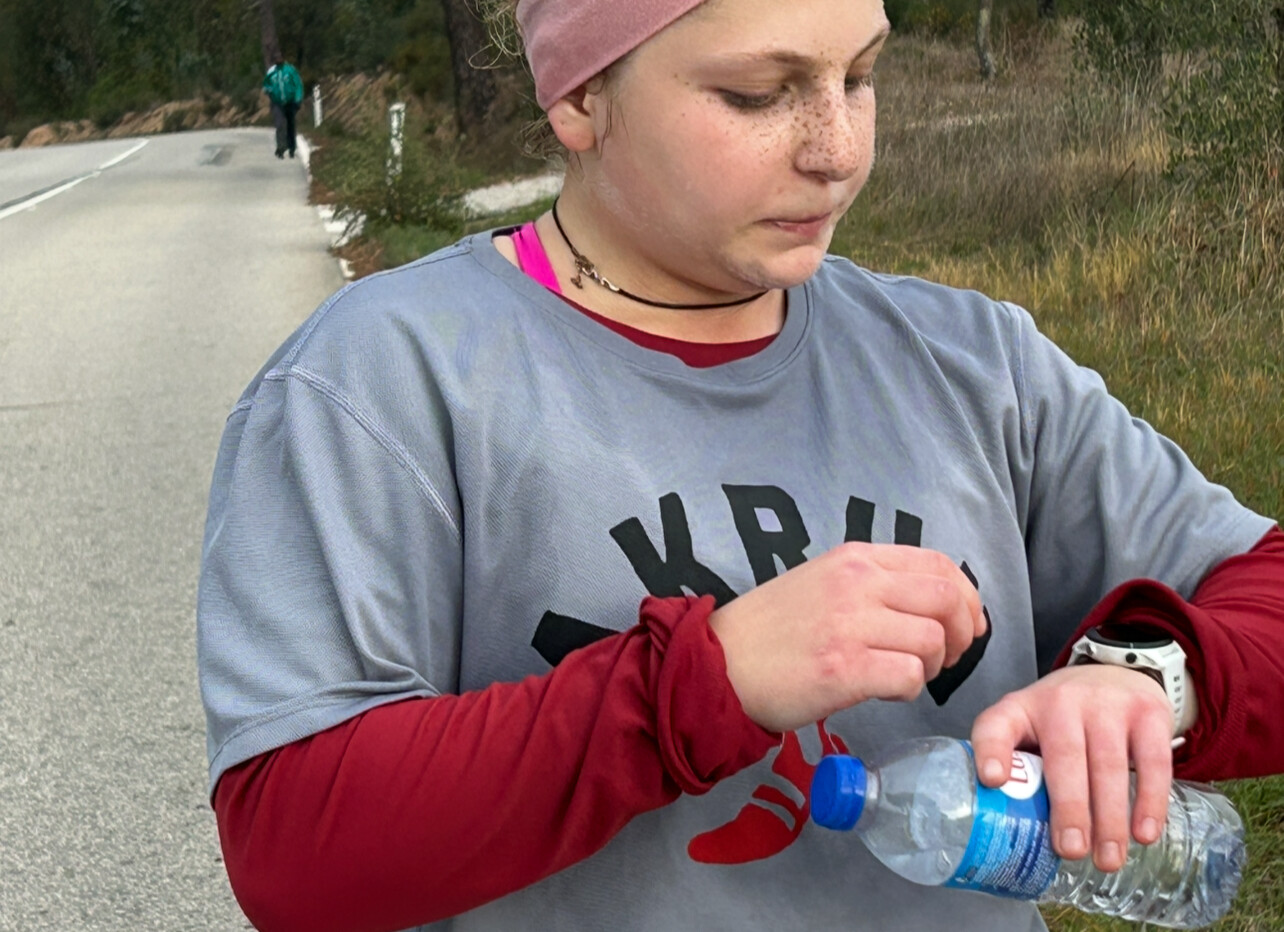
1. Compulsive Need to Run: An uncontrollable urge to run regularly, even when experiencing fatigue or injury.
2. Prioritizing Running Over Responsibilities: Neglecting work, family, or social obligations to accommodate running sessions.
3. Withdrawal Symptoms: Experiencing anxiety, irritability, or depression when unable to run.
4. Running Through Pain or Injury: Continuing to run despite medical advice or physical discomfort.
5. Inability to Reduce Running Volume: Struggling to cut back on mileage or frequency, even when recognizing the need to do so.
6. Obsession with Performance Metrics: Becoming fixated on tracking distance, pace, or calories burned to the detriment of enjoyment.
7. Using Running to Cope with Emotions: Relying solely on running to manage stress, anxiety, or other emotional challenges.
Is Running Addiction Beneficial or Harmful?
While dedication to running can lead to improved fitness and mental well-being, crossing into addiction can have adverse effects:
• Physical Health Risks: Overtraining can result in injuries, weakened immune function, and hormonal imbalances.
• Mental Health Concerns: An overemphasis on running may lead to increased stress, anxiety, and depression, especially when unable to meet self-imposed goals.
• Social and Occupational Impact: Prioritizing running over relationships and responsibilities can strain personal and professional life.
It’s important to note that while running addiction shares similarities with substance addictions, it is not officially recognized as a distinct disorder in the Diagnostic and Statistical Manual of Mental Disorders (DSM-5).
Maintaining a Healthy Relationship with Running
To enjoy the benefits of running without veering into addictive patterns:
• Listen to Your Body: Rest when needed and address injuries promptly.
• Diversify Coping Strategies: Incorporate various activities and relaxation techniques to manage stress.
• Set Balanced Goals: Focus on enjoyment and personal growth rather than solely on performance metrics.
The addictive nature of running is multifaceted, rooted in the interplay of biological rewards, psychological relief, and social connections. Recognizing these factors can help individuals harness the positive aspects of running while remaining vigilant about maintaining a balanced and healthy approach to the sport.
"in my opinion the positive out weigh the negative by far as long as you don't let running control your other life," includes Bob Anderson.
(03/30/2025) ⚡AMPby Boris Baron
Sam Ruthe runs a sub four minute mile and sells his spikes for $7643US and then donated the funds to his coach and team
At just 15 years old, Sam Ruthe has captivated the athletics world with his extraordinary performances and commendable generosity.
Historic Sub-Four-Minute Mile
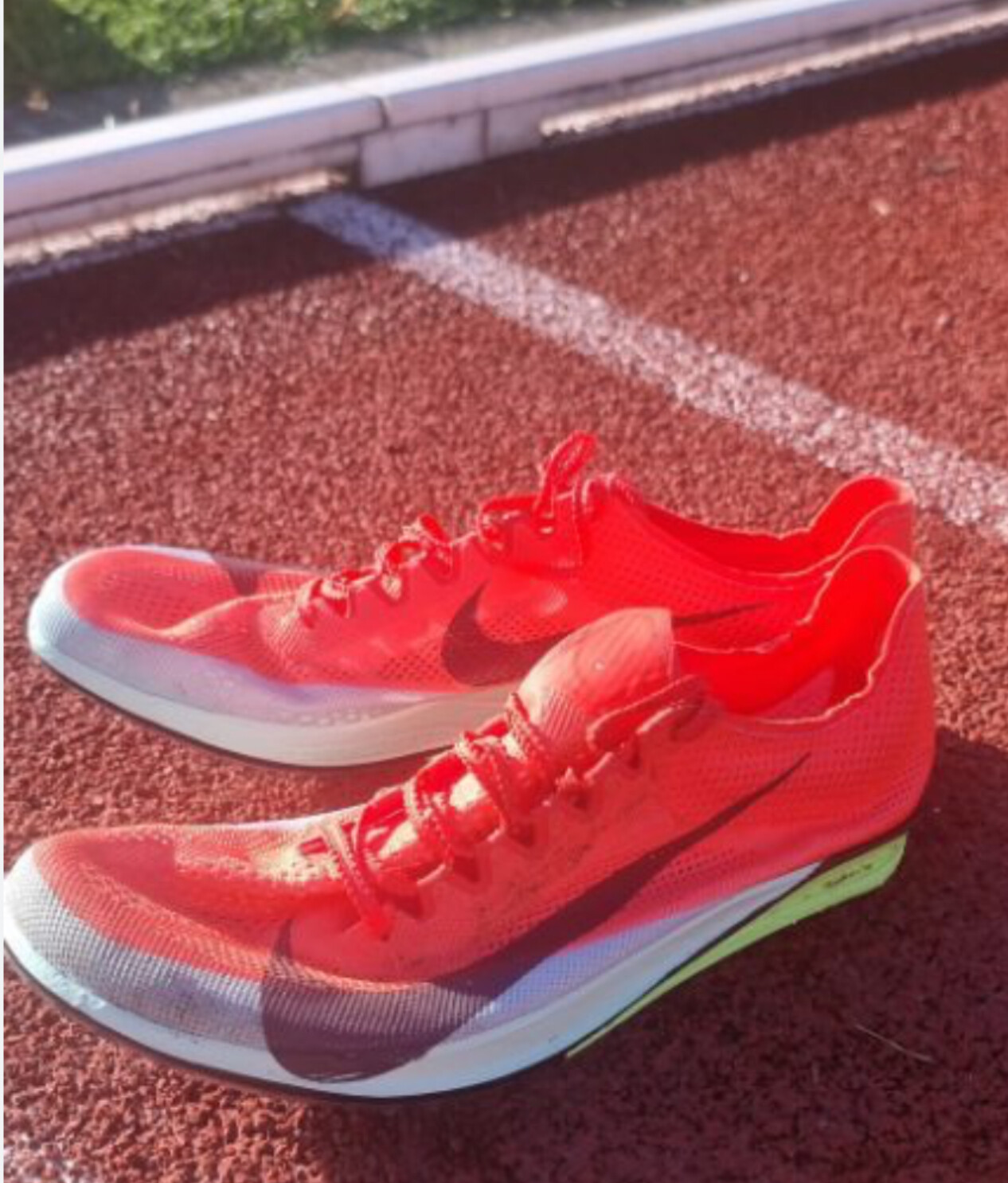
On March 19, 2025, at Auckland’s Mt Smart Stadium, Ruthe made history by becoming the youngest person ever to run a mile in under four minutes. Clocking a remarkable 3:58.35, he surpassed the previous age record held by Norway’s Jakob Ingebrigtsen, who ran 3:58.07 at 16. This achievement places Ruthe among an elite group of middle-distance runners and underscores his immense potential.

Auctioning Historic Spikes for Team Support
Following this milestone, Ruthe chose to auction the Nike Dragonfly 2 Elite spikes he wore during the race to support his training group. The TradeMe auction concluded on March 29, 2025, raising $11,408.35 NZD (approximately $7,643.59 USD). The size 10.5 US spikes attracted 151 bids and over 50,000 views, making it the most viewed auction on the platform this year. Ruthe’s coach, Craig Kirkwood, expressed gratitude, noting that the funds will benefit the training group in ways previously unattainable.
Continued Excellence on the Track

Ruthe’s success extends beyond the mile. In February 2025, he set a world age-best time over 1500 meters, and in March 2025, he became the youngest man to win a senior national title in the 3000 meters at Hastings. He then shared the 1500 meters title with training partner Sam Tanner at the national championships in Dunedin.
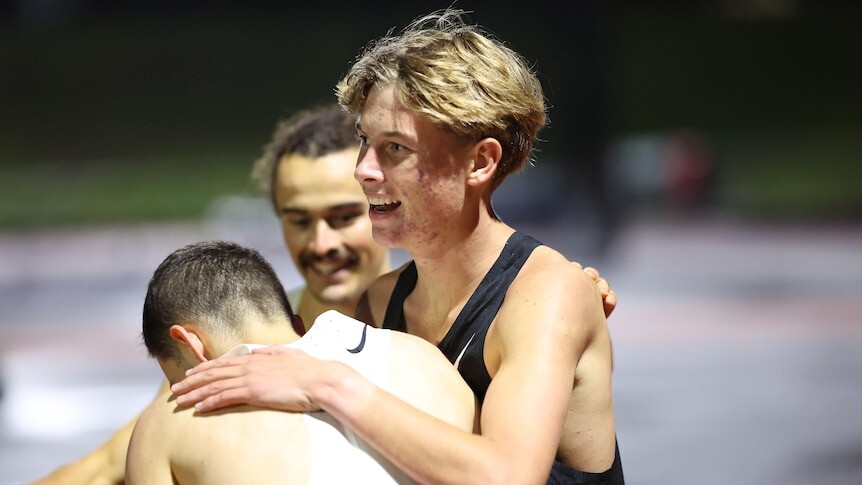
Looking Ahead
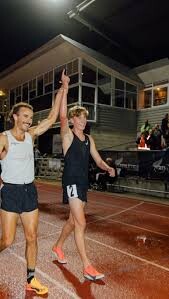
He concluded his southern hemisphere racing schedule on March 29, 2025, at the Maurie Plant Meet in Melbourne. Competing against a strong field, he finished seventh in the 1500 meters, recording a personal best of 3:40.12, further lowering his world age-best mark.
Sam Ruthe’s blend of athletic excellence and altruism not only highlights his dedication to his sport but also his commitment to uplifting those around him. As he continues to break records and support his peers, the running community eagerly anticipates his future endeavors.
"Sam is a class act," says Bob Anderson "we need more runners like Sam in our sport."
(03/30/2025) ⚡AMPby Boris Baron
Amanal Petros - From Refugee to Record-Breaker, Eyes Set on London Marathon Glory
German marathon record-holder Amanal Petros is preparing for a significant milestone in his athletic career as he sets his sights on the 2025 London Marathon, scheduled for April 27, 2025. This event will mark his inaugural participation in the London Marathon, where he will compete alongside an elite field featuring renowned athletes such as Eliud Kipchoge and Kenenisa Bekele. Petros’s personal best of 2:04:58, achieved at the 2023 Berlin Marathon, positions him as a formidable contender in this prestigious race.
A Journey of Resilience and Achievement

Born on May 17, 1995, in Assab, Eritrea, Petros’s early life was marked by adversity. At the age of two, his family fled the Eritrean-Ethiopian conflict, seeking refuge in Ethiopia. In 2012, as a teenager, Petros embarked on a journey to Germany, where he sought asylum and eventually acquired citizenship in 2015. It was in Germany that he discovered his passion and talent for long-distance running, setting the stage for a series of remarkable achievements.
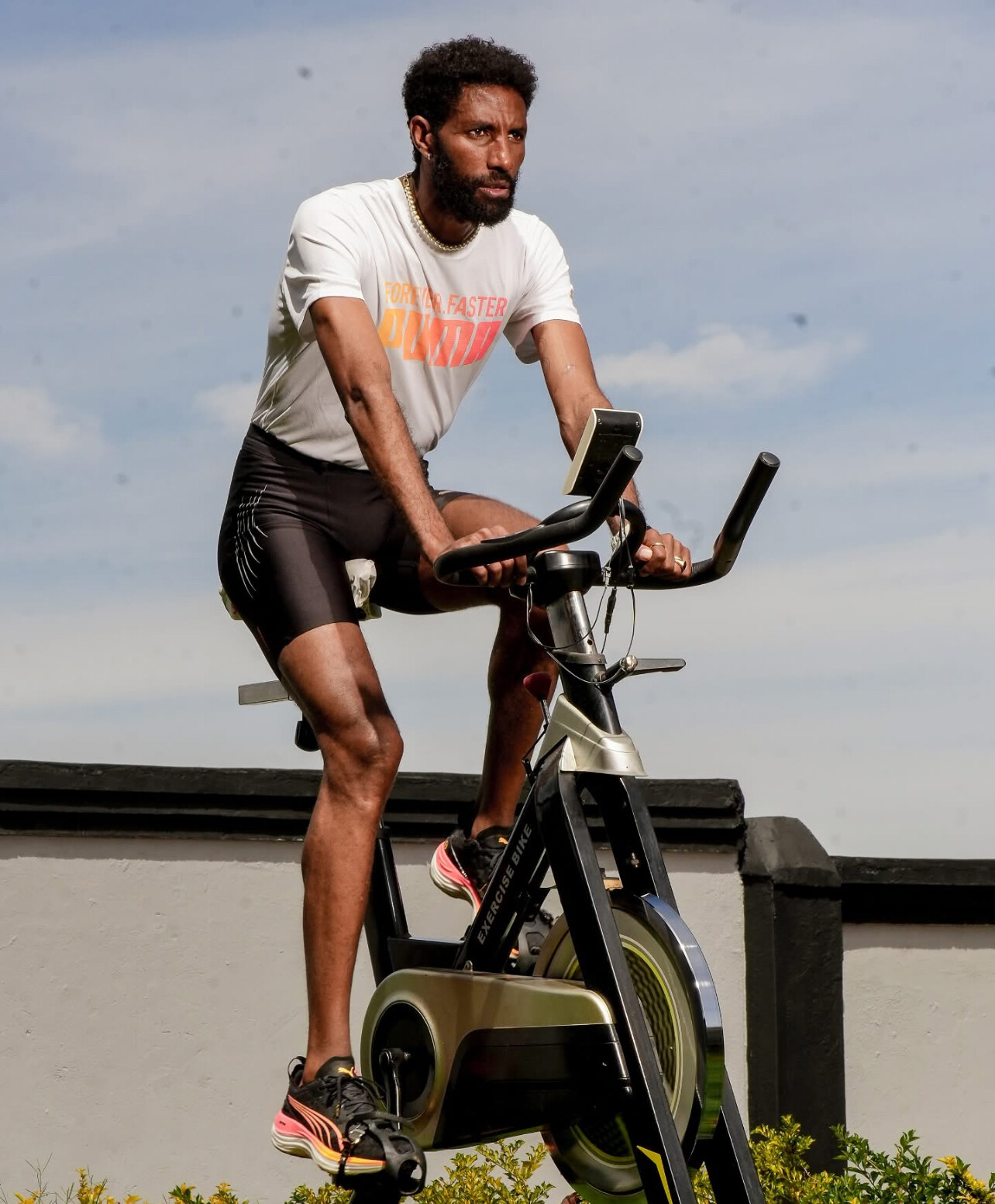
Record-Breaking Performances

Petros’s dedication and perseverance have led to several national records:
• Marathon: German national record of 2:04:58, set at the 2023 Berlin Marathon.
• Half Marathon: National record of 1:00:09, achieved in Valencia on October 24, 2021.
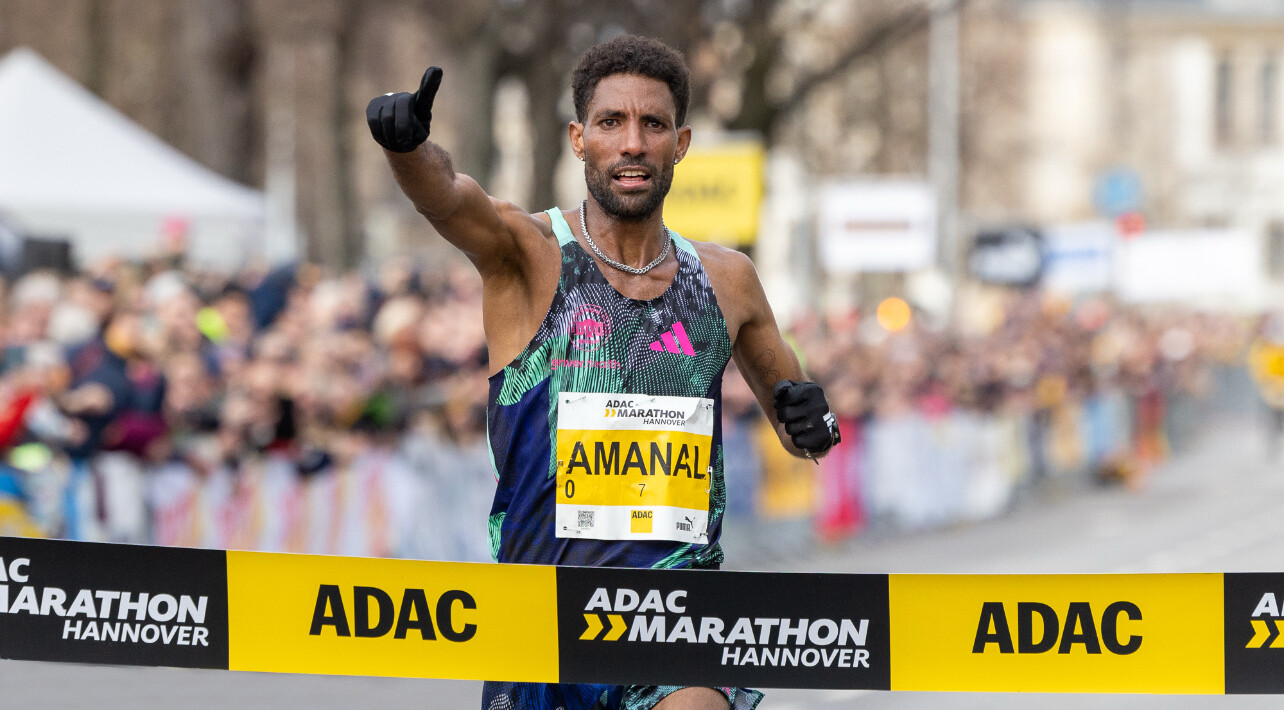
• 10 km Road Race: National record of 27:32, set in Castellón, Spain, on February 26, 2023.
International Representation
Petros has proudly represented Germany on the international stage:
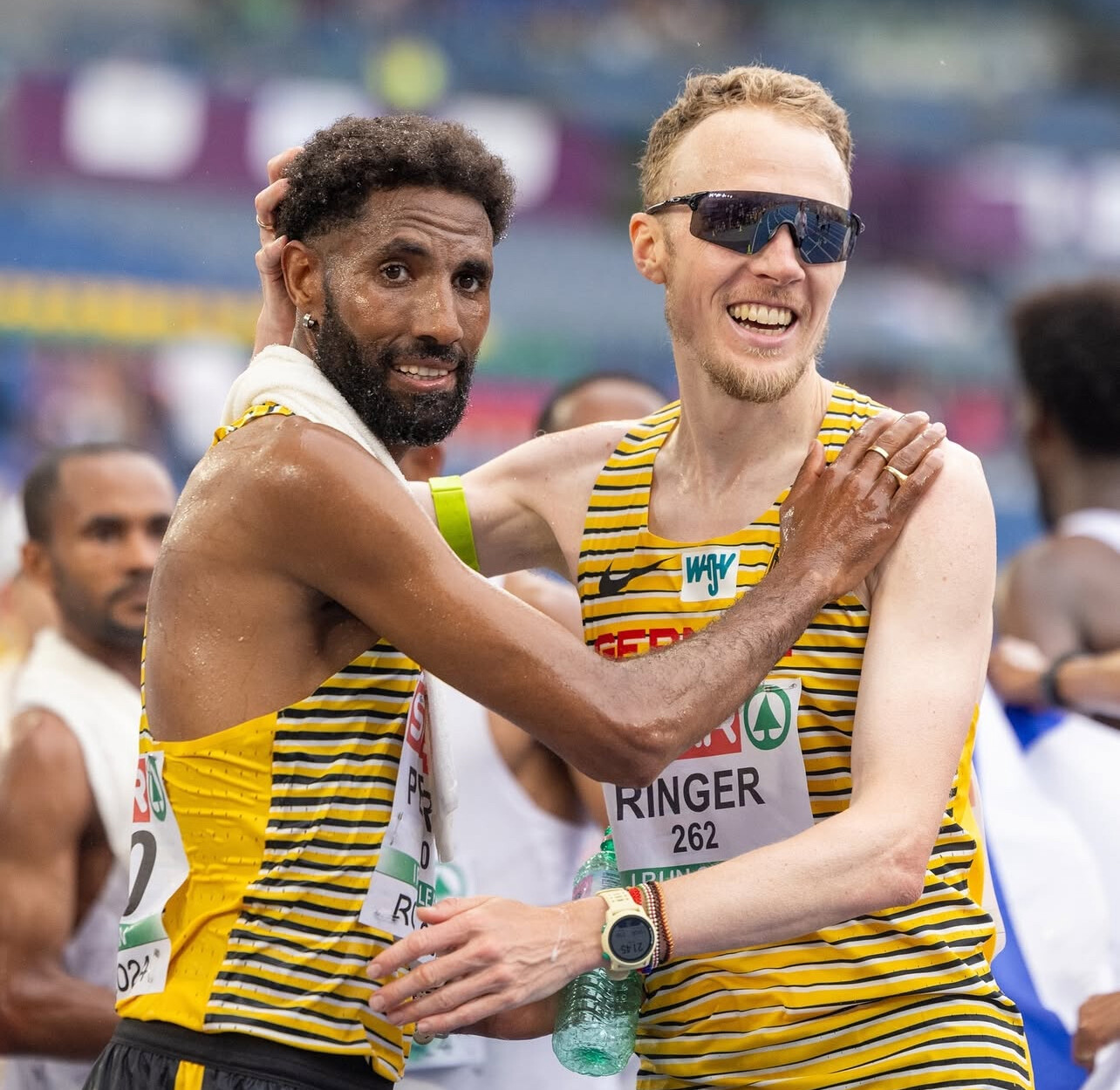
• Olympic Games: Competed in the men’s marathon at the 2020 Tokyo Olympics, finishing 30th.
• European Championships: Secured a silver medal in the team marathon event and placed fourth individually at the 2022 European Athletics Championships in Munich.
Recent Preparations and Professional Milestones
In preparation for the London Marathon, Petros participated in the eDreams Mitja Marató Barcelonaon February 16, 2025, completing the half marathon in 1:01:51. Reflecting on his performance, he stated:
“Today I ran quite far from my German record, but I am happy to run my first competition in 61:50 after the Olympic Games in Paris. Looking forward to my first marathon in London 2025.”
In addition to his athletic endeavors, Petros has recently joined the Puma Running Team, expressing enthusiasm about this new partnership and the opportunities it presents for the upcoming seasons.
Looking Ahead
As the 2025 London Marathon approaches, the running community eagerly anticipates Petros’s performance. His journey from a refugee seeking asylum to a national record-holder exemplifies resilience and determination. With his eyes set on London, Petros continues to inspire and set new benchmarks in long-distance running.
The last photo
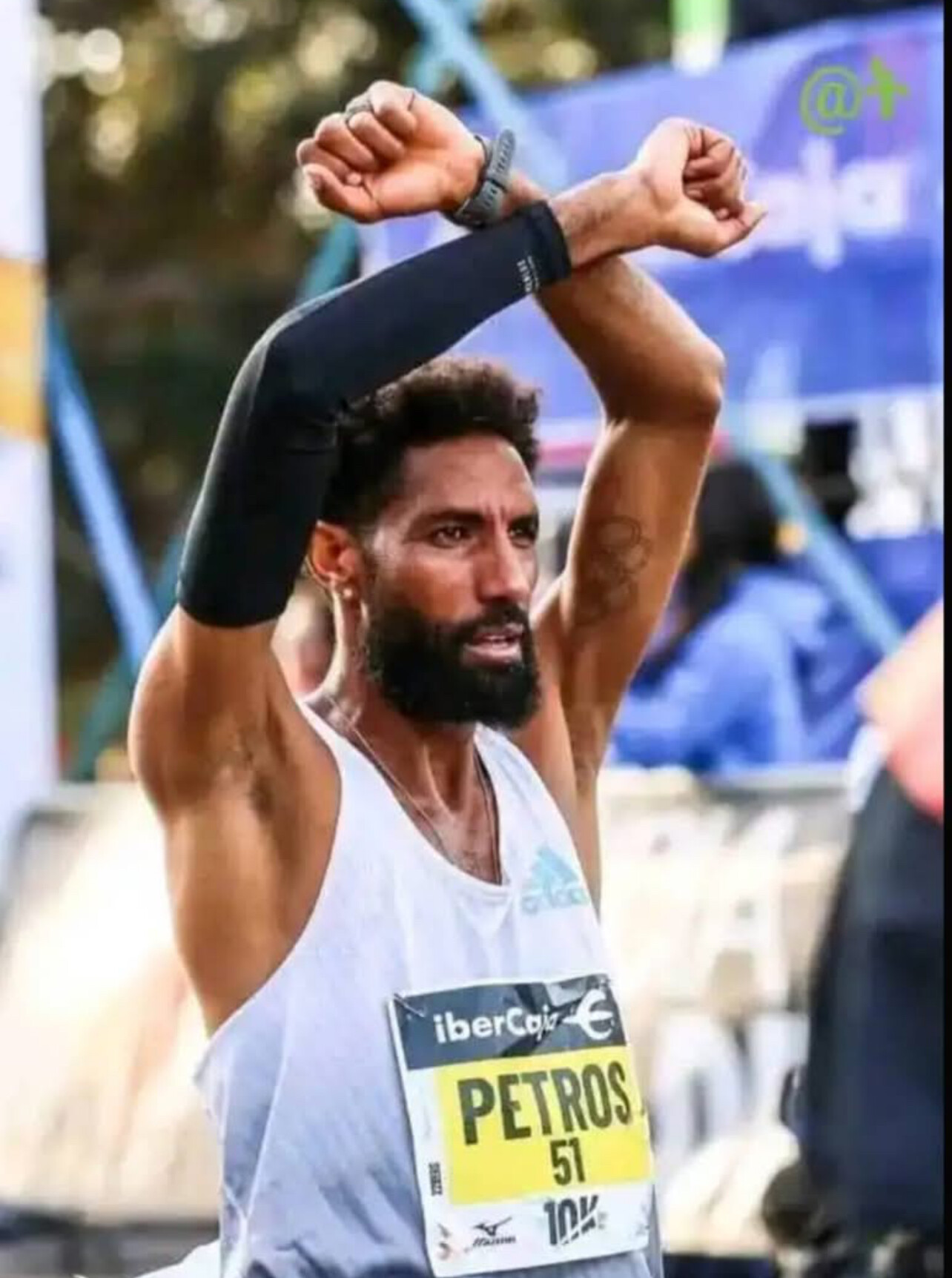
The gesture Amanal Petros is making in this photo — crossing his arms above his head — is a powerful and symbolic act. He does not do this gesture often but his beliefs have not changed.
This “X” gesture has been widely recognized as a sign of solidarity with the Tigray people in northern Ethiopia. It’s used by athletes and others to bring attention to the humanitarian crisis and conflict in the region, where countless civilians have suffered due to war, famine, and displacement.
Petros, who was born in Eritrea and whose roots are in Tigray, is using this moment at the finish line to make a public statement of support and raise awareness.
(03/30/2025) ⚡AMP
by Boris Baron
Ishmael Kipkurui Sets New NCAA 10,000m Record at The TEN 2025
In a remarkable performance at The TEN 2025 meet on March 29 in San Juan Capistrano, California, University of New Mexico freshman Ishmael Kipkurui set a new NCAA 10,000-meter record with a time of 26:50.21 which is 4:19 per mile pace. This achievement surpasses the previous record of 26:52.72, set by Northern Arizona’s Nico Young at the same event in 2024.
Kipkurui’s teammate, Habtom Samuel, also delivered an impressive performance, finishing second with a time of 26:51.06, placing both runners under the former collegiate record. South African athlete Adrian Wildschutt of HOKA NAZ Elite secured third place, clocking 26:51.27.
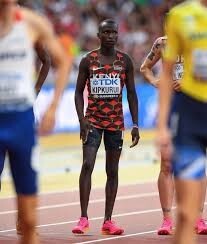
Ethiopian runner Telahun Haile Bekele faced an unusual challenge, missing the official start and beginning approximately 90 meters behind the field. Despite this setback, he finished fourth with a time of 26:52.79. American athlete Graham Blanks, representing New Balance, rounded out the top five, finishing in 26:57.30 and achieving the World Championships qualifying standard.
The race conditions were ideal, with temperatures around 55°F and minimal wind, contributing to the evening’s exceptional performances.
Kipkurui’s achievement adds to his growing list of accolades. Prior to this record-breaking run, he secured the individual title at the 2024 World U20 Cross Country Championships, leading the Kenyan team to a gold medal finish.
The TEN meet continues to solidify its reputation as a premier event for distance runners aiming for exceptional performances and records on U.S. soil.
(03/30/2025) ⚡AMPby Boris Baron
The Ten
The world's fastest 10,000m races each year have taken place in a sleepy little coastal town in southern California. More national records were broken in 2022 than any other race on the planet as the best in the western hemisphere launched into rarified zones of time and space. The best return to San Juan Capistrano this year to cap off...
more...Julien Wanders Announces Return to Marathon Racing at Haspa Marathon Hamburg
Swiss long-distance runner Julien Wanders has declared his return to marathon competition after a three-year hiatus. In a recent Instagram post, Wanders expressed his enthusiasm:
“I’m happy to announce that I will run the haspamarathonhamburg on 27th of April. After 3 years, it’s time for me to go back to marathon.”

Born on March 18, 1996, in Geneva, Switzerland, Wanders has made significant strides in long-distance running. He set the European record for the half marathon with a time of 59:13 at the Ras Al Khaimah Half Marathon in 2019 I and holds the European 10 km road race record with a time of 27:13, achieved in Valencia in 2020.
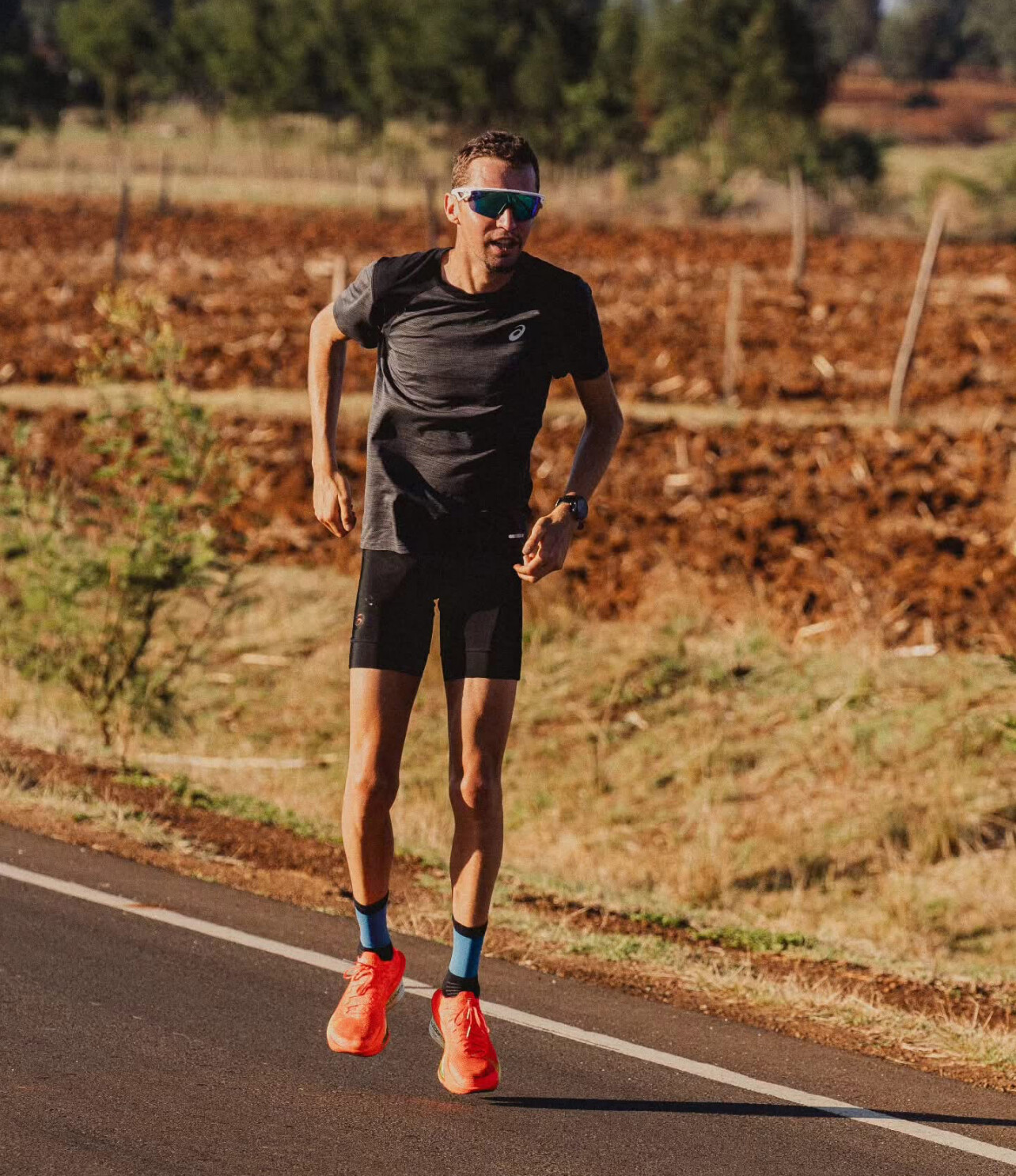
Challenges Leading to Hiatus
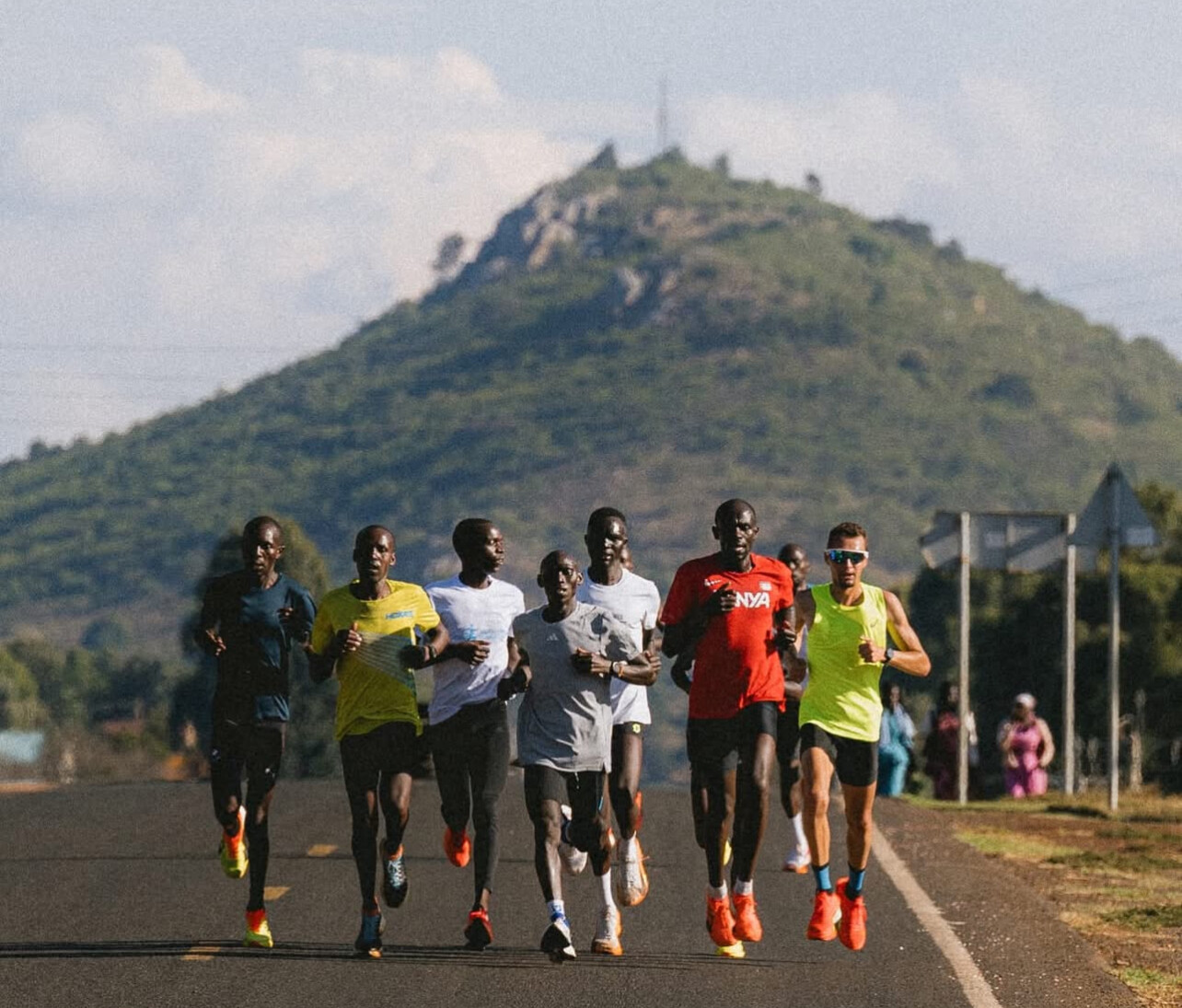
Wanders’ absence from marathon events over the past three years stems from a series of health challenges and injuries:
• 2021: In early 2021, Wanders suffered a hamstring injury, which, coupled with a bout of pneumonia, hindered his performance. Despite participating in the Tokyo Olympics, he finished 21st in the 10,000 meters. Post-Olympics, an MRI revealed significant hamstring irritation, necessitating a break from running.
• 2022: Wanders debuted in the Paris Marathon but faced digestive issues, leading to multiple stops and a finish time of 2:11:52. In May, he was diagnosed with a sacral stress fracture, sidelining him for the track season. His return at the Copenhagen Half Marathon in September was marred by illness, resulting in a time of 1:03:47. Later that year, he attempted the Valencia Marathon but withdrew after 31 kilometers due to illness.
Training in Kenya
A pivotal aspect of Wanders’ training regimen involves extensive periods in Iten, Kenya, a renowned high-altitude training hub. Drawn by the area’s reputation and inspired by his research on Kenyan running culture, he first visited Iten in 2014. Despite initial challenges, including adapting to the altitude and local conditions, Wanders found the environment conducive to his growth. He now spends about half the year training in Kenya, benefiting from the high-altitude conditions and the opportunity to train alongside elite athletes.
Wanders’ commitment to rigorous training is evident in his regimen, which includes 13 sessions per week, covering 170-190 km, along with core stability and weight training sessions.
As Wanders prepares for his marathon return in Hamburg, the running community eagerly anticipates his performance and potential resurgence on the international stage. His journey underscores the resilience and determination required to overcome setbacks and pursue excellence in long-distance running.
(03/29/2025) ⚡AMPby Boris Baron
Tommy Latham Becomes First Georgia High Schooler to Break 4-Minute Mile
On March 28, 2025, at the Marist Mile event in Atlanta, Marist High School senior Tommy Latham made history by running a mile in 3:59.79. This achievement makes him the first high school athlete from Georgia to break the four-minute barrier.
Latham’s journey to this milestone has been marked by consistent excellence. In February, he won the Millrose Games high school boys’ mile in New York City with a time of 4:00.94, setting a meet record and recording the 10th-fastest indoor high school mile in history. Additionally, he secured victory in the 2-mile race at the Nike Indoor Nationals with a time of 8:44.35, setting a Georgia all-time best.

The Marist Mile event also featured other notable performances. Jack Bowen from McCallie School in Tennessee finished second with a time of 4:05.21, and junior Jameson Pifer of Collins Hill High School in Georgia placed third, also clocking 4:05.21. On the girls’ side, Averi Lowen, a sophomore from Bowdon High School in Georgia, won the mile in 4:58.58.
Latham’s historic run not only cements his legacy in Georgia high school track and field but also serves as an inspiration to aspiring athletes across the state and beyond.
(03/29/2025) ⚡AMPby Boris Baron
Experience the Magic of Paris: Your Guide to the 2025 Schneider Electric Marathon de Paris
The 48th edition of the Schneider Electric Marathon de Paris is set for Sunday, April 13, 2025. This iconic event offers runners a unique opportunity to traverse the heart of Paris, passing by its most renowned landmarks.
Course Overview

The marathon begins on the famed Avenue des Champs-Élysées, providing participants with a breathtaking view of the Arc de Triomphe. Runners will then proceed past notable sites including the Palais Garnier, Place de la Bastille, Notre-Dame Cathedral, and the Eiffel Tower. The course also features scenic stretches along the Seine River and through the Bois de Vincennes and Bois de Boulogne parks, culminating near the Arc de Triomphe on Avenue Foch.
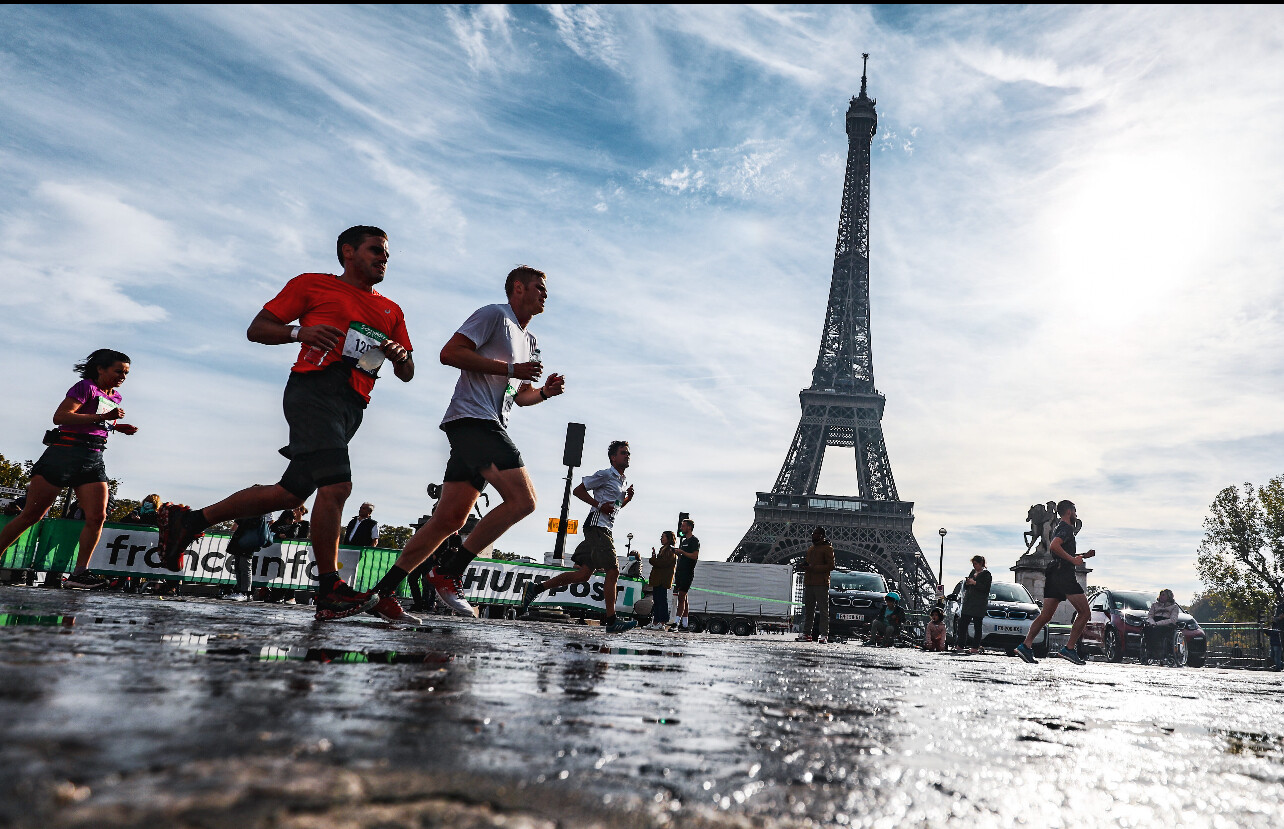
Registration Status
As of now, general entries for the 2025 marathon are fully subscribed. However, prospective participants still have options to secure a spot:
• Charity Entry: Run for a charitable cause by committing to fundraising efforts.
• Hospitality Program: Enhance your marathon experience with exclusive amenities through the hospitality package.
• Tour Operators: Book a travel package that includes race entry via authorized tour operators.
Detailed information on these alternatives is available on the official marathon website.
Course Records
The current course records stand as a testament to the marathon’s competitive spirit:
• Men’s Record: Elisha Rotich (Kenya) set a time of 2:04:21 in 2021.
• Women’s Record: Judith Korir (Kenya) achieved a time of 2:19:48 in 2022.
Elite Runners and Prize Money
The Paris Marathon consistently attracts a competitive field of elite runners vying for substantial prize money. Both the male and female winners receive €50,000, provided they meet specific time requirements: under 2:11:45 for men and under 2:23:15 for women. Second-place finishers earn €30,000, and third place receives €20,000, with monetary awards extending to the top 10 finishers who achieve the designated qualifying times.
Whether you’re a seasoned marathoner or seeking an unforgettable running experience, the Schneider Electric Marathon de Paris promises a blend of athletic challenge and cultural immersion through one of the world’s most beautiful cities.
(03/28/2025) ⚡AMPby Boris Baron
Schneider Electric Paris Marathon
The Schneider Electric Marathon de Paris offers a unique opportunity to make the city yours by participating in one of the most prestigious races over the legendary 42.195 km distance. The Schneider Electric Marathon de Paris is now one of the biggest marathons in the world, as much for the size of its field as the performances of its runners....
more...Marathon Running and Brain Myelin: Understanding Temporary Changes
Marathon running is a testament to human endurance, pushing both the body and mind to their limits. Recent research has unveiled that such prolonged physical exertion can lead to temporary reductions in brain myelin content, with levels typically returning to normal within approximately two months.
The Role of Myelin in the Brain
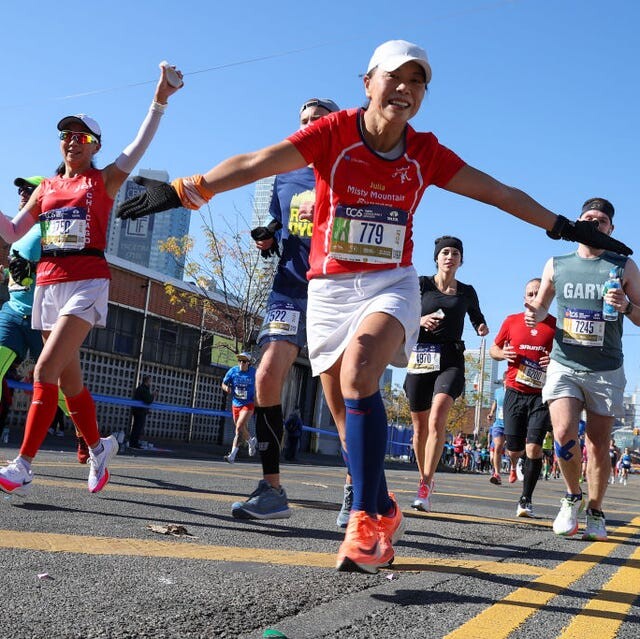
Myelin is a fatty substance that forms a protective sheath around nerve fibers, facilitating the rapid transmission of electrical signals between neurons. Comprising about 70–80% lipids, myelin is essential for efficient neural communication and overall cognitive function.

Research Findings on Marathon Running and Myelin

A study conducted by researchers at the University of the Basque Country examined the effects of marathon running on brain myelin content. MRI scans of ten participants (eight men and two women) were taken before and after they completed a 42-kilometer marathon. The results indicated a significant reduction in myelin water fraction—a marker of myelin content—in 12 specific brain regions associated with motor coordination, sensory perception, and emotional processing. Notably, follow-up scans showed that myelin levels began to recover within two weeks and returned to baseline approximately two months post-race.
Potential Mechanisms: Metabolic Myelin Plasticity
The observed decrease in myelin suggests that during prolonged endurance activities, the brain may utilize myelin’s lipid components as an alternative energy source when traditional nutrients are depleted. This adaptive mechanism, termed “metabolic myelin plasticity,” highlights the brain’s resilience in response to extreme physical exertion.
Implications for Runners
While the notion of reduced myelin might raise concerns, it’s important to emphasize that these changes are temporary and reversible. The study found no evidence of long-term detrimental effects on brain function. However, the researchers recommend further investigation to fully understand the implications of these findings.
Experiencing mental fatigue after a marathon is a common and likely transient response as the brain adapts to the demands of endurance exercise. Ongoing research continues to shed light on the complex interplay between physical activity and brain health, offering valuable insights for athletes and fitness enthusiasts.
(03/28/2025) ⚡AMPby Boris Baron
Olympic Triathlon Champion Alex Yee Targets 2:07 Marathon Debut at London Marathon
Alex Yee, Great Britain’s Olympic and World Triathlon Champion, is set to make his marathon debut at the 2025 London Marathon on April 27. The 27-year-old aims for a finishing time between 2:07 and 2:10, a performance that would place him among the top British marathoners historically.
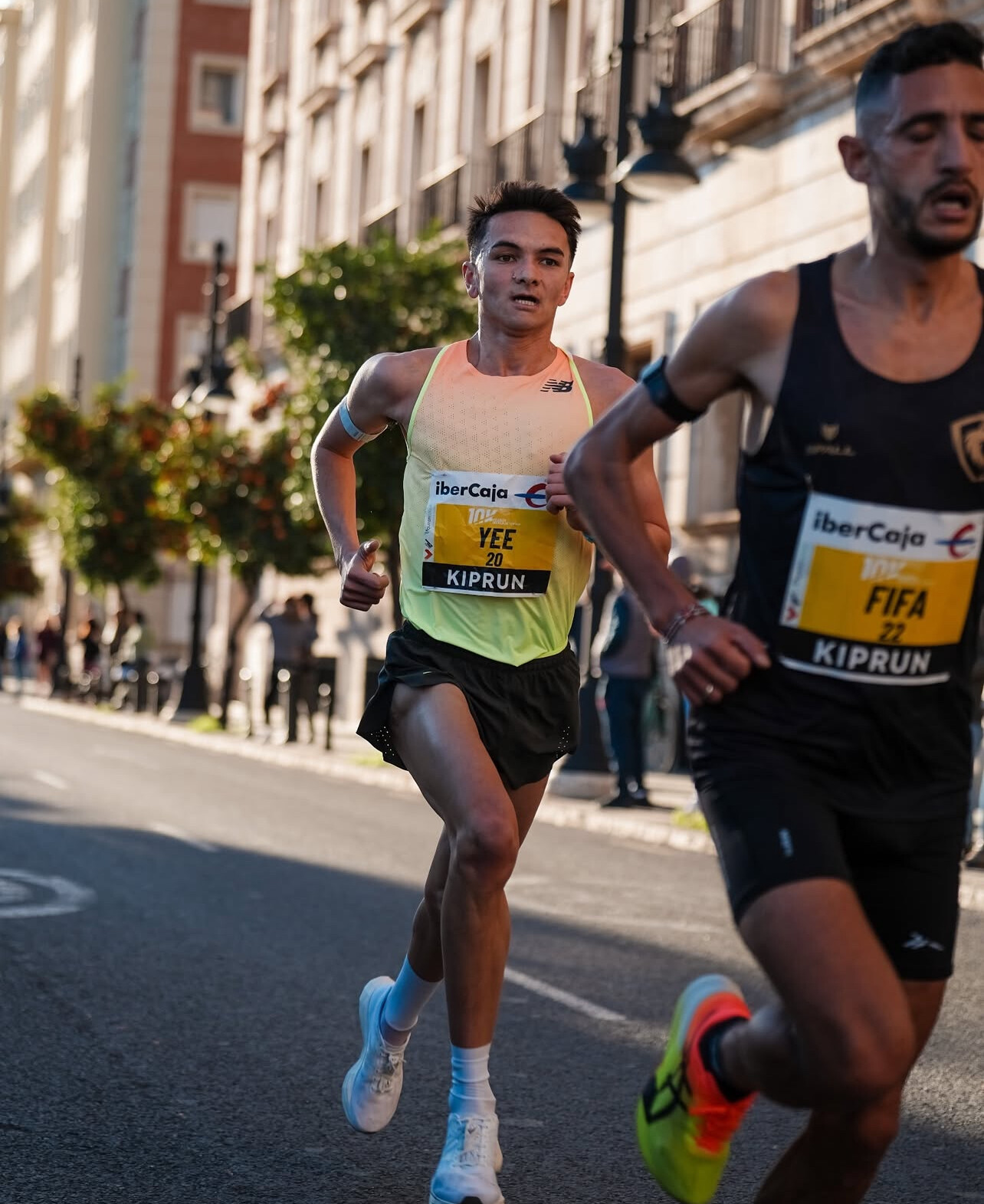
Yee’s decision to tackle the marathon comes after a stellar 2024, during which he secured both Olympic and World Championship titles in triathlon. Reflecting on this new challenge, Yee stated, “The marathon is something I’ve wanted to try for a while… Taking it on now just makes sense—it’s something different to mix things up and keep the motivation high.”
Training under coach Adam Elliott, Yee is adapting his regimen to balance marathon preparation with his triathlon commitments.

His weekly running mileage is increasing to approximately 80 miles, complemented by swimming and cycling sessions to maintain overall fitness. Elliott emphasizes a cautious approach to avoid injury, noting, “There is a clear risk of lower leg injury so he won’t do it off super high mileage.”

Yee’s running credentials are impressive; he boasts a 10,000m personal best of 27:51 and recently clocked 28:07 in a 10k road race in Valencia. These performances suggest his marathon goal is within reach.

Yee acknowledges the unknowns ahead, remarking, “I think the exciting thing is that I could fail and it might not go to plan. And that’s a good thing… there’ll be a huge amount of learning either way.”

Adding to the anticipation, marathon legend Eliud Kipchoge has offered to mentor Yee ahead of the race. Kipchoge expressed his willingness to share insights, stating, “I’d like to meet him [Yee] before the race and share the lives we live… I’ll give my time when I’m in London to sit with him and share a meal, have a coffee.”

As Yee prepares for this significant milestone, the athletics community eagerly awaits his transition from triathlon to marathon running, anticipating a performance that could redefine expectations for multi-discipline athletes.

by Boris Baron
70-Year-Old Canadian Wendy Alexis Shatters 200m World Record at World Masters Championships
In a remarkable display of speed and determination, Wendy Alexis, a 70-year-old sprinter from Ottawa, Canada, set a new world record in the women’s 70-74 age category for the 200-meter dash at the World Masters Athletics Indoor Championships in Gainesville, Florida. Alexis clocked an impressive 30.68 seconds in her heat, surpassing the previous record of 31.17 seconds by nearly half a second.
This achievement adds to Alexis’s distinguished career in masters athletics. Earlier in the competition, she secured the W65 60m title with a time of 8.95 seconds. At the 2024 World Masters Athletics Championships in Sweden, she became the 100-meter world champion with a time of 14.46 seconds and earned silver in the 200-meter final with a wind-aided 30.81 seconds.
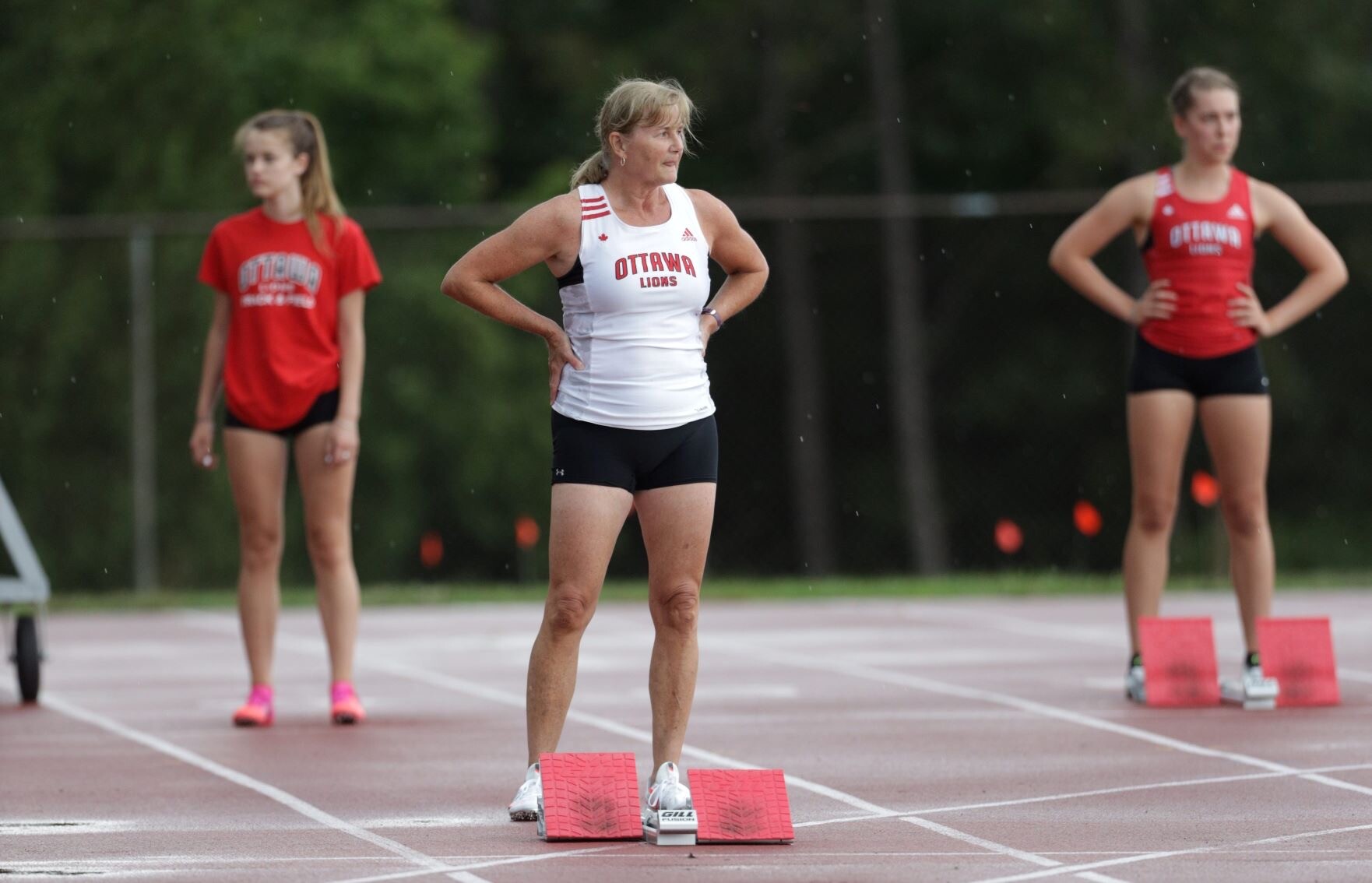
Masters athletics features age-group competitions in five-year increments, allowing athletes to compete against peers of similar age. The World Masters Athletics organization maintains records for these age groups, highlighting the ongoing competitiveness and dedication of senior athletes.

Wendy Alexis’s record-breaking run serves as an inspiring example of athletic excellence and perseverance, demonstrating that age is not a barrier to achieving world-class performance.
Distance Event Highlights at the World Masters Athletics Indoor Championships:
• Michael Kiely (Ireland): The 80-year-old from Cork clinched gold in the Men’s 800m (80-84 age category) with a time of 3:09.35. Remarkably, Kiely trains on a makeshift track mowed by his wife, showcasing his dedication to the sport.
• Francis Kipkoech Bowen (Kenya): In the Men’s 50-54 category, Bowen set a new world record in the 3000m, finishing in 8:36.23 and winning gold by over half a minute.
• Inocencio Cantu (USA): The 91-year-old American rewrote history with a time of 21:29.65 in the Men’s 90-94 category 3000m, setting a new world record.
(03/28/2025) ⚡AMPby Boris Baron
Battocletti and Kwizera Crowned 2024–2025 World Cross Country Tour Champions
Italy’s Nadia Battocletti and Burundi’s Rodrigue Kwizera emerged as the top athletes of the 2024–2025 World Athletics Cross Country Tour, each earning the highest ranking in the final standings after a season of consistent excellence across the global circuit.
Athletes earned points based on their best three performances between September 2024 and March 2025, with at least two results coming from official World Cross Country Tour events.

Battocletti Claims Women’s Title with European Gold and Two Tour Wins

Nadia Battocletti capped a stellar season by finishing atop the women’s leaderboard with 3720 points. Her campaign began with a third-place finish at the iconic Cinque Mulini race in mid-November. A week later, she stormed to victory in Alcobendas, Spain, and followed that with a gold medal at the European Cross Country Championships in Antalya in December. She sealed her Tour triumph with a win on home soil at Campaccio in January.

Burundi’s Francine Niyomukunzi—winner in Amorebieta and Albufeira—secured second place with 3700 points, followed closely by Kenya’s Sheila Jebet, who earned 3680 points across the series.
Kwizera Clinches Third Consecutive Men’s Title
In the men’s division, Rodrigue Kwizera continued his dominance on the cross-country scene by winning five races in the Tour—Amorebieta, Atapuerca, Soria, Alcobendas, and Albufeira—matching Battocletti’s final score of 3720 and securing his third straight overall title.
Kenya’s rising star, 18-year-old Matthew Kipkoech Kipruto, impressed with victories at Cinque Mulini and Carhaix to finish second overall with 3680 points. Spain’s Thierry Ndikumwenayo rounded out the top three with 3660 points.
Prize Payouts for Top Finishers
The World Cross Country Tour rewards consistency and performance, with the top six athletes in each category receiving prize money. Both Battocletti and Kwizera earned €10,000 for their overall victories.
Final Standings
Women’s Top Six:
1. Nadia Battocletti (ITA) – 3720
2. Francine Niyomukunzi (BDI) – 3700
3. Sheila Jebet (KEN) – 3680
4. Charity Cherop (UGA) – 3640
5. Carolina Robles (ESP) – 3620
6. Daisy Jepkemei (KAZ) – 3610
Men’s Top Six:
1. Rodrigue Kwizera (BDI) – 3720
2. Matthew Kipkoech Kipruto (KEN) – 3680
3. Thierry Ndikumwenayo (ESP) – 3660
4. Oscar Chelimo (UGA) – 3640
5. Celestin Ndikumana (BDI) – 3620
6. Robert Kiprop Koech (KEN) – 3600
The 2024–2025 Tour not only highlighted emerging stars but also cemented the status of elite veterans, with performances across varied terrains and countries showcasing the global appeal and competitive depth of cross-country running.
(03/28/2025) ⚡AMPby World Athletics
Jacob Kiplimo’s Marathon Debut: Pursuing the Sub-Two-Hour Barrier at the London Marathon
Jacob Kiplimo, the 24-year-old Ugandan distance running sensation, has recently captured global attention with his record-breaking performances. His upcoming marathon debut at the 2025 London Marathon has sparked widespread speculation: Could Kiplimo be the first to officially break the elusive two-hour marathon barrier?
A Record-Breaking Prelude

In February 2025, Kiplimo shattered the half marathon world record at the Barcelona Half Marathon, clocking an astonishing 56 minutes and 42 seconds. This feat not only eclipsed the previous record by 48 seconds but also showcased his exceptional endurance and speed. Reflecting on his performance, Kiplimo remarked, “I didn’t expect to break the world record… I told myself that I had to maintain that pace no matter what it took.”

Training Regimen: Balancing Quality and Volume

Kiplimo’s training approach emphasizes quality over sheer volume. Reports indicate that he typically runs between 80 to 95 miles per week, incorporating fartlek sessions, hill workouts, and threshold runs. His coach prioritizes structured, scientifically-based training, focusing on improving speed and personal bests before transitioning fully to marathon distances.
Assessing the Sub-Two-Hour Possibility
While Kiplimo’s half marathon performance suggests immense potential, translating that success to a full marathon presents distinct challenges. The physiological demands of 42.195 kilometers require not only speed but also exceptional endurance and energy management. Historically, even elite half marathoners have faced hurdles when moving up to the marathon distance. As noted in discussions about his transition, “His potential over 42.2km is massive, but marathon success isn’t just about being fast over 21.1km and doubling the effort.”
Strategic Considerations for London
Kiplimo’s race strategy for the London Marathon remains a topic of speculation. Given his aggressive approach in Barcelona, where he took the lead early and maintained a blistering pace, it’s plausible he might adopt a similar tactic in London. However, the marathon’s extended distance and the presence of seasoned competitors like Eliud Kipchoge and Kenenisa Bekele may influence a more measured strategy. Experts suggest that starting with a conservative pace could be advantageous, allowing Kiplimo to conserve energy for the latter stages of the race. Bob Anderson, founder of Runner’s World magazine and the Kenyan Athletics Training Academy, emphasizes the importance of early pacing:
“The marathon is twice the distance as the half, but to go under two hours Kiplimo has to be in good enough shape to push early,” says Bob Anderson. “He showed us in Barcelona he has the guts to do it. However, he has to be on that day, the temperature has to be perfect and with no wind. It can happen.”
Community and Expert Insights
The running community is abuzz with predictions. Some enthusiasts believe that with optimal conditions, Kiplimo could achieve a sub-two-hour marathon. One commentator expressed, “With the right course and good weather, this guy is going to do a sub 2 hour marathon. Amazing!” However, others urge caution, emphasizing the unpredictability of marathon debuts and the need for experience over the full distance.
Looking Ahead to London
As the London Marathon approaches, all eyes will be on Kiplimo. His performance will not only provide insights into his marathon potential but also indicate whether the sub-two-hour barrier can be breached in an official race setting. While optimism surrounds his debut, the marathon’s unique demands mean that even athletes of Kiplimo’s caliber must approach the challenge with respect and strategic preparation.
While Jacob Kiplimo’s transition to the marathon is highly anticipated, breaking the two-hour barrier in his debut remains a formidable challenge. His journey will undoubtedly captivate the running world, offering a compelling narrative of talent, preparation, and the relentless pursuit of athletic excellence.
(03/27/2025) ⚡AMPby Boris Baron
TCS London Marathon
The London Marathon was first run on March 29, 1981 and has been held in the spring of every year since 2010. It is sponsored by Virgin Money and was founded by the former Olympic champion and journalist Chris Brasher and Welsh athlete John Disley. It is organized by Hugh Brasher (son of Chris) as Race Director and Nick Bitel...
more...Gabby Thomas and Spencer McManes: A Union of Speed and Strength
Olympic gold medalist Gabby Thomas and entrepreneur Spencer McManes have announced their engagement, marking a significant milestone in their relationship. The couple, both former Ivy League athletes, have been together since 2022, supporting each other’s professional endeavors.
Gabby Thomas: A Multifaceted Champion
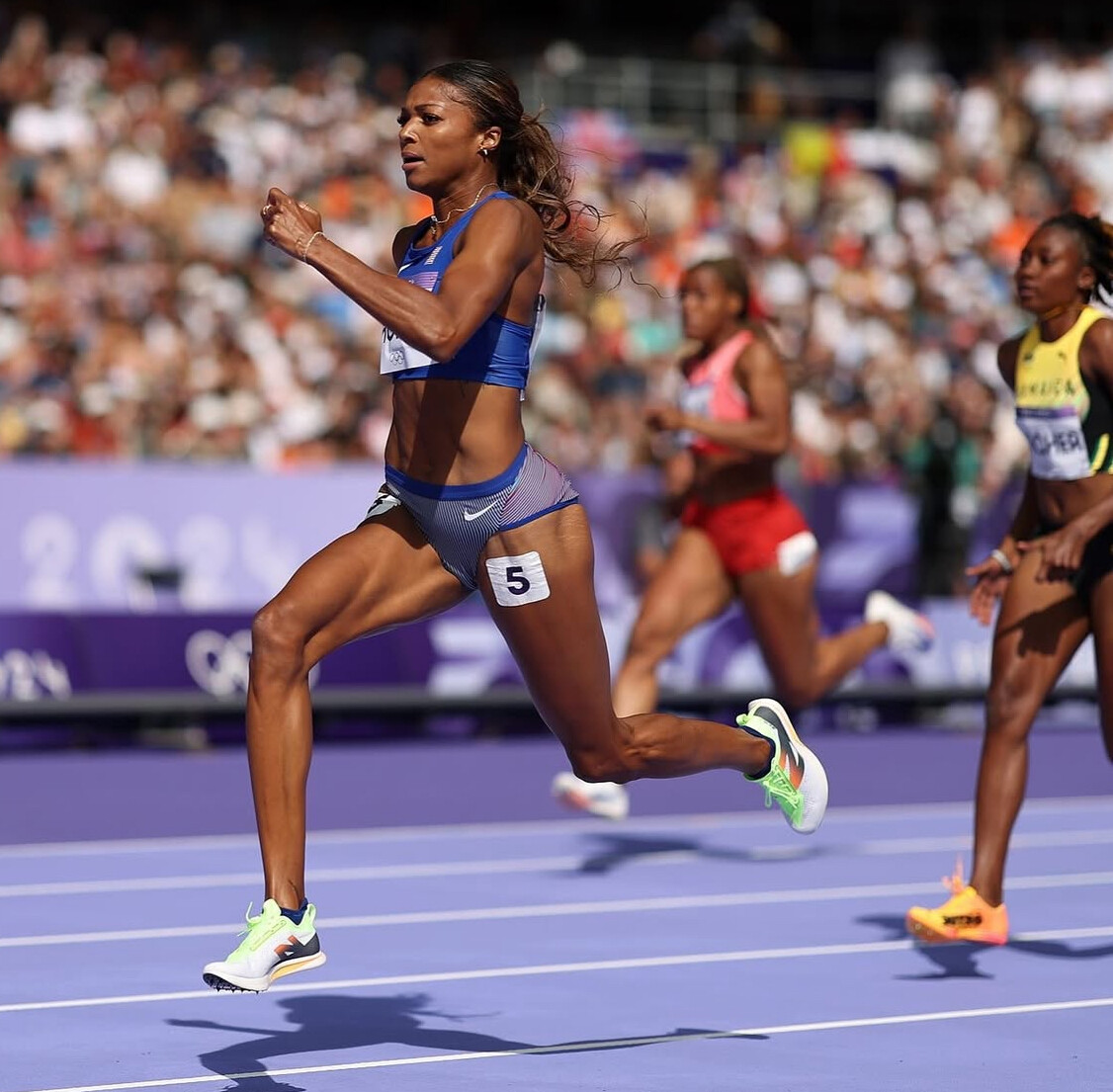
Born on December 7, 1996, in Atlanta, Georgia, Gabby Thomas was raised in Northampton, Massachusetts. She attended Harvard University, earning a bachelor’s degree in neurobiology and global health. During her time at Harvard, Thomas won 22 conference titles across six events, setting school and Ivy League records in the 100m, 200m, and indoor 60m races. Notably, she became the first Ivy League sprinter to win an NCAA sprint championship, securing the 200m title with a time of 22.38 seconds.

Thomas’s athletic achievements are remarkable. She clinched three gold medals at the 2024 Paris Olympics in the 200m, 4x100m relay, and 4x400m relay. Her 200m victory was achieved with a time of 21.83 seconds. Beyond her athletic prowess, Thomas is dedicated to addressing racial health disparities, working with Austin’s Volunteer Healthcare Clinic and aspiring to run a nonprofit organization focused on expanding healthcare access.

Spencer McManes: From Ivy League Athlete to Entrepreneur
Spencer McManes hails from Roswell, Georgia, where he attended Blessed Trinity Catholic High School, excelling as a quarterback and setting multiple football records. He continued his athletic career at Yale University, playing as a quarterback for the Bulldogs and graduating with a degree in political science and government.
Professionally, McManes has held roles in customer success management and, in May 2023, founded Kaviva, a non-alcoholic kava-based sparkling water company based in Austin, Texas.
A Relationship Built on Shared Values and Mutual Support
Thomas and McManes’s relationship began in 2022 after connecting through mutual friends who noted their shared backgrounds as Ivy League athletes. Despite the traditional Harvard-Yale rivalry, they bonded over common interests and experiences. McManes has been a steadfast supporter of Thomas’s athletic career, notably cheering her on during her triumphant performance at the 2024 Paris Olympics.
The Engagement: A Surprise Rooftop Proposal
In March 2025, McManes proposed to Thomas during an intimate rooftop gathering in Austin, Texas. The setting was adorned with flowers, and Thomas’s best friend and a photographer were present to capture the moment. Reflecting on the surprise, Thomas expressed her genuine astonishment and joy.
The engagement ring features a classic round-cut diamond, estimated at three carats, set in white gold or platinum, symbolizing their enduring commitment.
Looking Ahead: Balancing Personal and Professional Aspirations
As Thomas and McManes embark on this new chapter together, they continue to pursue their respective professional goals. Thomas is preparing for the 2025 track season, with plans to compete in the new Grand Slam Track league, which includes events in Jamaica, Miami, Philadelphia, Los Angeles, Oregon, and culminates at ATHLOS NYC in October.
(03/27/2025) ⚡AMP
by Boris Baron
Jackie Holman Claims Double Victory Cup at the 2025 Marina Double 15K
Runners gathered at the scenic Brisbane, California Marina March 22 for the annual Marina Double 15K, a one-of-a-kind event featuring a two-stage race: a 10K followed by a 5K, with combined times determining the overall results. In true Double Racing fashion, the 5K starts exactly 1 hour and 45 minutes after the start of the 10K, putting athletes to the test both physically and mentally.
The Marina Double 15K is an official event of the Double Road Race Federation (DRRF), the governing body of the sport of Double Racing. The sport was created by Bob Anderson, founder of Runner’s World magazine. The first official Double race was held in Mexico in 2010, and the format has since grown internationally.

In this unique format, the top honor—the Double Victory Cup—is awarded to the runner with the best age-graded score over the full 15K. This year, 19-year-old Jackie Holman earned the top distinction with an age-graded score of 83.48%. She ran the 10K in 37:49 and the 5K in 17:46, giving her a combined time of 55:35 and the overall win. This shattered the best time ever for females 19 and under. The previous record was 57:22 set Dec 22, 2013 in Pleasanton, ca by 19 year old Natalie Dimits.

Anthony Cortes posted the fastest overall time of the day with a 33:23 in the 10K and a 16:46 in the 5K, totaling 50:09. His age-graded score was 82.12%.

Other Race Highlights

The Marina event also featured three additional races open to the public.
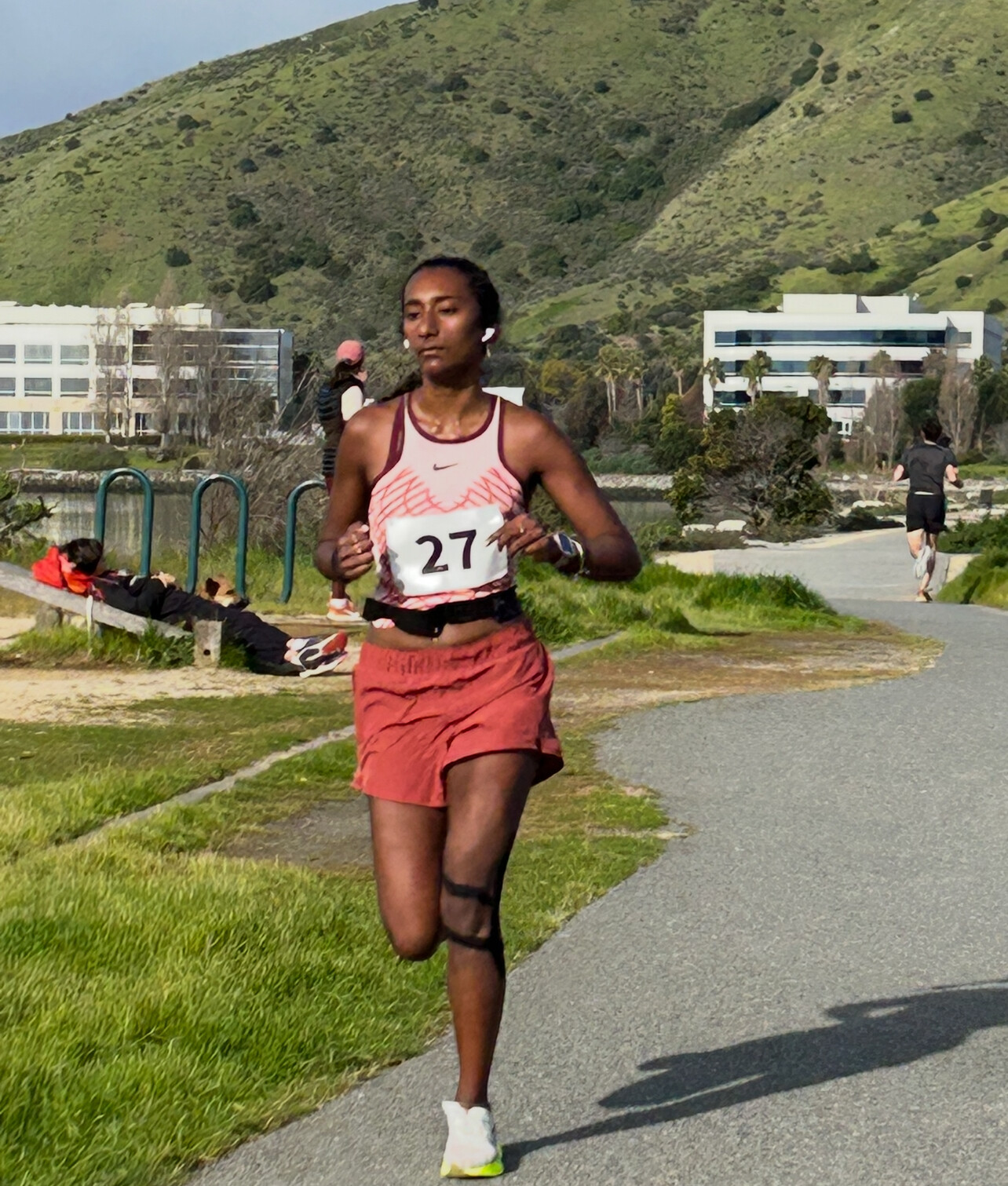
In the 10K Open, Andrew Elder (age 31) finished first among the men with a time of 36:46, and Maya Rossin-Slater (age 38) led the women with a time of 41:47.
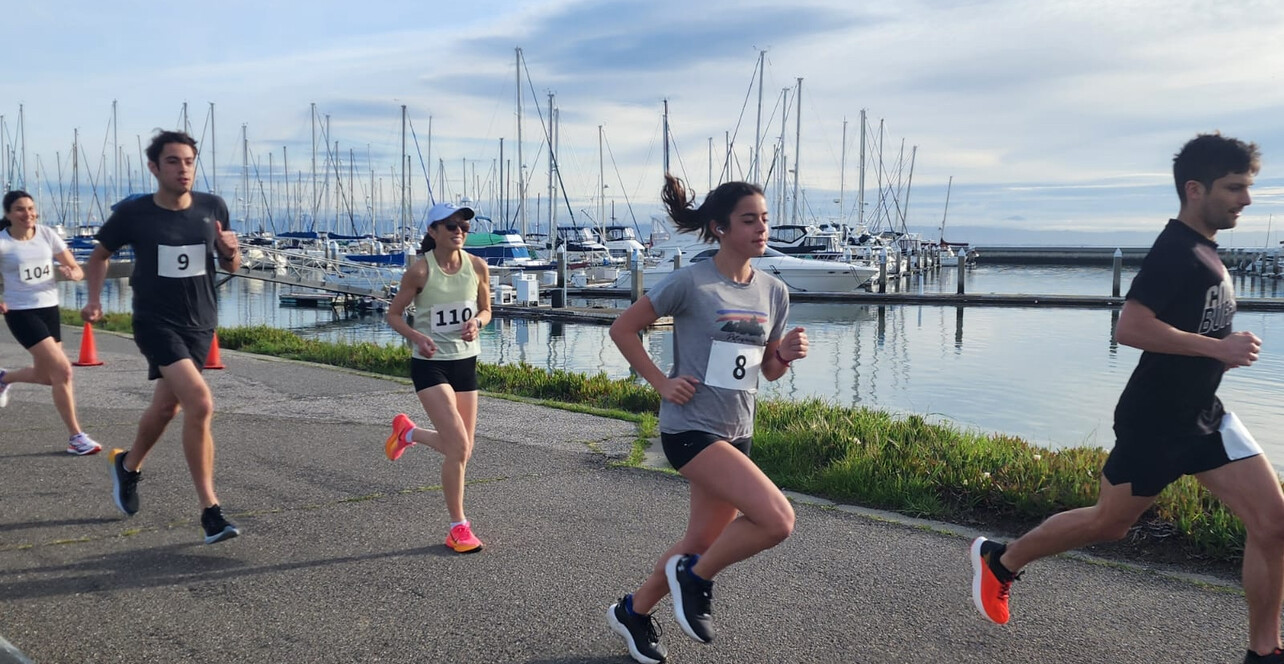
In the 5K Run/Walk, Joji Morikawa (age 21) won the men’s division with a time of 18:04, and Yannan Xi (age 38) was the first female finisher in 21:02.

The Bob Anderson’s Kids Mile, open to children 13 and under, brought smiles and strong performances. Dylan Nichol (age 11) was the fastest boy with a time of 6:43, and Nadia Slater (age 9) finished first among the girls in 7:54.
Held along the waterfront paths of Harbor Park in Brisbane, California, the Marina Double featured stunning views of the bay, mild spring weather, and a welcoming, community-driven atmosphere that brought together competitive runners and families alike.
World Records for the Double 15K
• Men’s Record: Shadrack Kendulywo – 42:34 (10K: 28:33, 5K: 13:59), set in Thika, Kenya on September 14, 2024
• Women’s Record: Risper Gesabwa – 48:45 (10K: 32:55, 5K: 15:49), set on December 21, 2014
Save the Date
The next Marina Double 15K and companion events will return to Brisbane on Saturday, March 21, 2026. Whether you’re racing both legs or cheering on your kids in Bob Anderson’s Kids Mile, there’s something for everyone at this one-of-a-kind running festival.
(03/27/2025) ⚡AMPby Boris Baron
Marina Double 15k & 10k/5k
2026 will be our 7th year at this location for the Double 15K (10K+break+5K), 10k, 5k and kids mile (13 and under). You are going to love our flat and fast course. All participants will receive an official shirt, tote bag and all finishers will receive a big medal. Brisbane is just 20 minutes from downtown San Francisco and one...
more...Neil Gourley Sets Sights on 1500m World Title: “It’s My Turn at the Top of the Podium”
After clinching his first global medal at the World Athletics Indoor Championships in Nanjing, you is setting his sights on something even bigger: gold in the 1500m at this year’s World Championships in Tokyo.
The Scottish middle-distance star delivered a commanding performance indoors, earning silver behind Norway’s Jakob Ingebrigtsen. But for Gourley, it wasn’t just about the medal—it was about momentum. And belief.

Earlier that weekend, Gourley served as captain of the British team, delivering an inspiring speech to his teammates, urging them to “leave room for the extraordinary.” Then he went out and embodied those very words.

“It was an emotional weekend,” Gourley reflected. “To lead the team and then come away with a medal—it meant a lot. But I’m not satisfied yet. I’ve seen what Jake and Josh have done. I want that gold. It’s my turn now.”
He’s referring to fellow Scots Jake Wightman and Josh Kerr, who both made headlines by defeating Ingebrigtsen to win 1500m gold at the last two World Championships. Wightman shocked the field in Eugene in 2022, while Kerr executed a masterclass in race tactics in Budapest in 2023.
Now, Gourley wants to be the next name in that elite lineage.
“There’s something special happening in Scottish middle-distance running,” he said. “We’re not just showing up—we’re winning. I want to be part of that legacy.”
Gourley’s trajectory has been steadily rising. With a background in the NCAA system, British titles to his name, and a reputation for tactical intelligence and fierce finishing speed, he has quietly become one of the most dangerous men in the event.
But this September in Tokyo, he doesn’t want to fly under the radar. He wants the spotlight.
“The standard has been set, and I’m ready to meet it,” Gourley said. “I’ve visualized this. I’ve trained for this. I’ve seen what’s possible. Now I want to do it myself.”
As preparations begin for the outdoor season, Gourley will focus on sharpening his race craft, dialing in his training, and building toward the moment he’s dreamed about—standing on top of the podium in one of the sport’s most iconic events.
“I’m coming for it,” he said. “Tokyo is where I want to make it happen.”
With Wightman and Kerr already enshrined in British running history, Neil Gourley is ready to write his own chapter—and keep the golden streak of Scottish milers alive.
(03/26/2025) ⚡AMPby Boris Baron
Running Through Stanford: Bob Anderson’s Favorite Routes Across One of the Most Scenic Campuses in the World
For over a decade, Bob Anderson — founder of Runner’s World and My Best Runs — has made the beautiful campus of Stanford University part of his regular training routine. Logging more than 40-60 runs per year, Bob doesn’t just show up for a loop or two. His connection to the campus is personal, purposeful, and deeply rooted in over ten years of consistent miles.
The Campus: Where Beauty Meets Variety

Stanford’s campus is one of the largest in the world, covering more than 8,000 acres in the heart of Silicon Valley. For runners, it’s a dream.

The terrain is varied and forgiving, with a blend of smooth bike paths, tree-lined sidewalks, dirt trails, and open stretches that feel more like parkland than a college campus. Runners pass by iconic sandstone buildings, the Rodin Sculpture Garden, and expansive green spaces that invite both focus and reflection. The Hoover Tower stands tall in the background, offering a visual anchor point during longer runs.

Whether you’re doing intervals on the flats or cruising through rolling paths near the Arboretum, Stanford has the kind of range that keeps every workout interesting.
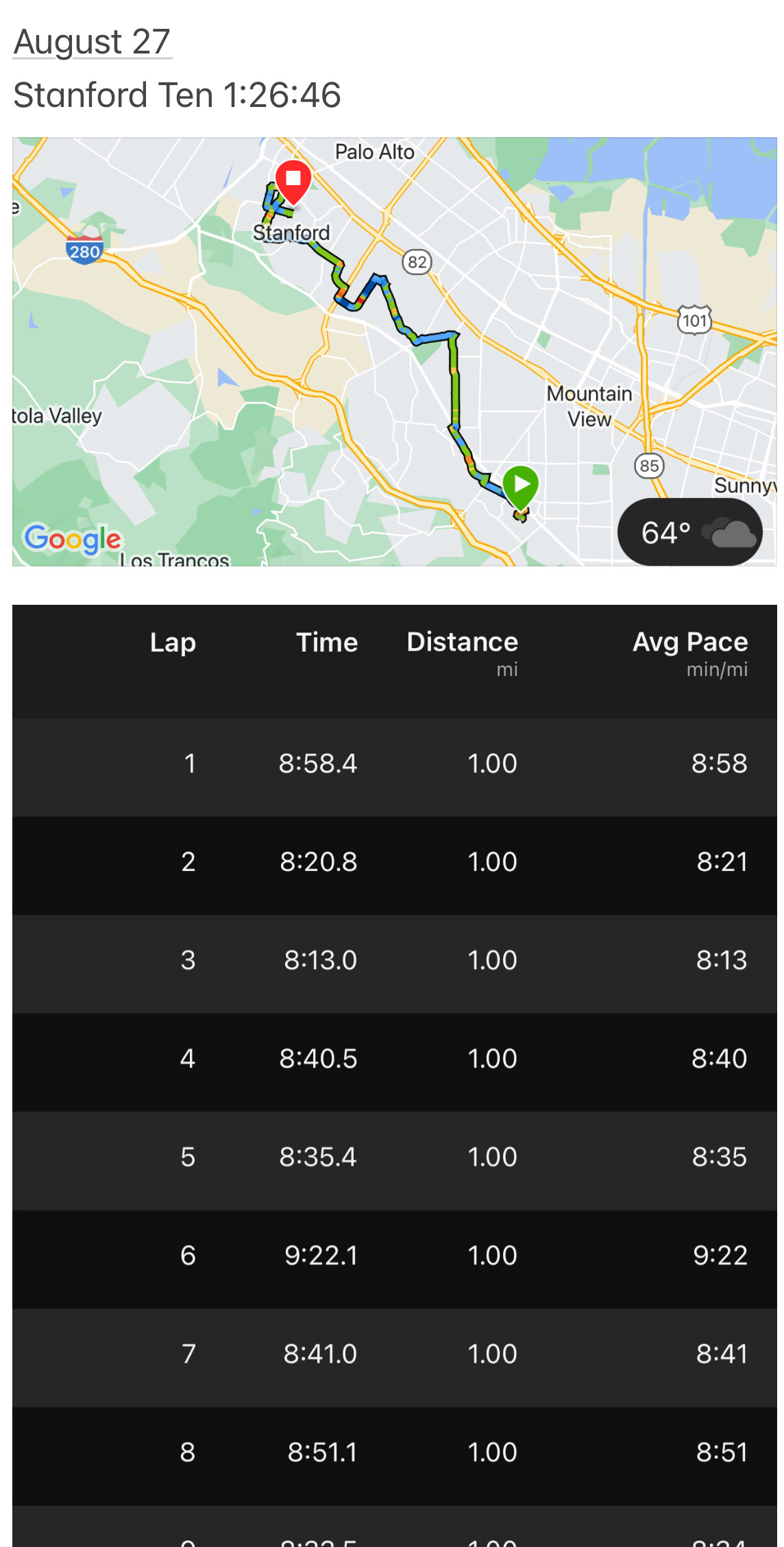
Bob’s Go-To Route: From Los Altos to Coupa Café
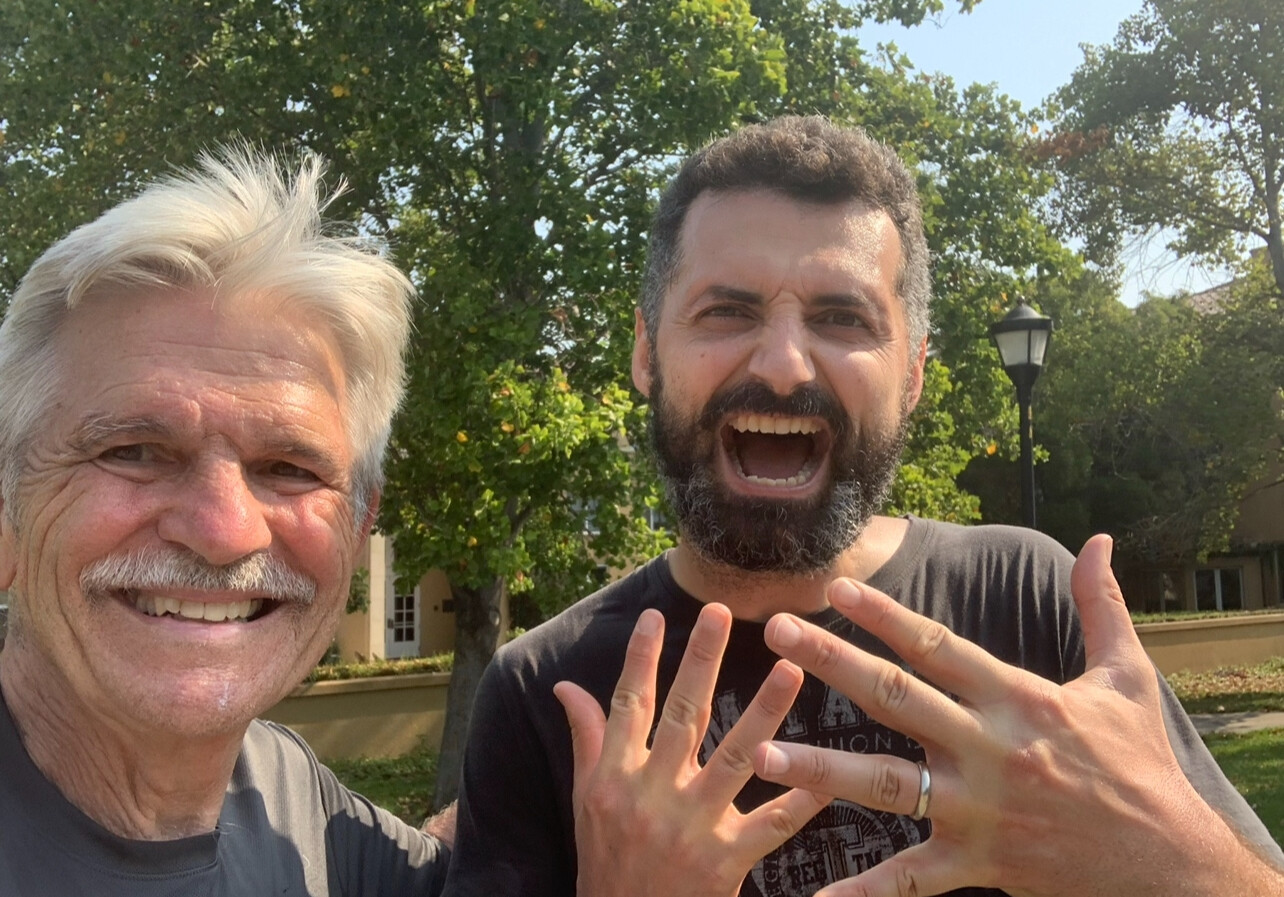
Bob typically begins his run from his home in Los Altos, covering 7.2 miles to Coupa Café on campus. Most days, he runs the first 6.2 miles, then walks the final mile as an active cooldown, enjoying the transition onto Stanford’s peaceful grounds.

His destination is Coupa Café, a cozy outdoor spot nestled in the heart of Stanford. The stop is part of the ritual: a cup of coffee, a bag of chips, and a bottle of water — simple mid-run fuel that’s become tradition.

He’s often joined by his friend JR, especially on Sundays, turning the outing into a social run and a weekly catch-up. On Saturdays, his small dog Daisy — a fast, energetic runner — tags along. Daisy has even clocked sub-8-minute miles over 10K distance, holding her own on the longer efforts.
The 10-Mile Loop: A Long Run Favorite
Another favorite in Bob’s training rotation is a 10-mile run that also starts in Los Altos. He reaches Stanford around mile 6.5, then finishes the last 3.5 miles weaving through the most scenic parts of campus. (Sixth photo after the 10 with JR)
He wraps up the 10-miler at — where else? — Coupa Café, before taking in a post-run walk of about a mile to his pickup spot, where his wife meets him. It’s a perfectly designed effort that blends physical training with relaxation and reflection.
Why Stanford Works for Runners
• Safe and runner-friendly: Wide bike paths, sidewalks, and pedestrian zones.
• Scenic and ever-changing: Between the architecture, gardens, and trails, there’s always something new to notice.
• Flat and fast: Ideal for tempo runs, recovery jogs, or long efforts.
• Quiet corners: Great for solo runs or mindful movement.
• Accessible: Easily reached from surrounding cities, especially by foot from Palo Alto or Los Altos.
Some Final Thoughts
Stanford University isn’t just a world-class institution — it’s also one of the best places to run in the Bay Area. For Bob Anderson, it has become a cornerstone of his running life.
Whether it’s a seven-mile effort with coffee in the middle or a strong ten-mile long run with a relaxing walk to follow, Stanford delivers miles with meaning — shared with friends, family, and even a four-legged training partner named Daisy.
“There’s something about that campus that keeps calling me back,” Bob says. And after just one run through Stanford, it’s easy to understand why.
Bob has also run many races on the Stanford campus and many people have joined him at Coupa cafe. "If you have not explored the campus you should put it on your to do list," says Bob.
There are many races that run through the Stanford campus as well. The last photo is one Bob ran.
(03/26/2025) ⚡AMPby Boris Baron
World Athletics Makes 300m Hurdles an Official Event
World Athletics has officially recognized the 300m hurdles as an official event, marking a major shift in the sport’s landscape. While it has long existed as a training and exhibition distance, the 300m hurdles will now count toward world rankings and all official statistical purposes, similar to the 400m hurdles.
In a statement released by World Athletics, the governing body noted:
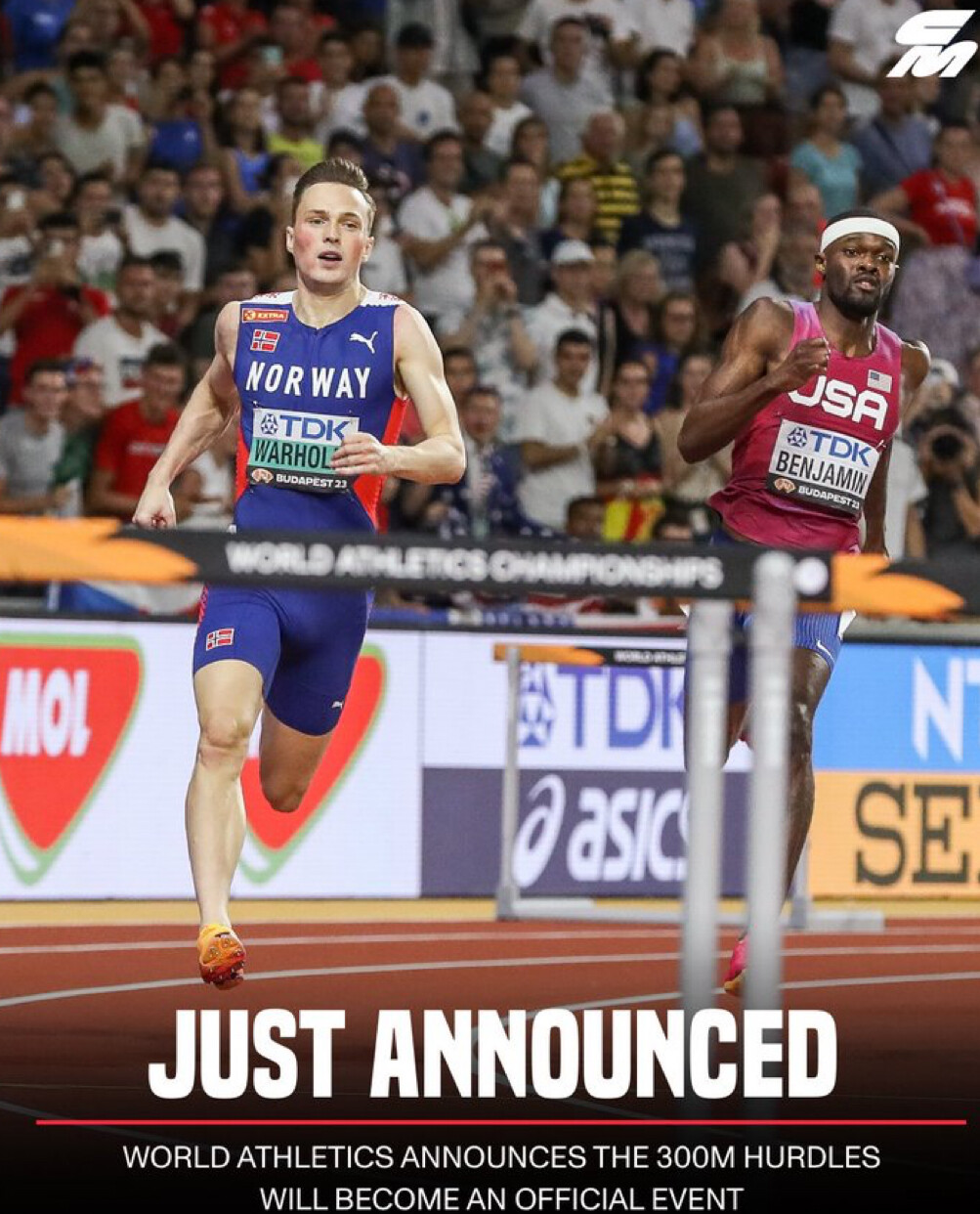
“It will serve all World Athletics statistical purposes, including world rankings towards which it will score as a similar event to the 400m hurdles. A list of world best performances will be kept, while conditions for setting an inaugural world record will be decided at a later stage, once the popularity of the event has reached a meaningful level.”

Though not yet eligible for world records, the event already boasts elite-level performances. Norway’s Karsten Warholm—the 400m hurdles world record holder—blazed 33.26 in Oslo in 2021, a mark widely recognized as the world best. He followed it up with a 33.28 performance in Bergen last year.

On the women’s side, Dutch superstar Femke Bol holds the top time with her 36.86 run in 2022.
The move to formalize the event brings renewed attention to what has typically been a non-championship distance. A major showcase is already on the calendar: the men’s 300m hurdles will feature at the Oslo Diamond League on June 12, 2025, setting the stage for a high-profile showdown in Warholm’s home country.
With elite athletes already embracing the event and more high-level races on the way, the 300m hurdles may soon become a fan favorite—and a mainstay in international competition.
Photos: Karsten Warholm Sets 300m Hurdles World Record
Norwegian hurdler Karsten Warholm setting the 300m hurdles world record with a time of 33.26 seconds at the Impossible Games in Oslo.
Femke Bol Breaks Women’s 300m Hurdles World Record
Dutch athlete Femke Bol breaking the women’s 300m hurdles world record with a time of 36.86 seconds at the Ostrava Golden Spike event.
(03/26/2025) ⚡AMPby Boris Baron
Defending Champion Sheila Chelangat Returns for the 2024 Türkiye İş Bankası Istanbul Half Marathon – April 27
Sheila Chelangat (first two photos) is set to defend her title at the 20th edition of the Türkiye İş Bankası Istanbul Half Marathon on April 27. The 26-year-old Kenyan, who claimed her biggest career win on this same course last year, headlines a deep elite field featuring several of Africa’s top distance runners.
Chelangat made headlines in 2023 when she dropped nearly three minutes from her personal best to clock 66:47 in Istanbul. She continued to shine in 2024, running 66:42 in Copenhagen and a new PB of 66:06 in Valencia. But despite her strong form, she’s not the fastest woman in the field this year.
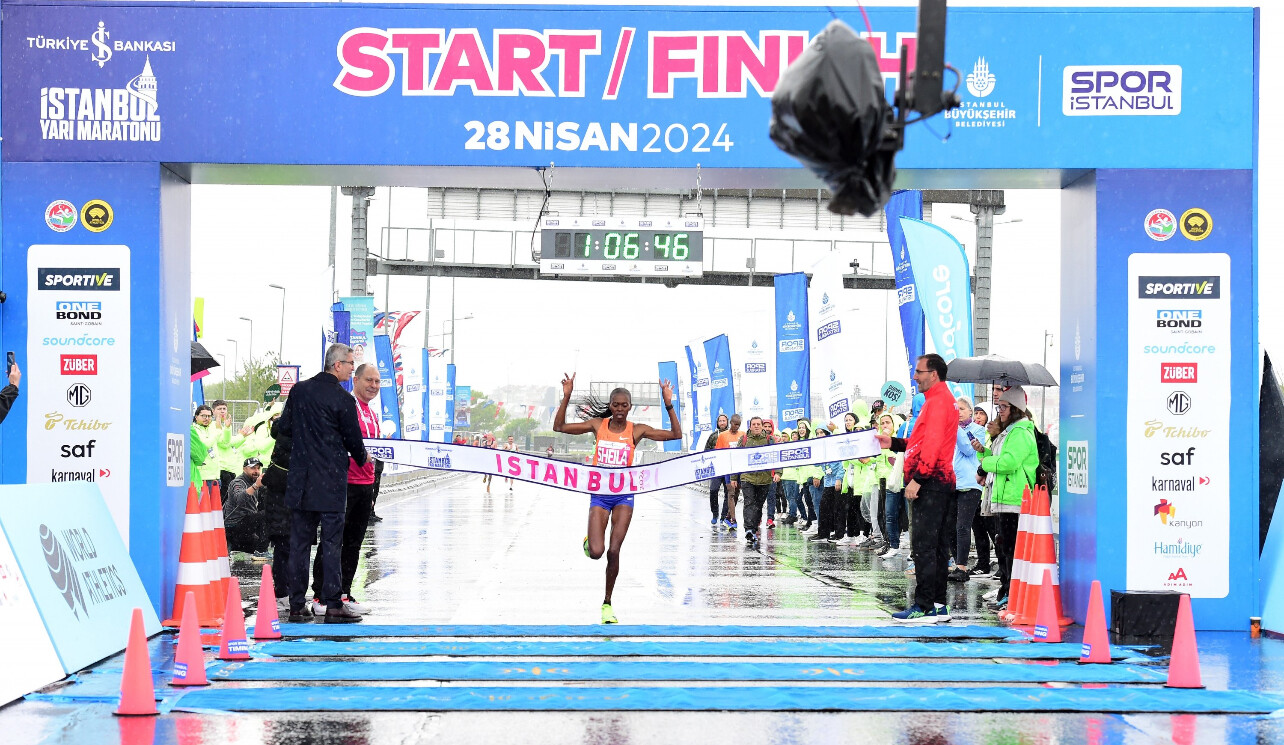
Fellow Kenyan Judy Kemboi, 25, enters as the top seed with a personal best of 65:43, set in Copenhagen. In just over a year, Kemboi has completed seven half marathons—winning five of them—including a strong second-place finish at this year’s Ras Al Khaimah Half Marathon (66:34) and a win in Guadalajara at altitude.
Another top contender is 29-year-old Winfridah Moseti, who recently proved her marathon strength with a 2:16:56 runner-up finish in Tokyo. Her half marathon PB stands at 65:59 from Malaga, but her recent form suggests she’s ready for more.
In the men’s race, Ethiopia’s Haftu Teklu and Kenya’s Alex Matata are expected to battle for the title. Teklu brings a 59:06 best and course experience—he finished third in Istanbul two years ago. Just days ago, he also won the Seoul Marathon in 2:05:42, confirming his top form.
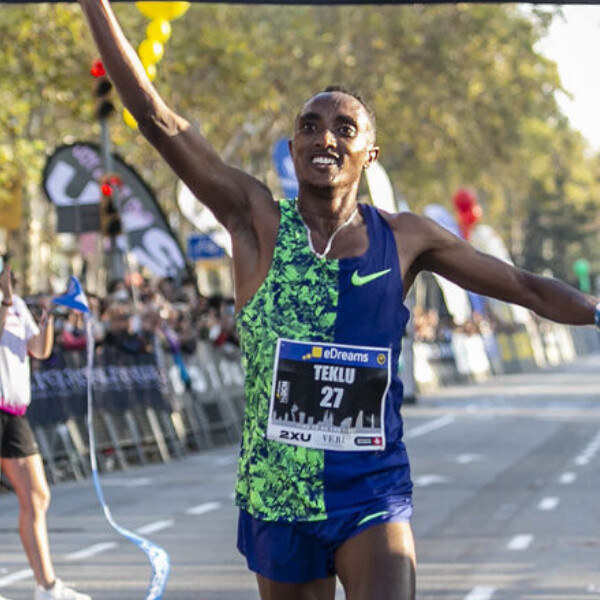
Matata, 27, is one of Kenya’s fastest-rising stars. He won the Ras Al Khaimah Half Marathon in February with a personal best of 59:20, despite headwinds. In just one year of international competition, he’s already won six of his seven half marathons.
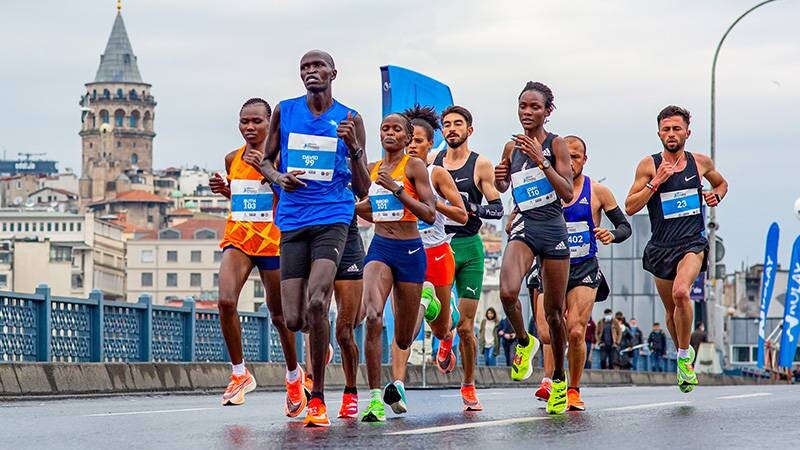
Not to be overlooked is Great Britain’s Callum Hawkins. A two-time World Championship marathon fourth-place finisher, Hawkins is returning to form and holds a half marathon PB of 60:00 from 2017.

Organizers expect around 17,000 runners across both the half marathon and parallel 10K event, making it Turkey’s largest and fastest half marathon. Entries are still open.
“Running around the historic city once ruled by three empires—and along the Golden Horn—is a priceless experience,” said Race Director Renay Onur. “Every runner should experience this event. And when champions return, it shows that Istanbul is one of the best places in the world to run.”
(03/26/2025) ⚡AMPIstanbul Half Marathon
The Türkiye İş Bankası Istanbul Half Marathon is one of the fastest and most scenic races in the world, taking runners along the historic Golden Horn in Istanbul—once the heart of three great empires. Held annually in April, it attracts a world-class field and thousands of amateur runners. The flat, fast course makes it ideal for personal bests. The current...
more...Highlights and What’s Ahead at the 2025 World Masters Athletics Indoor Championships
The 2025 World Masters Athletics Indoor Championships have brought more than 4,000 athletes aged 35 to 100+ from nearly 100 countries to Gainesville, Florida, for a week of spirited competition and lifelong passion for the sport. Held at the Alachua County Sports & Events Center, the championships began on March 23 and continue through March 30, delivering record-breaking performances and remarkable stories of perseverance.
The opening ceremony set the tone, with a Parade of Nations, live music, and cultural performances welcoming athletes to Florida. Over the first few days, standout performances have included American stars Rick Becker and Nora Cary winning their respective 6K cross country titles, and 80-year-old Michael Kiely of Ireland stunning the crowd with a gold-medal 800m run in the 80–84 category, clocking an impressive 3:09.35.
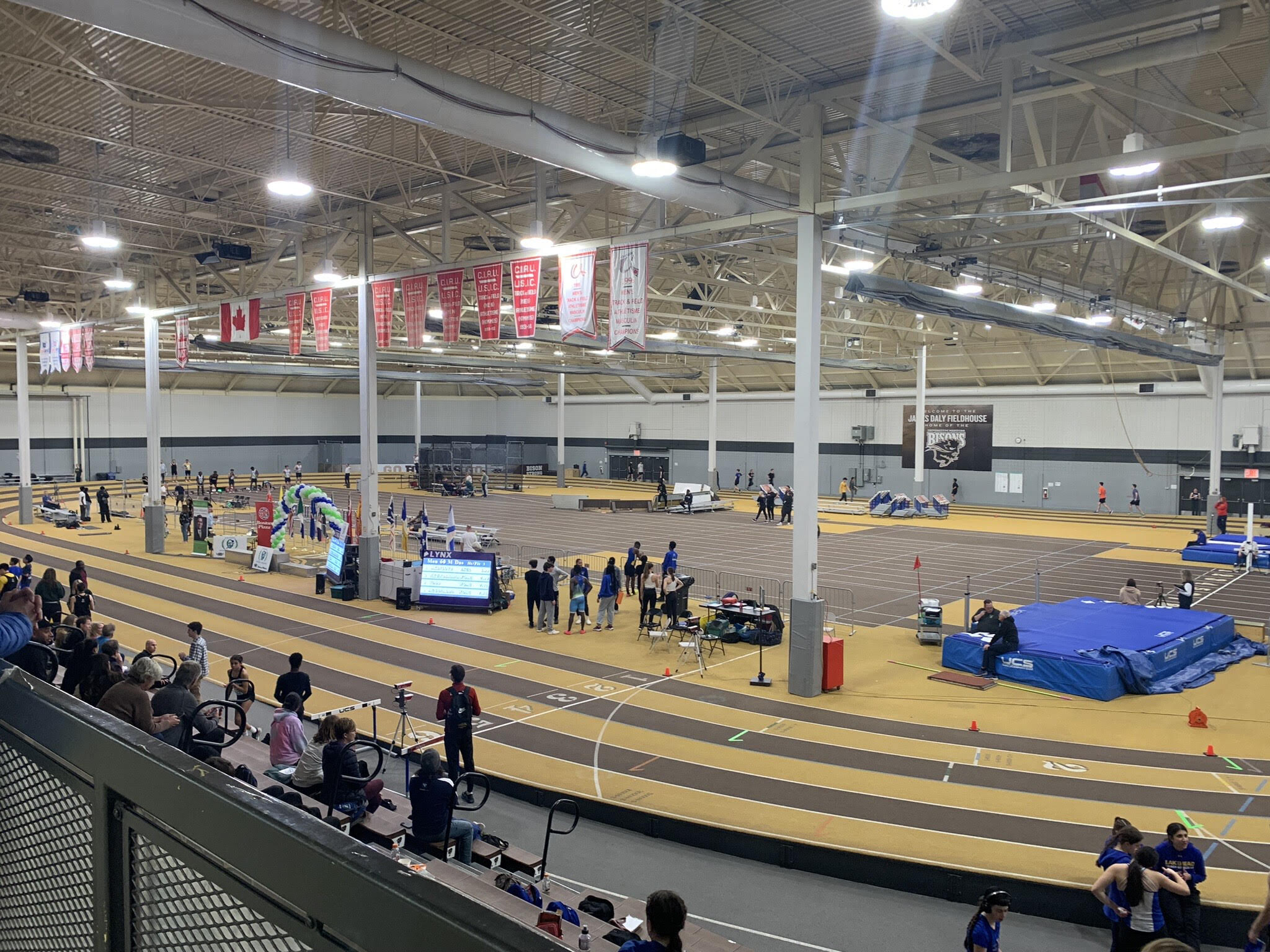
As the championships head into their final stretch, attention now turns to the middle- and long-distance track events. Here’s a look at what’s coming:

Upcoming Events: 800m and Up (March 27–30)
• March 27–28:
• 3000m Race Walk Finals for all age groups (Men & Women 35+ to 85+)
• 1500m Semifinals (Men & Women 50+ to 35+)
• March 30 (Sunday – Final Day):
• 1500m Finals from 9:00 AM to 12:45 PM
• 800m Finals from 1:00 PM to 3:20 PM
Every race is split by five-year age brackets, ensuring fair and competitive racing across the decades. Admission is free to all events, and the atmosphere inside the venue has been electric—equal parts competition and celebration.
(03/25/2025) ⚡AMP
by Boris Baron
WMA Indoors Championships
The 2025 World Masters Athletics Championships Indoor in Alachua County, Florida, USA, (“Championships”) will be held under the regulations of World Athletics as modified for Masters by World Masters Athletics (“WMA”) via their Competition Rules and any other special rules specified for this competition. During the Championships, each athlete will represent a country, and each country has a national Masters...
more...Matt Richtman - The Unexpected Hero of American Distance Running
On March 16, 2025, Matt Richtman stunned the running world by becoming the first American man in 31 years to win the Los Angeles Marathon. His time—2:07:56—was not only a personal best, but also the seventh-fastest marathon time in U.S. history. What made the victory even more remarkable was how he got there: no professional training group, no high-profile coach, just relentless work, self-belief, and a deep-rooted passion for the sport.
Humble Beginnings in a Running Family

Born on January 13, 2000, in Elburn, Illinois, Richtman was raised in a family where running was part of the fabric of life. His parents, Tom and Karen, along with his sisters, Rebecca and Rachel, were known locally as “The Running Richtmans.” Inspired by that environment, Matt began running competitively in middle school and quickly rose through the ranks.

In 2017, as a senior at Kaneland High School, he won the Illinois Class 2A cross-country state title. From there, he ran at Bradley University before transferring to Montana State University, where he earned All-Big Sky honors and became a standout on the cross-country and track teams. He graduated in 2023 with a degree in mechanical engineering.

A Blue-Collar Approach to Greatness
After college, Richtman returned to Illinois to work with his father’s carpentry business and volunteered as a coach at his former high school. Though his path diverged from the traditional elite training pipeline, he continued to train with quiet intensity.
In October 2024, Richtman made his marathon debut at the Twin Cities Marathon, finishing fourth in 2:10:47. That performance earned him a sponsorship from ASICS, allowing him to train full-time. Still, he remained self-coached and based in Bozeman, Montana, where he trained with a small group that included former Montana State teammates.
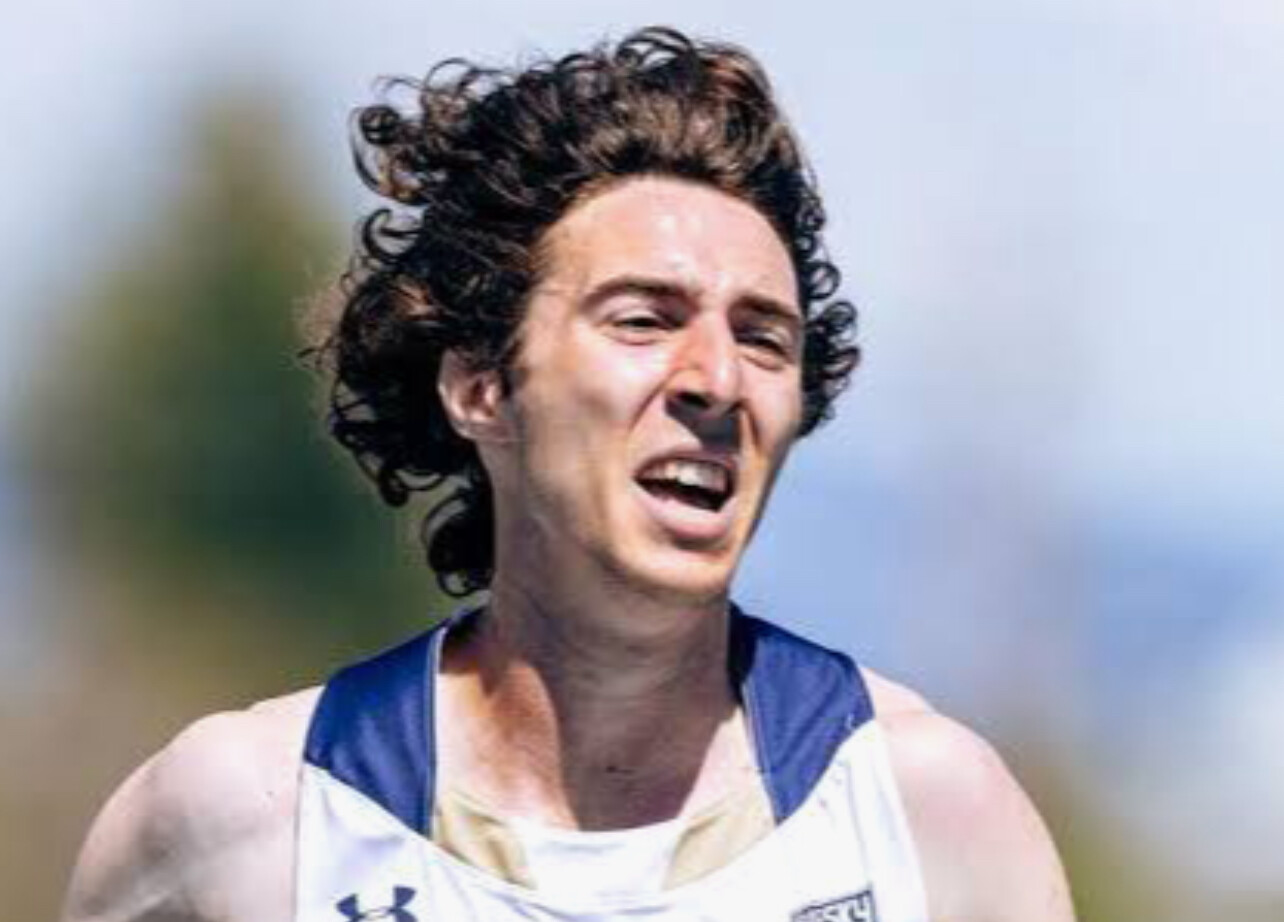
His training emphasized consistency over flash: weekly mileage exceeding 100 miles, long progression runs, and mile repeats with short recovery. No altitude camps. No super team. Just hard work.
Making History in Los Angeles
At the 2025 LA Marathon, Richtman took control in the late miles and never looked back. He crossed the finish line alone, arms raised, breaking a 31-year drought for American men at this race. It was a breakthrough not just for Richtman, but for American distance running.
In post-race interviews, Richtman humbly credited his support system and years of preparation. His father, watching from the finish line, said it best: “Matt trains every day, rain or snow. He earned this.”
What’s Next?
With his sudden rise to national prominence, Richtman now has his eyes on the global stage. He hopes to represent the United States at future World Championships and at the 2028 Los Angeles Summer Olympics—poetically, back where it all started.
Whether or not he joins a professional group or continues to go it alone, one thing is certain: Matt Richtman has proven that there’s more than one path to greatness. His win in LA was more than just a race—it was a reminder of what’s possible when talent meets tenacity.
(03/25/2025) ⚡AMPby Boris Baron
Los Angeles Marathon
The LA Marathon is an annual running event held each spring in Los Angeles, Calif. The 26.219 mile (42.195 km) footrace, inspired by the success of the 1984 Summer Olympic Games, has been contested every year since 1986. While there are no qualifying standards to participate in the Skechers Performnce LA Marathon, runners wishing to receive an official time must...
more...The Cooper River Bridge Run is One of the World’s Premier 10K Races
Each spring, Charleston, South Carolina, becomes the stage for one of the most iconic 10K races in the world—the Cooper River Bridge Run. What began as a local race in 1978 has grown into a world-class event that draws tens of thousands of runners and walkers from across the globe. More than just a footrace, it’s a celebration of movement, health, and the unifying power of sport.
On Sunday morning, April 2, 1978, the sound of the starting gun echoed across Charleston for the very first Cooper River Bridge Run. Even in that inaugural edition, the race exceeded expectations. With just four categories—open male, open female, masters male, and masters female—the event marked the beginning of something truly special. Now, nearly five decades later, the race stands as one of the most prestigious 10Ks on the calendar, consistently ranking among the best in the world.

A Course Like No Other
What makes the Cooper River Bridge Run so memorable is the course itself. The 10-kilometer route begins in Mount Pleasant and leads runners over the majestic Arthur Ravenel Jr. Bridge—an architectural marvel with a gradual incline that tests strength and determination. The bridge stretches 2.5 miles over the Cooper River and offers breathtaking panoramic views of the Charleston Harbor, a welcome distraction during the climb. After crossing the bridge, the race winds through the historic streets of downtown Charleston, where enthusiastic crowds and live music line the course.
The point-to-point design not only delivers scenic beauty but also keeps runners moving forward—both physically and metaphorically. Whether racing for a personal best or simply soaking in the experience, the course inspires greatness.

Chasing Records and Personal Bests
The Cooper River Bridge Run has long attracted elite athletes aiming for fast times on its certified course. The men’s course record of 27:40 was set by James Koskei in 2000, while the women’s record of 31:19 was established by Elana Meyer in 1997. These benchmark times continue to inspire both seasoned racers and newcomers alike.
The 48th running of the Cooper River Bridge Run will take place on Saturday, April 5, 2025.
As race day approaches each spring, anticipation builds—not just for the thrill of crossing the bridge, but for the camaraderie, the joy of movement, and the shared pursuit of health and happiness. The Cooper River Bridge Run is more than a 10K. It’s a journey, a celebration, and a tradition that continues to inspire the running world.
(03/24/2025) ⚡AMPby Boris Baron
Cooper River Bridge Run
The Cooper River Bridge Run provides a world-class 10-K foot race held in Charleston, S. Carolina. The race promotes continuous physical activity and a healthy lifestyle through education and opportunity. On Sunday morning, April 2, 1978, the starting gun was fired for the First COOPER RIVER BRIDGE RUN and the race began. Even at that time it was successful beyond...
more...Building Mental Toughness: Essential Strategies for Endurance Runners
Endurance running challenges not only the body but also the mind. Developing mental toughness is crucial for runners aiming to push through discomfort, maintain focus, and achieve their goals. Here are key strategies to cultivate mental resilience:
1. Set Clear, Achievable Goals
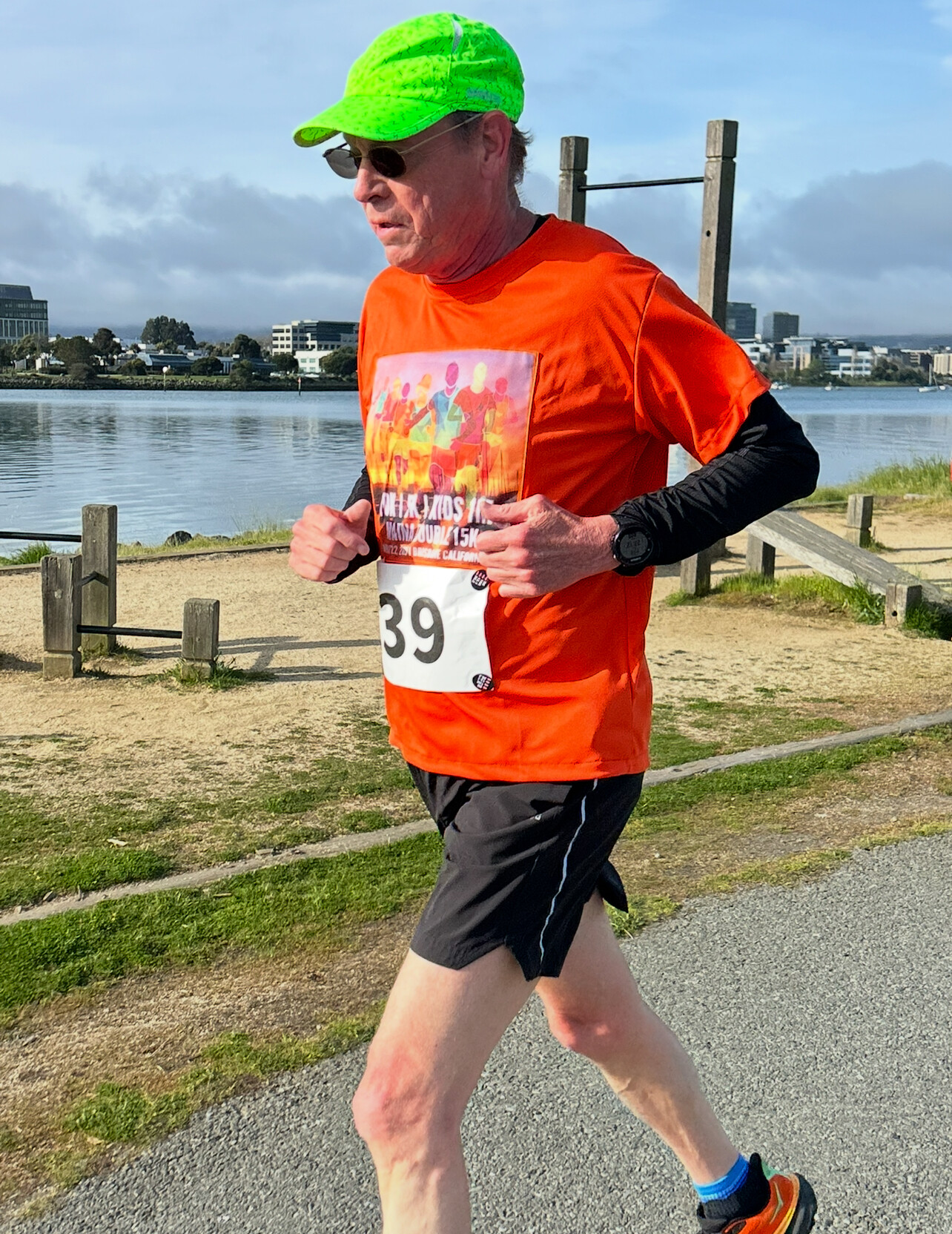
Establishing specific objectives provides direction and motivation. Break down larger goals into manageable milestones to track progress and build confidence. This approach fosters a sense of accomplishment and keeps you motivated throughout your training journey.
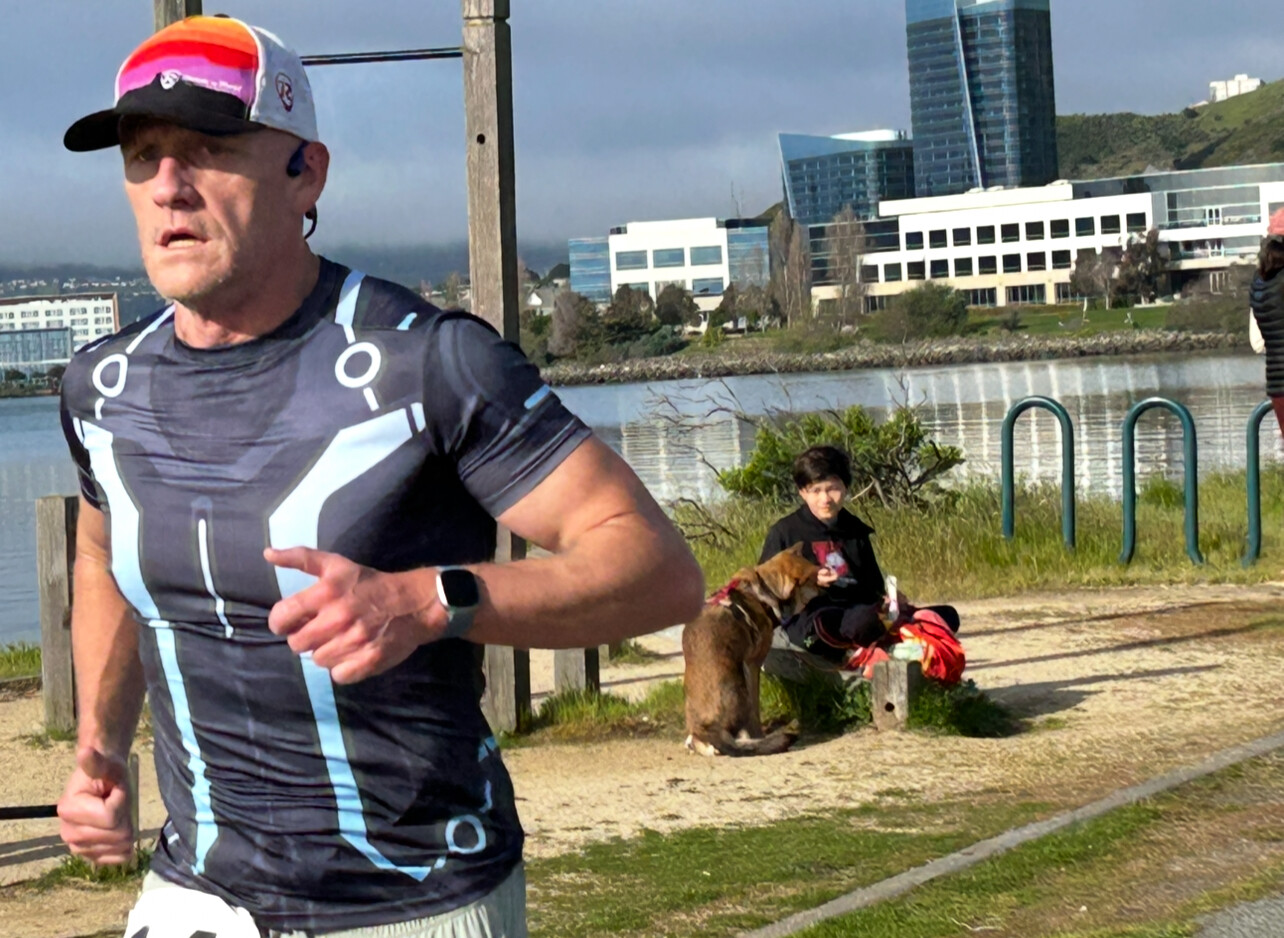
2. Embrace Visualization Techniques
Mentally rehearsing your runs can enhance performance and reduce anxiety. Visualize yourself successfully navigating the course, overcoming challenges, and crossing the finish line. This practice prepares your mind for the actual experience, making it feel more familiar and manageable.

3. Cultivate Positive Self-Talk
The dialogue you have with yourself during runs significantly impacts performance. Replace negative thoughts with affirmations like “I am strong” or “I can handle this.” Positive self-talk can boost confidence and help you manage discomfort effectively.
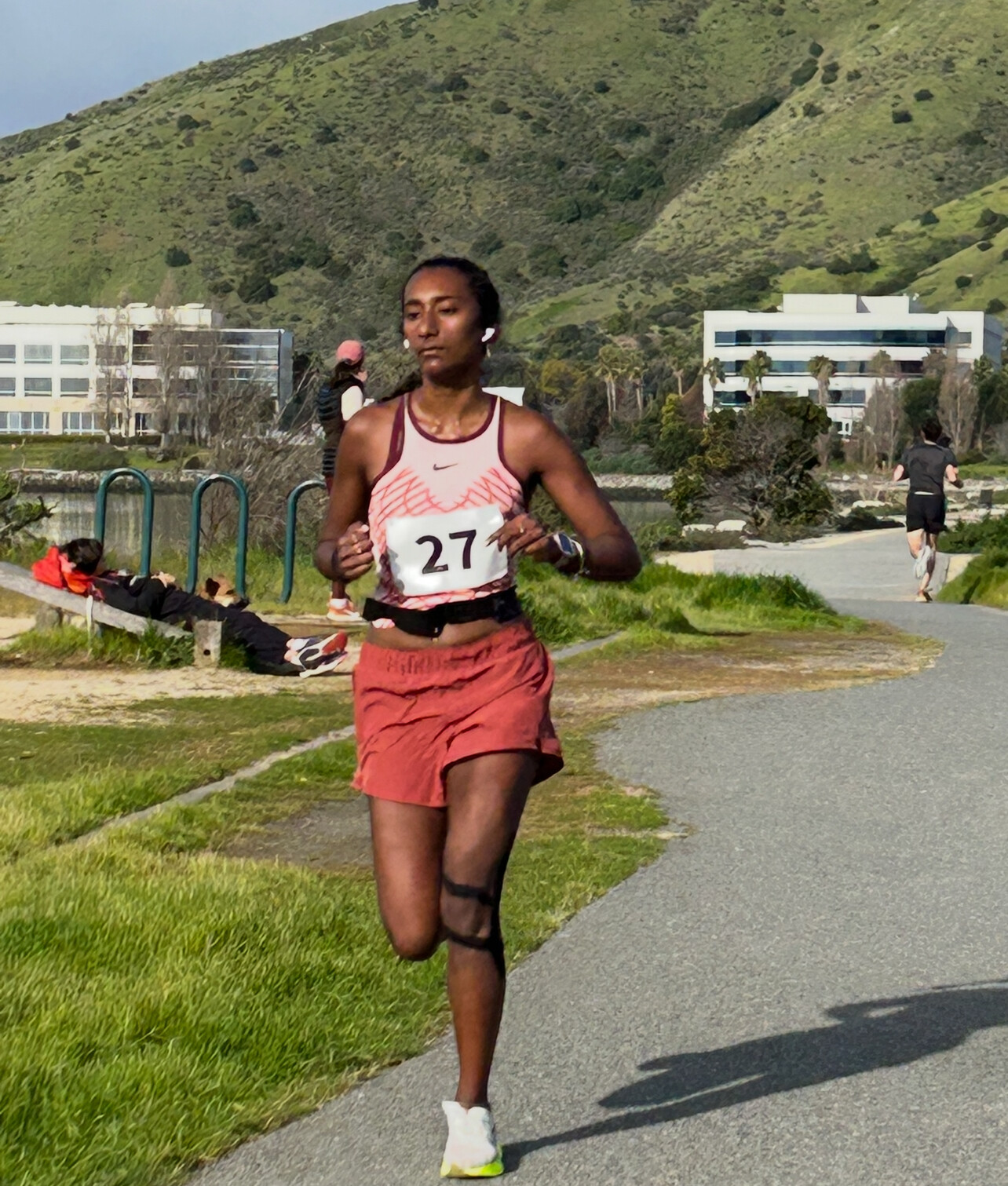
4. Practice Mindfulness and Relaxation
Incorporate mindfulness techniques such as deep breathing and meditation into your routine. These practices help manage stress, keep you present during runs, and improve overall mental well-being, contributing to better performance.

5. Develop Resilience Through Adaptability
Flexibility in the face of unexpected challenges—like adverse weather or fatigue—is vital. Viewing these obstacles as opportunities to learn and grow enhances your ability to adapt and persevere.
6. Focus on the Process, Not Just Outcomes
Concentrate on aspects you can control, such as effort and technique, rather than fixating solely on race results. This mindset reduces performance pressure and fosters a more enjoyable running experience.
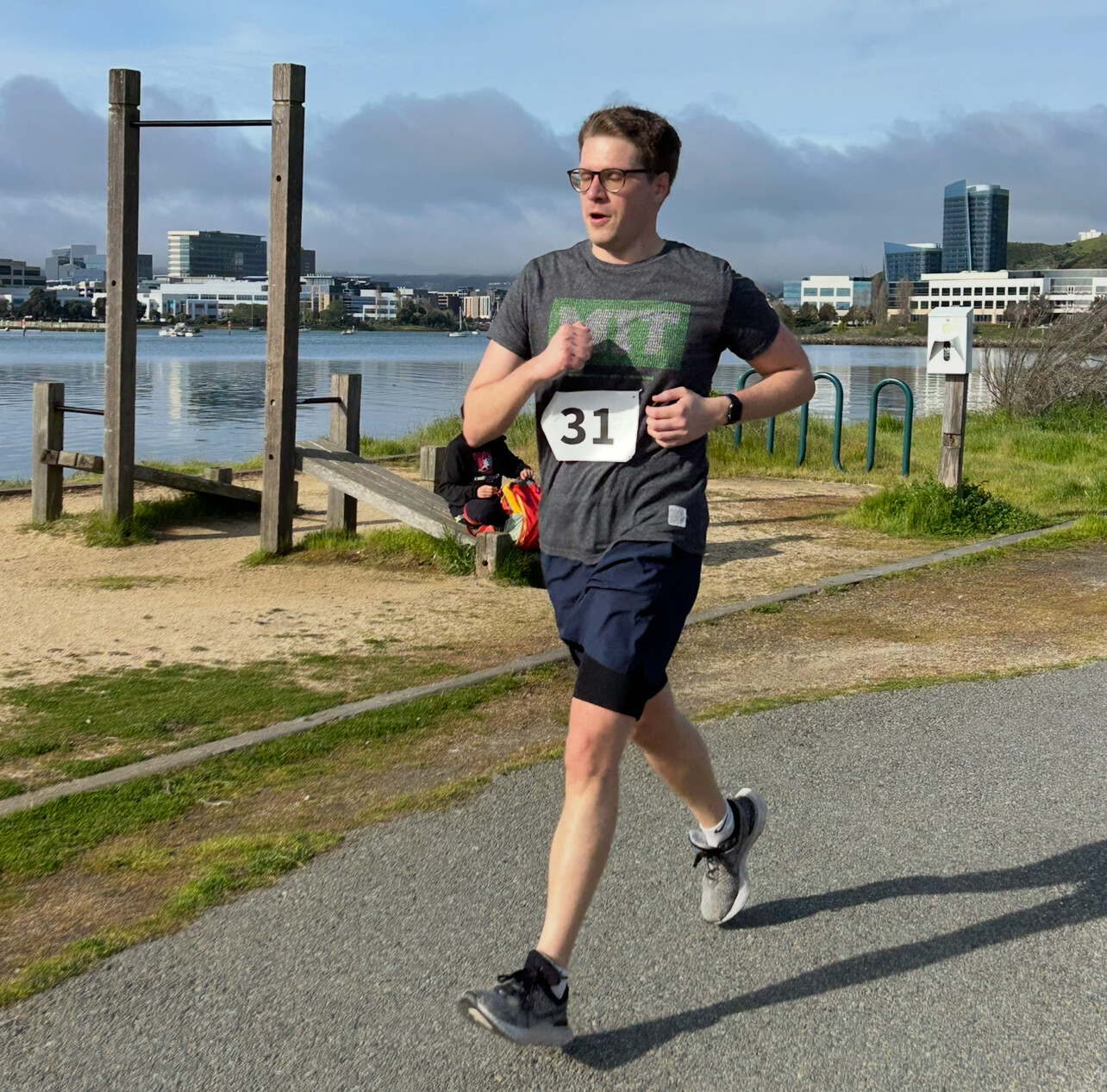
Integrating these strategies into your training regimen can significantly enhance mental toughness, enabling you to tackle the challenges of endurance running with greater confidence and resilience.
(03/24/2025) ⚡AMPby Boris Baron
Training for Your First 10K
You’ve signed up for your first 10K—congratulations. Whether you’re coming off the couch, stepping up from a 5K, or returning to running after a break, this is a major milestone. The 10K distance—6.2 miles—is the sweet spot between endurance and speed. It’s long enough to challenge you, but short enough to stay fun and achievable with smart training.
Here’s how to prepare for your first 10K with confidence and clarity.

Start with a Clear Goal

Ask yourself what you want to accomplish. Do you want to finish without walking Run the whole way Hit a time goal Your answer shapes your training. Be honest about where you’re starting from. There’s no one right pace or path—only the one that works for you.
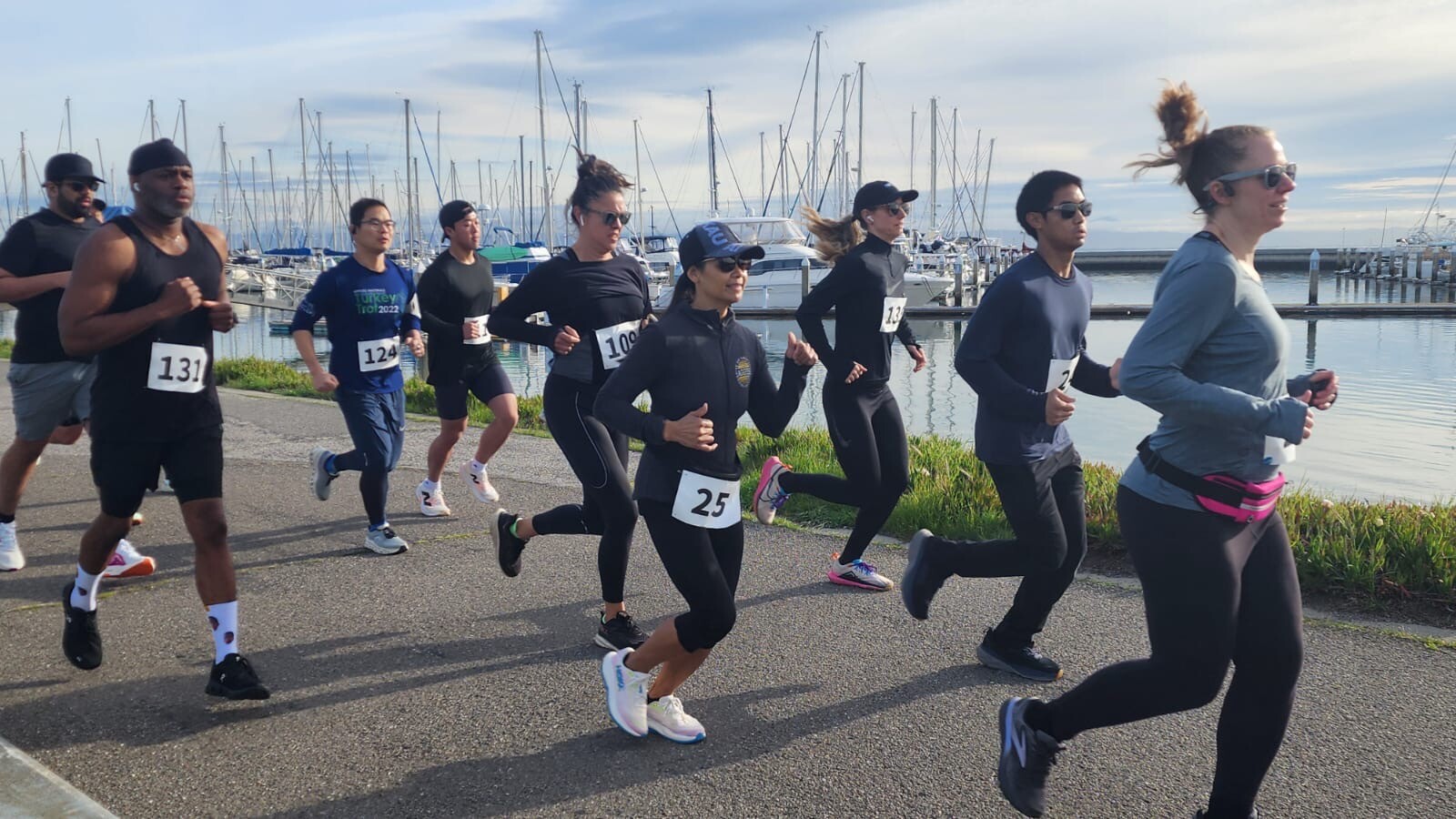
Follow a Solid 6 to 8 Week Plan
If you’re new to running or coming off a long break, give yourself 8 weeks to train. If you’re already running a few times a week, 6 weeks may be enough.
A balanced plan should include:
• 3 to 4 runs per week
• One weekly long run
• One day of speed or tempo work
• Rest or cross-training days to prevent burnout
A sample week might look like this:
• Monday – Rest or light cross-training
• Tuesday – Easy run (2 to 4 miles)
• Wednesday – Rest
• Thursday – Speed intervals or tempo run
• Saturday – Long run (build gradually from 3 miles to 6 or 7)
• Sunday – Optional short jog or active recovery
Build Endurance First
Don’t worry about pace in the beginning. Focus on time on your feet. The goal is to gradually increase distance without injury or fatigue. Walk breaks are okay. Your goal is to feel strong finishing longer efforts.
Add Speed Once You Have a Base
Once you can comfortably run or run-walk 4 to 5 miles, you can begin adding speed work. Start with short, controlled efforts like:
• 4 x 1 minute fast with 90 seconds easy
• 3 x 400 meters at a brisk pace with equal recovery
Tempo runs—steady efforts at a “comfortably hard” pace—help you maintain speed over longer distances. Keep them short at first and build gradually.
Don’t Skip Recovery
Recovery is part of training. Your body needs rest to adapt and grow stronger. Taking a rest day or swapping a run for a walk isn’t a sign of weakness—it’s smart strategy. If something feels off, take it seriously. There’s a solution to every situation, and the long-term goal is consistency.
Taper and Trust
The week before your race, cut back on volume. Don’t worry—your fitness won’t disappear. Use the extra energy to prepare mentally, hydrate well, and sleep more. Do a short run or two with some light pickups to stay sharp, but resist the urge to do more.
Race Day Tips
Stick to familiar food and gear. Don’t try anything new. Arrive early to get settled and warm up with a few minutes of light jogging and dynamic movements.
Start conservatively. The excitement of the day can make the first mile feel effortless—but don’t get pulled out too fast. If you feel strong at mile 4, that’s your green light to pick it up.
Most of all, enjoy the moment. Your first 10K only happens once.
Training for your first 10K is about more than crossing a finish line. It’s about building confidence, finding a rhythm, and discovering how capable you really are. Whether you finish in 40 minutes or 90, you’re part of a running community that values effort, growth, and personal bests.
Lace up Show up Trust the work And run your race
(03/24/2025) ⚡AMPby Boris Baron
Jakob Ingebrigtsen Wins Double Gold at World Indoors Leading Norway to Historic Medal Haul
Jakob Ingebrigtsen proved once again why he’s one of the most dominant middle-distance runners of his generation, capturing double gold at the 2025 World Athletics Indoor Championships in Nanjing, China. In what was his first time winning a World Indoor title, the 24-year-old Norwegian made it two-for-two, taking the top spot in both the 1500m and 3000m finals.
“What’s better than winning your first World Indoor title? Winning two,” Jakob posted on Facebook.
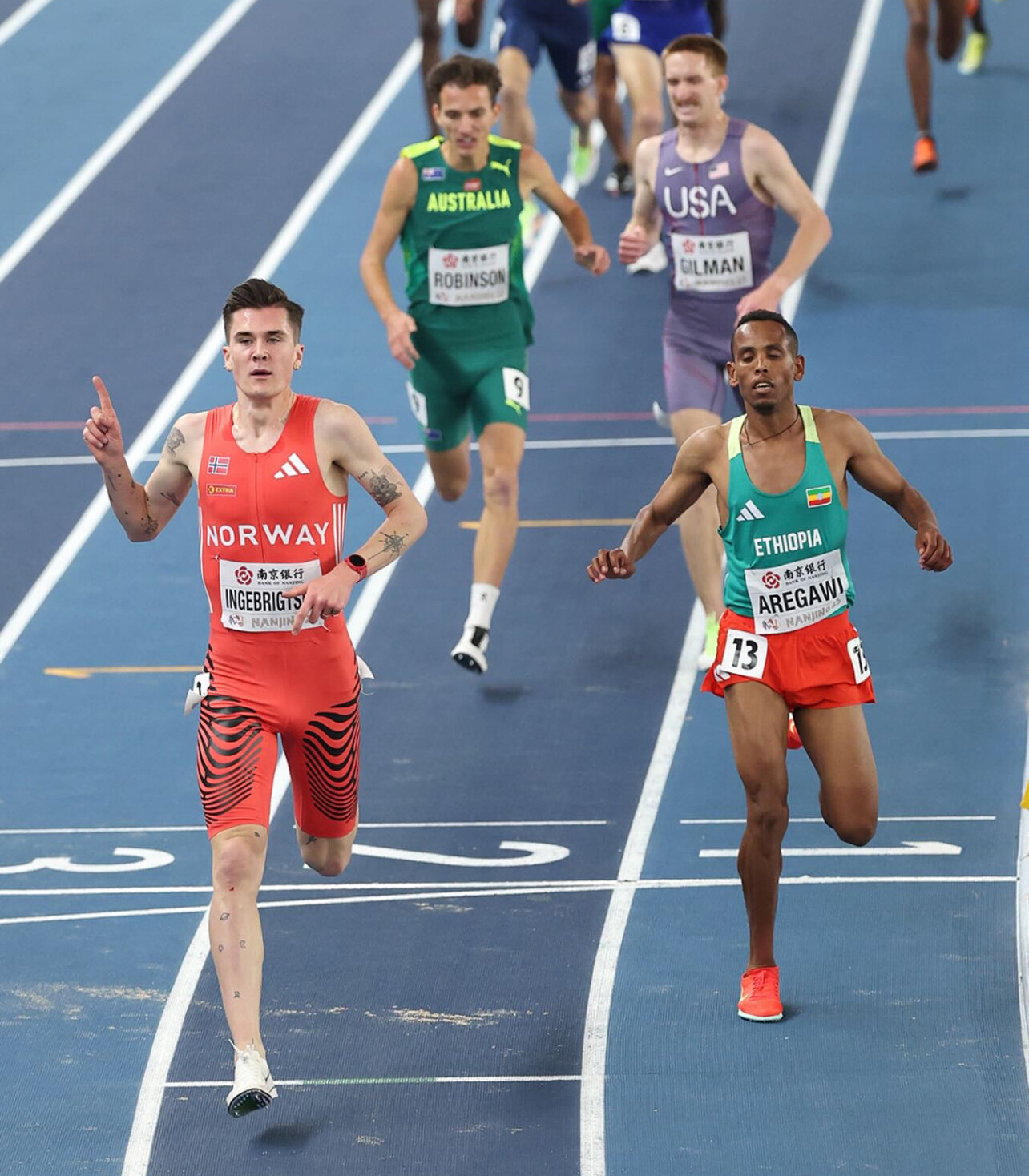
“And four medals in total for Norway! Proud to be part of this historical team.”
1500m: Controlled from Start to Finish
Ingebrigtsen opened his championships campaign with a smooth and commanding victory in the men’s 1500 meters, running 3:38.79. He stayed near the front for most of the race before pulling away in the final laps.
• Gold: Jakob Ingebrigtsen (Norway) – 3:38.79
• Silver: Neil Gourley (Great Britain) – 3:39.07
• Bronze: Luke Houser (USA) – 3:39.17
3000m: A Tactical Masterclass
Just days later, Ingebrigtsen returned to the track for the 3000 meters, where he again showcased patience and tactical brilliance. Holding back early, he made his move with a lap to go and surged ahead to win in 7:46.09, just ahead of Ethiopia’s Berihu Aregawi, who finished in 7:46.25.
• Gold: Jakob Ingebrigtsen (Norway) – 7:46.09
• Silver: Berihu Aregawi (Ethiopia) – 7:46.25
• Bronze: Selemon Barega (Ethiopia) – 7:46.62
In doing so, Ingebrigtsen became one of the rare athletes to win both the 1500m and 3000m titles at a single World Indoor Championships, placing him in elite historical company.
A Historic Championship for Norway
With Ingebrigtsen’s double gold, Team Norway earned four total medals in Nanjing — their best-ever performance at a World Indoor Championships. The team’s success further underscores the country’s rising status in global athletics.
Ingebrigtsen doesn’t just win races — he defines eras. And in Nanjing, he made it clear that the era is still very much his.
(03/23/2025) ⚡AMPby Boris Baron
TotalEnergies Malaga Half Marathon Delivers Record Breaking Performances in 2025
The 2025 TotalEnergies Malaga Half Marathon cemented its status as one of the world’s fastest road races as both the men’s and women’s course records were smashed on the streets of this vibrant southern Spanish city. With over 8,000 participants taking part in a mass start, the race delivered a perfect blend of elite competition and community spirit.
Set against the stunning backdrop of the Costa del Sol, the course — famous for its lightning-fast profile with only 7 meters of elevation difference and just 7 curves — lived up to its billing, helping athletes produce remarkable times under near-perfect weather conditions.
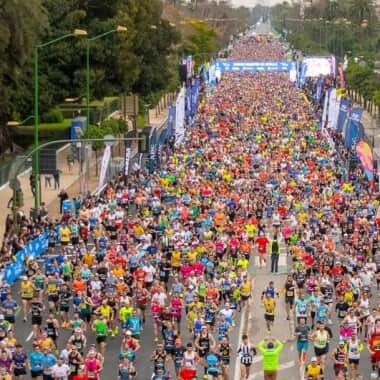
Men’s Top Three: Blazing Speed from Start to Finish
1. Gilbert Kipkosgei Kiprotich (Kenya) – 58:27
Shattered the course record and established himself as one of the fastest half marathoners in Europe this year.
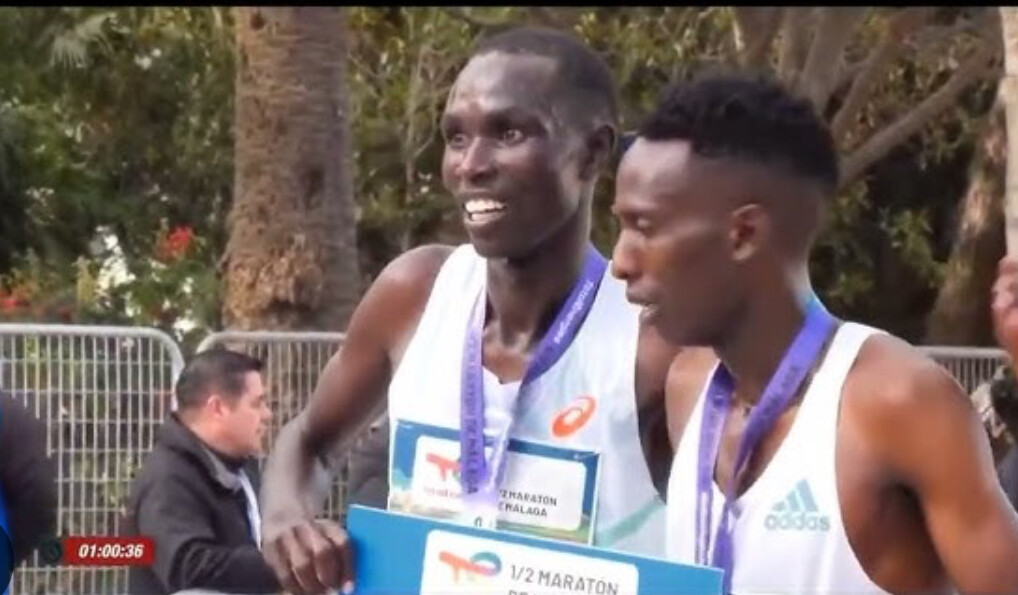
2. Patrick Kabirech Mosin (Kenya) – 58:44
Ran a smart and aggressive race, pushing Kiprotich until the final stretch.
3. Richard Yator Kimunyan (Kenya) – 1:01:21
Rounded out a Kenyan sweep with a strong finish in a tightly contested pack.
Women’s Top Three: Chemnung Defends and Dominates
1. Loice Chemnung (Kenya) – 1:05:46
Smashed her own course record from 2023 and claimed her second consecutive Málaga title.
2. Miriam Chebet (Kenya) – 1:07:01
Challenged early and held on for a solid second-place finish.
3. Joy Cheptoyek (Uganda) – 1:08:00
Delivered a breakout performance to claim third in a competitive field.
Mass Start Brings Community Together
The energy was high as over 8,000 runners began together in a mass start, creating an electric atmosphere along the palm-lined streets of Málaga. From elite athletes chasing world-class times to everyday runners aiming for personal bests, the shared start added unity and excitement to one of Europe’s top road racing events.
Whether you’re targeting a sub-60-minute finish or looking for your next destination race, the TotalEnergies Malaga Half Marathon offers one of the best racing experiences in the world — with sun, speed, and Spanish charm to match.
(03/23/2025) ⚡AMPby Boris Baron
Malaga Half Marathon
TheTotalEnergies Málaga Half Marathonis one of Europe’s premier road racing events, held annually in the sun-drenched coastal city ofMálaga, Spain. Known for its lightning-fast course and ideal racing conditions, this half marathon attracts elite athletes and recreational runners from around the world. Set along the scenicCosta del Sol, the route is celebrated for itsultra-flat profile, featuring just a7-meter elevation...
more...Jessica Hull Claims World Indoor Bronze in Thrilling 3000m Finish as Hailu Strikes Gold
Australian middle-distance standout Jessica Hull delivered another impressive performance on the global stage, earning a bronze medal in the women’s 3000 meters at the 2025 World Athletics Indoor Championships in Nanjing, China. Following her silver medal at the Olympics, Hull has now proven she belongs on the world podium — indoors and out.
Running with confidence and control, Hull led at several points in the race and kicked hard in the closing laps, crossing the line in 8:38.28 — just 0.02 seconds behind American Shelby Houlihan, who claimed silver. Ethiopia’s Freweyni Hailu took the win in 8:37.21, showcasing the kind of closing speed that has made her a dominant figure in middle-distance events.
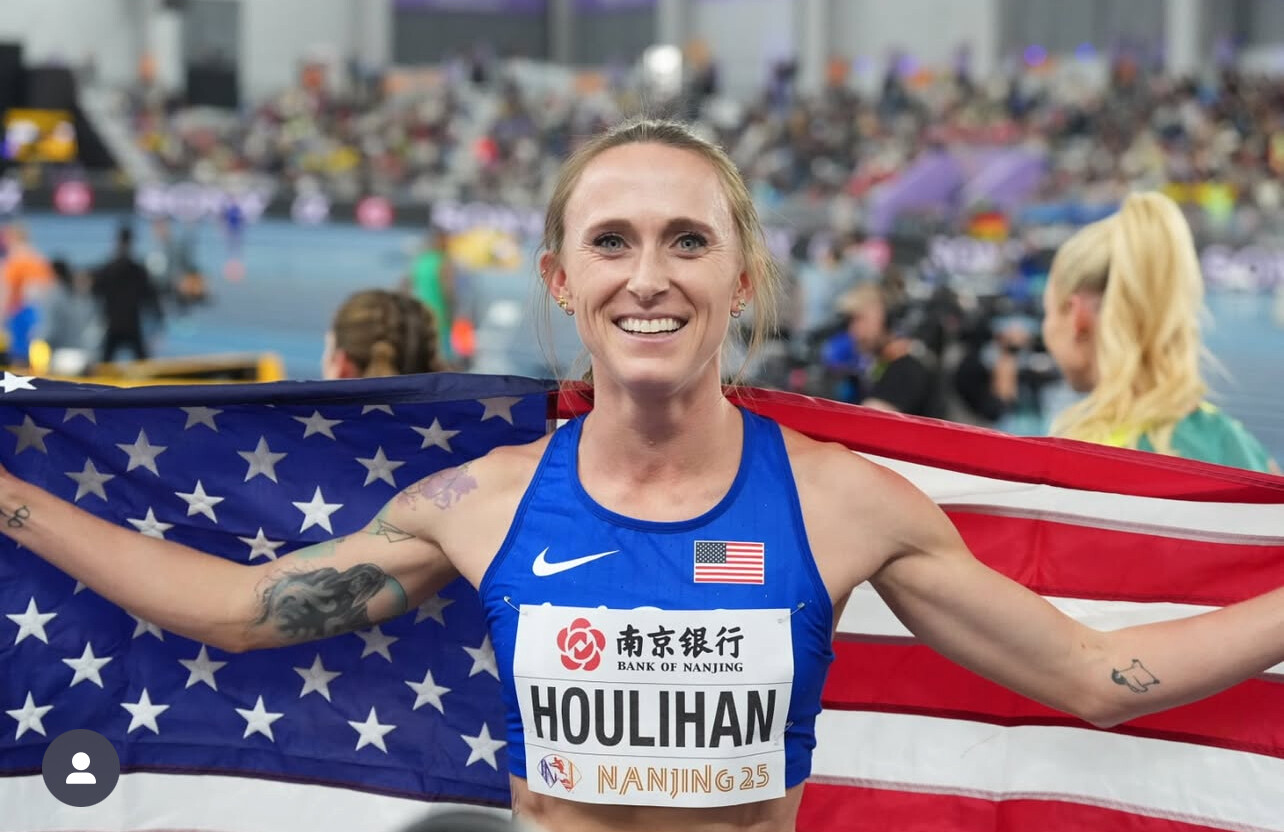
“I knew it would come down to that final lap,” Hull said post-race. “I gave everything I had, and to come away with a medal among such a talented field is really special.”
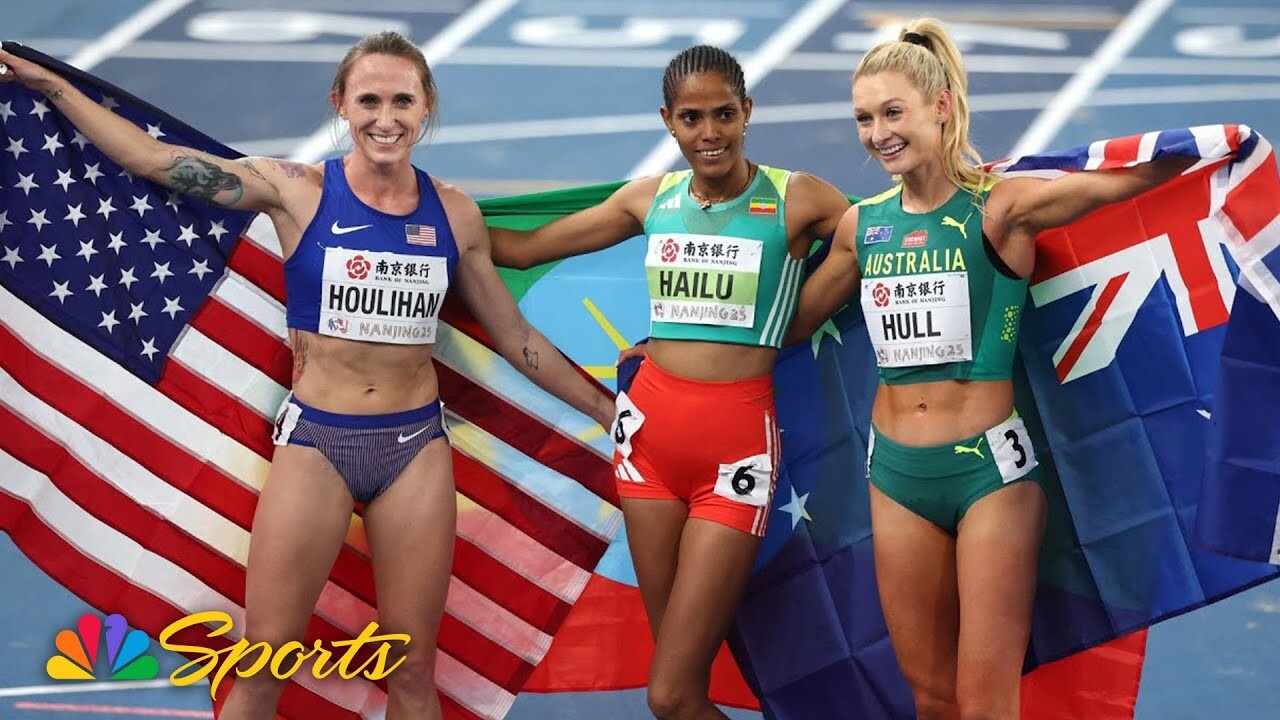
This marks a major step up for Hull, who finished fourth in this event at the 2024 World Indoors. With back-to-back major medals, she’s now firmly part of the world’s elite.
A Deeper Look at the Medalists

Freweyni Hailu of Ethiopia, the 2022 world indoor silver medalist, finally struck gold with a calm, tactical performance and a powerful closing lap. Hailu, who also holds the world indoor mile record, played her cards perfectly — staying tucked in until launching her move in the final 200 meters to stop the clock at 8:37.21.
Shelby Houlihan made a stunning return to international competition, showing she’s still a force in middle-distance running. Her silver-medal effort in 8:38.26 came after a smartly managed race where she moved up steadily in the second half. Known for her 1500m prowess, Houlihan’s endurance over 3000m proved she remains among the world’s best.
Full Results – Women’s 3000m Final
1. Freweyni Hailu (ETH) – 8:37.21
2. Shelby Houlihan (USA) – 8:38.26
3. Jessica Hull (AUS) – 8:38.28
4. Whittni Morgan (USA) – 8:39.18
5. Birke Haylom (ETH) – 8:39.28
6. Sarah Healy (IRL) – 8:40.00
7. Marta García (ESP) – 8:40.80
8. Purity Kajuju Gitonga (KEN) – 8:44.56
9. Linden Hall (AUS) – 8:44.99
10. Nozomi Tanaka (JPN) – 8:47.93
11. Adva Cohen (ISR) – 8:59.62
12. Li Yuan (CHN) – 9:14.14
This thrilling final was a highlight of the Nanjing championships so far.
(03/22/2025) ⚡AMPby Boris Baron
World Athletics Indoor Championships
World-Class Competition Lands in China: 2025 World Athletics Championships The global spotlight shines on China as it hosts the 2025 World Athletics Championships, bringing together the planet’s most elite runners, jumpers, and throwers. This prestigious event, organized by World Athletics, represents the pinnacle of track and field competition—where national pride, personal records, and world titles are on the line. ...
more...Race to the Heart of Warsaw: The 19th Warsaw Half Marathon on March 30, 2025
The 19th Nationale-Nederlanden Warsaw Half Marathon is set to take place on March 30, 2025, inviting runners from around the globe to experience a scenic 21.0975 km (13.1 miles) course through Poland’s vibrant capital.
Course Highlights:

The race begins on the Poniatowski Bridge near the PGE Narodowy stadium. Participants will traverse iconic landmarks such as Marszałkowska Street, Krakowskie Przedmieście, and the historic Old Town, experiencing Warsaw’s rich history and modern energy. The route crosses the Vistula River twice, offering scenic views of the city, before finishing near the stadium.
Course Records:
• Men’s Record: Emanuel Giniki Gisamoda (Tanzania) set the course record with a time of 1:00:30 in 2022.
• Women’s Record: Pauline Njeru (Kenya) established the women’s course record at 1:09:06.
Event Significance:
The Warsaw Half Marathon has grown significantly since its inception. The 18th edition in 2024 attracted nearly 13,500 participants, making it the largest half marathon in Polish history. The event also hosted the 33rd Polish Half Marathon Championships, where national records were set by Monika Jackiewicz and Mateusz Kaczor.
(03/22/2025) ⚡AMPby Boris Baron
PZU Polmaraton Warszawski
Warsaw Half Marathon: A Premier Running Event in Poland TheWarsaw Half Marathon, officially known as thePółmaraton Warszawski, is an annual road race held in Warsaw, Poland. Since its inception in 2006, it has grown to become one of the country’s largest and most prestigious running events, attracting thousands of participants each year. Course Overview: The half marathon...
more...Highlights from the Opening Day of the World Athletics Indoor Championships in Nanjing
The World Athletics Indoor Championships began on March 21, 2025, in Nanjing, China, featuring outstanding performances across various events.
Matheus Lima da Silva Sets South American Record

Brazil’s Matheus Lima da Silva set a new South American indoor record in the men’s 400 meters, clocking 45.79 seconds to win his heat and advance to the semifinals.
Triple Jump Gold for Andy Díaz Hernández
Italy’s Andy Díaz Hernández secured gold in the men’s triple jump with a leap of 17.80 meters, setting a new Italian record. China’s Zhu Yaming took silver with 17.33 meters, and Brazil’s Almir Dos Santos earned bronze with 17.22 meters.
Jeremiah Azu Triumphs in Men’s 60 Meters
Great Britain’s Jeremiah Azu won the men’s 60 meters final, recording a personal best of 6.49 seconds. Australia’s Lachlan Kennedy finished second in 6.50 seconds, and South Africa’s Akani Simbine claimed bronze with 6.54 seconds.
Woo Sang-hyeok Wins High Jump
South Korea’s Woo Sang-hyeok claimed gold in the men’s high jump, clearing 2.31 meters. New Zealand’s Hamish Kerr and Jamaica’s Raymond Richards both cleared 2.28 meters, earning silver and bronze respectively based on countback rules.
Strong Performances in Middle-Distance Events
In the men’s 800 meters heats, France’s Yanis Meziane led with a time of 1:46.07, followed by the USA’s Brandon Miller at 1:46.47, and Puerto Rico’s John Rivera at 1:46.84.
The opening day set a high standard, with athletes delivering exceptional performances and setting the stage for an exciting competition ahead.
(03/21/2025) ⚡AMPby Boris Baron
Distance Running Takes the Spotlight at the World Indoor Championships in China
After years of delays and anticipation, the 2025 World Athletics Indoor Championships will finally unfold in Nanjing, China, from March 21 to 23. While sprints and field events always generate buzz, this edition promises to be a landmark for distance running—with some of the world’s best athletes converging to test themselves against the clock, the field, and history.
At the center of it all is Jakob Ingebrigtsen, Norway’s Olympic gold medalist and world champion, who will attempt an ambitious and rare double in the 1500 meters and 3000 meters. If successful, he will join Ethiopian legend Haile Gebrselassie, who last accomplished the feat in 1999. Ingebrigtsen’s smooth stride, iron pacing, and fierce final kick have made him one of the most dominant middle-distance runners of the past decade. But with Ethiopian and Kenyan contenders lining up with fast times and bold strategies, neither race will be a solo effort.
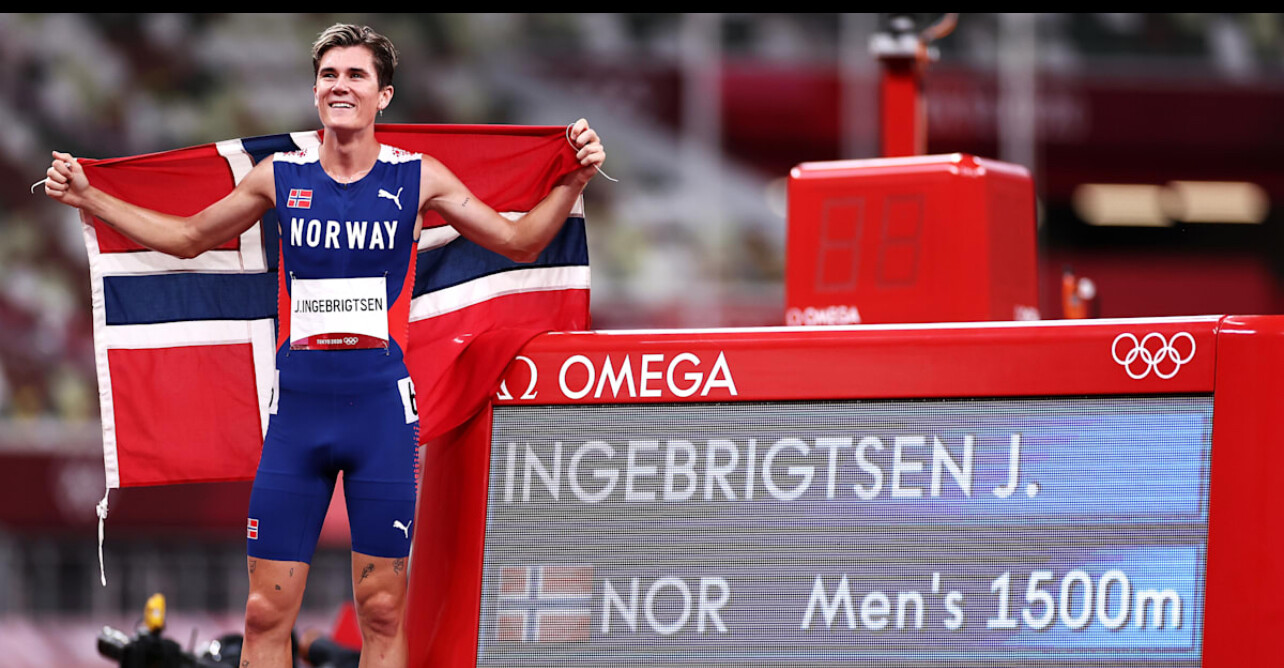
The 3000 meters is shaping up as one of the most exciting events of the meet. Alongside Ingebrigtsen, Ethiopia’s Selemon Barega—Olympic 10,000m champion—and Kenya’s Jacob Kropbring serious range and championship pedigree. With indoor tracks amplifying the tactical element and crowd energy, fans can expect a thrilling mix of surges, positioning, and all-out finishing kicks in the final laps.

In the 800 meters, the men’s race is wide open. With no clear dominant figure, the door is open for rising stars from Spain, Algeria, and the United States to make a breakthrough. Indoors, the 800 is a physical, high-stakes affair, with tight turns and strategic jostling—where positioning is just as important as speed. The women’s 800 features a mix of veterans and rising talent, with sub-2:00 runners all seeking to time their peak perfectly for Nanjing.
The women’s 1500 meters could become a showcase for a new era of stars. While no single name stands above the rest going in, there are multiple women capable of taking the crown, including contenders from Great Britain, Ethiopia, and Australia. As with the men’s race, the tight indoor track places a premium on tactical patience and decisive moves.
Also featured is the distance medley relay, a relatively new but fan-favorite event that brings a unique blend of speed and endurance. Countries with depth across the 400, 800, 1200, and 1600-meter legs will have the advantage, and the energy in the building is expected to be electric when teams hand off for the final mile leg.
Nanjing’s fast indoor surface and tightly packed arena create the perfect environment for records, surprises, and heroic runs. After years of waiting, the distance events at these World Indoor Championships promise to be the heart of the competition—where strategy, stamina, and raw speed will collide on the world stage.
(03/20/2025) ⚡AMPby Boris Baron
World Athletics Indoor Championships
World-Class Competition Lands in China: 2025 World Athletics Championships The global spotlight shines on China as it hosts the 2025 World Athletics Championships, bringing together the planet’s most elite runners, jumpers, and throwers. This prestigious event, organized by World Athletics, represents the pinnacle of track and field competition—where national pride, personal records, and world titles are on the line. ...
more...Kirsty Coventry Becomes First Female IOC President in a Controversial Election
In a historic and contentious election, Kirsty Coventry has been elected as the first female and first African president of the International Olympic Committee (IOC). The election, held in Costa Navarino, Greece, saw Coventry secure 49 out of 97 votes in the first round, defeating other high-profile candidates, including Juan Antonio Samaranch Jr. and Lord Sebastian Coe.
Her victory marks a significant milestone in the IOC’s 131-year history, but it has not come without controversy. While she is celebrated as one of the greatest Olympic athletes from Africa, her political ties to Zimbabwe have raised concerns about how she will lead the Olympic movement into the future.

Kirsty Coventry: An Olympic Champion Turned Global Sports Leader
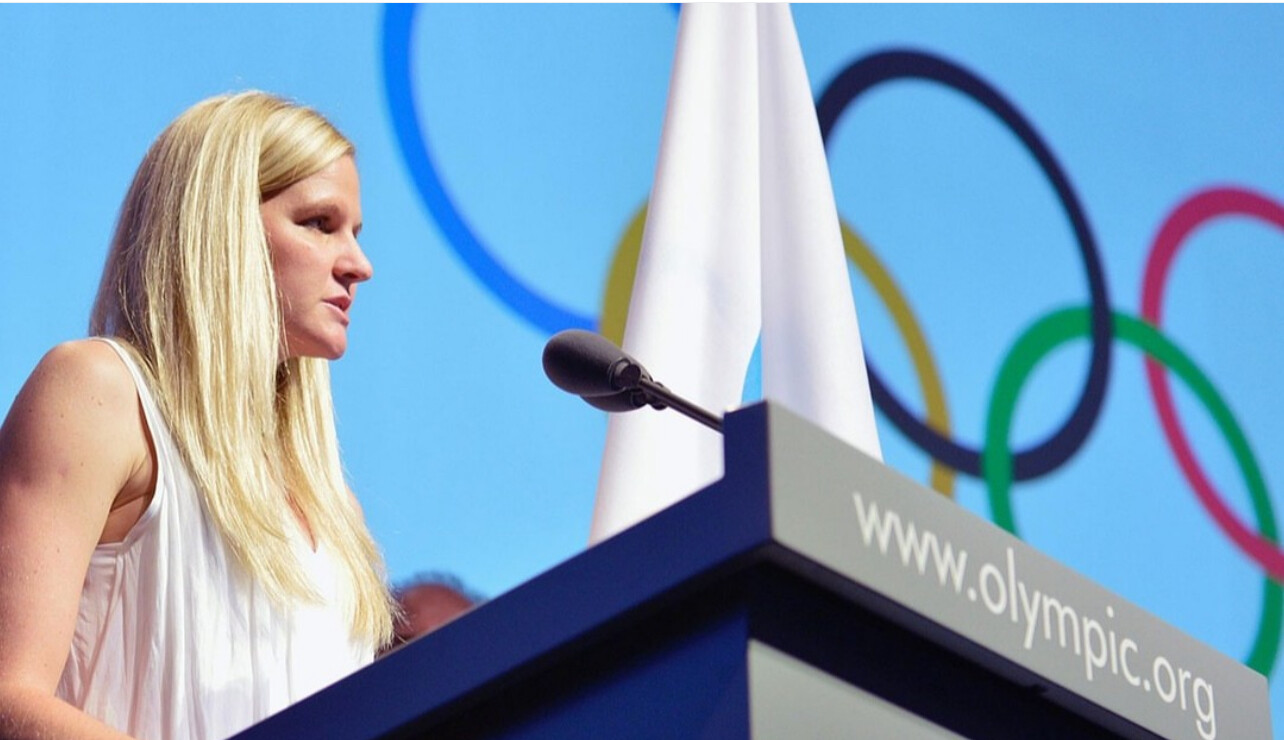
Before stepping into sports administration, Kirsty Coventry was a dominant force in competitive swimming. Born in Zimbabwe, she became one of the greatest backstrokers of all time, earning seven Olympic medals across five Olympic Games.

Her breakthrough moment came at the 2004 Athens Olympics, where she won gold in the 200m backstroke, along with silver and bronze medals in other events. Four years later, at the 2008 Beijing Olympics, she added four more medals to her collection, solidifying her reputation as Africa’s most decorated Olympian.

Beyond her success in the pool, Coventry set multiple world records, won two World Championship titles, and became a role model for young athletes across the African continent. After retiring from competition, she transitioned into sports governance, serving as Chair of the IOC Athletes’ Commission and playing a key role in Olympic policy-making.
However, her political involvement in Zimbabwe—where she served as Minister of Youth, Sport, Arts, and Recreation—has generated criticism. Some view her efforts as beneficial for youth sports development, while others argue that her association with a government accused of human rights violations could impact the IOC’s credibility.
Unexpected Results and IOC Power Struggles
Coventry’s election defied many expectations. Sebastian Coe, the two-time Olympic gold medalistand president of World Athletics, was widely seen as a frontrunner. However, he received only eight votes, a shocking defeat that underscores the complex political dynamics within the IOC.
Coe’s supporters believed his leadership in global athletics and Olympic advocacy would make him the ideal candidate, but the vote suggests that power within the IOC is shifting in new directions. Coventry’s victory signals a desire for a fresh perspective, though questions remain about how she will navigate the challenges ahead.
Challenges Ahead for Coventry’s Leadership
As she prepares to take office on June 23, 2025, Coventry faces several pressing issues that will shape her presidency:
• Financial and Sponsorship Issues – The IOC’s business model is under scrutiny, with shifting audience engagement and declining sponsorship deals requiring new revenue strategies.
• Doping and Fair Play – Strengthening anti-doping policies and restoring trust in fair competition remain major concerns.
• Inclusion and Political Tensions – The debate over transgender athletes, athlete activism, and geopolitical tensions around upcoming Games demand careful navigation.
• Upcoming Olympic Games – With the 2028 Los Angeles Olympics and 2032 Brisbane Games ahead, Coventry must oversee event planning, sustainability efforts, and global participation.
The Future of the IOC Under Coventry
Kirsty Coventry’s election is both a groundbreaking achievement and a contentious decision. As the first woman and first African to lead the world’s most powerful sports organization, she carries the weight of expectation, scrutiny, and Olympic tradition.
Will she modernize the Olympic movement and steer it into a new era of inclusivity and transparency? Or will her political controversies and IOC power struggles overshadow her leadership?
One thing is certain—Coventry’s presidency will shape the future of the Olympic Games in ways never seen before.
For more updates on this developing story and the world of Olympic sports, stay tuned to My Best Runs.
(03/20/2025) ⚡AMPby Boris Baron
LA 2028 Summer Olympics Games
Discover how the Los Angeles Candidature Committee describes their vision for the Games and the legacy they plan to leave behind: For centuries, people have been following the sun to California – to a coastal paradise of beautiful weather, inspiring landscapes and an ocean of possibilities. Since it was first settled, LA – the City of Angels – has built...
more...What It Takes to Go Beyond 26.2 - Taking on the Ultra
For many runners, crossing the marathon finish line is the pinnacle of endurance racing. But for an increasing number of athletes, 26.2 miles is just the beginning. The ultramarathon—defined as any race longer than a marathon—has surged in popularity, drawing runners eager to test their limits over 50K (31 miles), 100K (62 miles), 50 miles, 100 miles, and beyond.
But how do you make the leap from marathoner to ultramarathoner? What does it take to conquer these longer distances? Let’s break it down

The Key Differences Between a Marathon and an Ultra

While both require strong endurance, an ultramarathon is a completely different beast from a road marathon. Here’s what sets them apart:

• Pacing Is Crucial – In a marathon, you can push your pace hard and still hold on. In an ultra, going out too fast can be a disaster. Starting conservatively is essential.
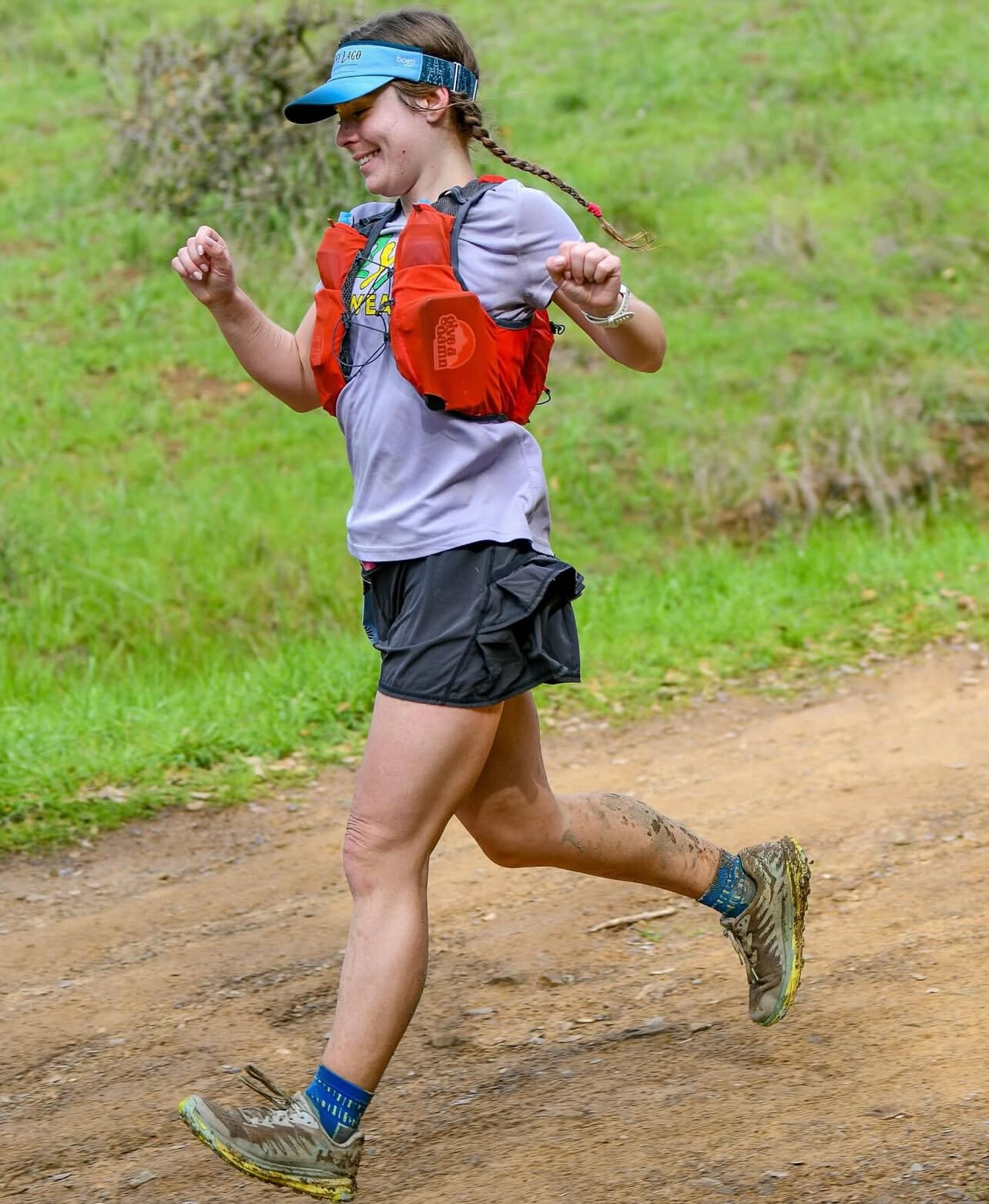
• Nutrition Matters More – Running beyond 26.2 miles means your body will need real food, not just energy gels. Successful ultrarunners eat a mix of carbohydrates, protein, and fatto sustain energy levels.

• Trail Running Dominates – Many ultras take place on rugged trails, requiring technical footwork, elevation gains, and varying terrain.
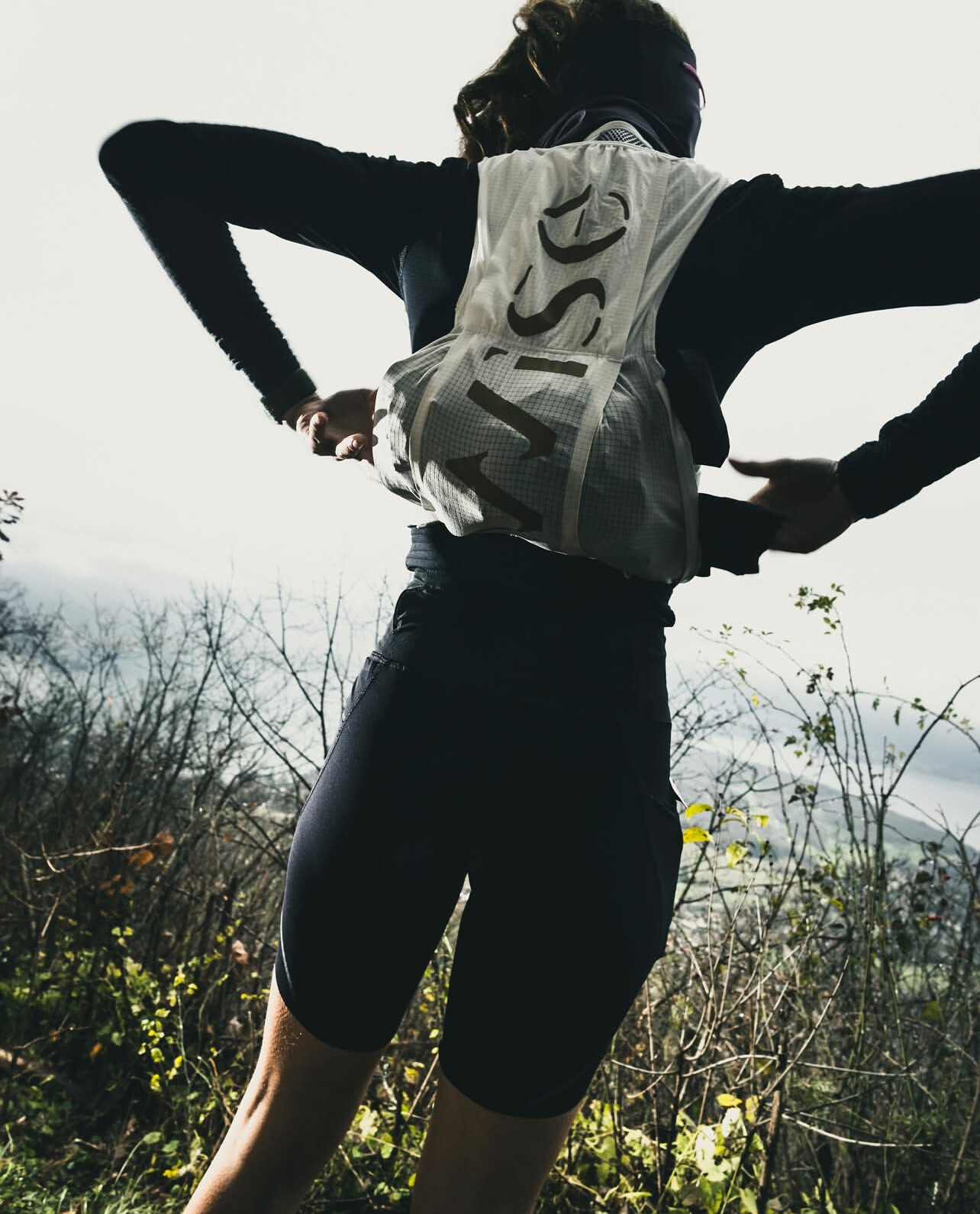
• Mental Fortitude is Everything – Ultramarathons test your mental resilience as much as your physical endurance. Learning to embrace discomfort and keep moving forward is key.
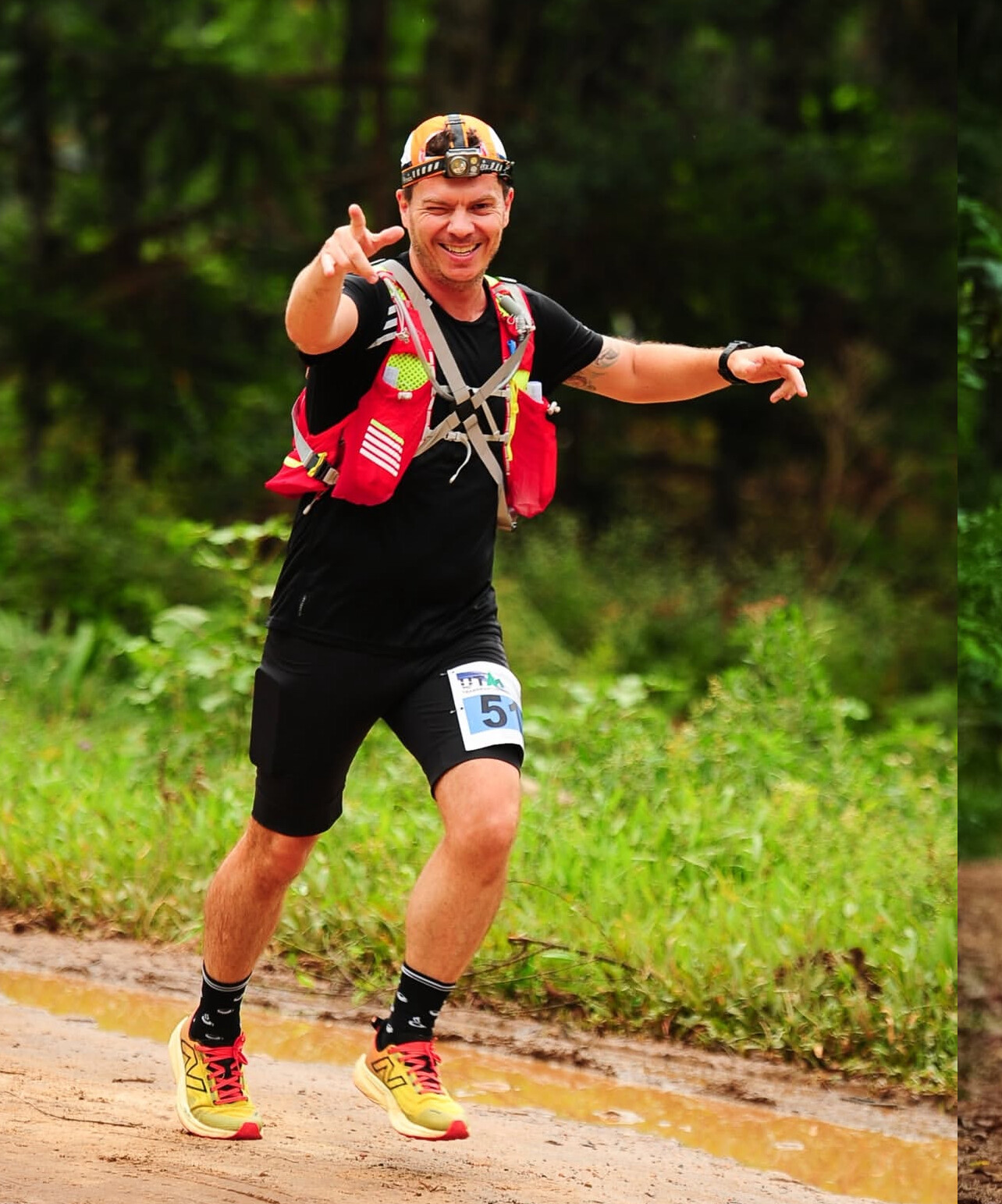
How to Train for an Ultramarathon
1. Build Your Base (Time on Feet > Speedwork)
Training for an ultra isn’t just about miles—it’s about spending long hours on your feet. Instead of focusing on speed, ultra training prioritizes slow, steady endurance.
• Increase Weekly Mileage Gradually – Aim for at least 50-70 miles per week for a 50K and 70-100 miles per week for a 100K or 100-miler.
• Back-to-Back Long Runs – Instead of one long run, many ultra plans include two long runs on consecutive days to simulate running on tired legs.
• Practice Hiking – Even elite ultrarunners hike the steep sections. Practicing power hiking helps conserve energy on climbs.
2. Strength Training & Mobility Work
Ultras put serious strain on your body. Strength training improves durability, while mobility work helps prevent injuries.
• Core Work – A strong core stabilizes you on technical trails.
• Leg Strength – Squats, lunges, and step-ups strengthen the quads, hamstrings, and calves.
• Ankle & Foot Mobility – Essential for navigating uneven terrain.
3. Master Race-Day Nutrition
Unlike marathons, where fueling is simpler, ultramarathon nutrition requires strategy.
• Eat Real Food – Ultras often include PB&J sandwiches, bananas, pretzels, and broth. Find what works for you in training.
• Stay Hydrated & Balance Electrolytes – Dehydration or electrolyte imbalances can end your race early.
• Fuel Frequently – Many ultrarunners eat every 30-45 minutes to avoid bonking.
4. Train for the Terrain
If your ultra is on technical trails, hills, or mountains, training in similar conditions is critical.
• Hill Repeats – Strengthen quads for long descents.
• Technical Trail Running – Practice on rocky or root-filled trails to improve footing.
• Night Running – Many ultras involve running in the dark, so get used to using a headlamp.
Mental Strategies for an Ultramarathon
Running an ultra is as much mental as physical. Even the fittest runners struggle if they aren’t mentally prepared.
• Break the Race Into Sections – Instead of focusing on the total distance, mentally divide the race into aid station segments.
• Have a Mantra – Simple phrases like “Relentless forward motion” or “One step at a time”can help during tough moments.
• Expect Lows—And Know They Pass – Every ultrarunner experiences physical and mental lows, but pushing through leads to new highs.
Choosing Your First Ultra
Not sure where to start? Here are three great entry points into ultramarathoning:
1. 50K Trail Race – A great intro, only 5 miles longer than a marathon but often on trails with varying terrain.
2. 50-Mile Race – A serious jump, requiring race-day nutrition and pacing mastery.
3. Timed Ultras (6-Hour or 12-Hour Races) – Rather than a set distance, these races challenge runners to cover as much distance as possible in a fixed time.
Should You Run an Ultra?
If you love endurance challenges, embrace the grind, and enjoy long hours on the trail, ultramarathoning might be your next big adventure. The transition from marathon to ultra isn’t just about running farther—it’s about running smarter, stronger, and with a mindset prepared for anything.
(03/20/2025) ⚡AMPby Boris Baron
Agnes Ngetich’s 10K World Record: A Defining Moment in Women’s Road Racing
Agnes Ngetich’s remarkable 28:46 performance at the 10K Valencia Ibercaja remains one of the most groundbreaking moments in women’s distance running. When she crossed the finish line in Valencia, Spain, she didn’t just set a world record—she redefined what was possible for female road runners.
A Historic Run That Shattered Barriers
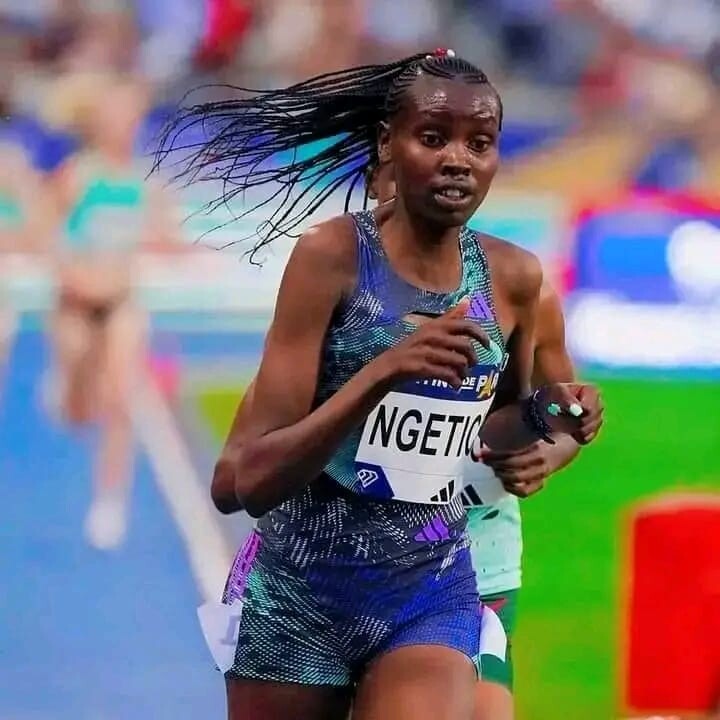
Ngetich’s record-breaking run cemented her place in history as the first woman to break 29 minutes in a women-only 10K road race. The achievement shattered the previous record of 29:14, held by Ethiopia’s Yalemzerf Yehualaw, and raised the bar for elite road racing.

Clocking an astonishing average pace of 2:52 per kilometer (4:37 per mile), Ngetich proved that women’s distance running was entering a new era—one where sub-29-minute 10Ks were no longer just a dream but an achievable reality.

Kenya’s Dominance in Distance Running
Her performance reinforced Kenya’s reputation as a powerhouse in long-distance running. Following in the footsteps of legendary Kenyan athletes like Tegla Loroupe, Vivian Cheruiyot, and Joyciline Jepkosgei, Ngetich’s record stood as yet another testament to the country’s deep talent pool and rigorous training culture.
Her world record also came at a time when women’s road racing was experiencing a surge in breakthrough performances. With advancements in training, pacing strategies, and race conditions, female athletes were shattering records that once seemed untouchable.
The Evolution of the Women’s 10K
In the time since Ngetich’s stunning run, the world of distance running has continued to evolve. More women are now targeting sub-29-minute performances, and the benchmark she set has inspired a new wave of elite road racers.
Her performance in Valencia wasn’t just about one race—it was about rewriting history and opening doors for future athletes. It sparked discussions about how fast women could go on the roads and what the next frontier in distance running might be.
Looking Back at a Defining Moment
While records may eventually be broken, Agnes Ngetich’s 28:46 will always be remembered as a turning point in women’s road racing. It was a race that challenged expectations, inspired the next generation, and reminded the world that in distance running, barriers exist only to be shattered.
Her name remains etched in the sport’s history, and as women’s running continues to push forward, her performance serves as a powerful reminder of just how far the sport has come—and how much further it can go.
(03/19/2025) ⚡AMPby Boris Baron
Sam Ruthe Breaks Barriers as 15-Year-Old Runs Historic Sub-4-Minute Mile
On March 19, 2025, 15-year-old New Zealand runner Sam Ruthe stunned the athletics world by running a 3:58.35 mile in Auckland, making him the youngest person ever to break the elusive four-minute barrier. The achievement cements Ruthe as one of the most promising young talents in distance running and places him in elite company among middle-distance legends.
A Legacy of Speed – Ruthe’s Background and Development
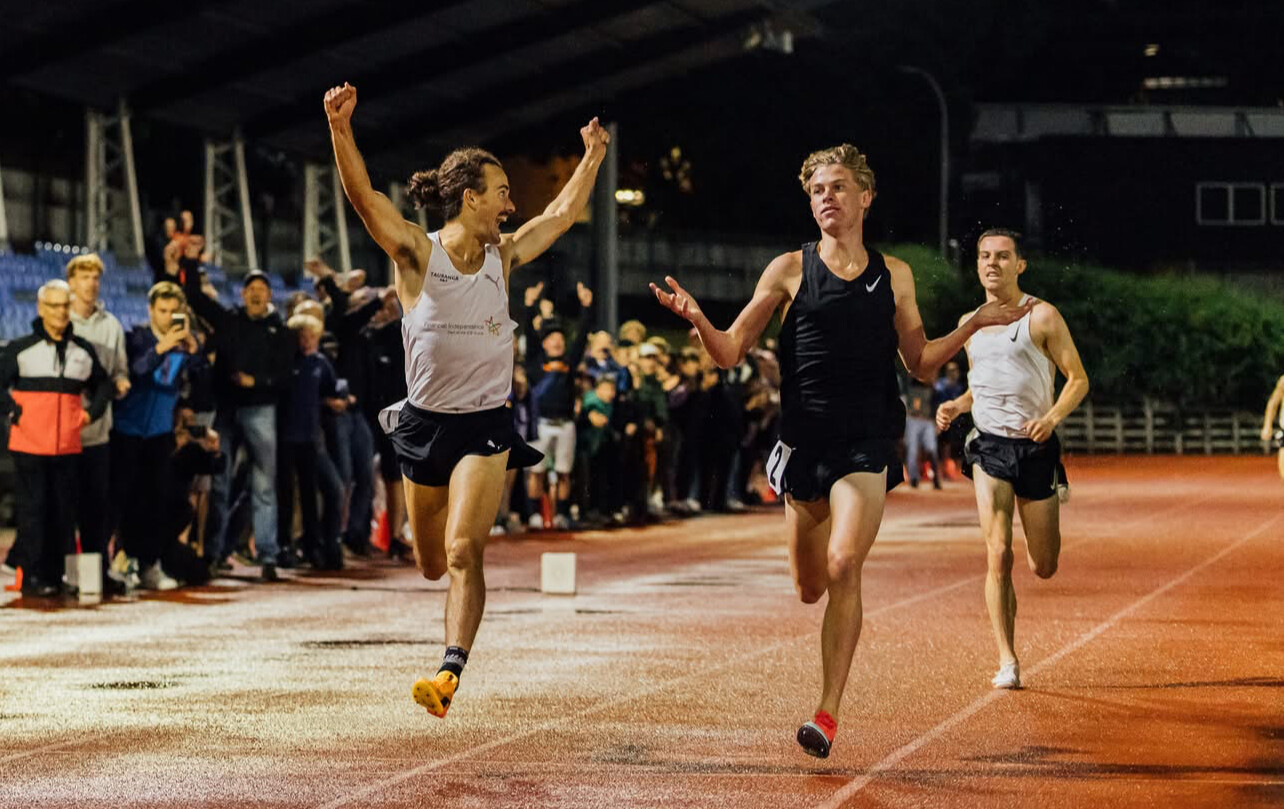
Ruthe’s meteoric rise in athletics comes as no surprise, given his deep-running pedigree. His parents, Ben and Jess Ruthe, are both accomplished New Zealand distance runners, and his grandparents, Trevor and Rosemary Wright, also left their mark on the sport—Rosemary Wright won Commonwealth Games gold in the 800 meters in 1970.

Guided by coach Craig Kirkwood, Ruthe has demonstrated extraordinary potential. In November 2024, he shattered the New Zealand under-17 and under-18 3000m records, clocking 8:09.68—the fastest time ever recorded by a 15-year-old for that distance. That performance hinted at something special, but few could have predicted his historic mile breakthrough just months later.

Breaking the Barrier – The 3:58.35 Mile

The sub-four-minute mile remains one of the most revered milestones in track and field, a mark that has defined greatness since Roger Bannister first achieved it in 1954. Until now, Norway’s Jakob Ingebrigtsen had been the youngest to break four minutes, running 3:58.07 at age 16 in 2017. Ruthe, at just 15, has rewritten history.
The race itself was a masterclass in pacing and composure. Running on Auckland’s Millennium Stadium track, Ruthe stayed patient through the opening laps before unleashing a devastating final kick. As he crossed the finish line in 3:58.35, the crowd erupted, realizing they had just witnessed a moment that would be talked about for years to come.
The Future of a Rising Star
With world-class endurance, speed, and a seemingly limitless ceiling, Ruthe’s career is just beginning. His ability to set records at such a young age raises intriguing questions about how fast he can go and what he can achieve on the global stage.
As he continues to develop under expert guidance, the world will be watching. Could he be New Zealand’s next Olympic great? If his recent performances are any indication, this is only the beginning.
(03/19/2025) ⚡AMPBoston Marathon 2025 Race Preview and Predictions - Can one of the Americans pull off an upset?
The 129th Boston Marathon is set for Monday, April 21, 2025 in just over a month, once again taking place on Patriots’ Day in Massachusetts. This year’s edition marks the first under the sponsorship of Bank of America, signaling a new chapter for the world’s oldest annual marathon. With an elite field packed with world-class runners and unpredictable spring weather, the race promises another thrilling showdown from Hopkinton to Boston.
Race Details & Course Overview
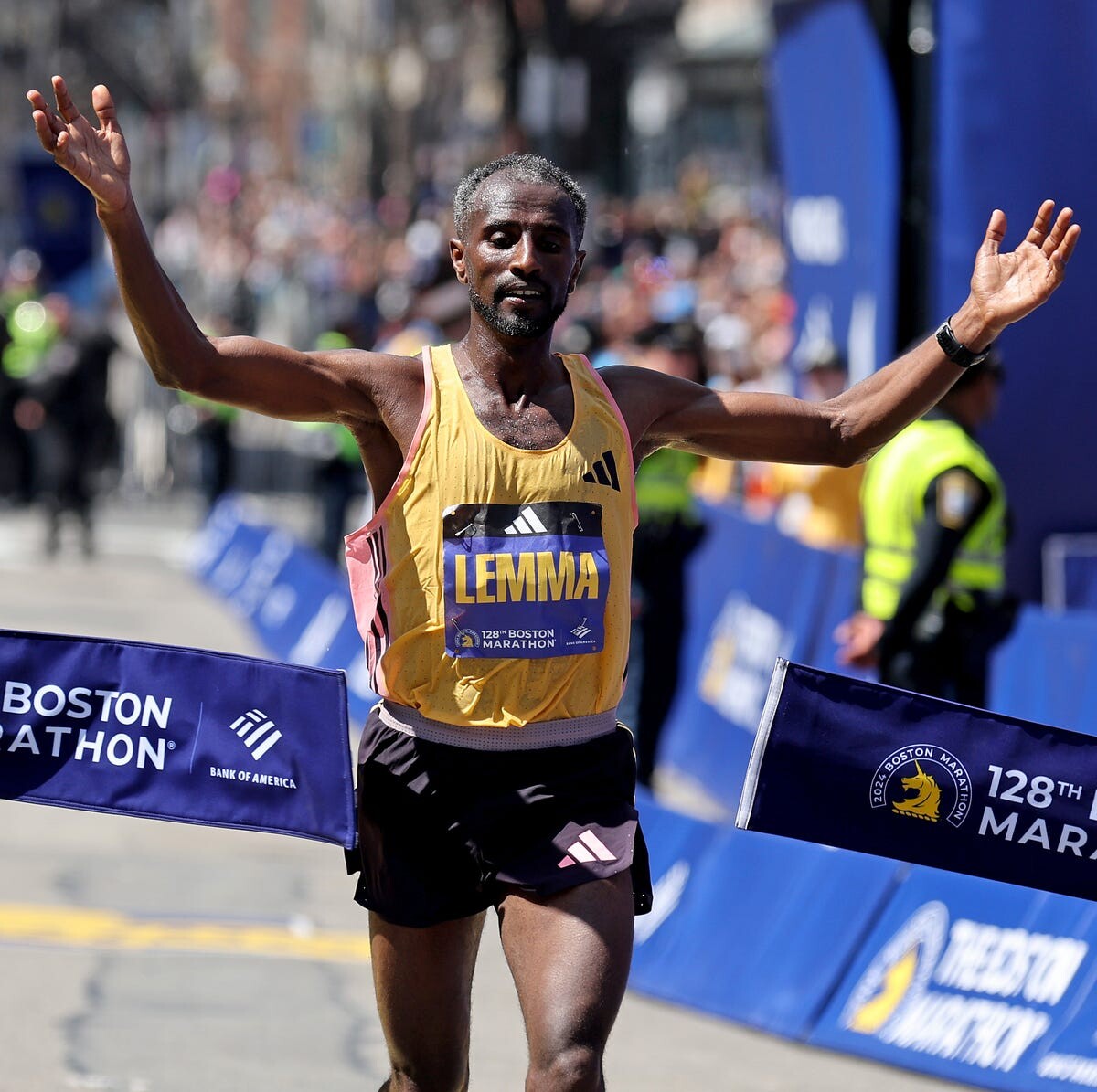
The Boston Marathon’s iconic point-to-point course spans 26.2 miles, starting in Hopkinton and ending on Boylston Street in Boston’s Copley Square. Runners will navigate rolling hills, including the challenging Newton Hills and the infamous Heartbreak Hill at mile 21. The course favors experienced runners who can manage both the early downhill sections and the later climbs.
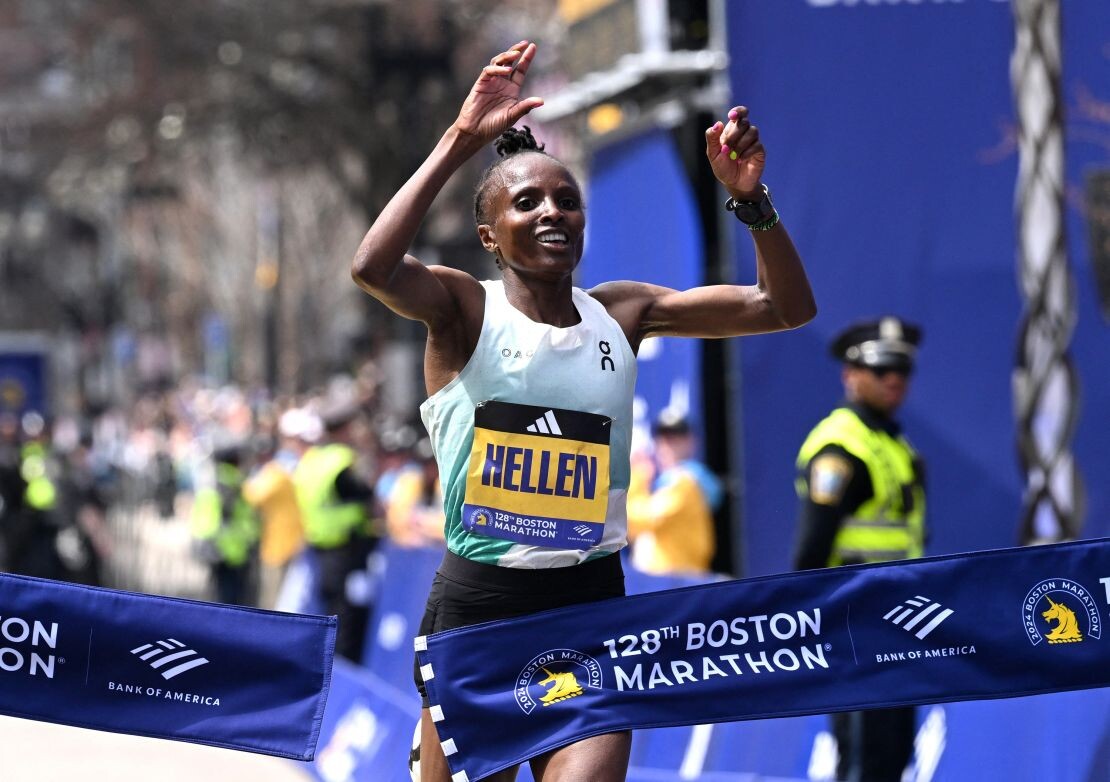
Weather will be a key factor, as New England’s spring climate is unpredictable. Ideal conditions for runners would be cool temperatures around 45–50°F with overcast skies and a tailwind, but past races have seen everything from heatwaves to freezing rain. Early forecasts suggest favorable conditions, but as always, runners must be prepared for anything.
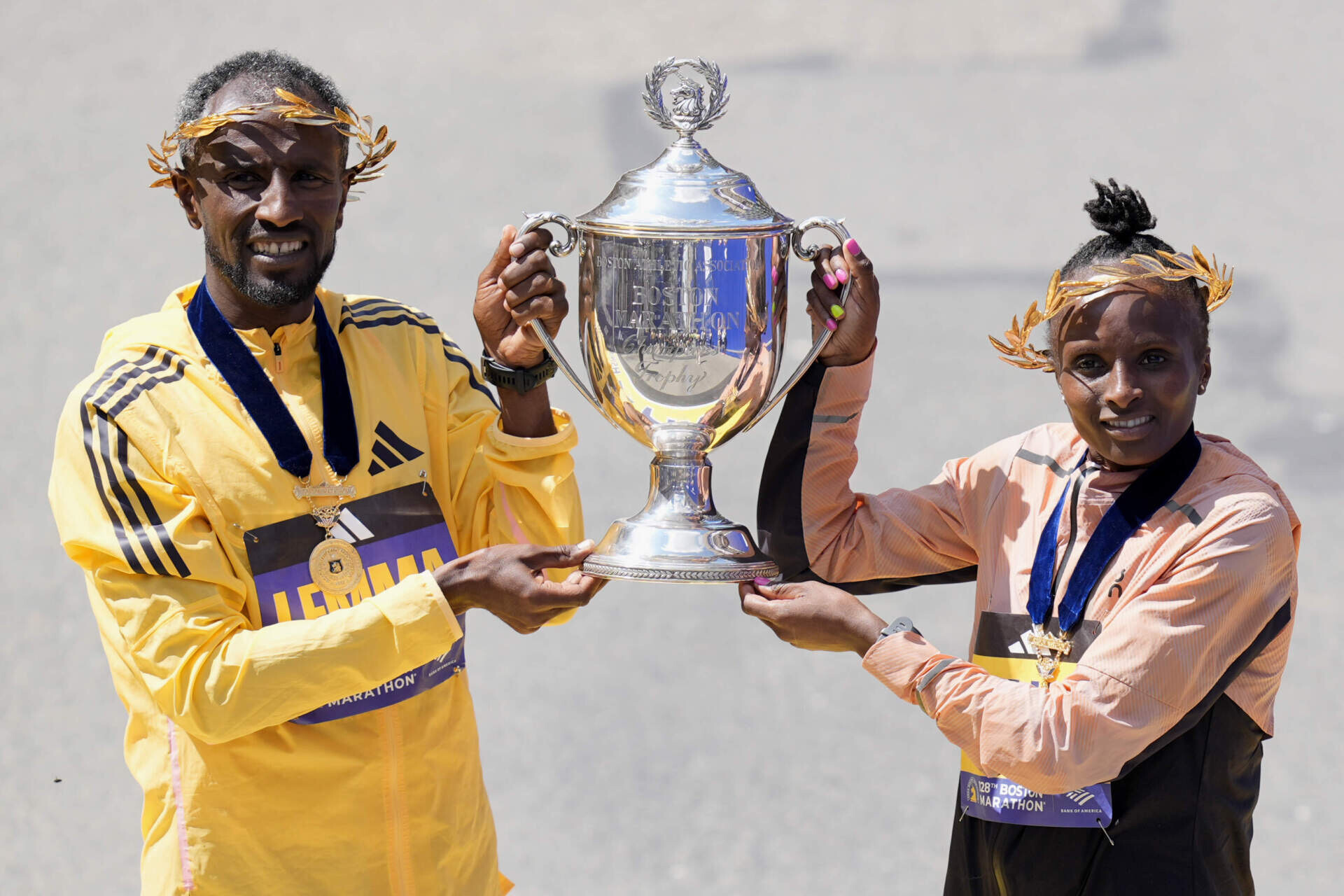
Men’s Elite Field

The men’s race features defending champion Sisay Lemma, who is aiming to retain his title after a dominant performance last year. Evans Chebet, the 2022 and 2023 champion, returns hungry to reclaim the crown. John Korir, fresh off a victory at the Chicago Marathon, brings world-class speed that could shake up the competition.
A strong American contingent is headlined by Conner Mantz and Clayton Young, both of whom finished in the top ten at the Olympic marathon. Mantz, in particular, has shown outstanding form, recently breaking the American half marathon record. CJ Albertson, a familiar name in Boston for his bold racing tactics, will also be in the mix, potentially pushing the early pace.
The race is expected to be tactical, with the Newton Hills playing a decisive role. If the pack remains tight through Heartbreak Hill, it could come down to a late-race battle along Boylston Street.
Women’s Elite Field
Hellen Obiri returns seeking a historic third consecutive Boston Marathon title, a feat not accomplished in over two decades. Known for her lethal finishing speed, Obiri has mastered the Boston course and will be the woman to beat.
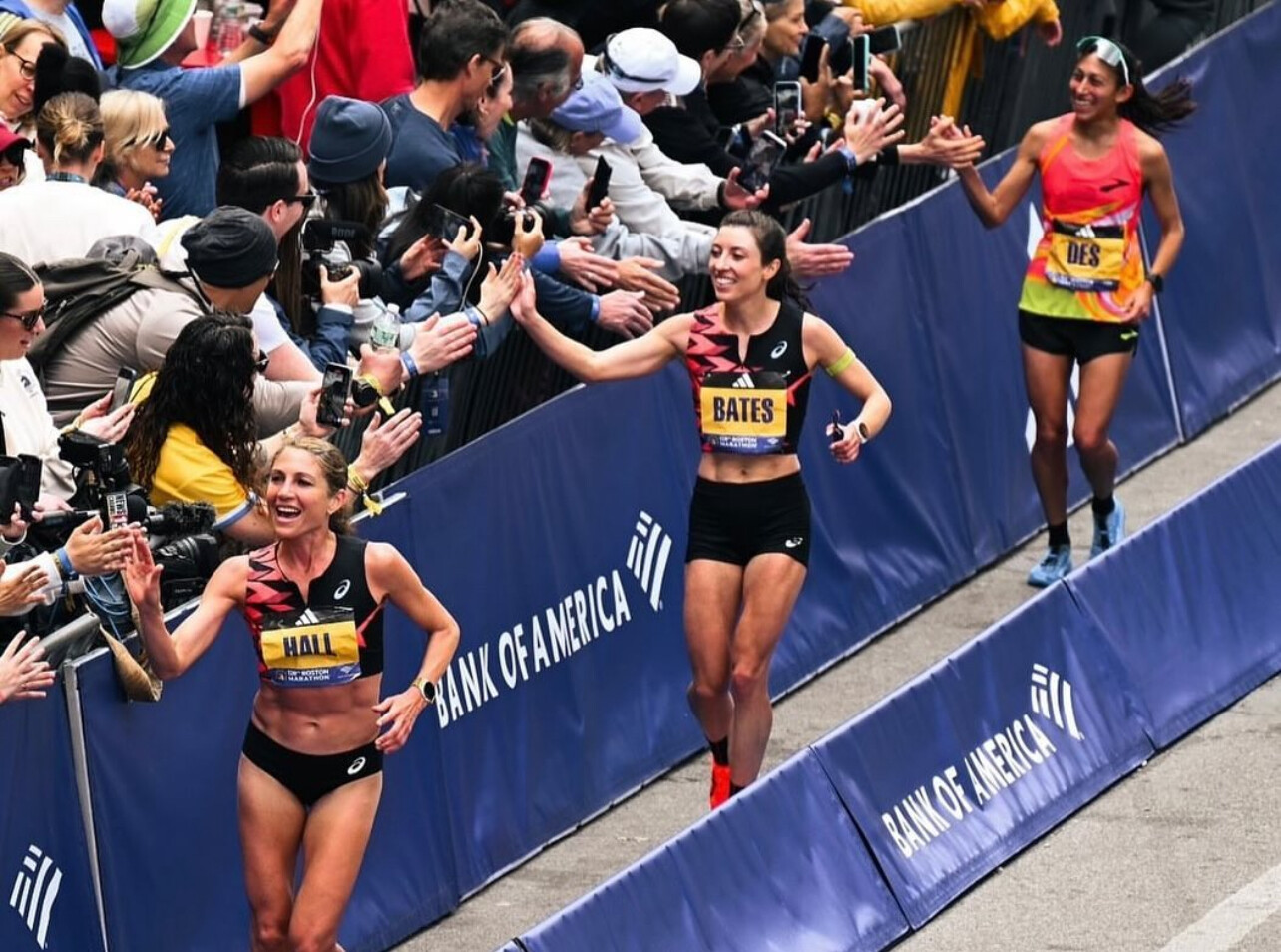
Challenging her will be Amane Beriso, the reigning world marathon champion, and Yalemzerf Yehualaw, a former London Marathon winner with sub-2:17 speed. Sharon Lokedi, last year’s runner-up, will also be in contention, having nearly edged out Obiri in a dramatic finish.

The American field is deep, with contenders including Sara Hall, Keira D’Amato, Emma Bates, and former champion Des Linden. While breaking into the top three will be a challenge, a top-five finish is within reach for the top U.S. women.
Predictions & Final Thoughts
The men’s race is expected to be a battle between the experienced champions and rising American stars. If the race is fast from the start, runners like Korir and Lemma may have the edge. However, if it becomes a strategic affair, Mantz and Young could position themselves for a breakthrough performance.

On the women’s side, Obiri’s experience and closing speed make her the favorite, but the depth of the field suggests another closely contested race. If Beriso or Yehualaw can push the pace early, it could disrupt Obiri’s plans for a late kick.
With a historic Patriots’ Day celebration and an elite field ready to compete, the 2025 Boston Marathon is shaping up to be an unforgettable race. Whether defending champions hold their ground or new winners emerge, all eyes will be on Boylston Street this April.
(03/18/2025) ⚡AMPby Boris Baron
Boston Marathon
Among the nation’s oldest athletic clubs, the B.A.A. was established in 1887, and, in 1896, more than half of the U.S. Olympic Team at the first modern games was composed of B.A.A. club members. The Olympic Games provided the inspiration for the first Boston Marathon, which culminated the B.A.A. Games on April 19, 1897. John J. McDermott emerged from a...
more...Gerald Phiri Provisionally Suspended Amid Doping Investigation
The Athletics Integrity Unit (AIU) has provisionally suspended former Zambian Olympian and USATF-licensed coach Gerald Phiri as of March 17, 2025. The suspension follows a joint investigation with the US Anti-Doping Agency (USADA) after three athletes coached by Phiri tested positive for the banned substance GW1516.
Phiri, a decorated sprinter, built his athletic career in the UK before moving to the United States as a student-athlete at Texas A&M University. A two-time Olympian (2012, 2016), he finished fifth in the 60m at the 2014 World Indoor Championships. His personal bests include 6.52 seconds in the 60m (2014), 10.03 seconds in the 100m (2014), and 20.29 seconds in the 200m (2008).
Following his retirement from competition, Phiri transitioned into coaching and currently serves as the Director of Track and Cross Country at Montverde Academy in Florida. His suspension casts uncertainty over his future in coaching and his involvement with elite athletes. The AIU and USADA continue to investigate the case, with further details expected in the coming weeks.
(03/18/2025) ⚡AMPby Boris Baron
Haspa Marathon Hamburg 2025 Features Strong Women’s Field as Karoline Bjerkeli Grøvdal Makes Marathon Debut
The Haspa Marathon Hamburg, set for April 27, 2025, will showcase a highly competitive women’s field led by Ethiopia’s Workenesh Edesa. Edesa, who holds a personal best of 2:18:51, is among several elite Ethiopian athletes in the race. Norway’s European Half Marathon Champion, Karoline Bjerkeli Grøvdal, will make her highly anticipated marathon debut. A total of 15,000 runners have registered for the 39th edition of Germany’s largest spring marathon.
Grøvdal, 34, is one of the most prominent names on the women’s start list, which may see further additions in the coming weeks. She won the European Cross Country Championships three consecutive times from 2021 to 2023 and had a breakthrough year in 2024, winning the New York Half Marathon before claiming the European Half Marathon title in Rome. Later that year, she set a personal best of 66:55 at the Copenhagen Half Marathon, suggesting she has the potential for a strong marathon debut. She recently returned to the New York Half Marathon, finishing in 69:03—six seconds faster than the previous year—to place seventh.

“I think Hamburg is a good place to start my marathon career,” Grøvdal said, looking ahead to her debut over the classic distance.

Workenesh Edesa, 32, is among the fastest women ever to compete in the Haspa Marathon Hamburg. She first set her personal best of 2:18:51 while finishing fourth at the 2022 Berlin Marathon, then matched that time to set the course record at the 2024 Osaka Marathon. In January 2025, she successfully defended her Osaka title, winning in 2:21:00. Edesa trains in Addis Ababa under renowned coach Gemedu Dedefo as part of one of the world’s strongest marathon training groups.

Joining Edesa on the start list are three more Ethiopian contenders, each with personal bests between 2:20 and 2:21:

• Etagegn Woldu ran 2:20:03 in Valencia in 2022, narrowly missing the sub-2:20 milestone.
• Waganesh Mekasha, known for her consistency, clocked a personal best of 2:20:44 last fall to win the Toronto Marathon.
• Sichala Kumeshi shaved nearly five minutes off her previous best to win the Houston Marathon this January in 2:20:42.
A total of 15,000 runners have registered for the 39th edition of Germany’s largest spring marathon, blending elite athletes with a deep field of amateur and club runners eager to test themselves on the fast, scenic course.
With this level of talent on the start line, the Haspa Marathon Hamburg is set to deliver one of its most exciting women’s races in history.
(03/18/2025) ⚡AMPby Race News Service
Haspa Marathon Hamburg
The HASPA MARATHON HAMBURG is Germany’s biggest spring marathon and since 1986 the first one to paint the blue line on the roads. Hamburcourse record is fast (2:05:30), the metropolitan city (1.8 million residents) lets the euphoric atmosphere spill over and carry you to the finish. Make this experience first hand and follow the Blue Line....
more...

